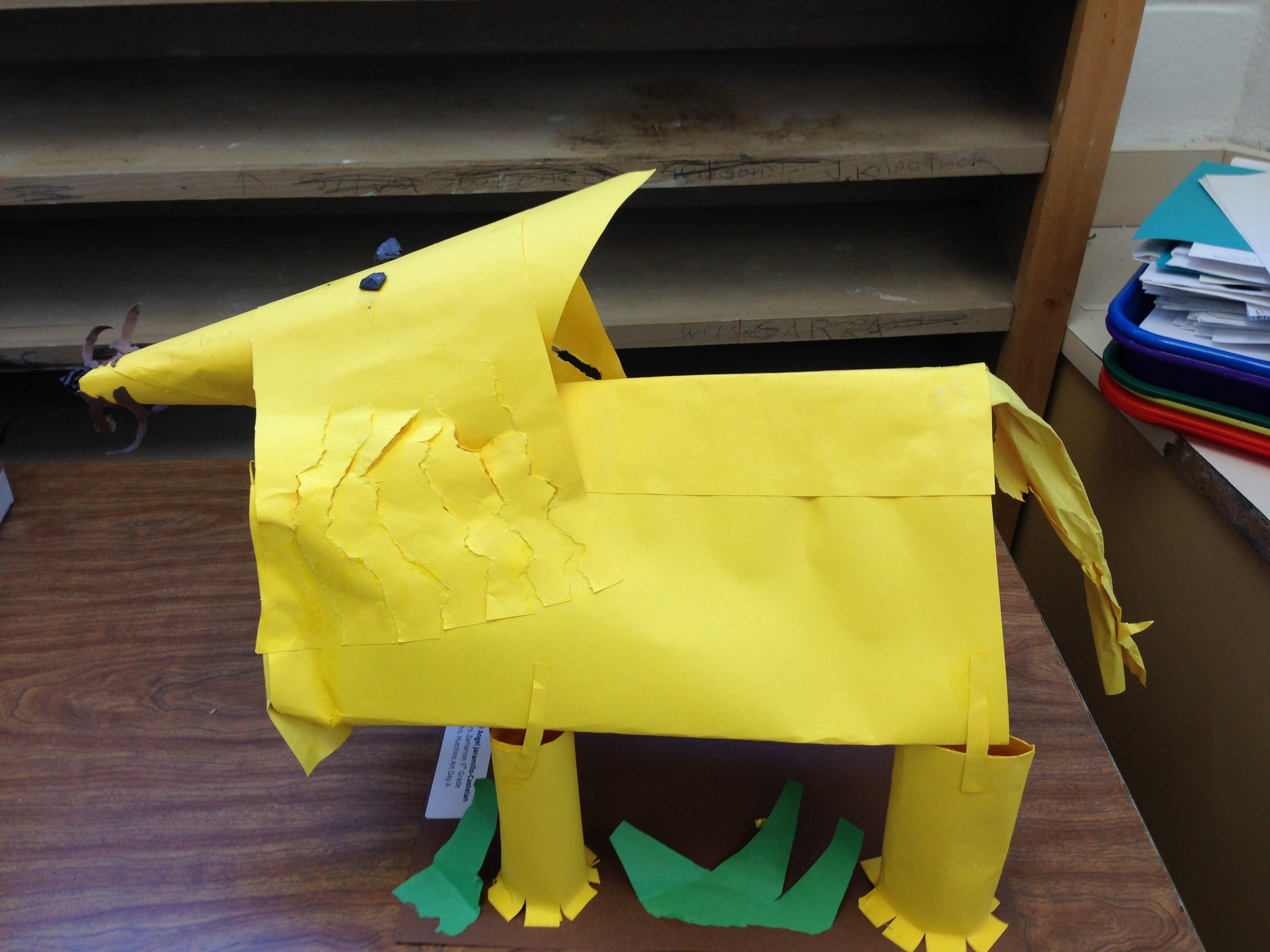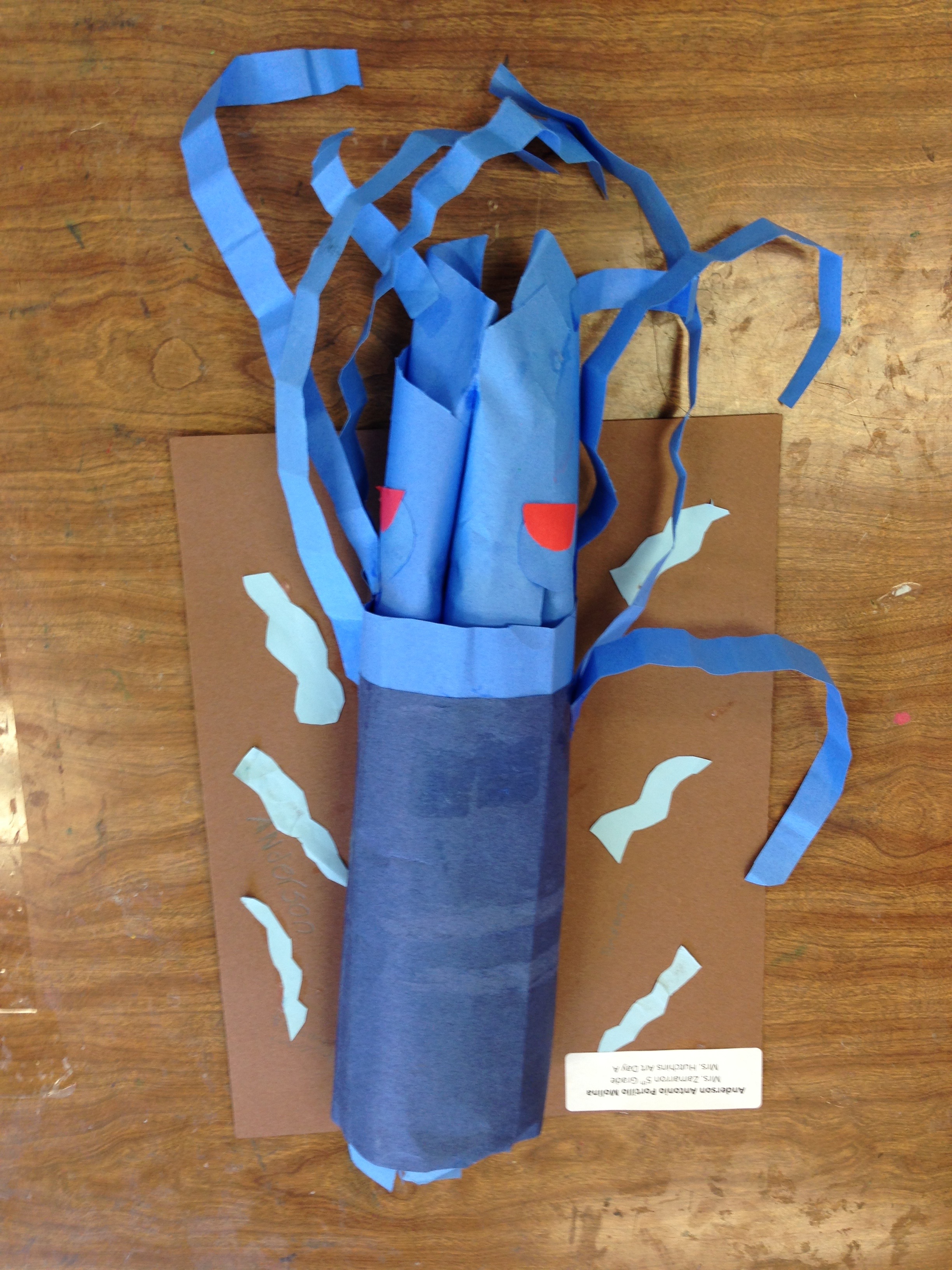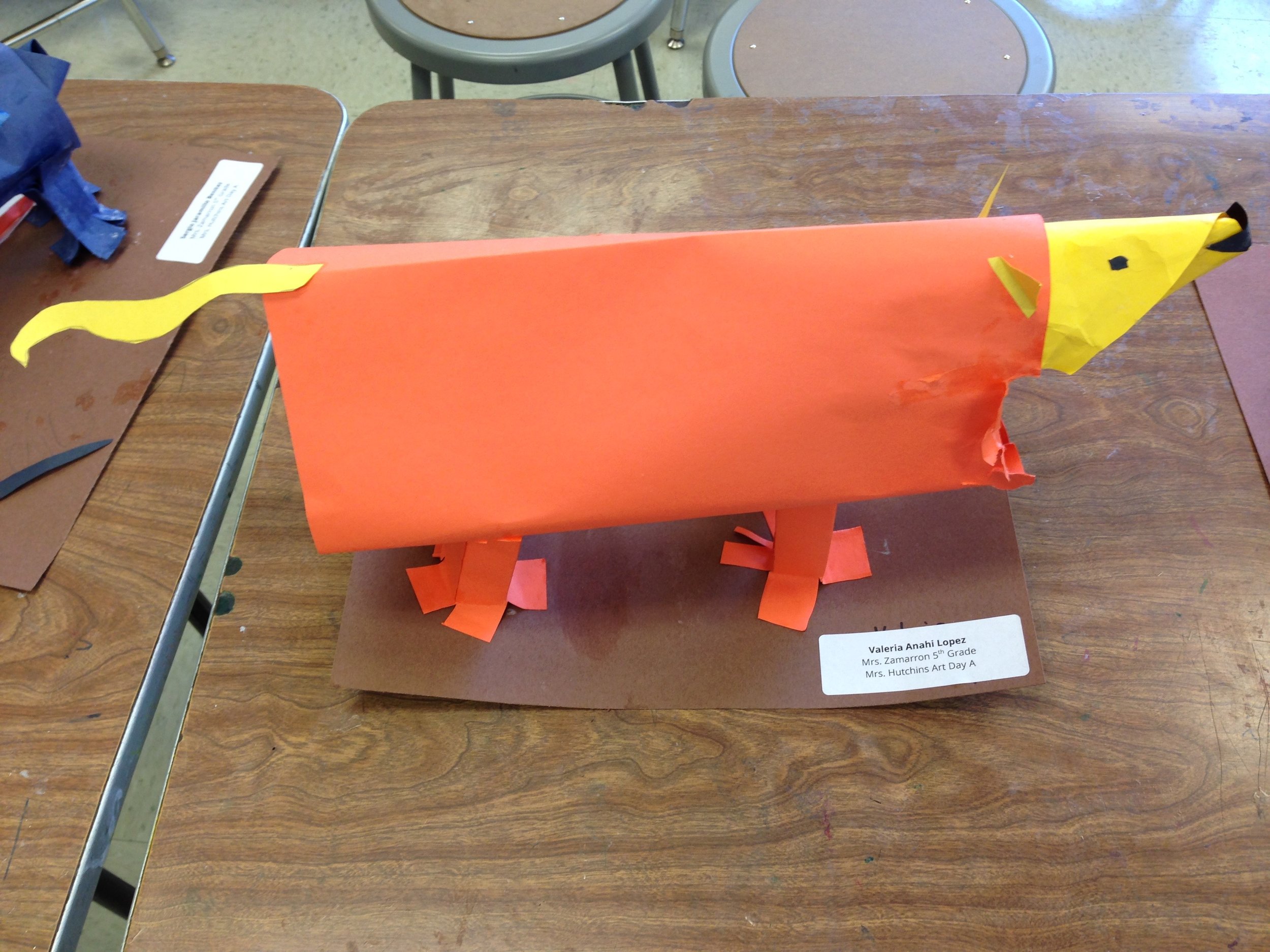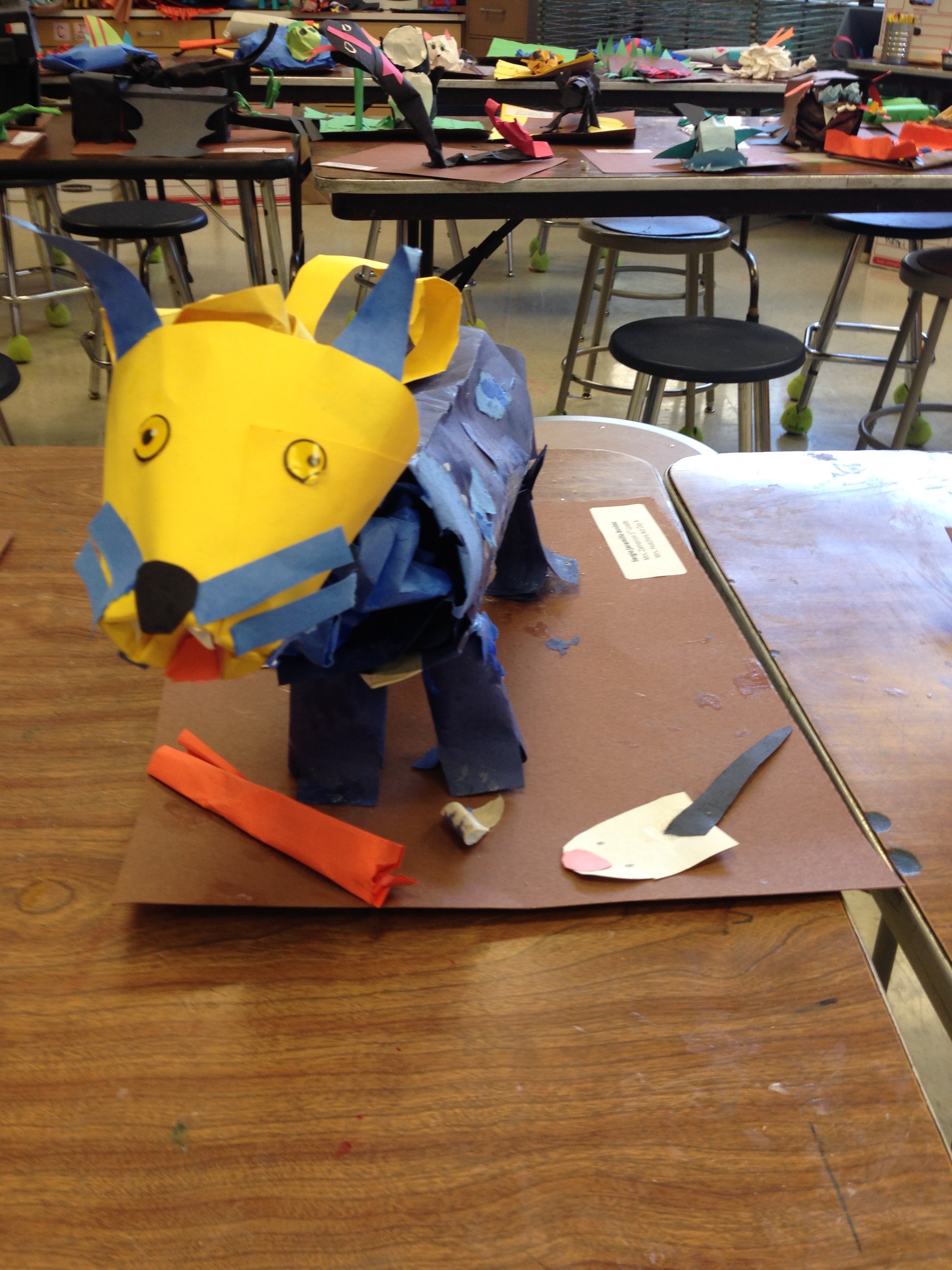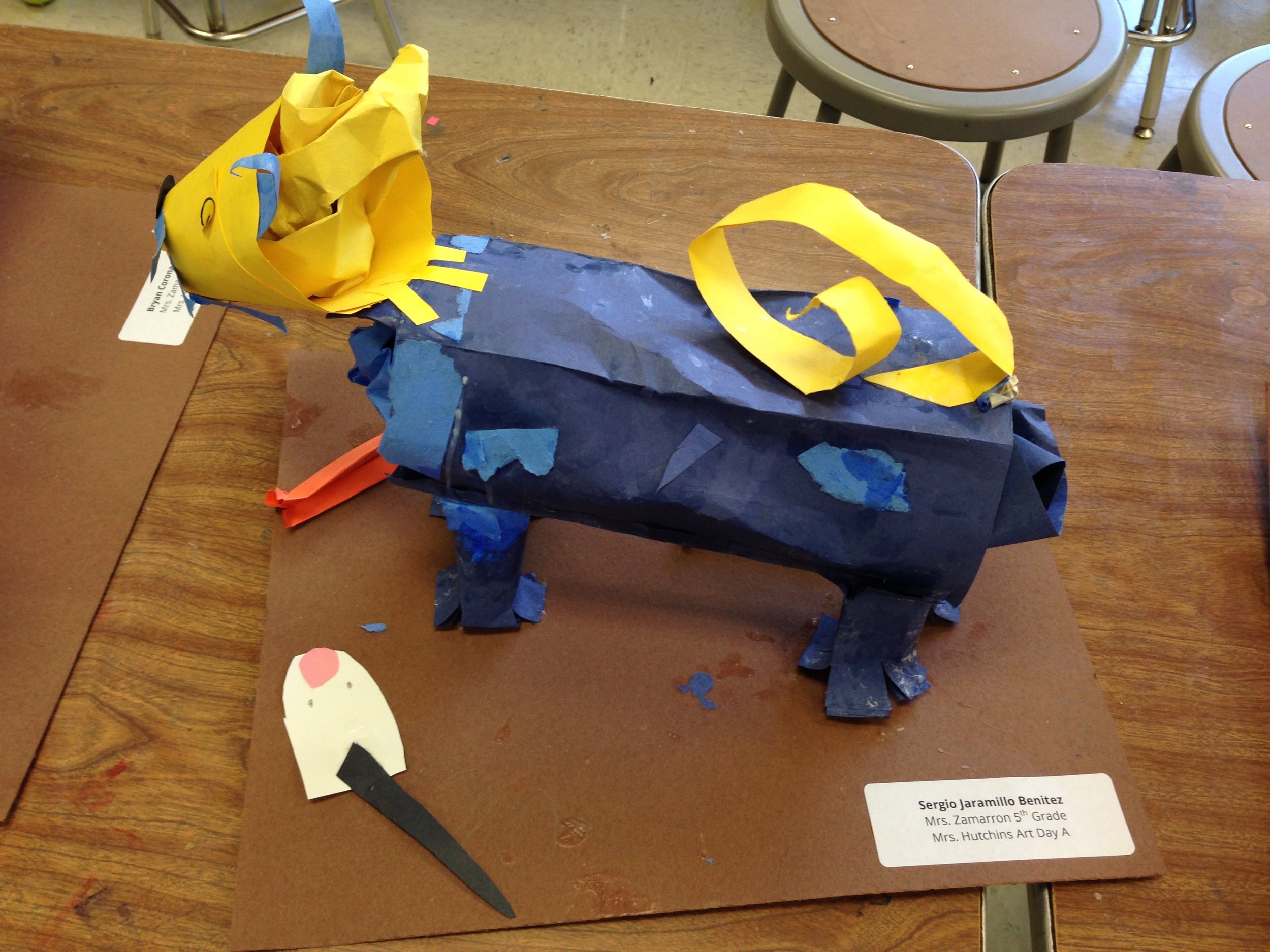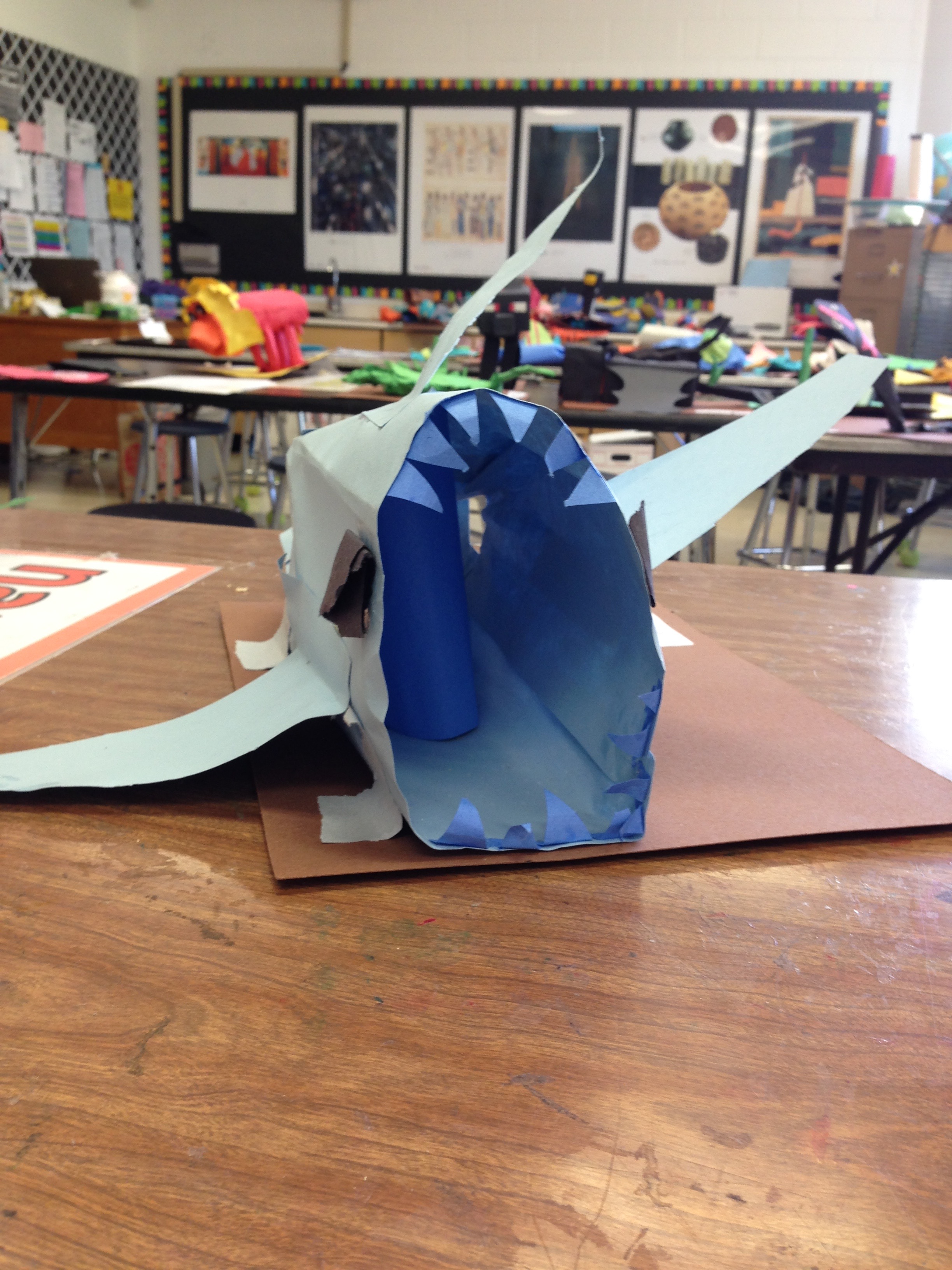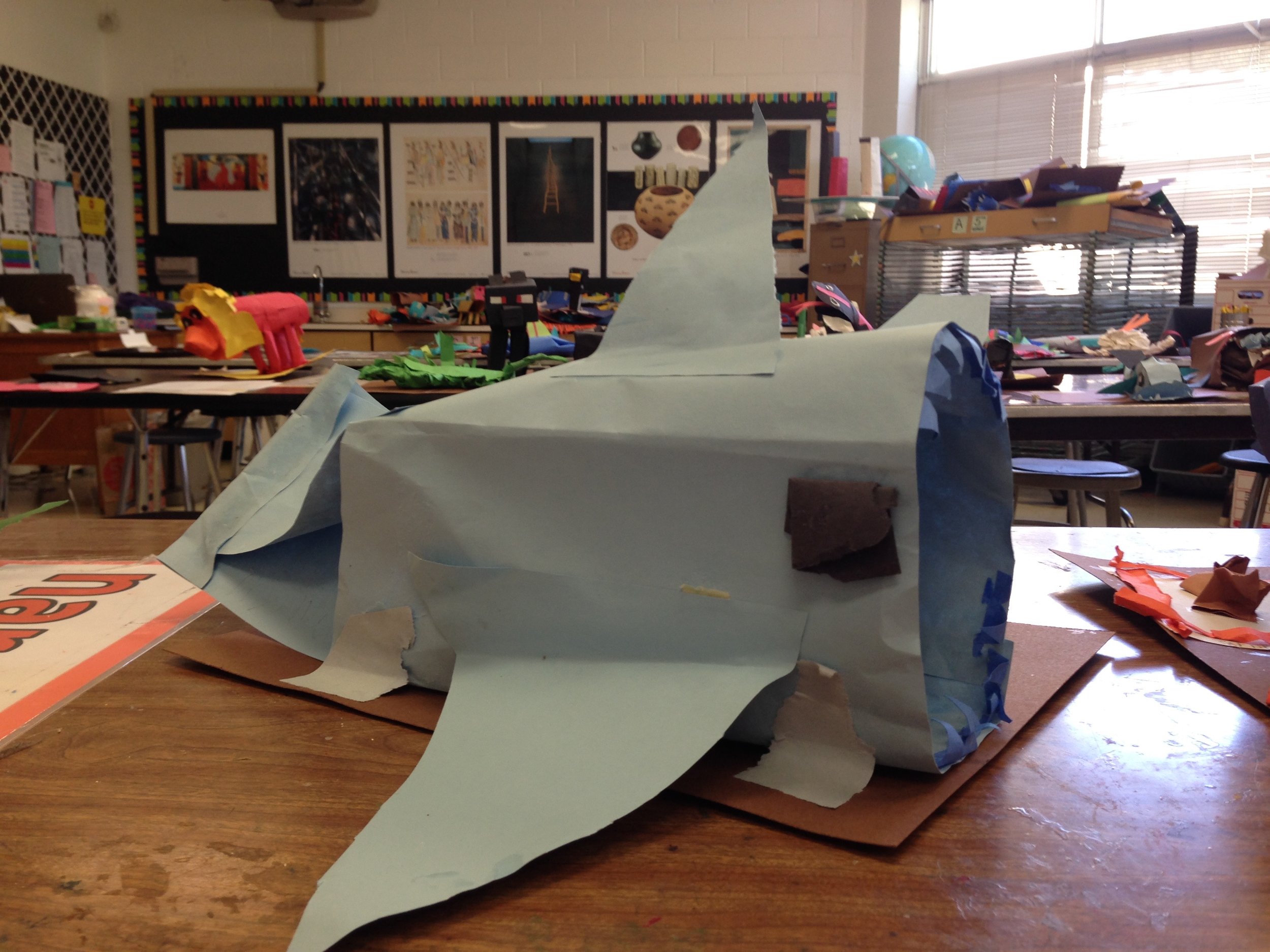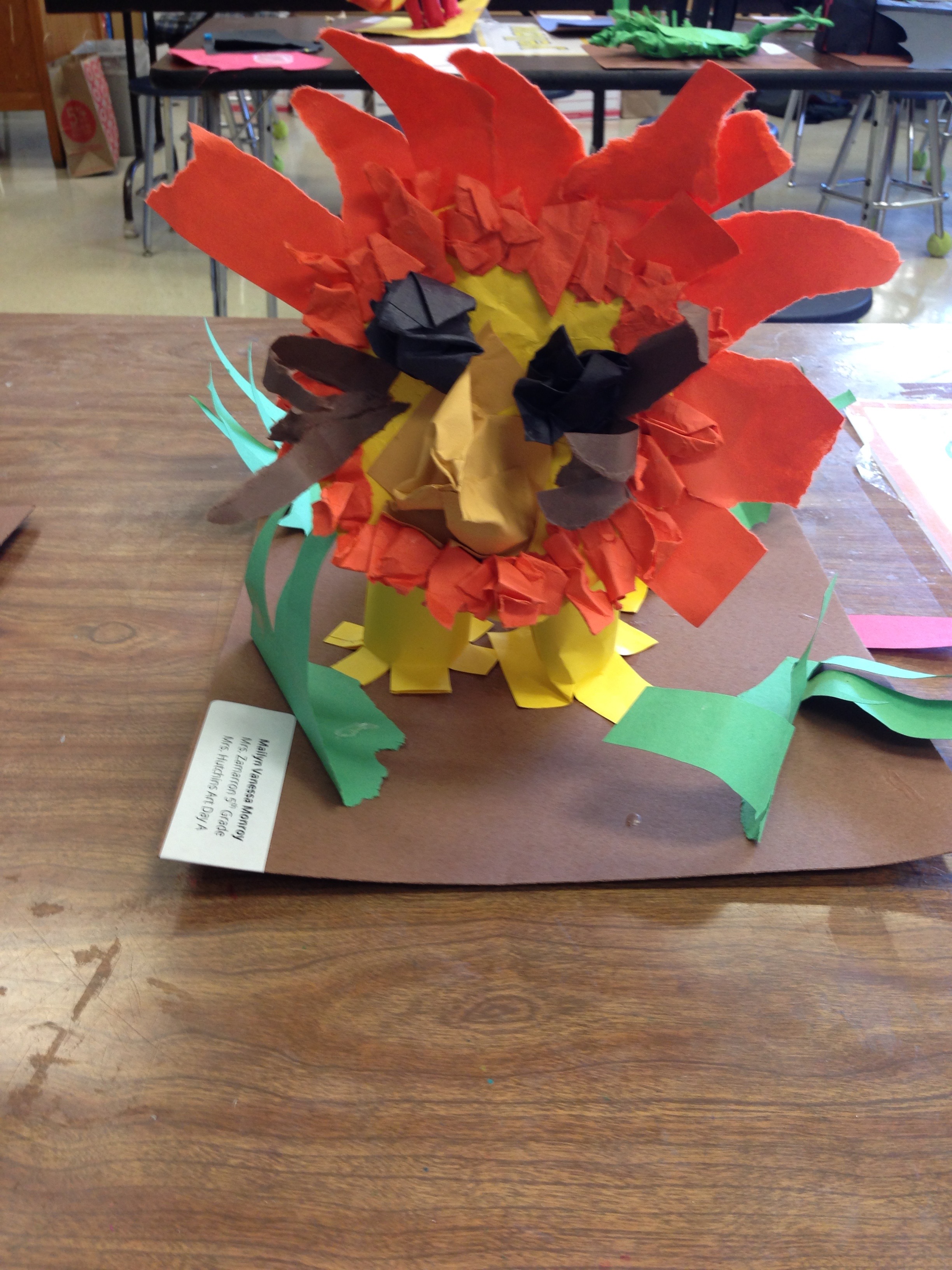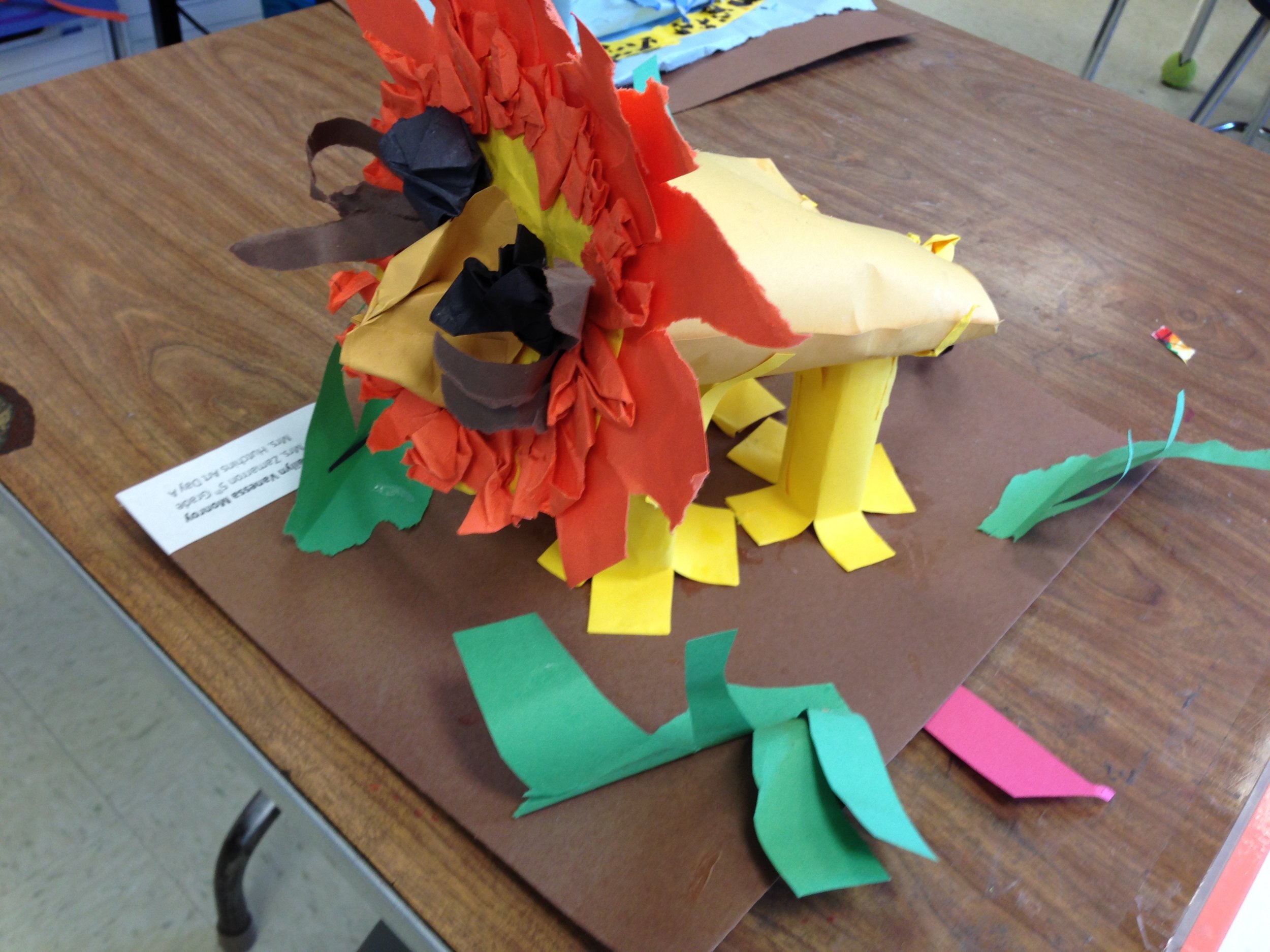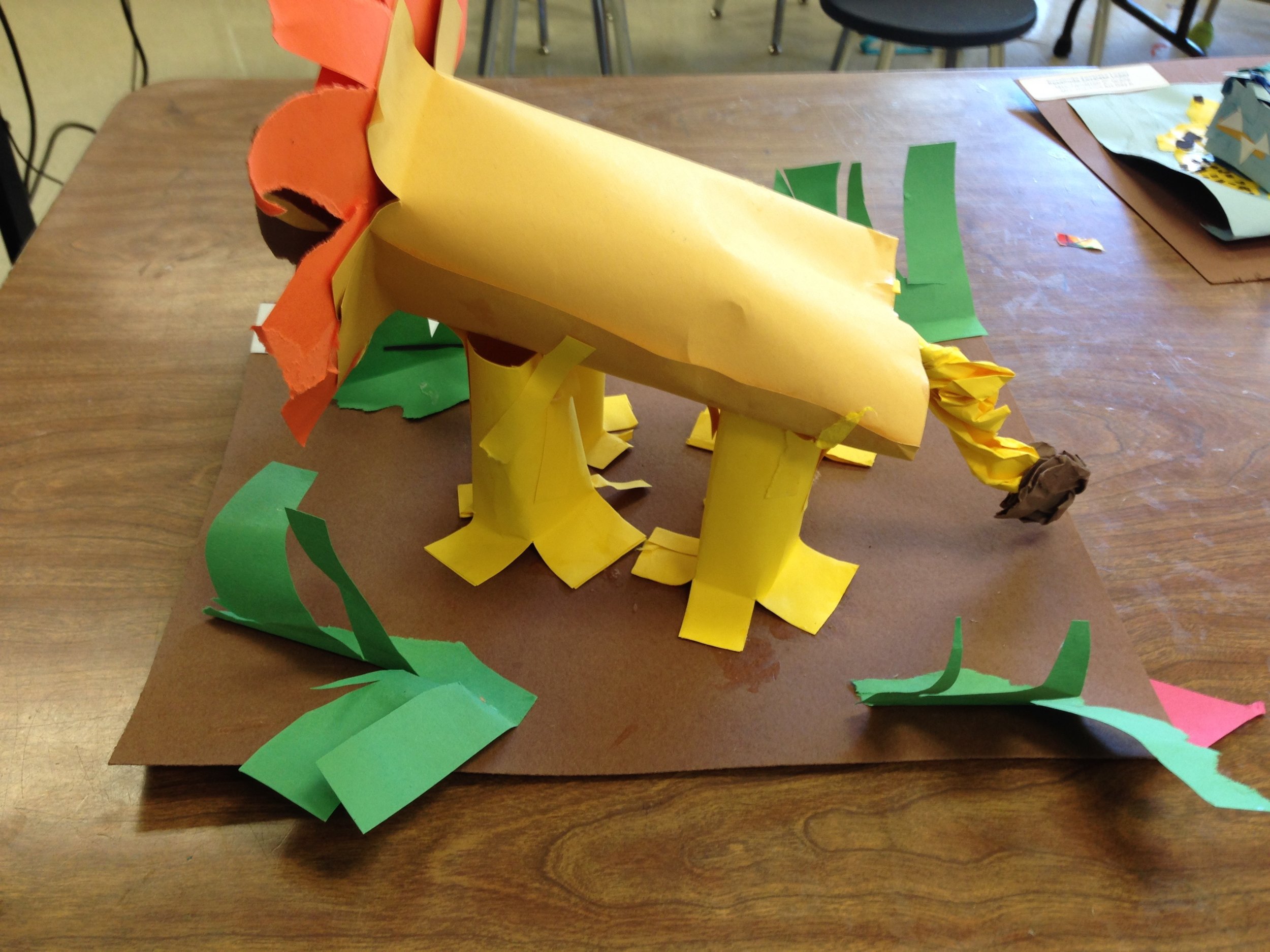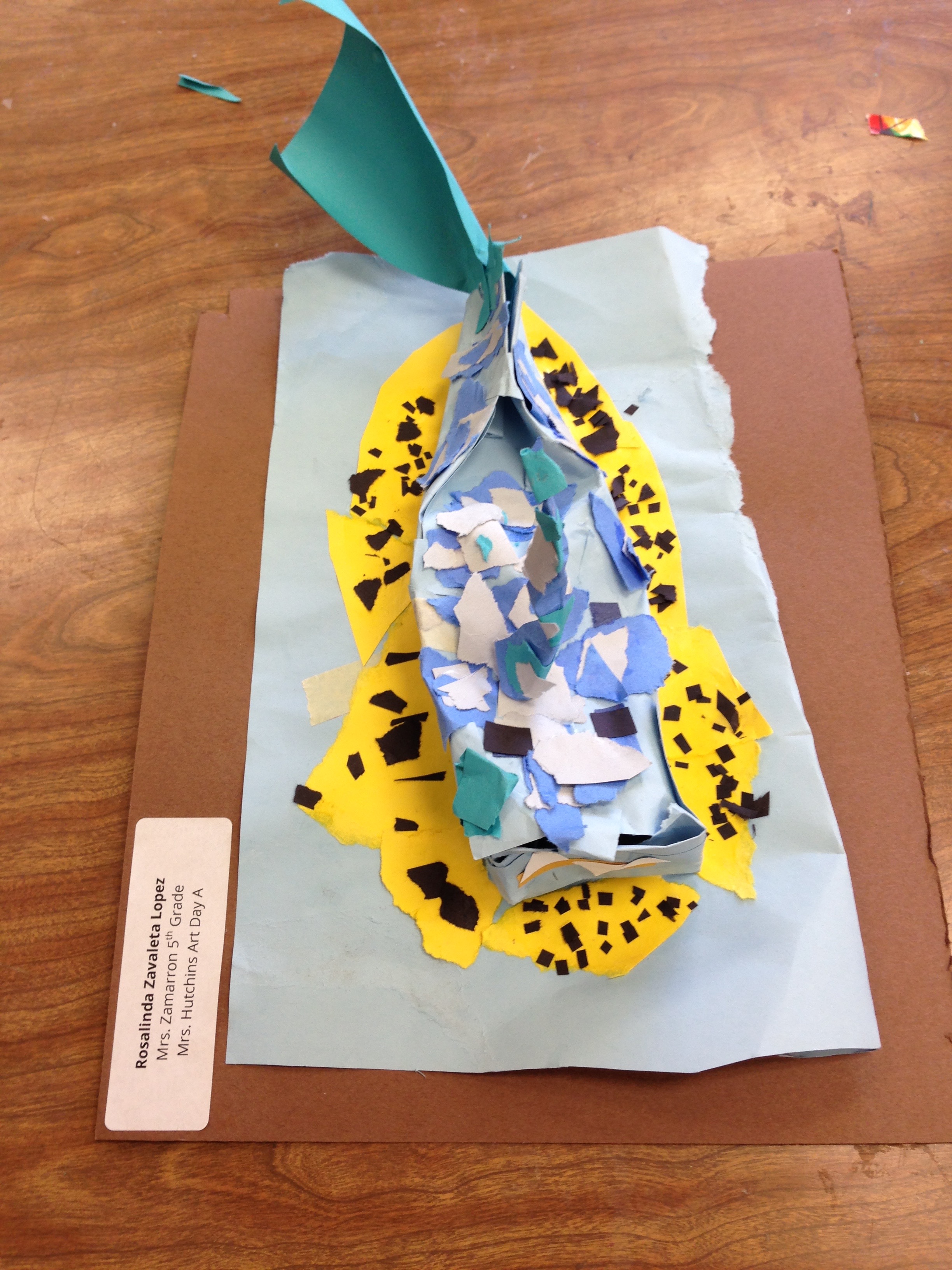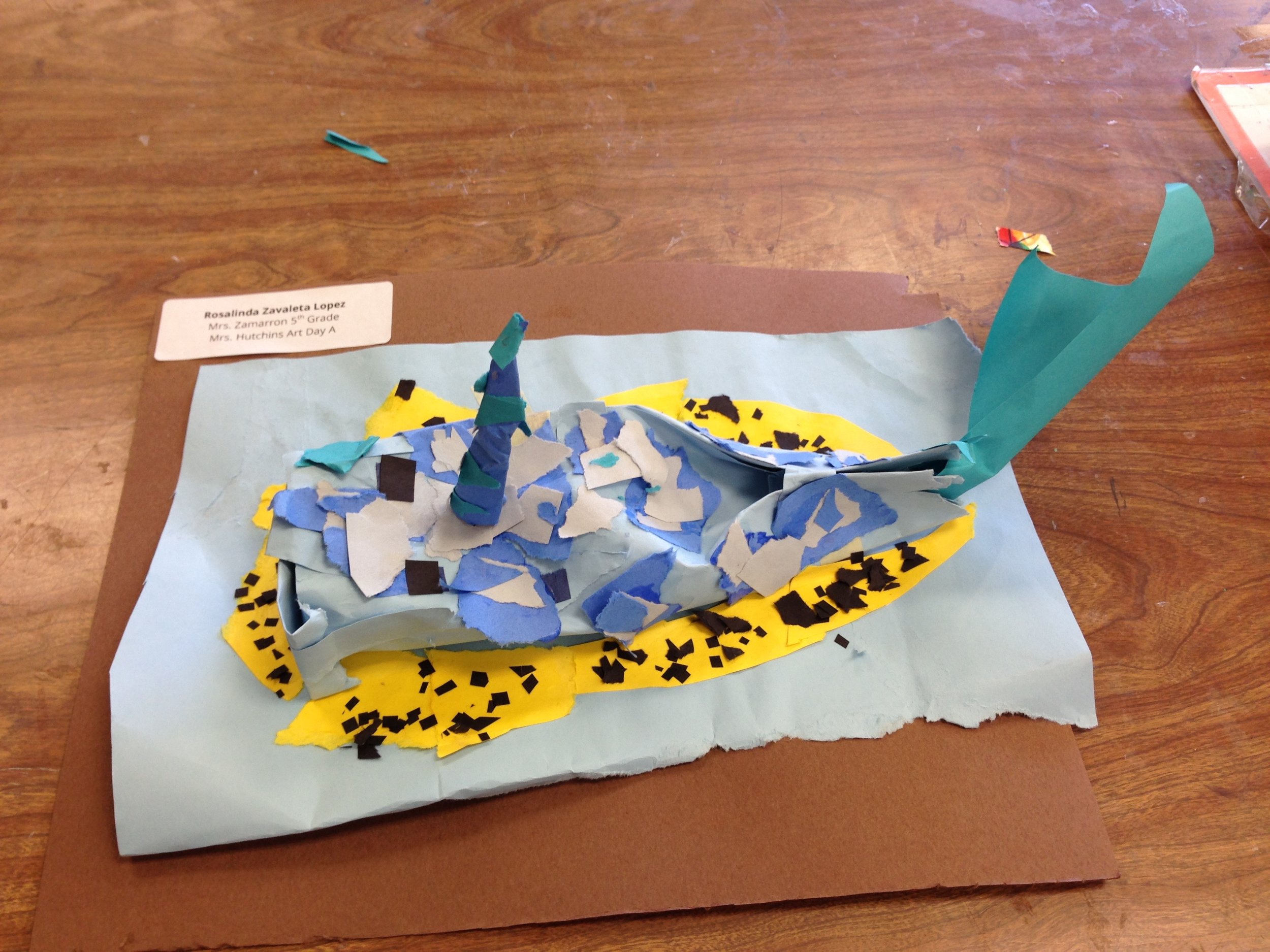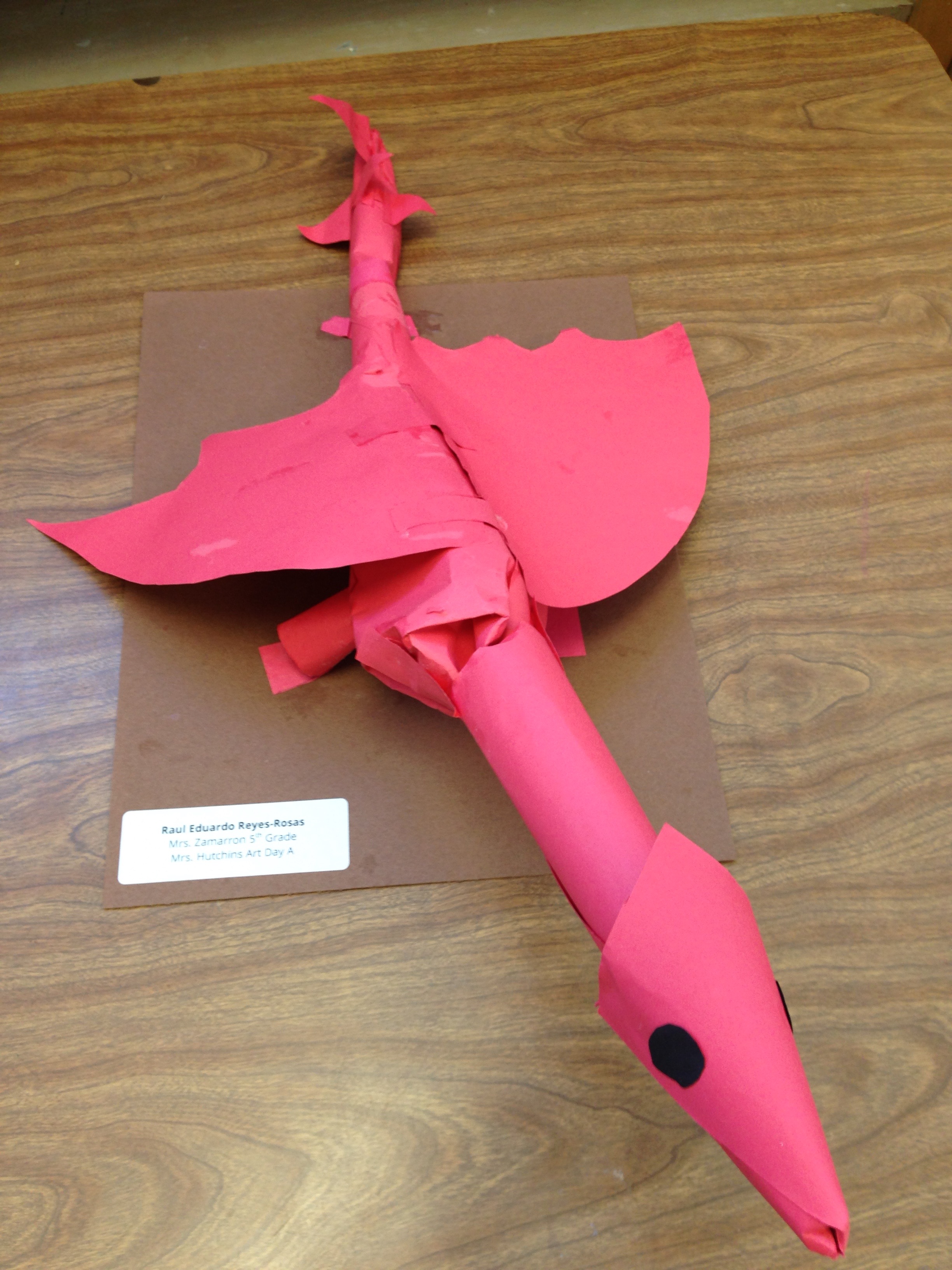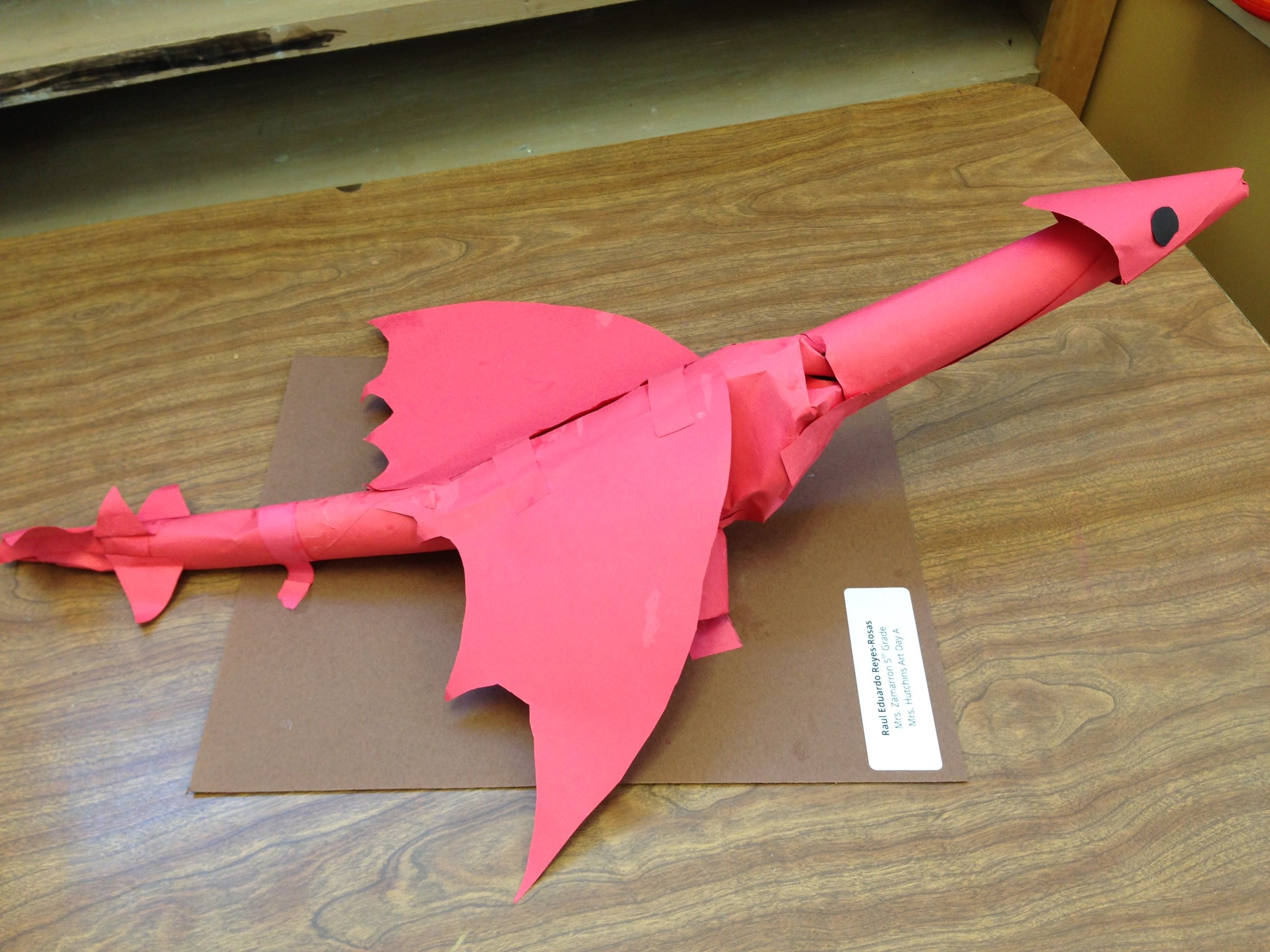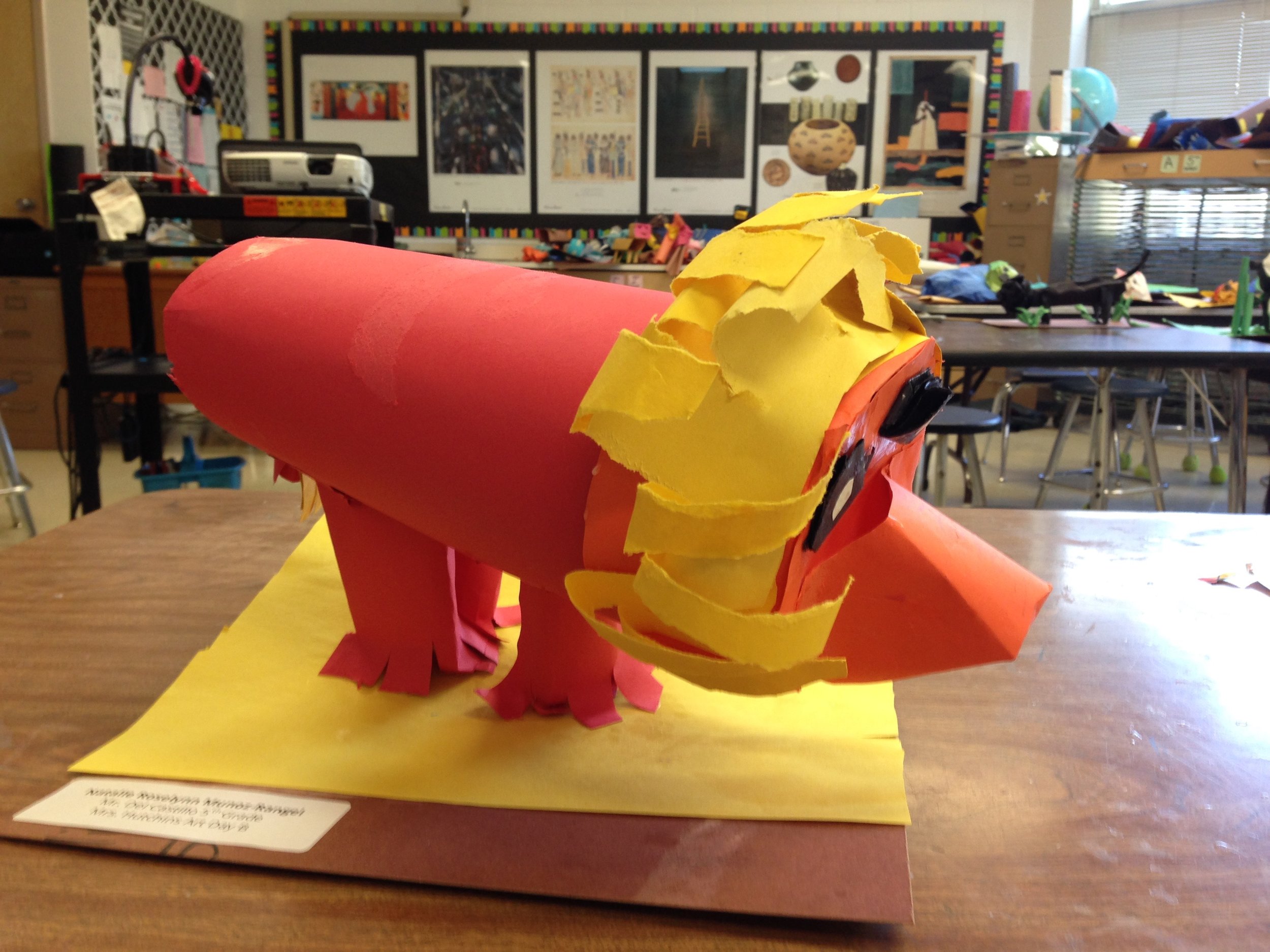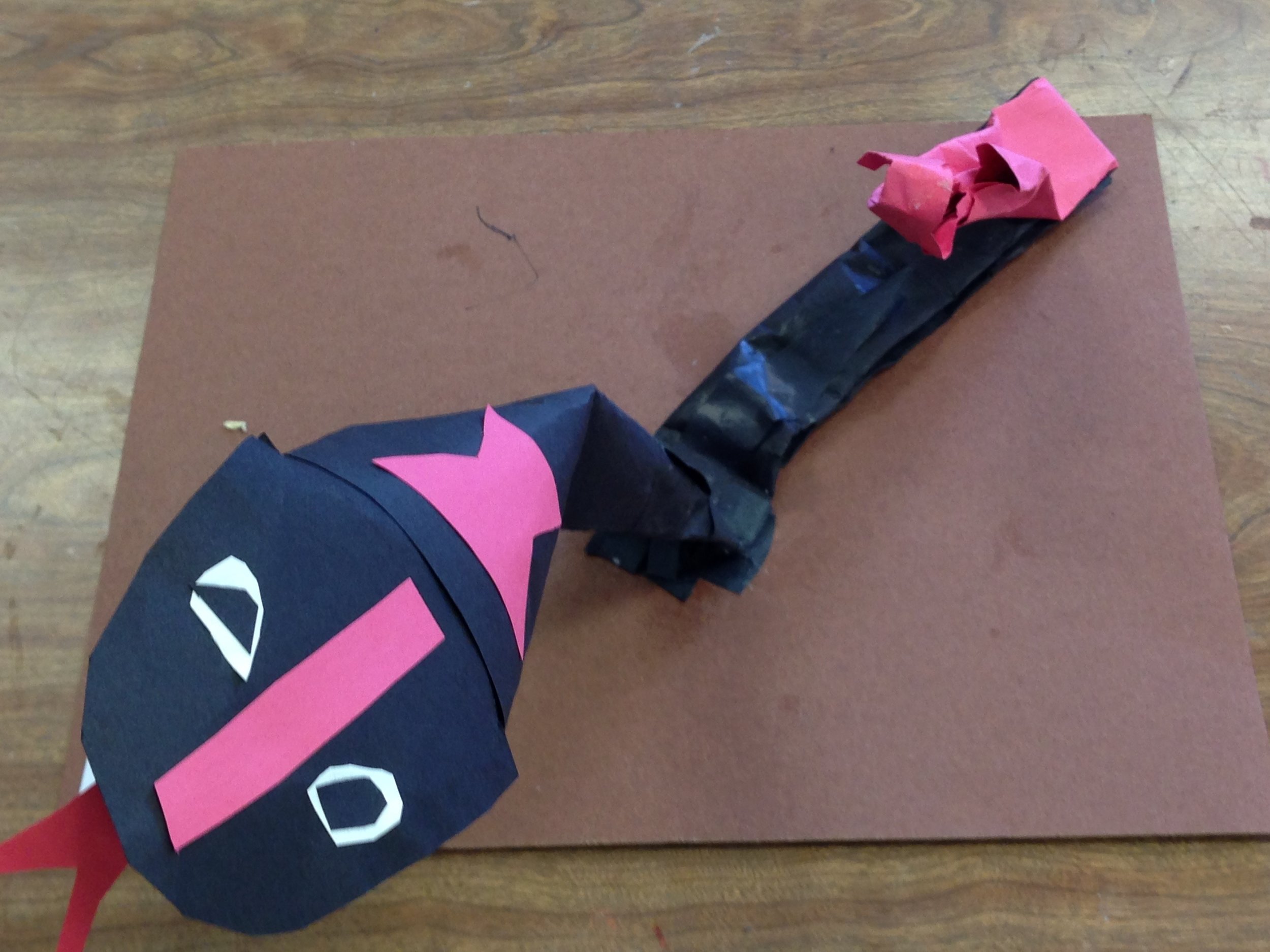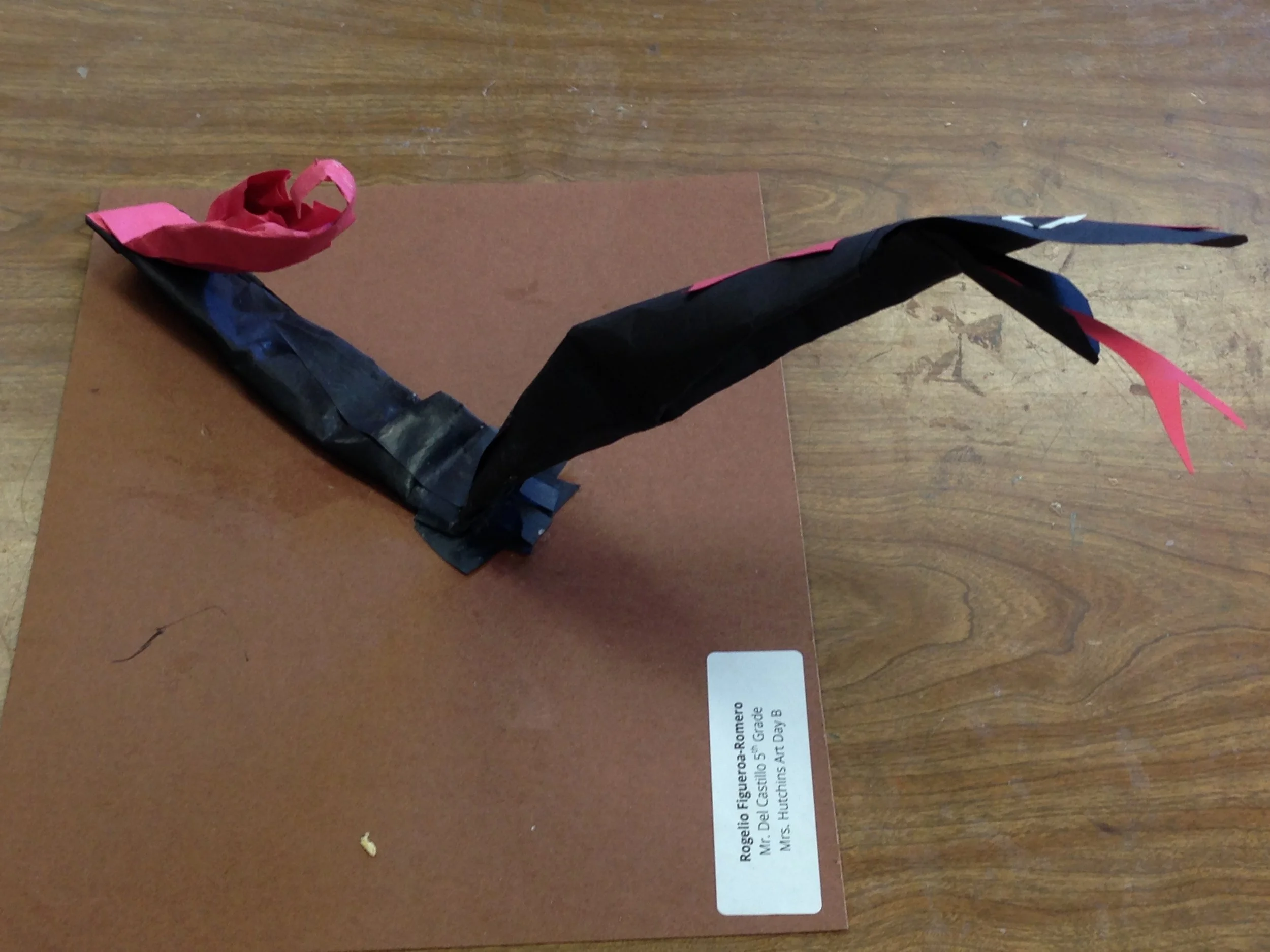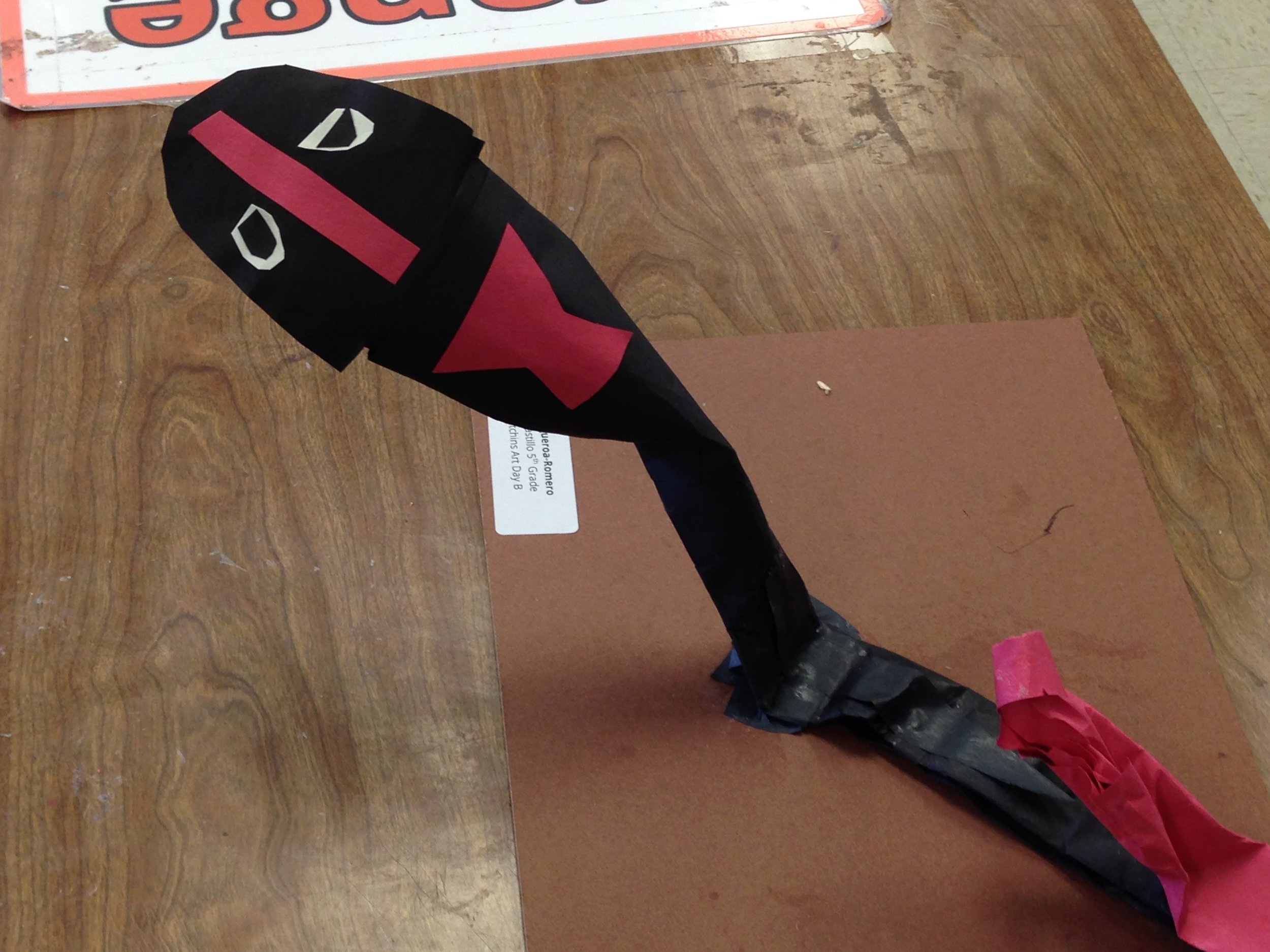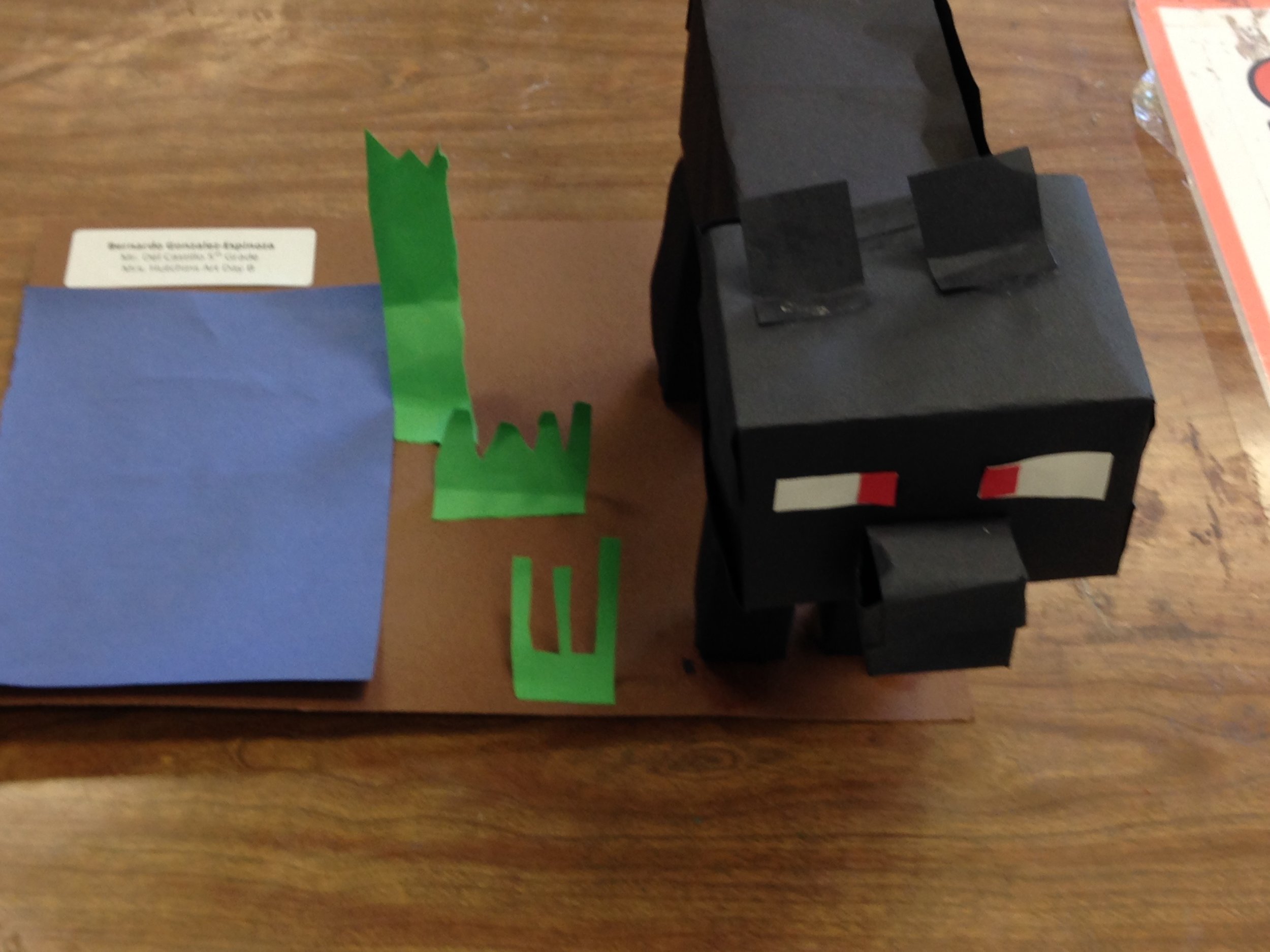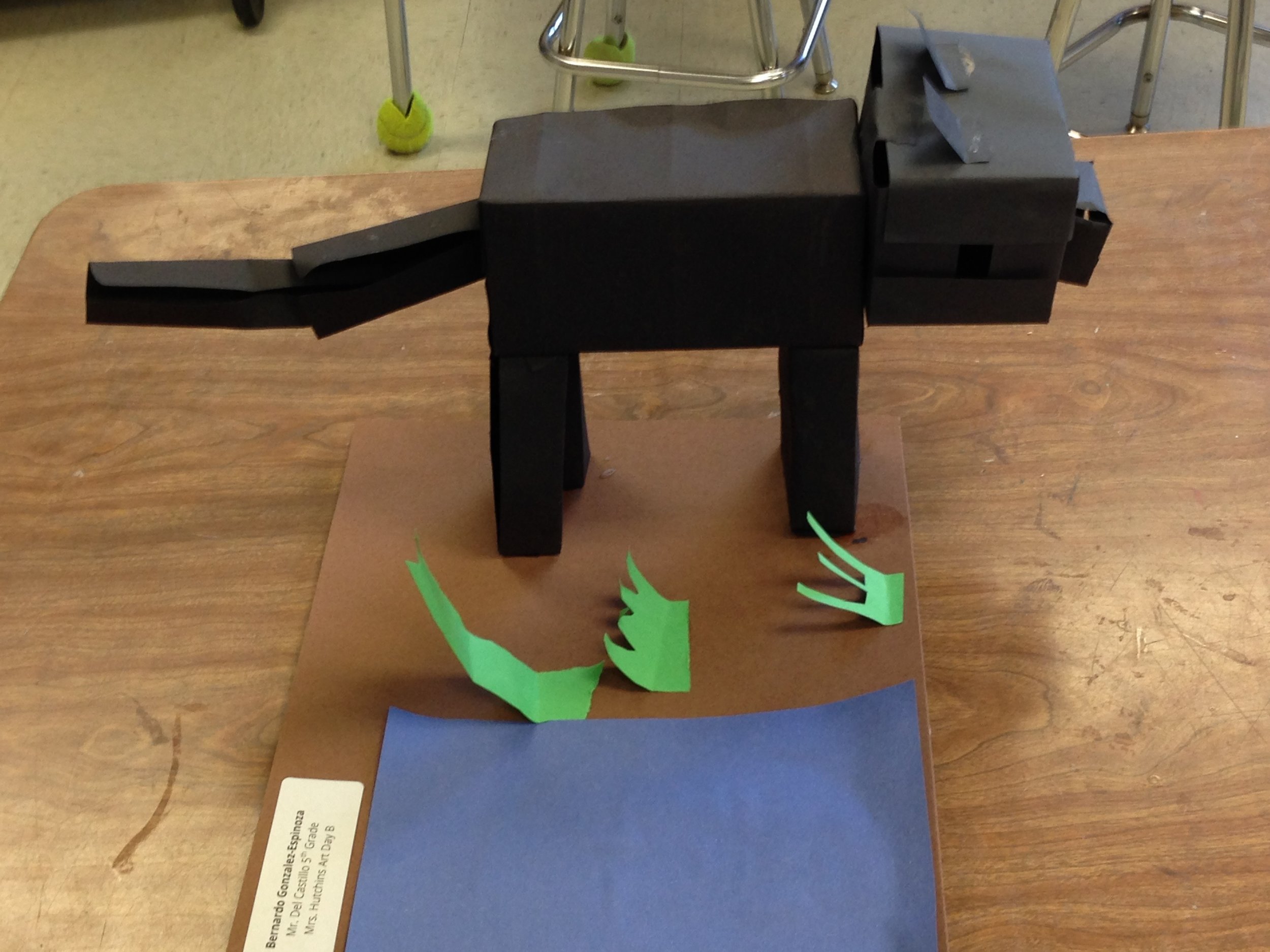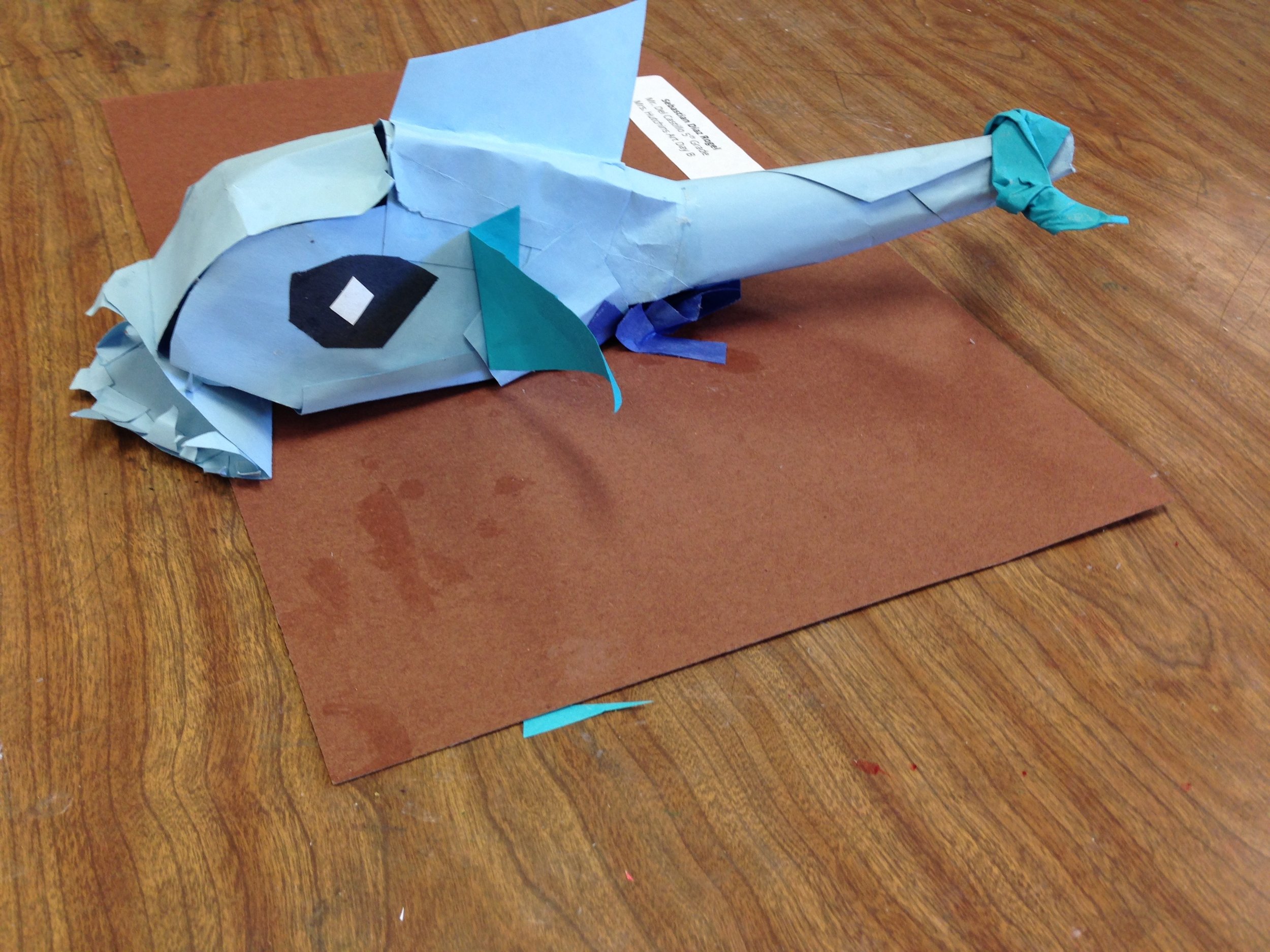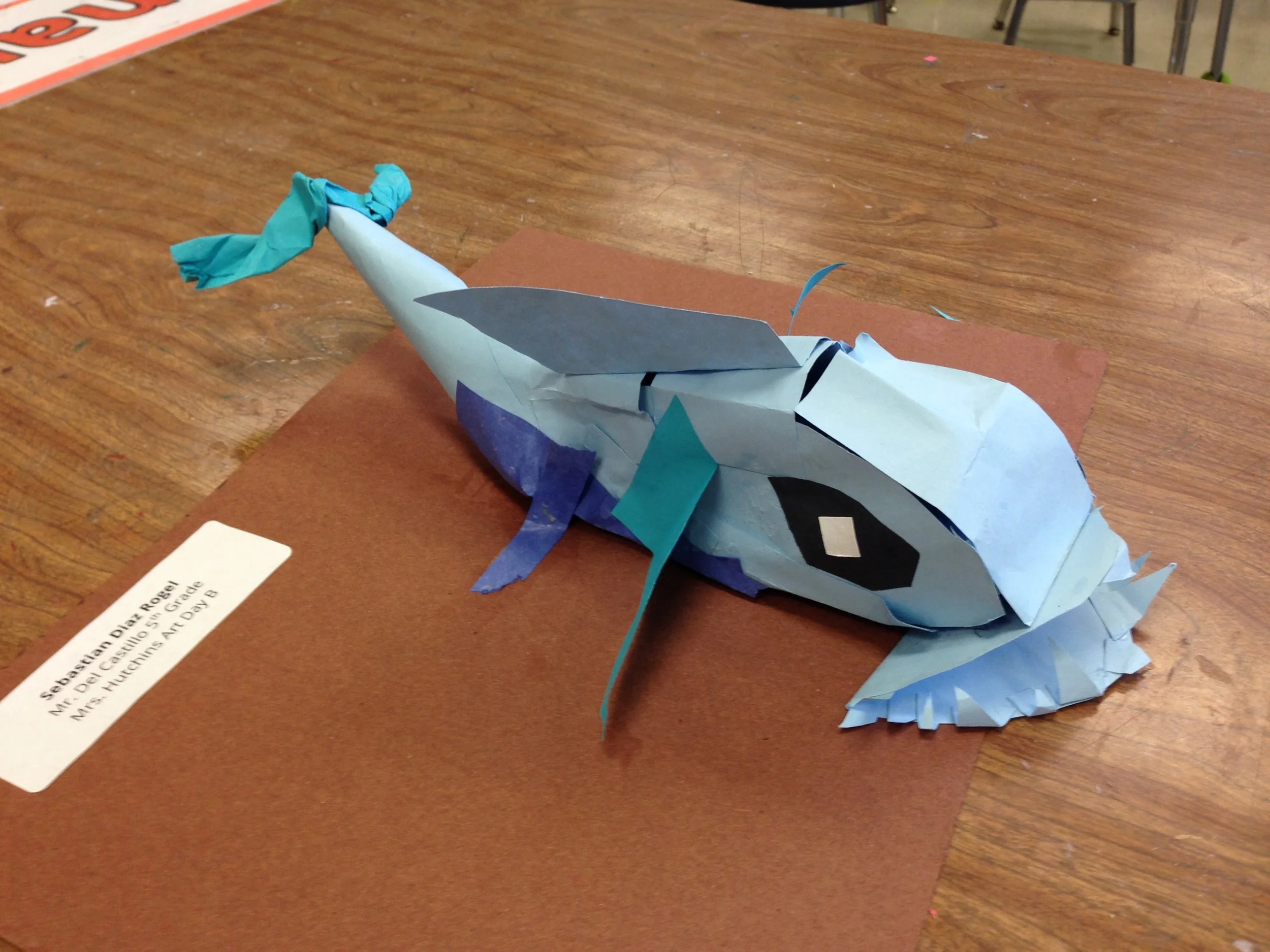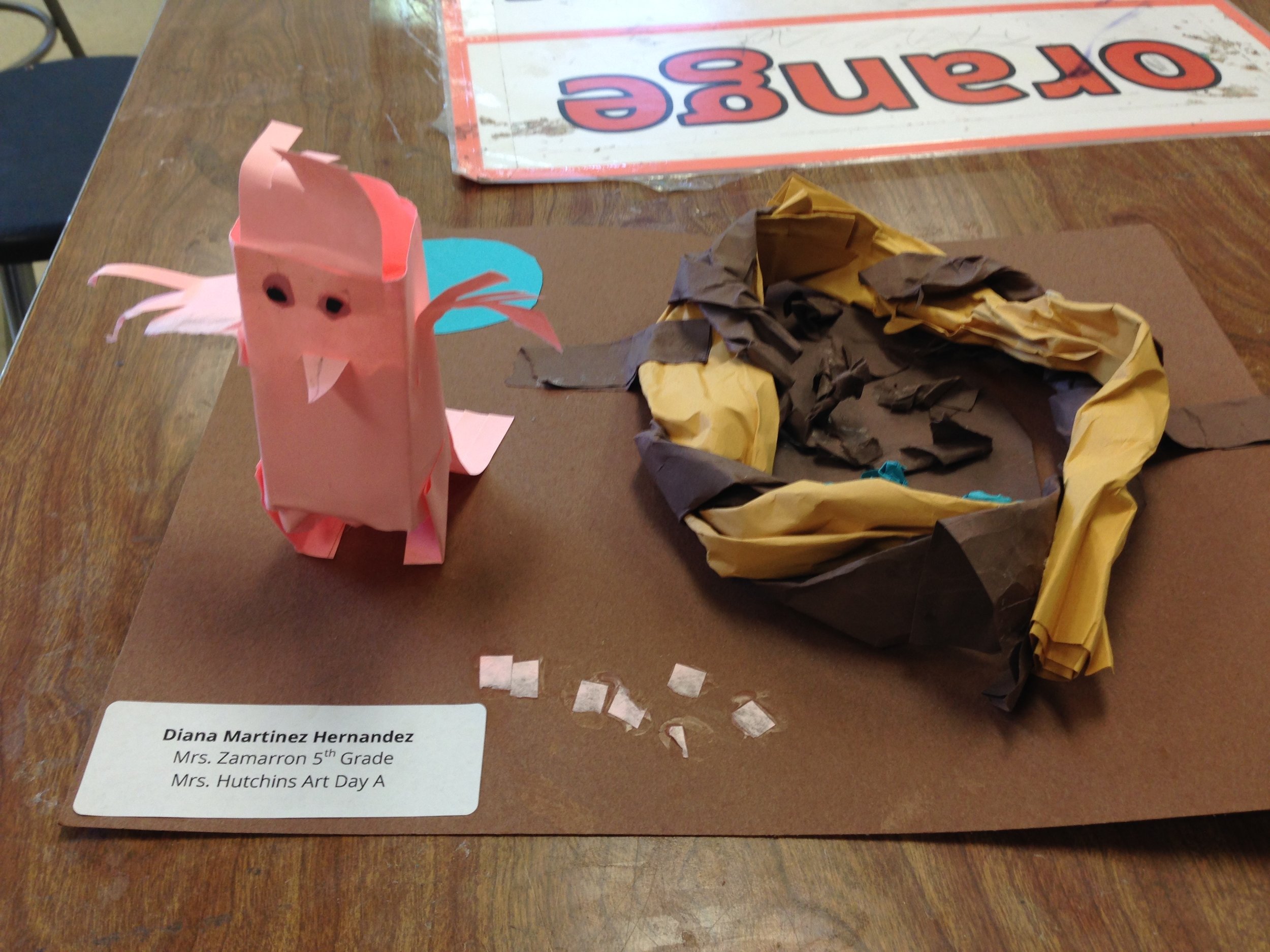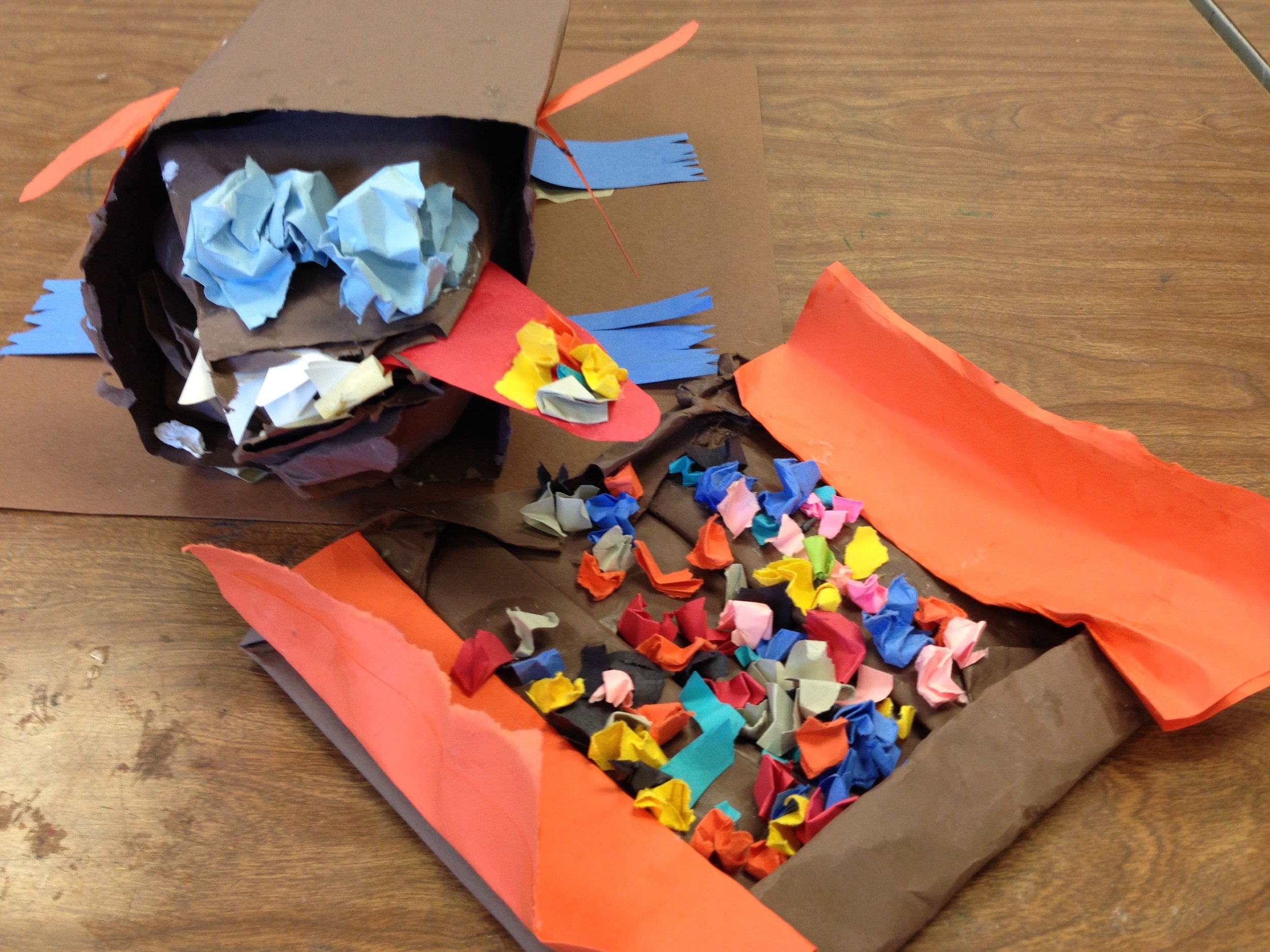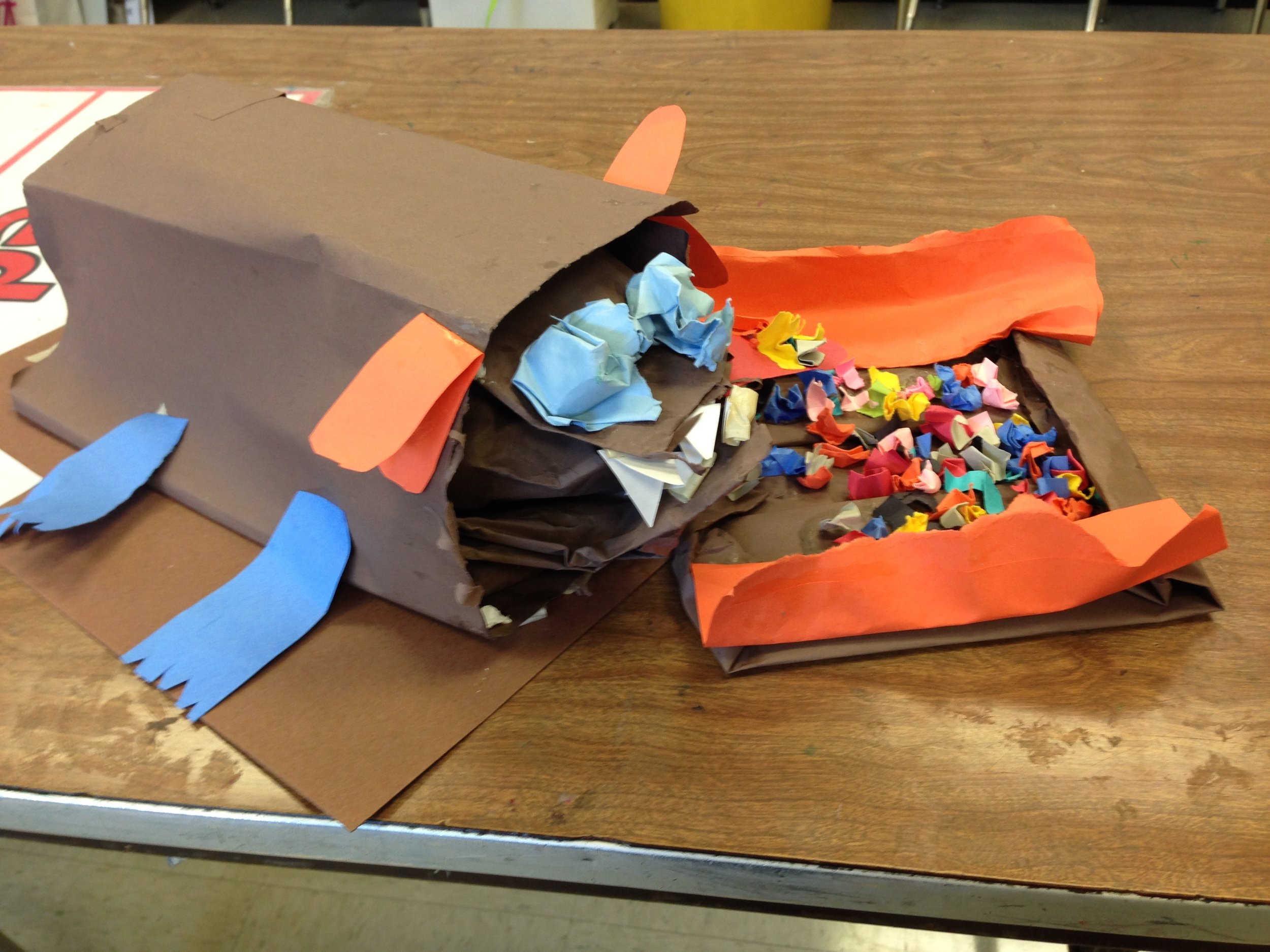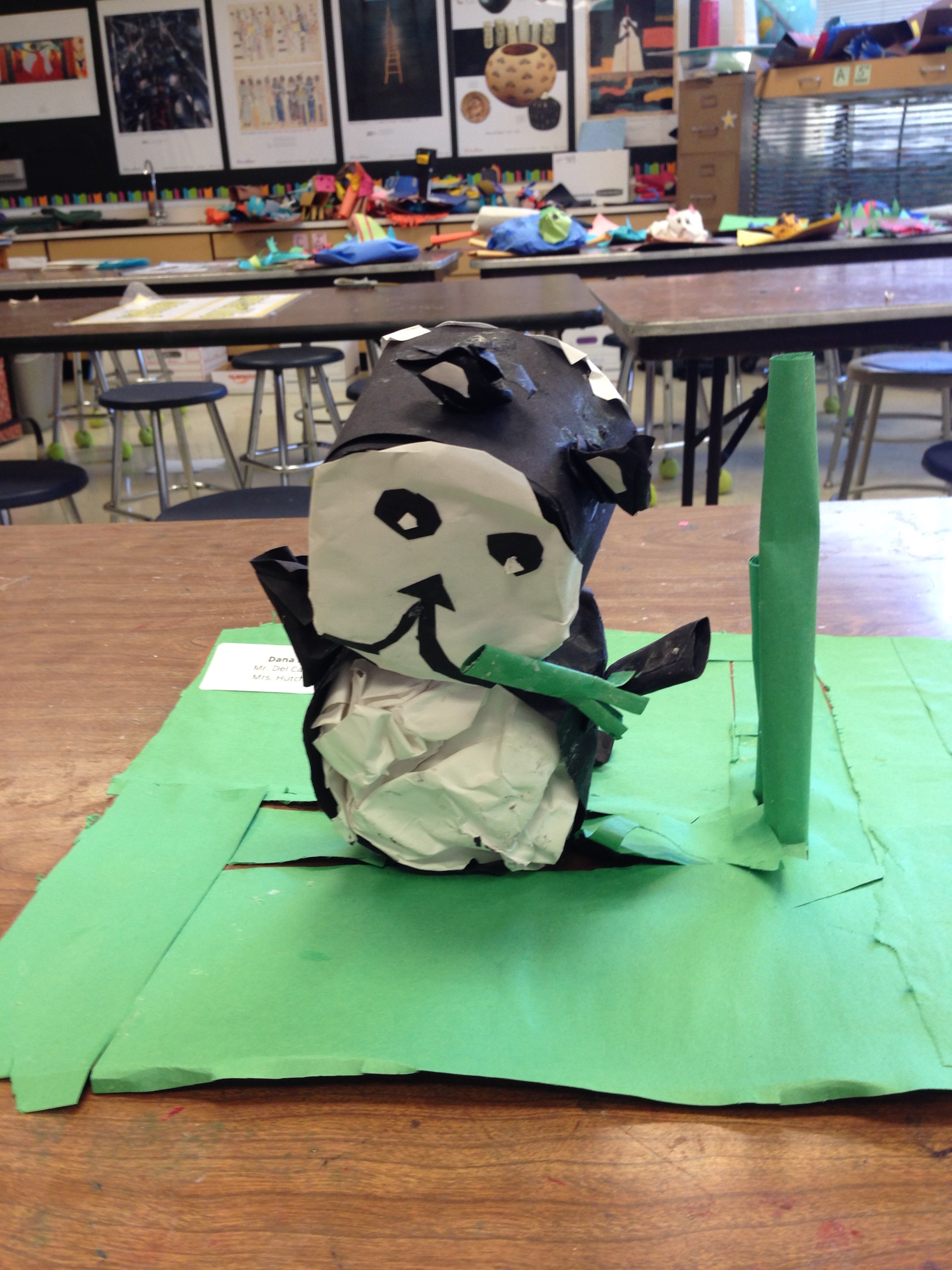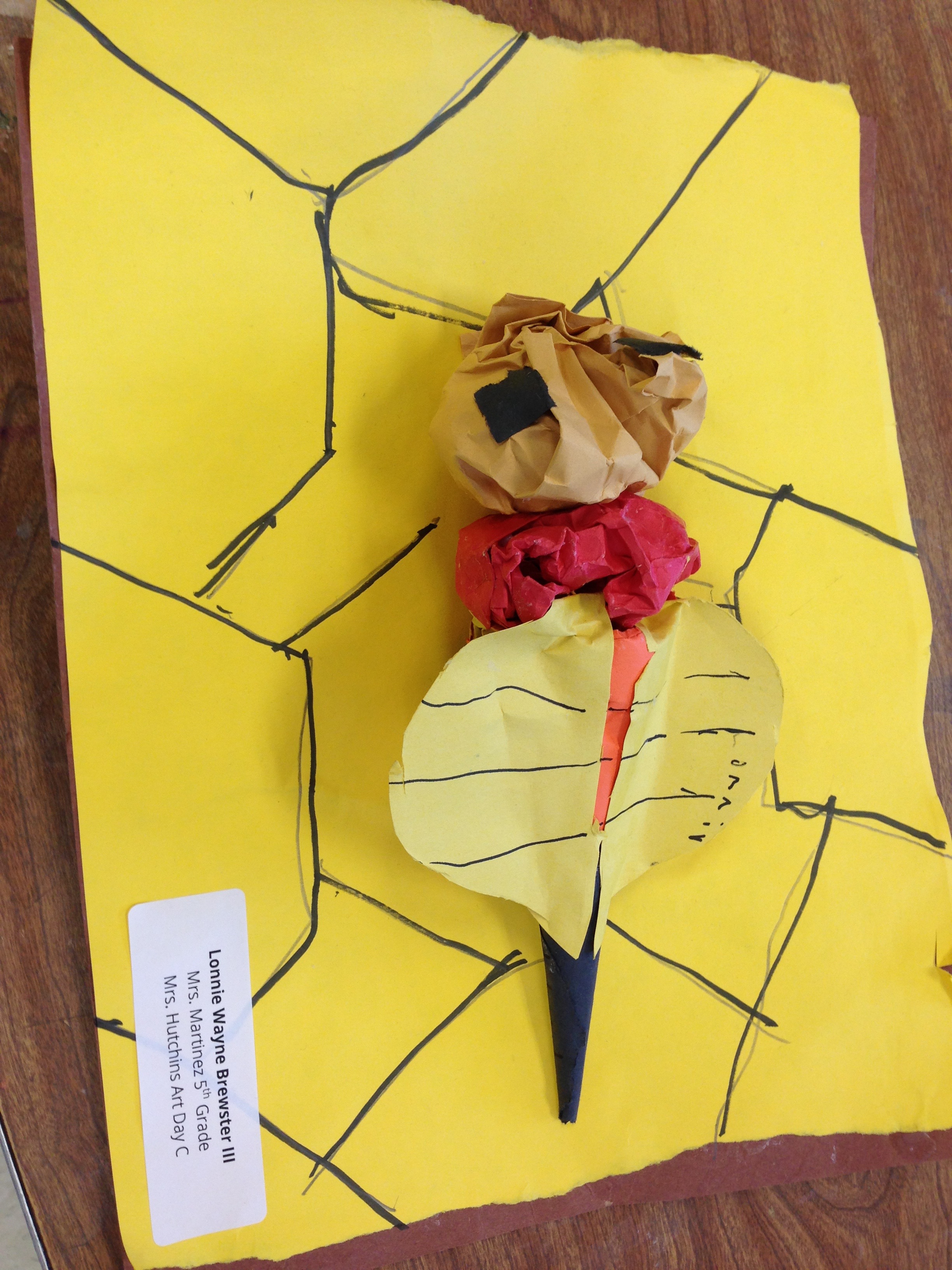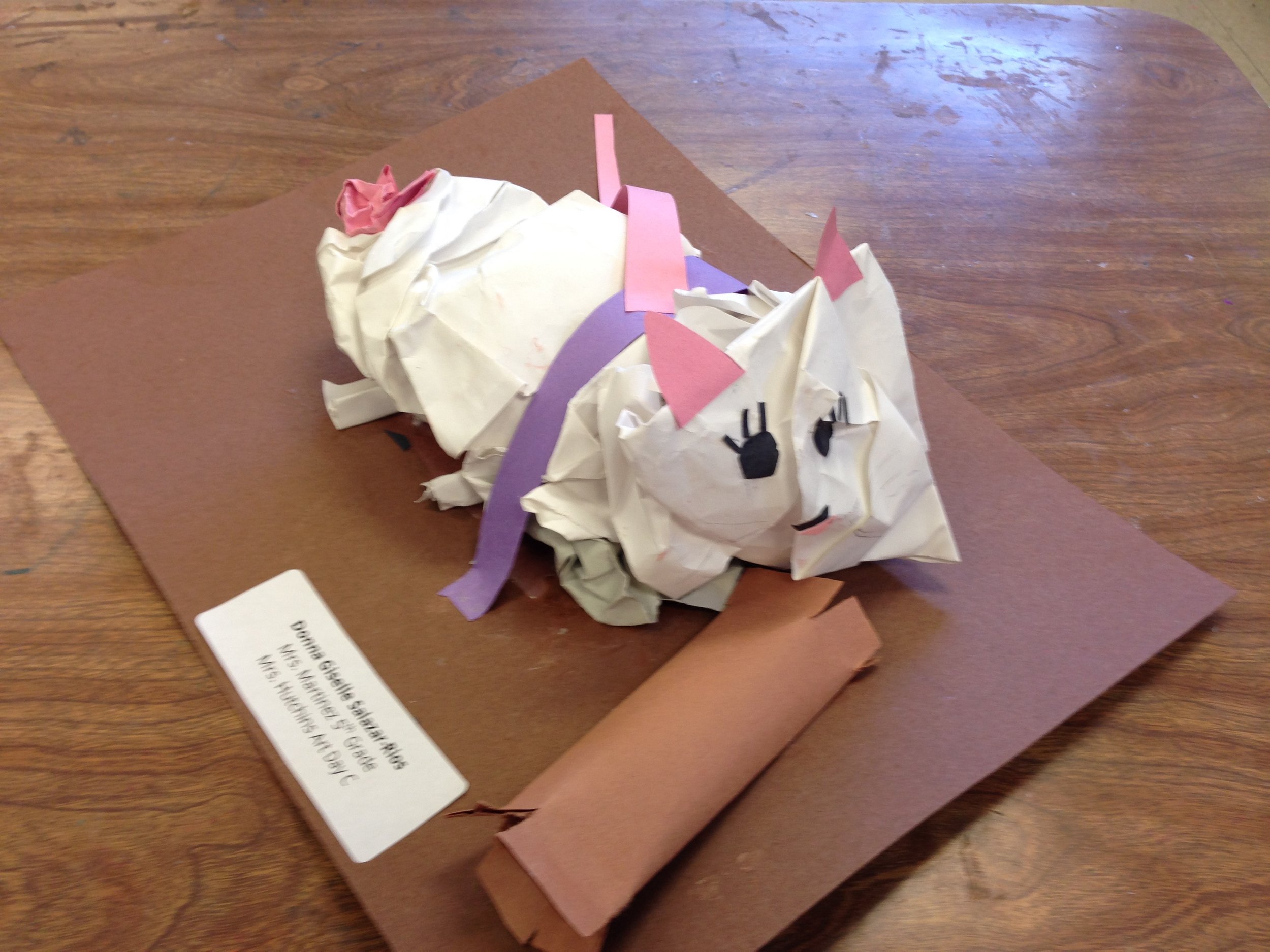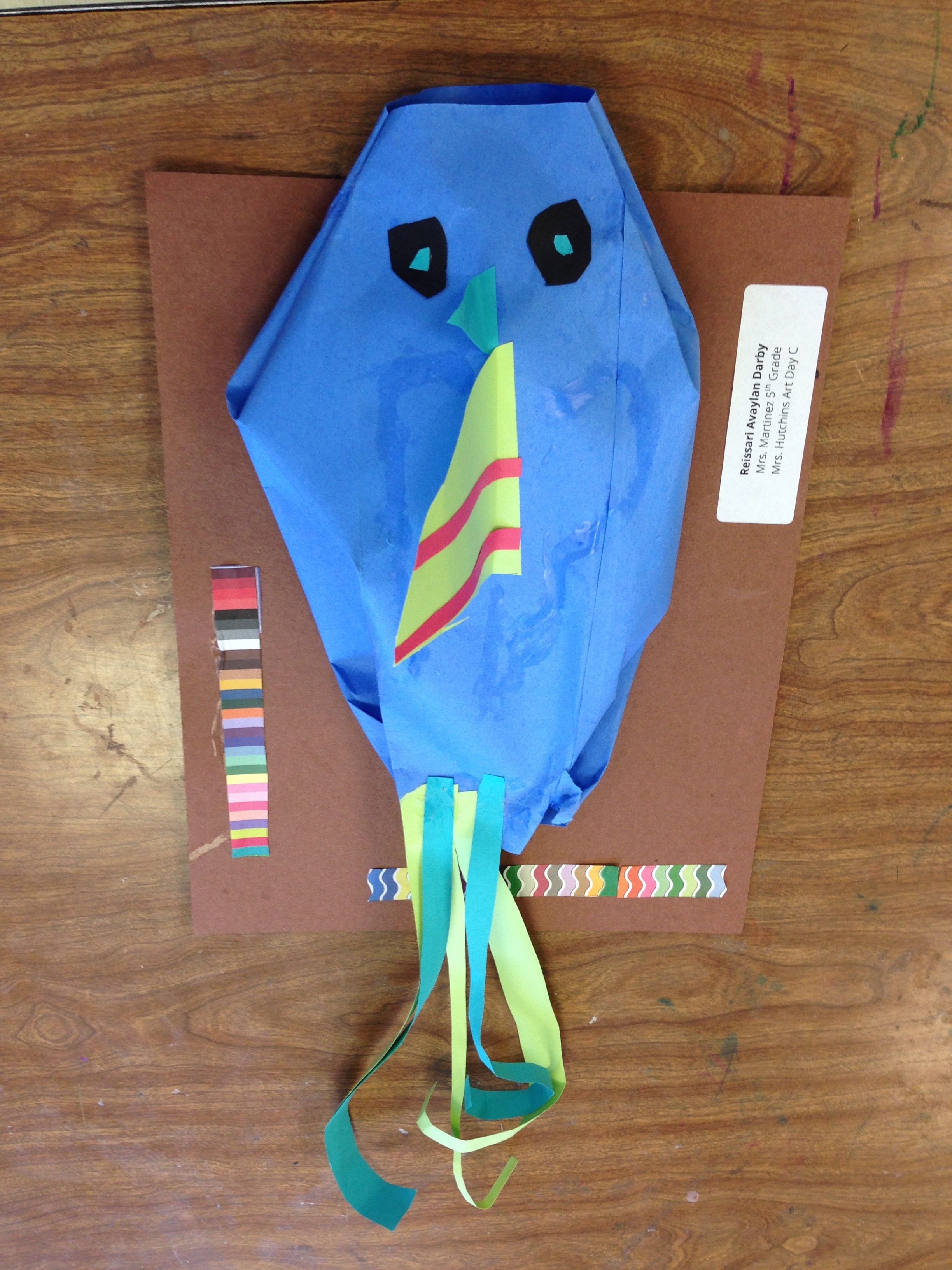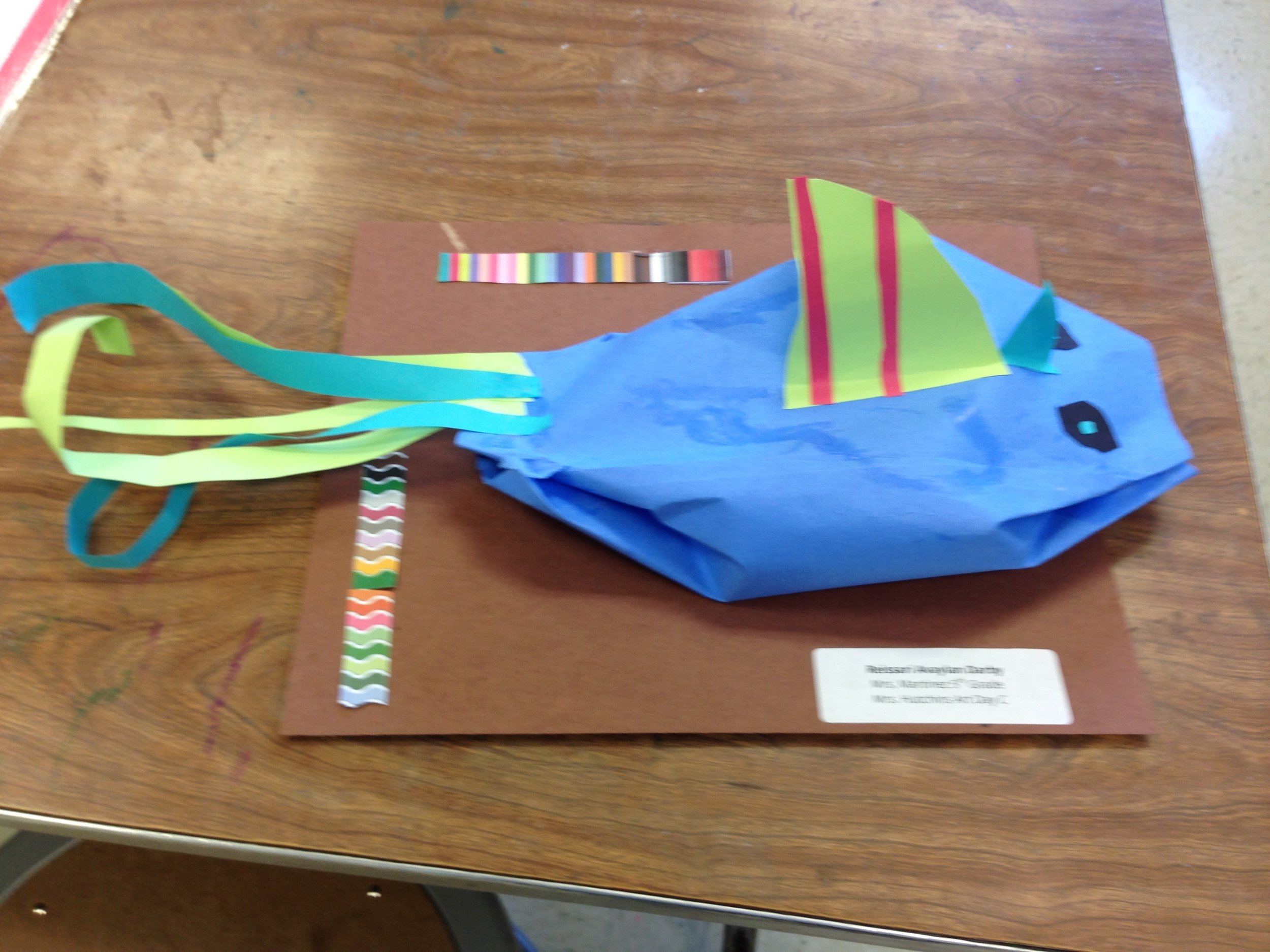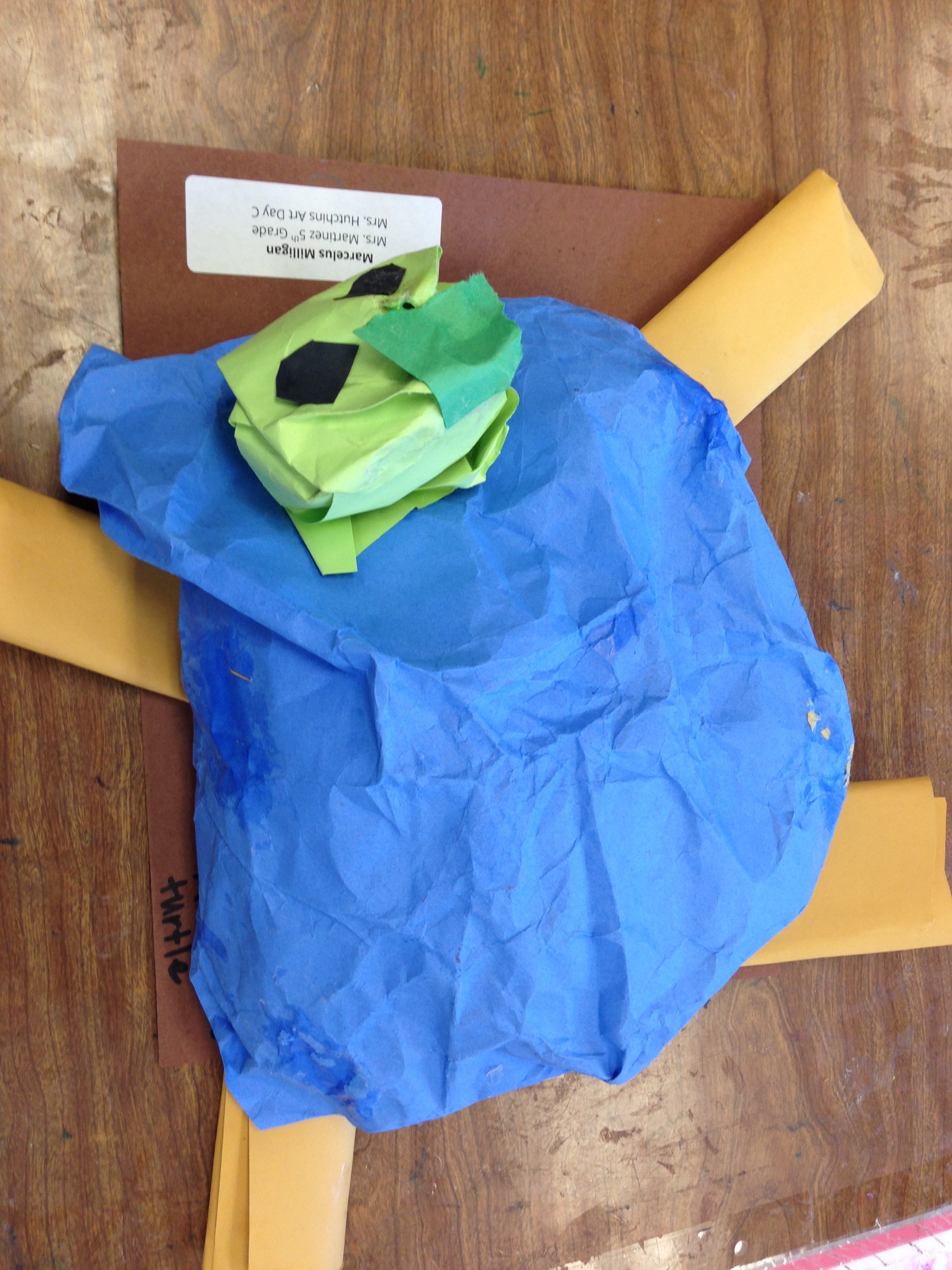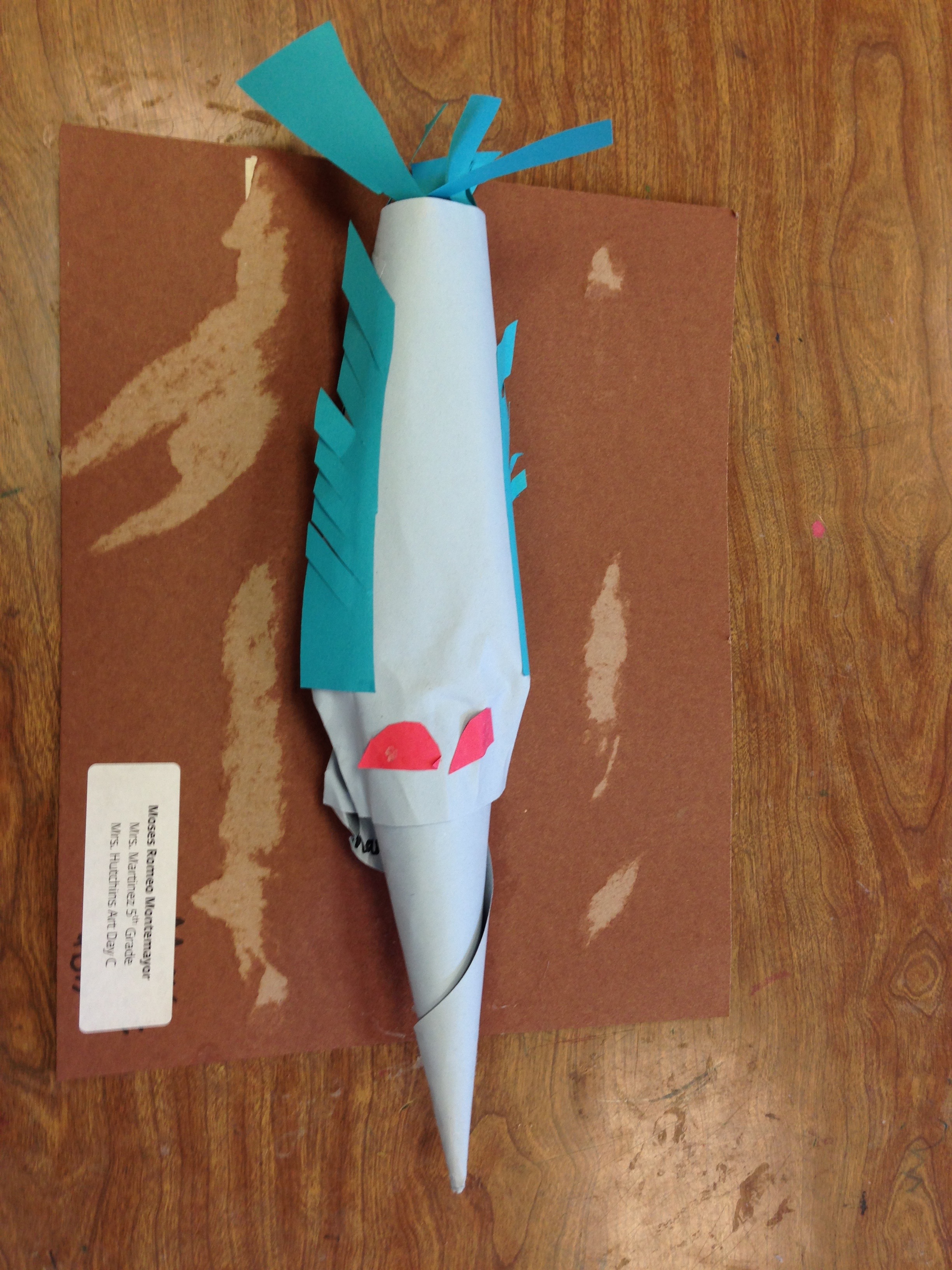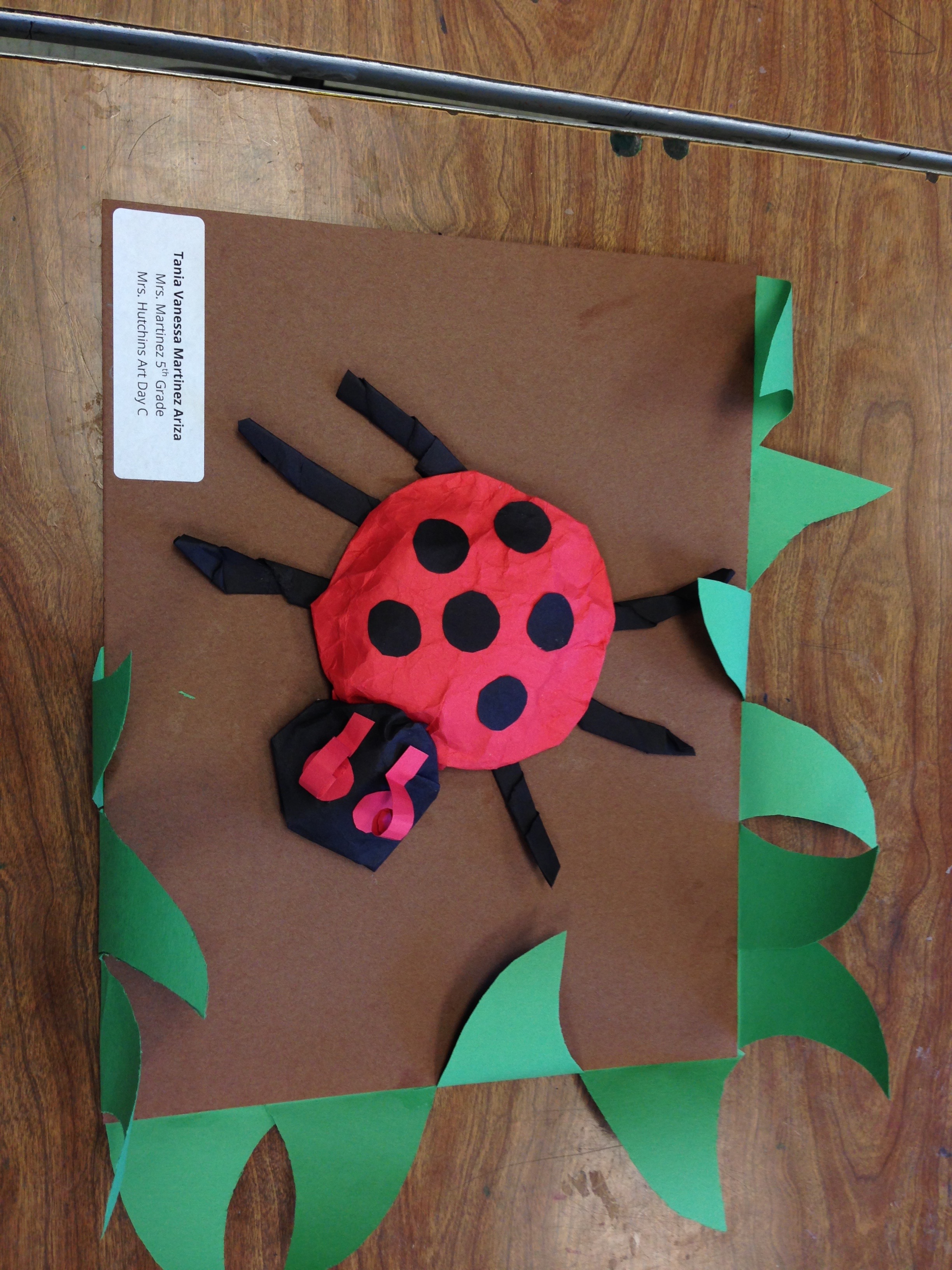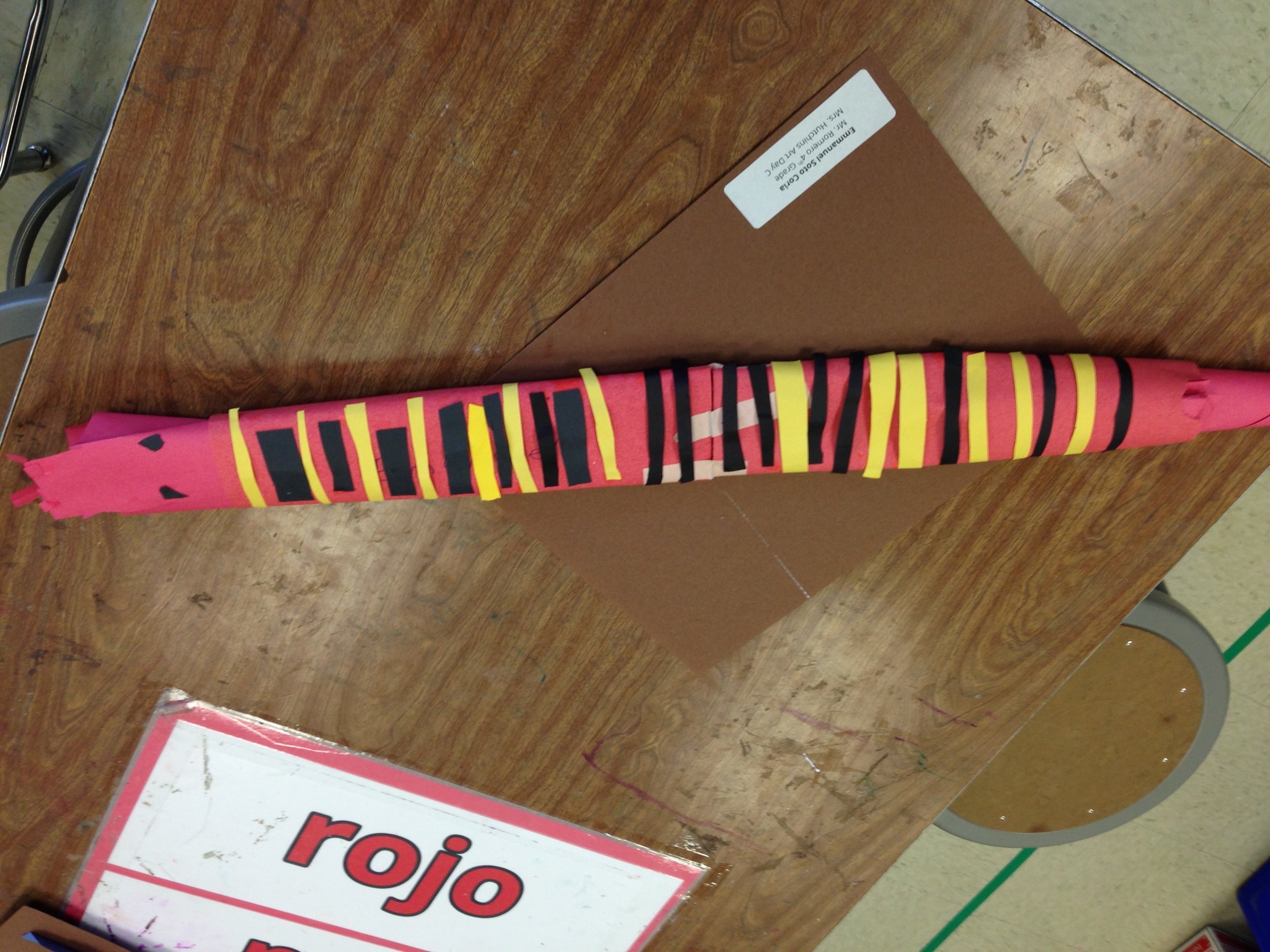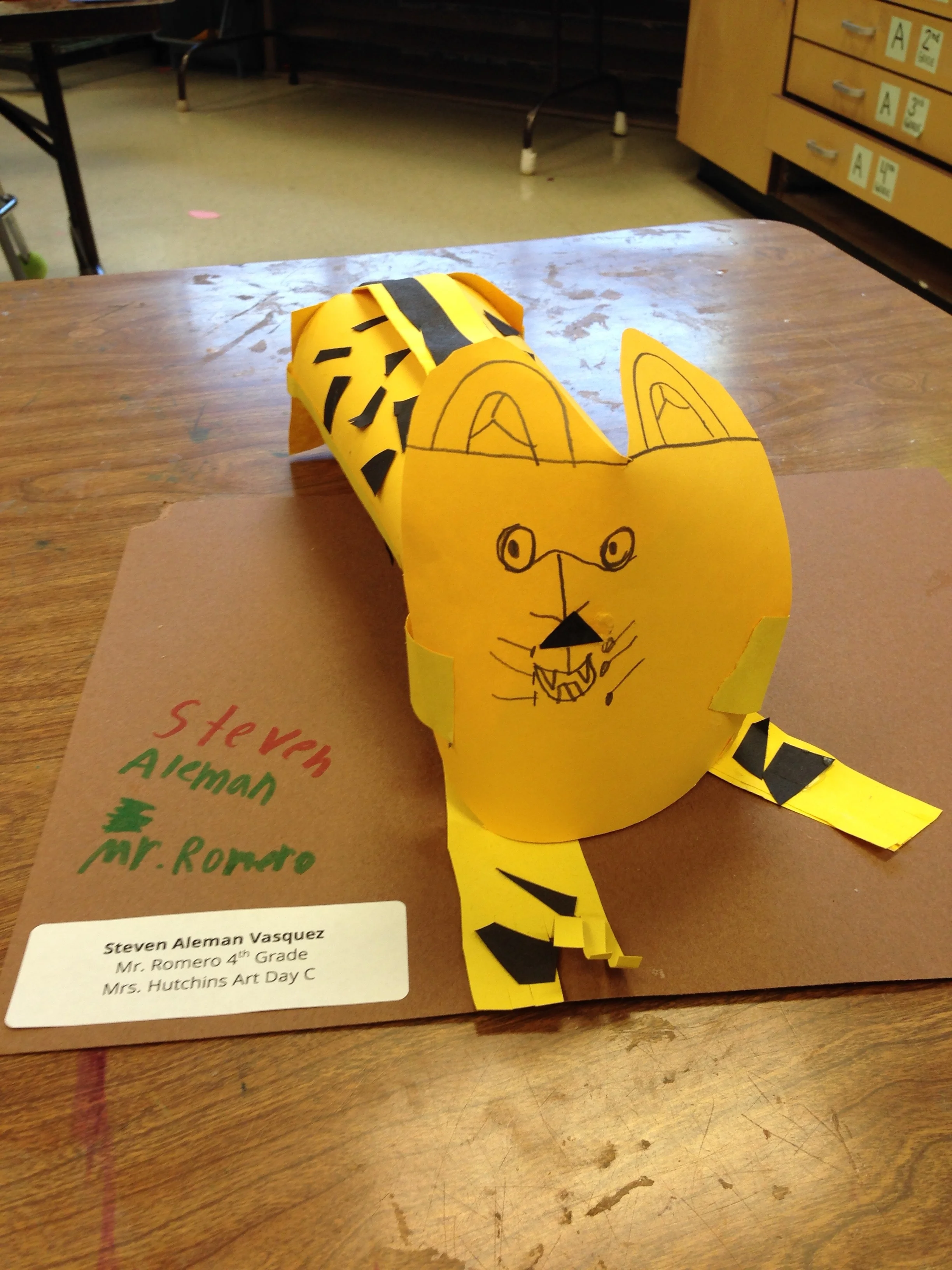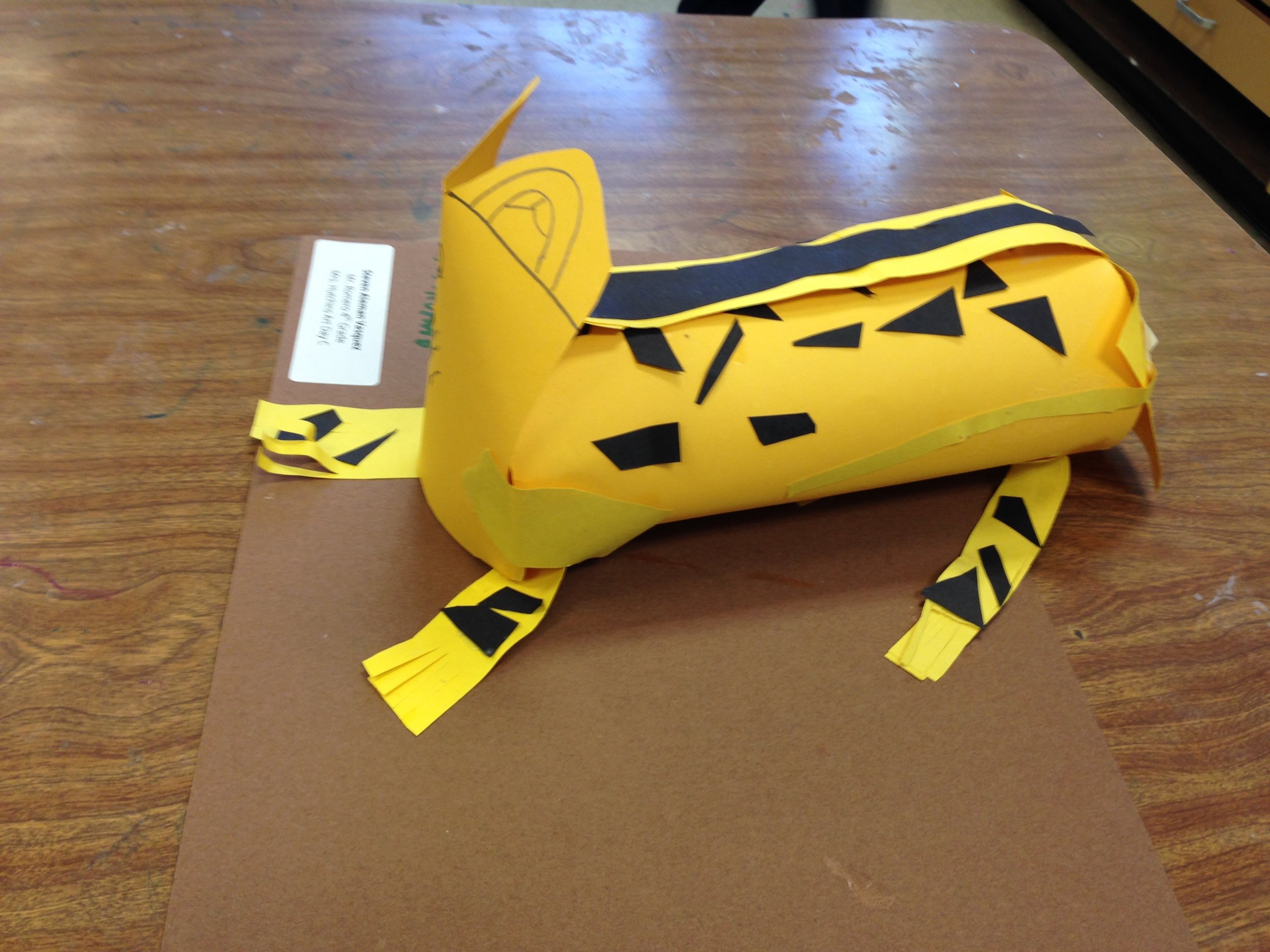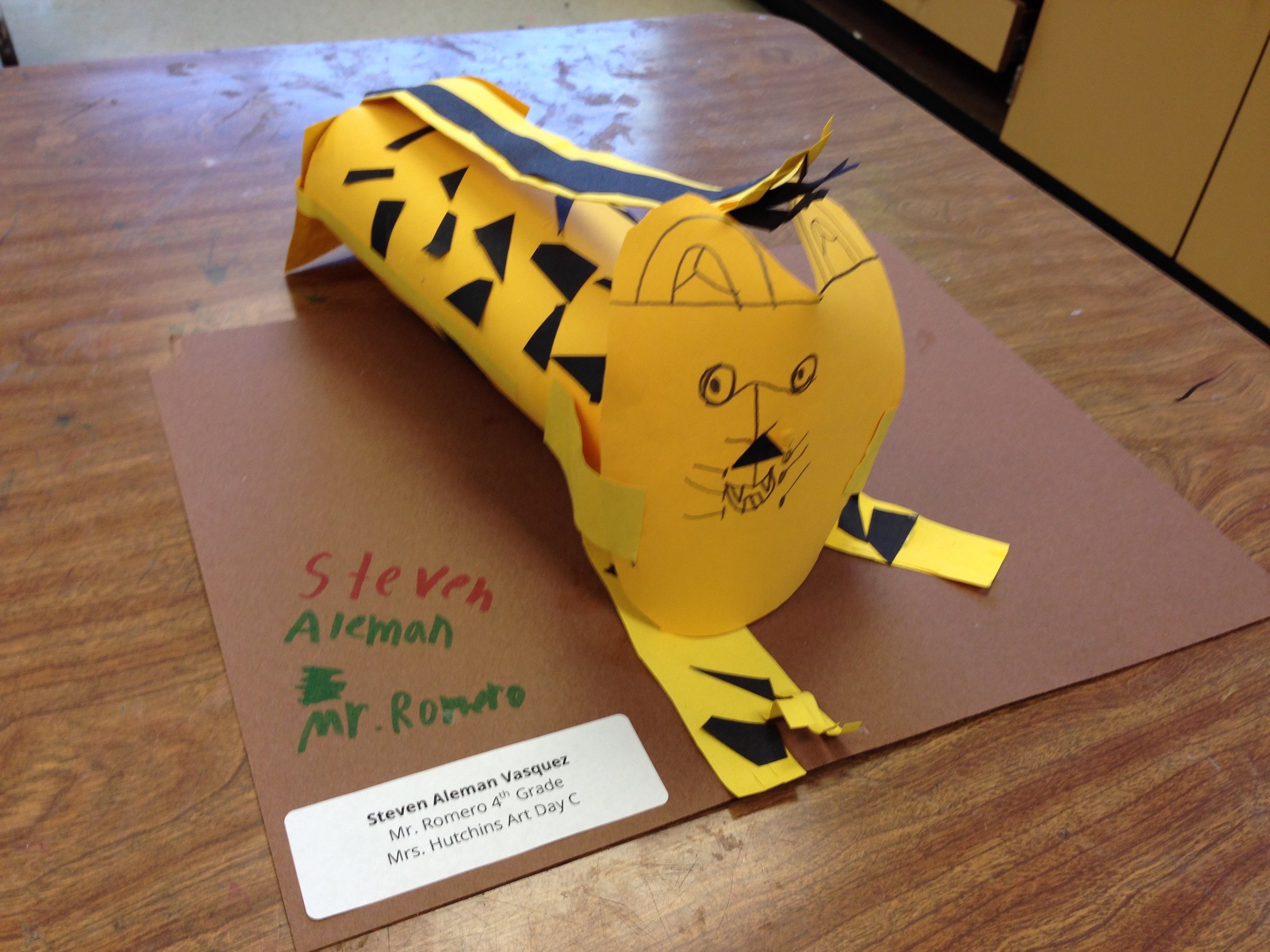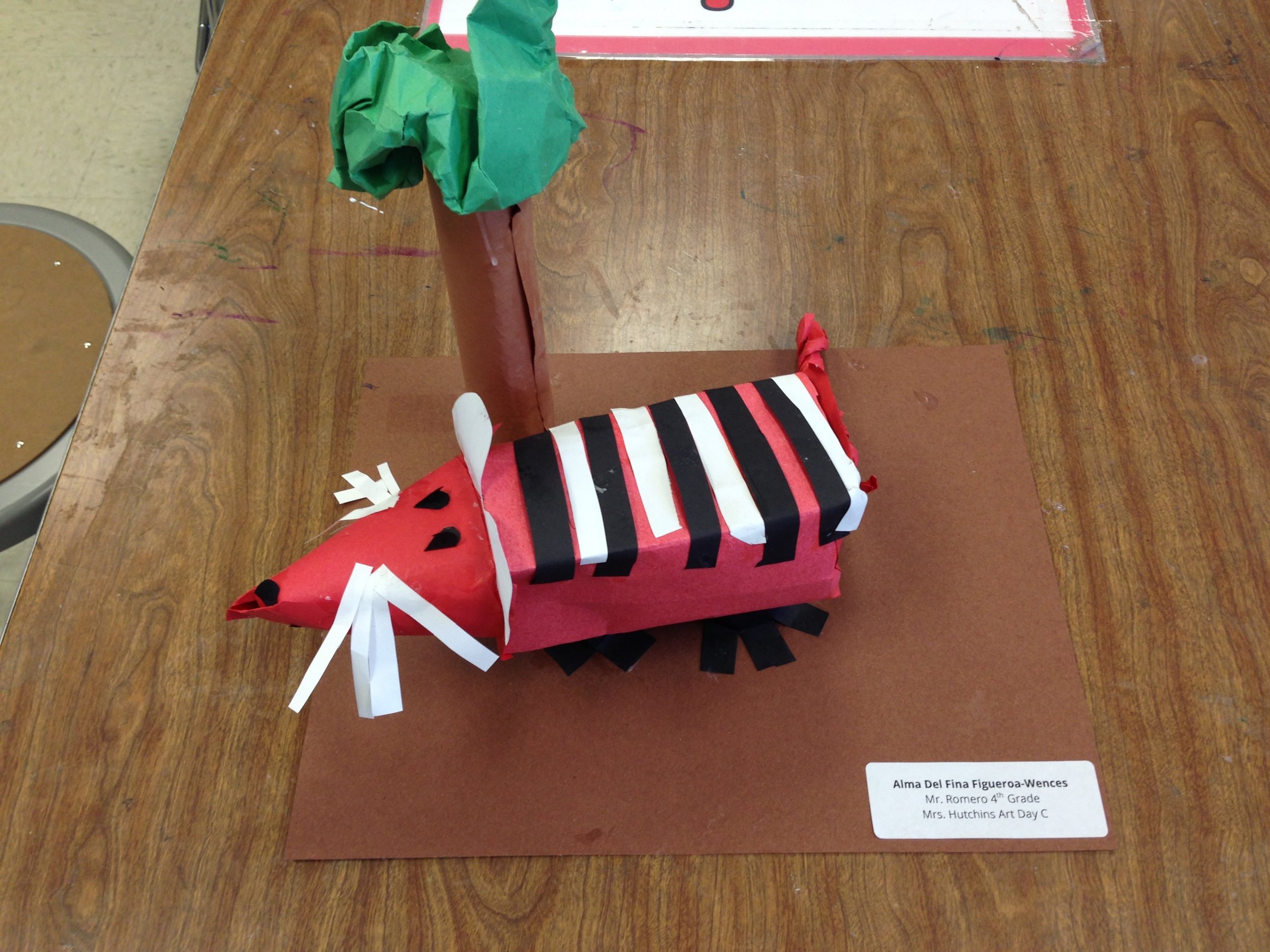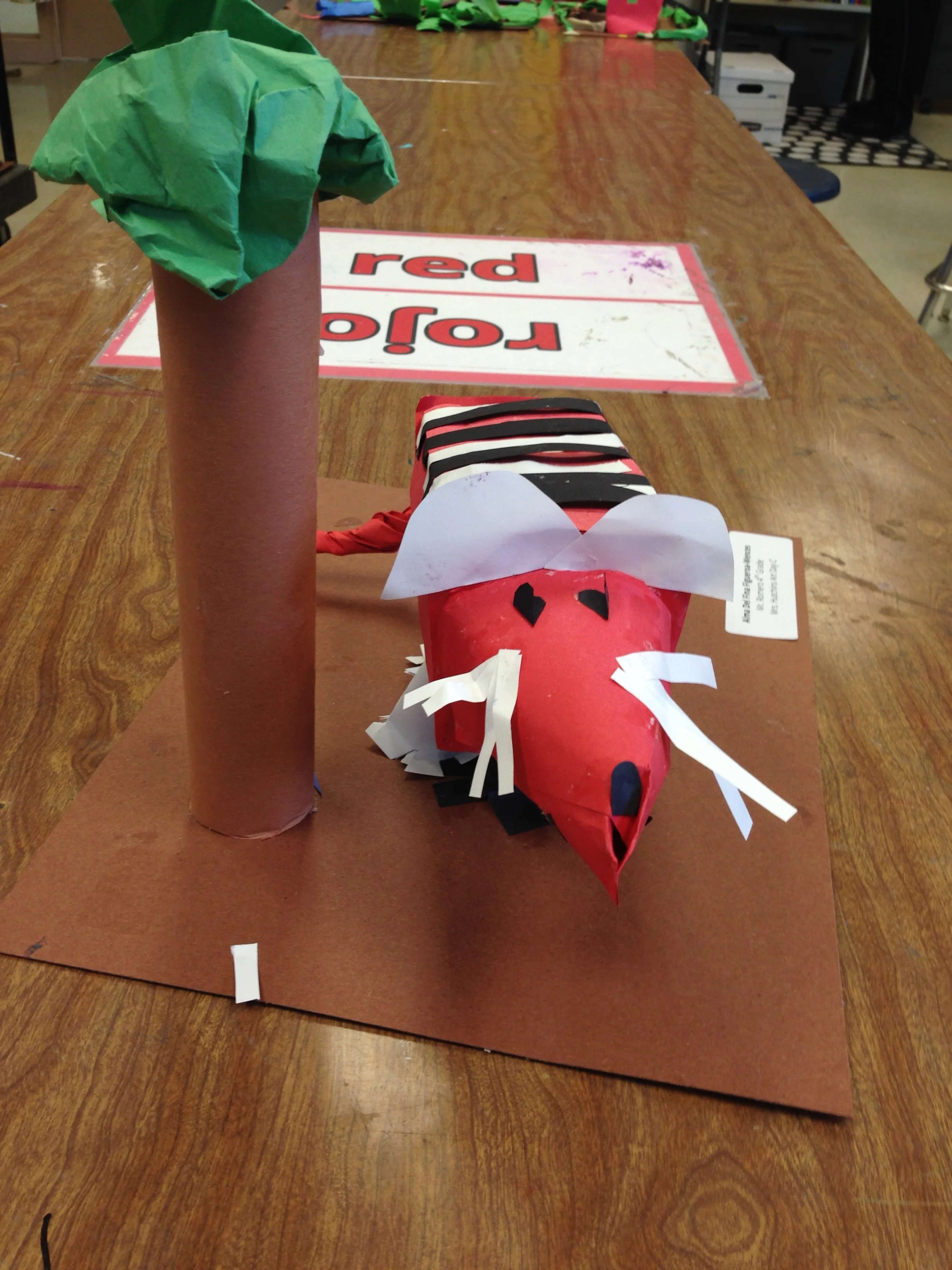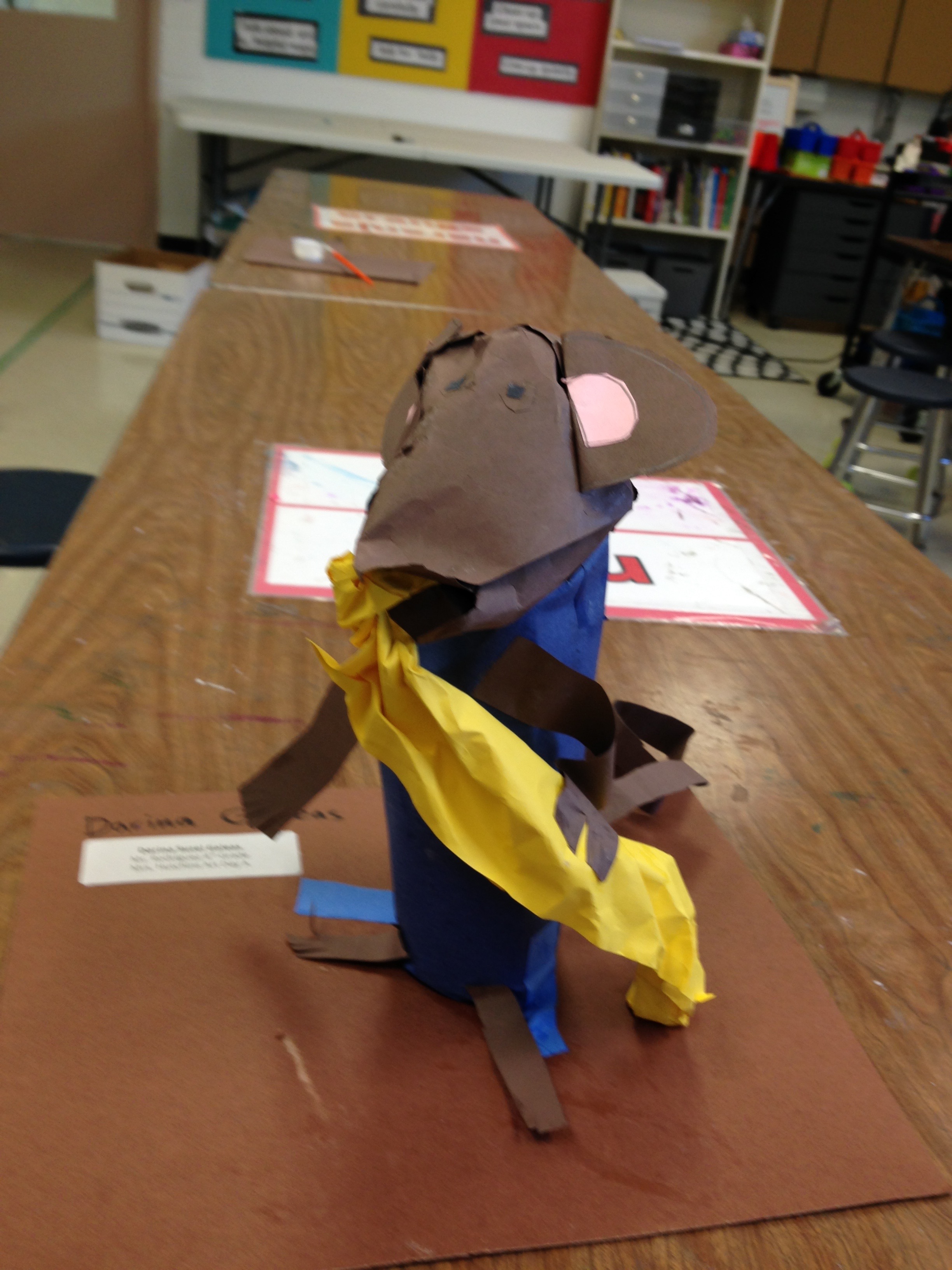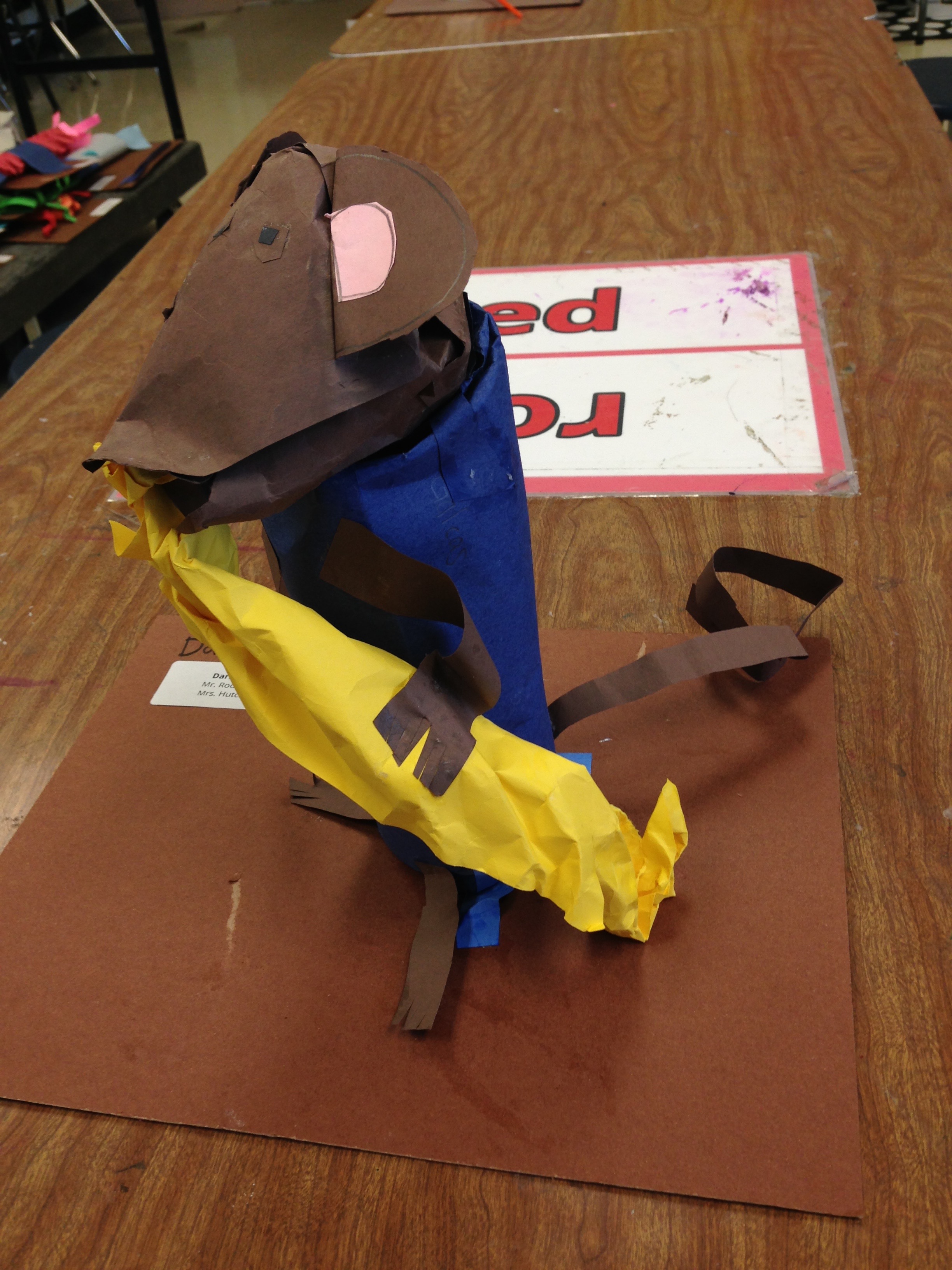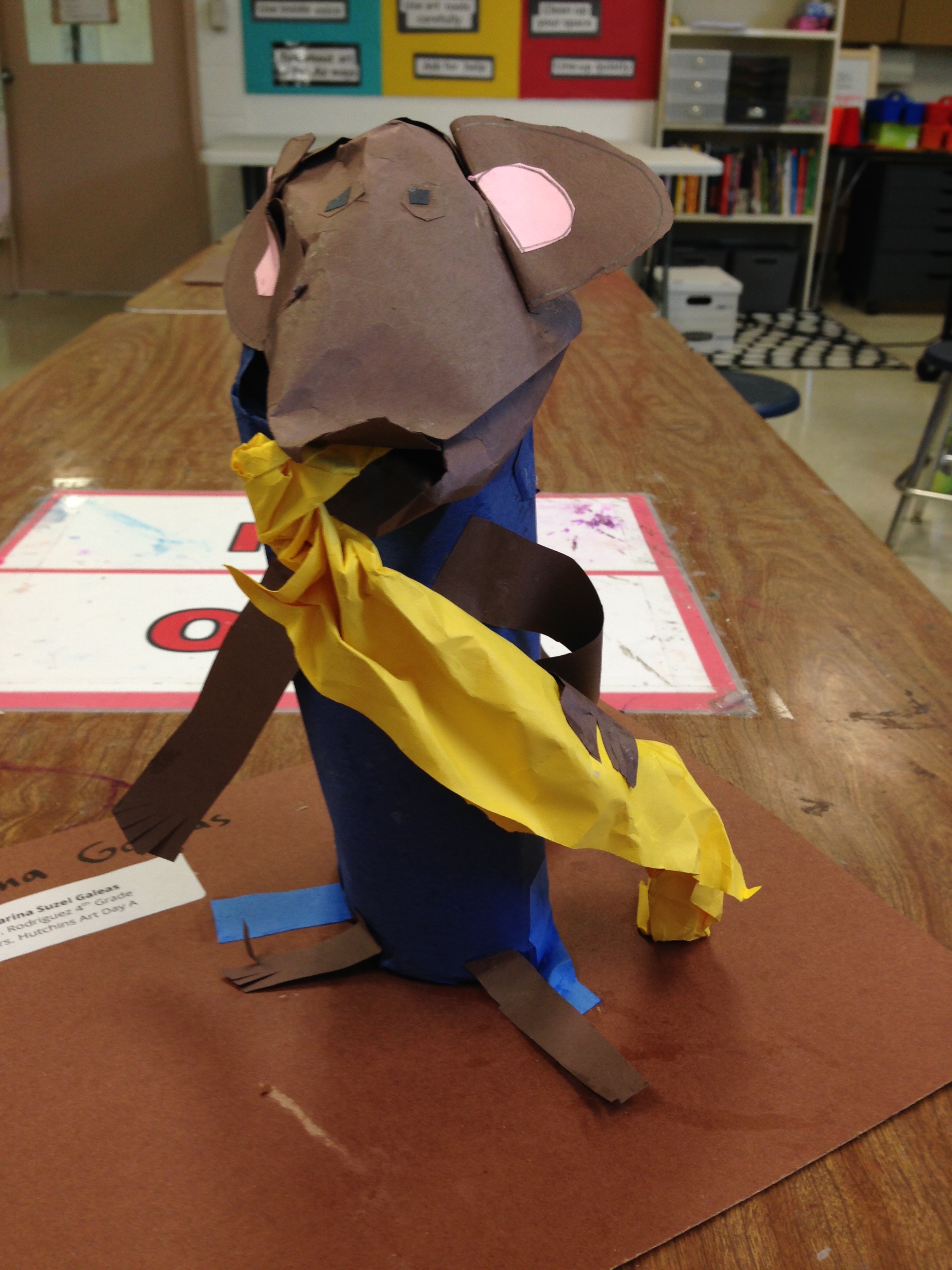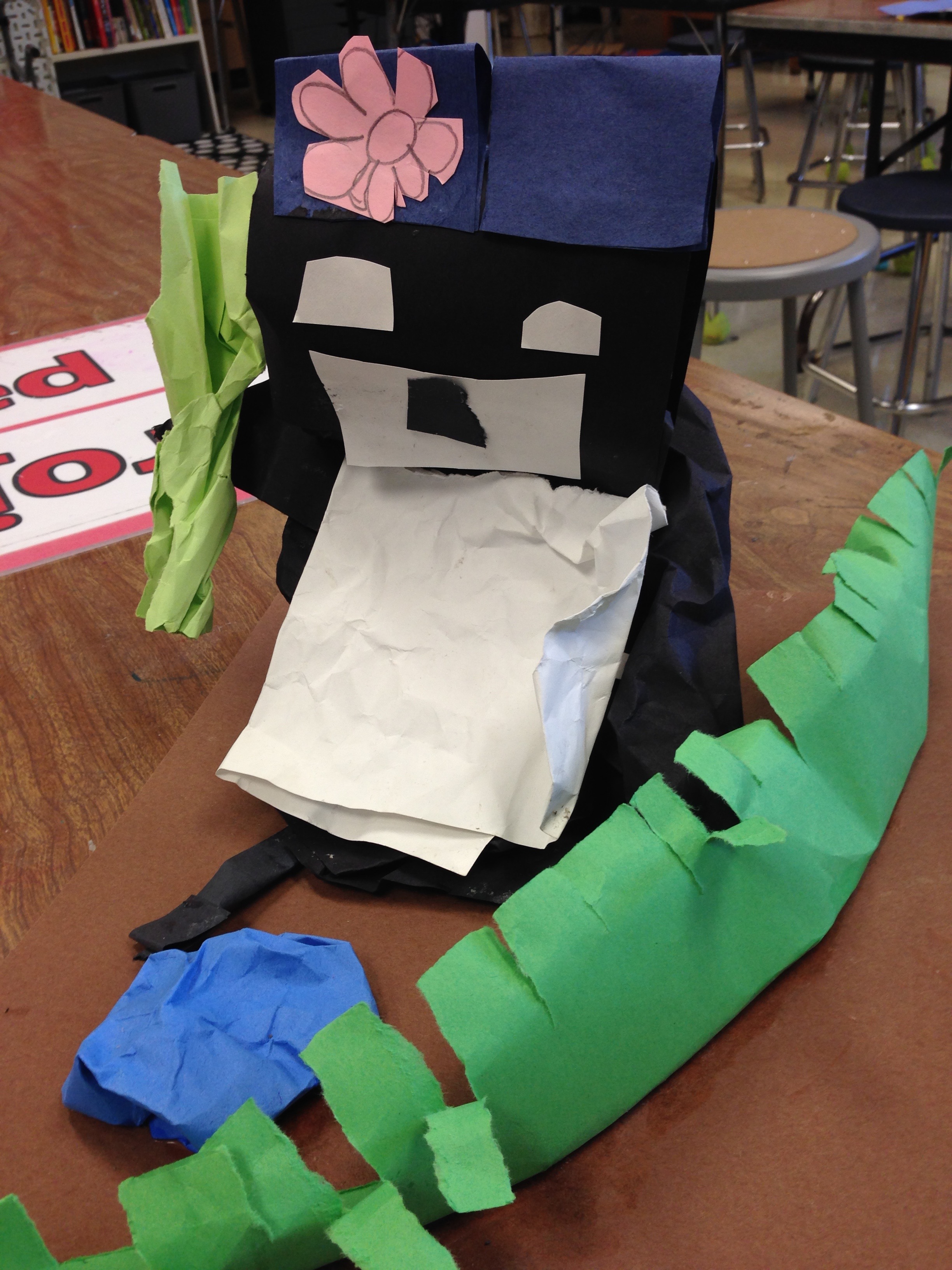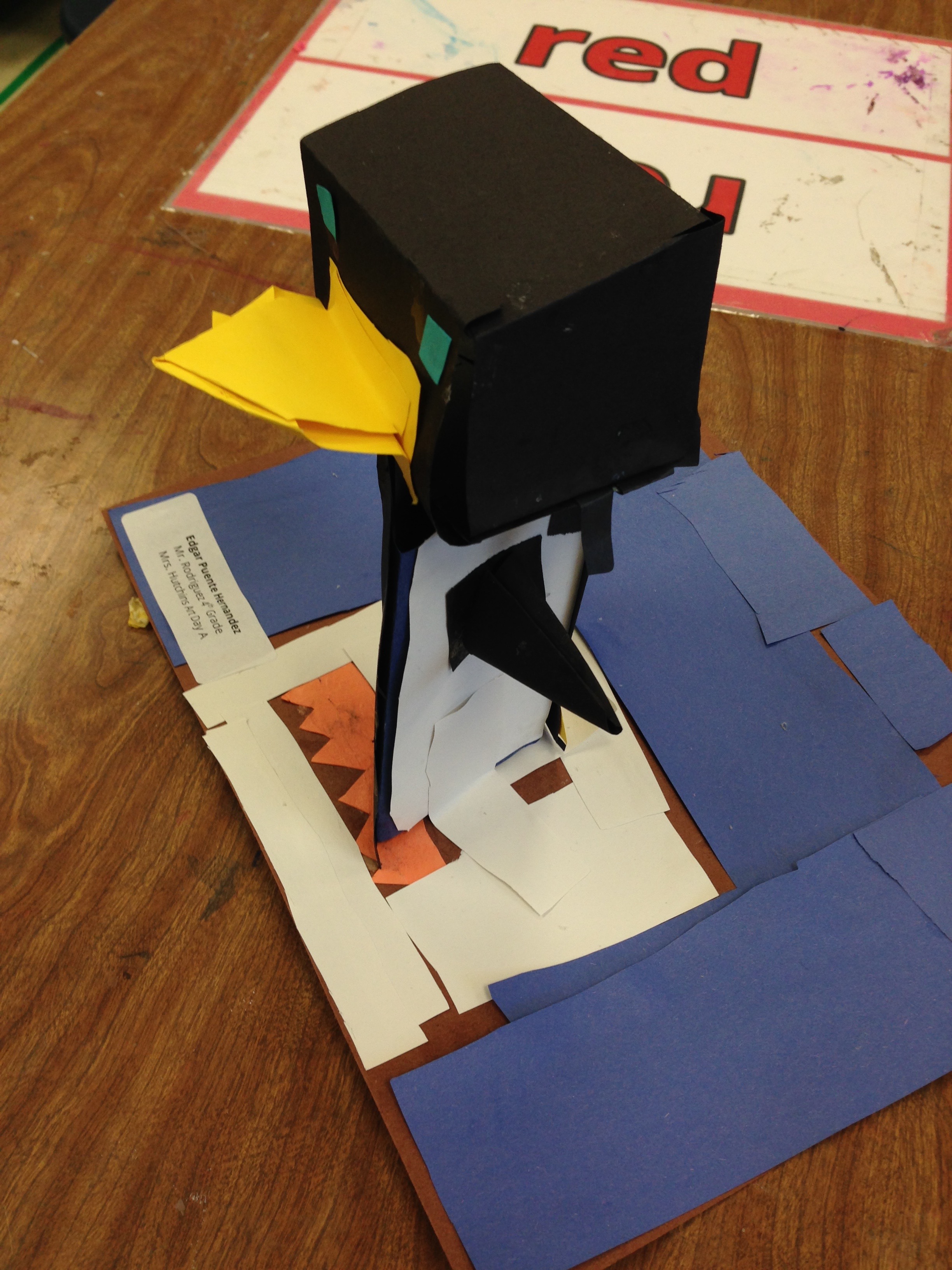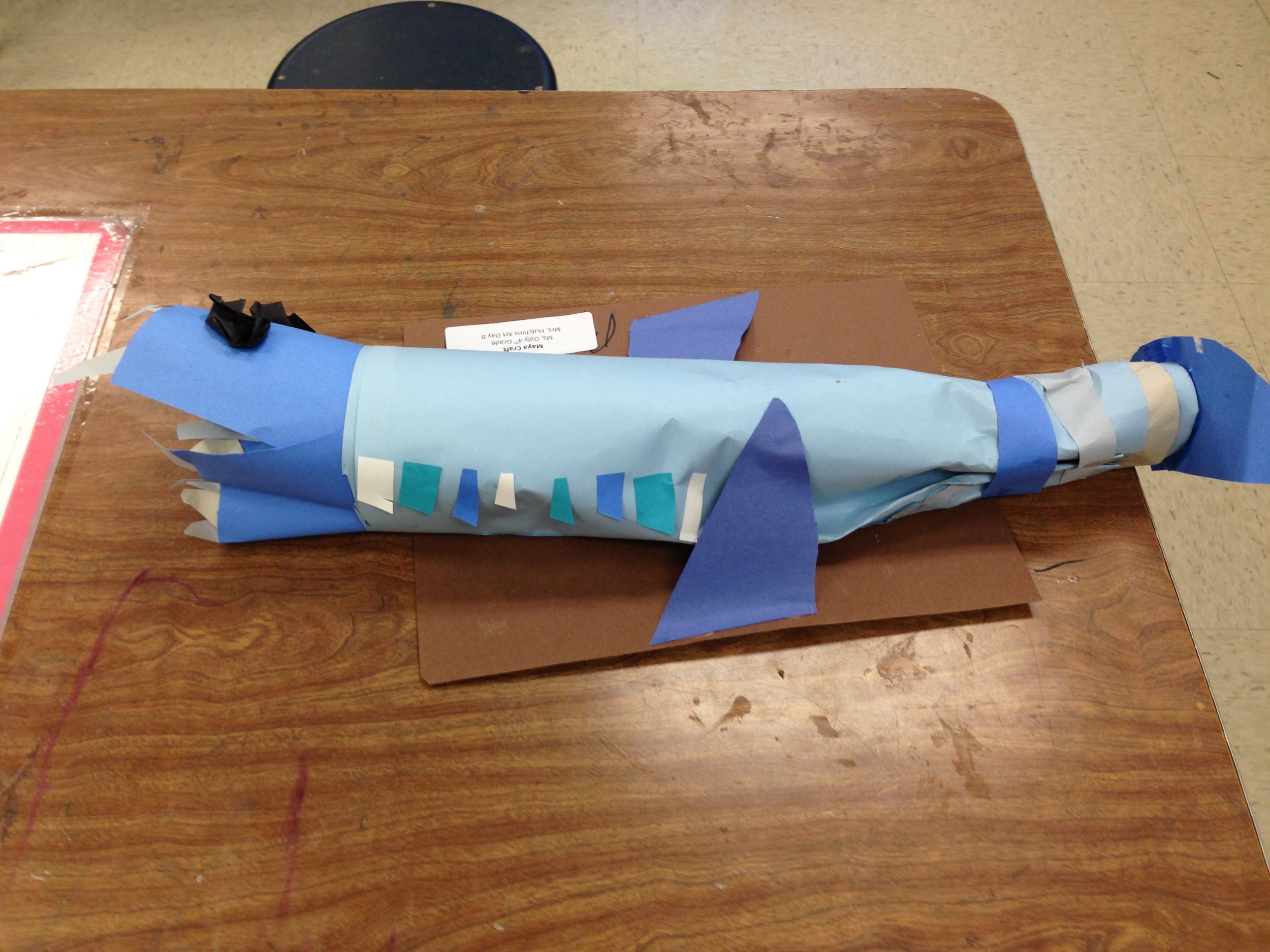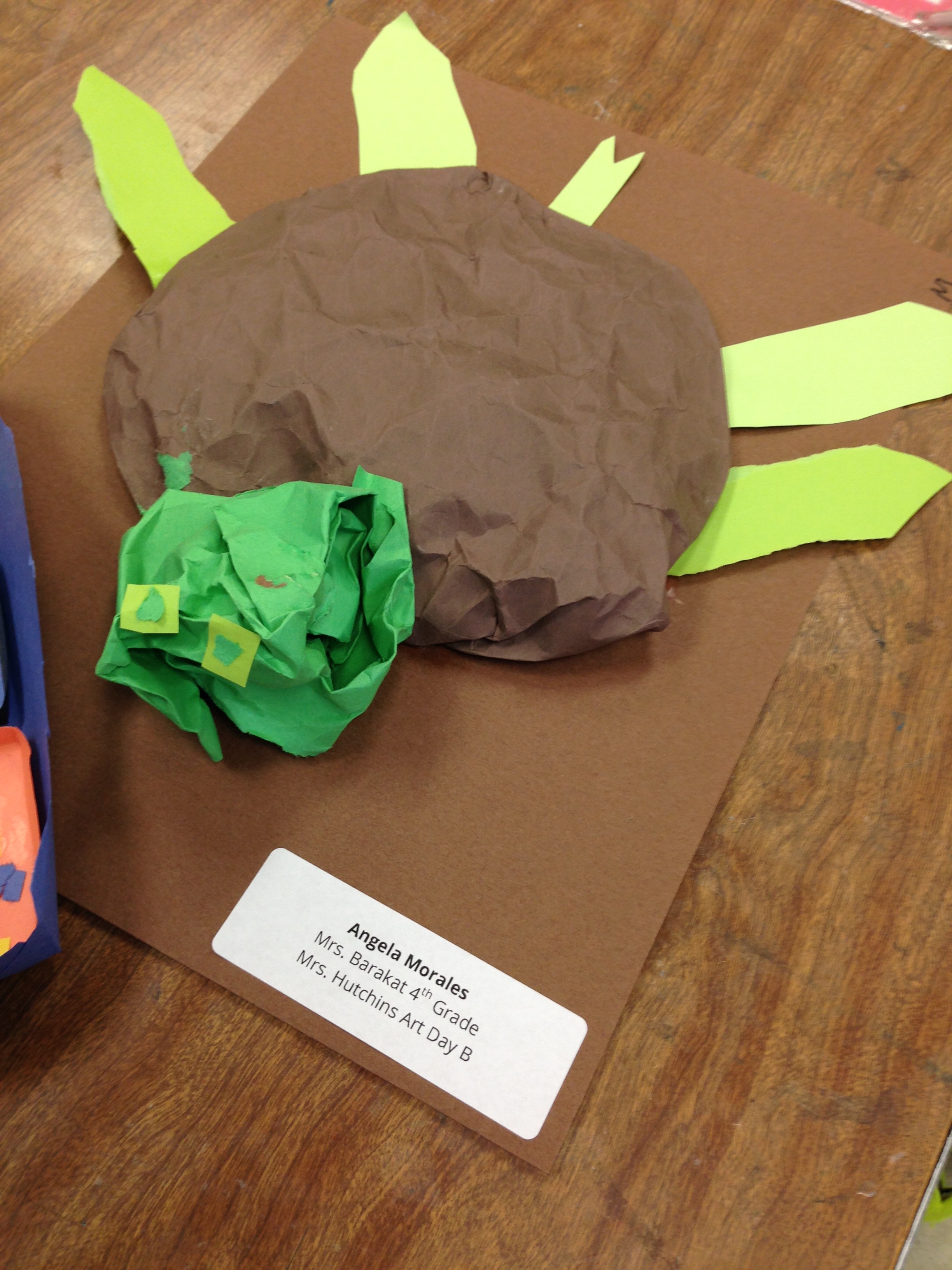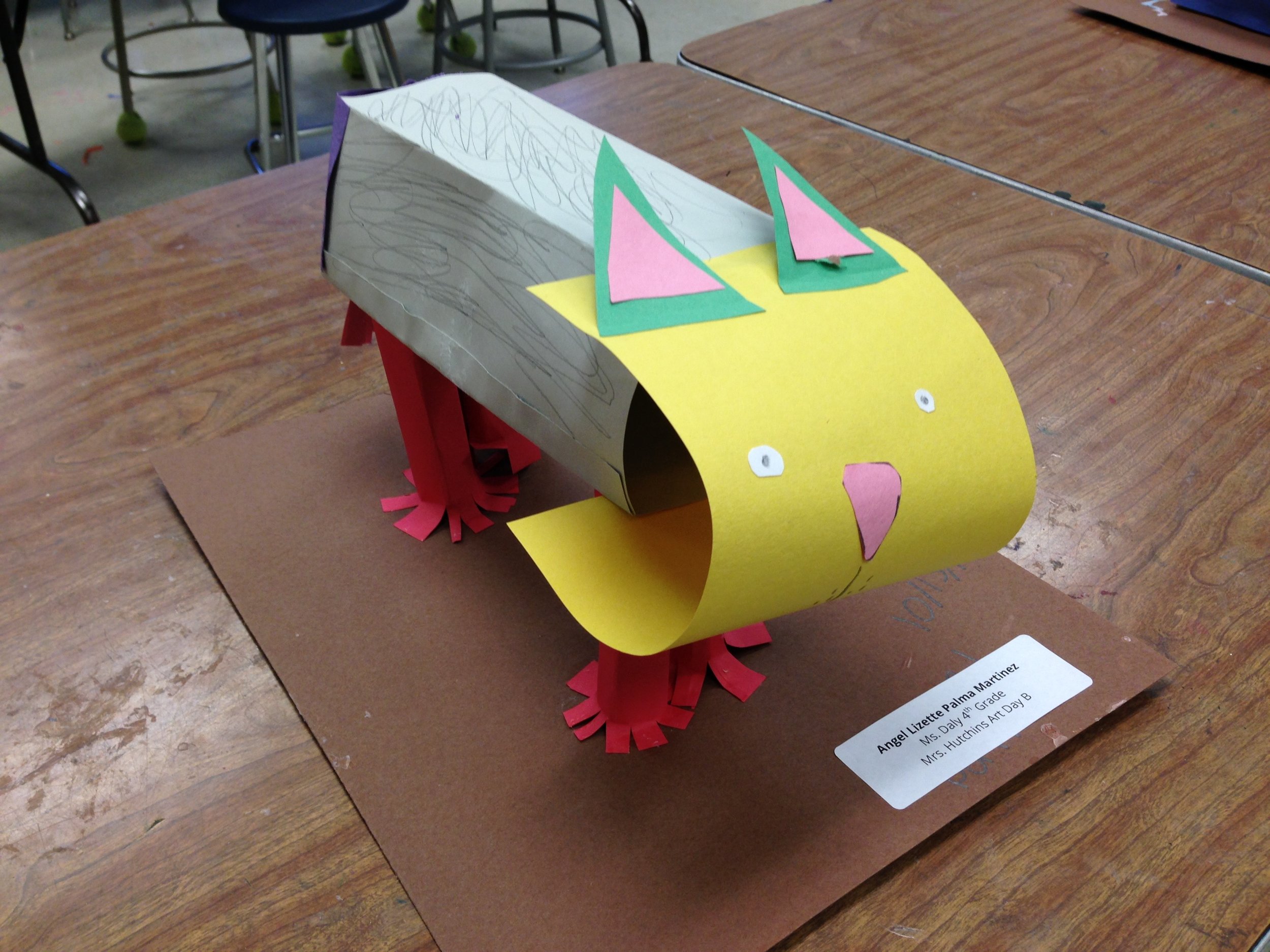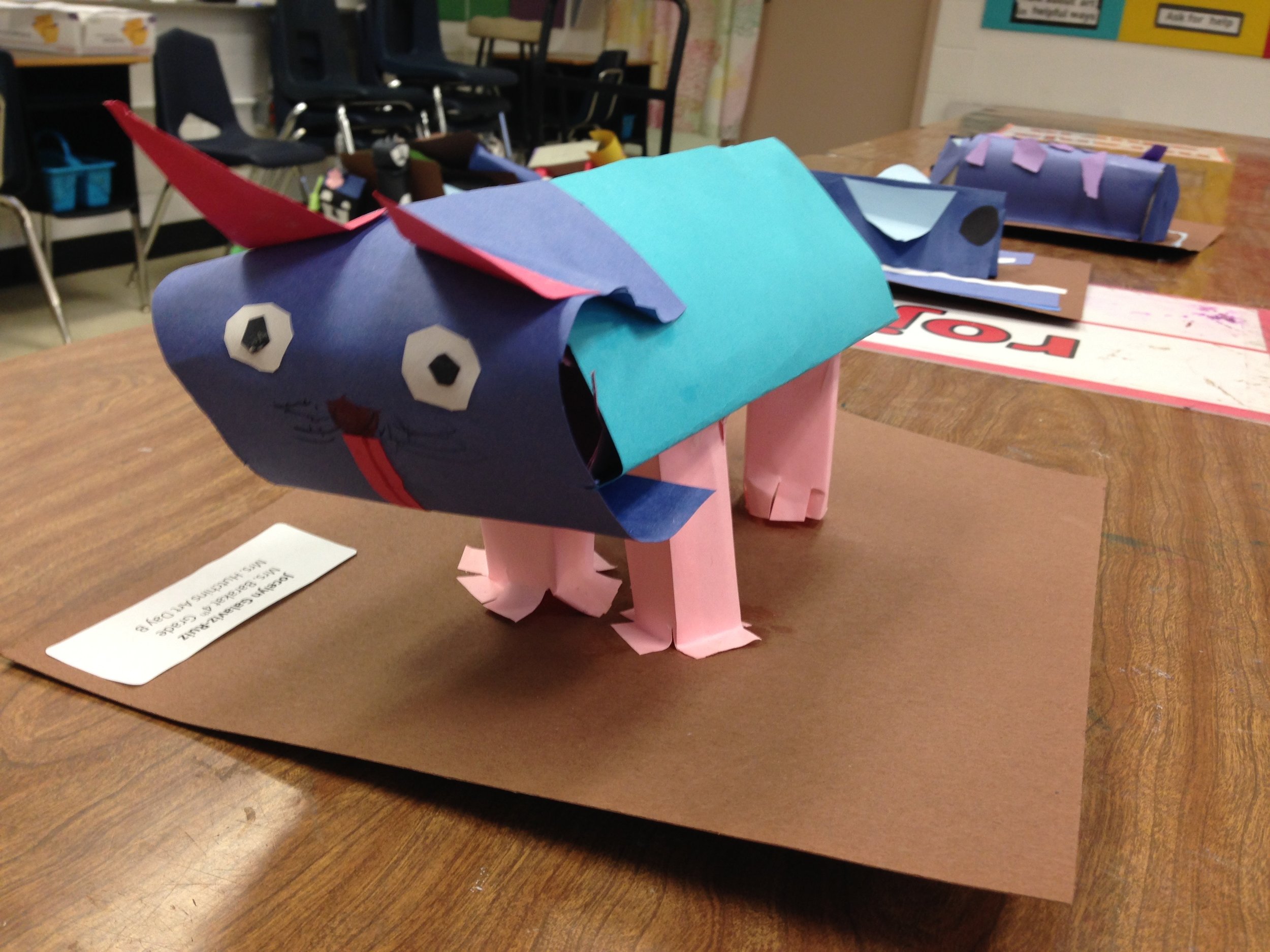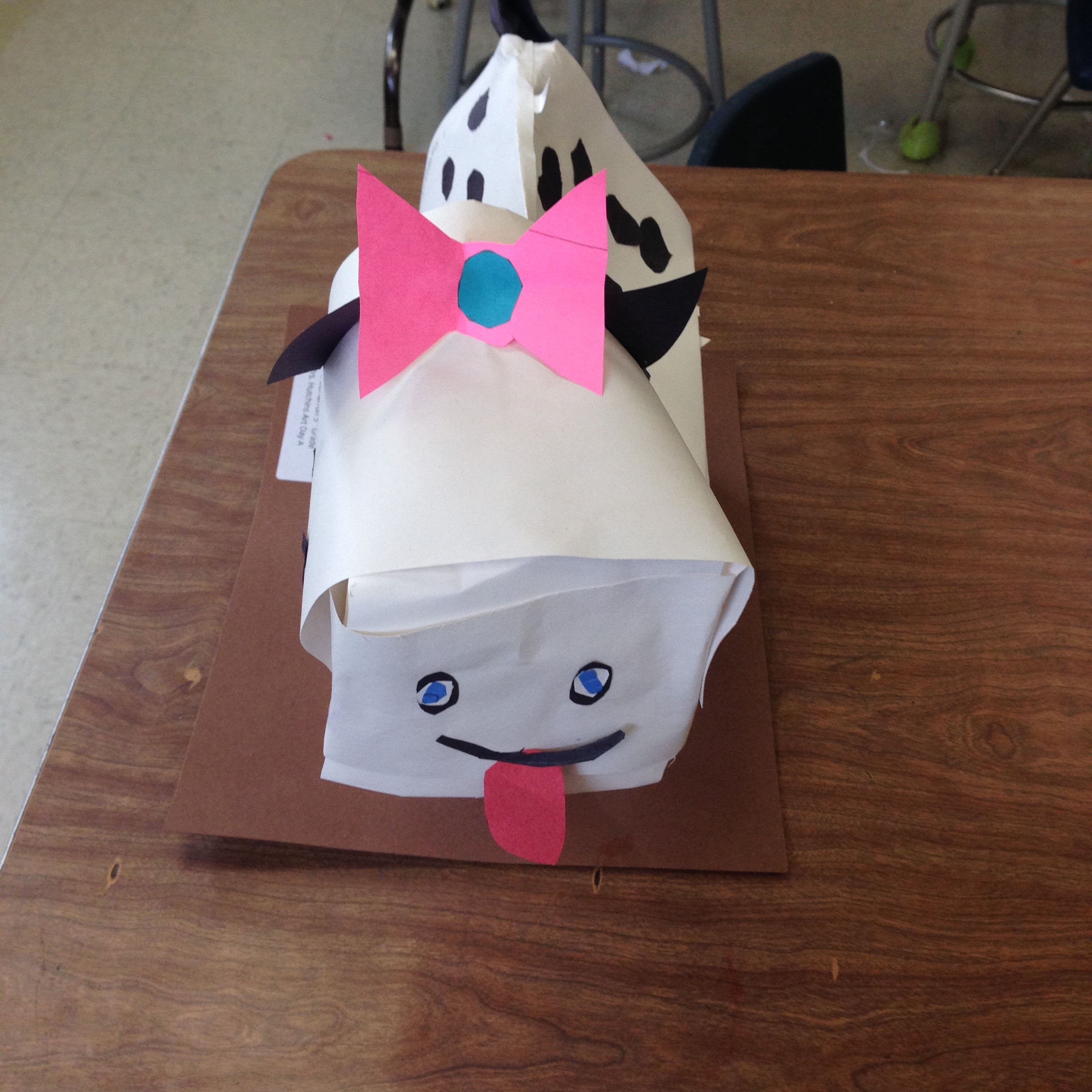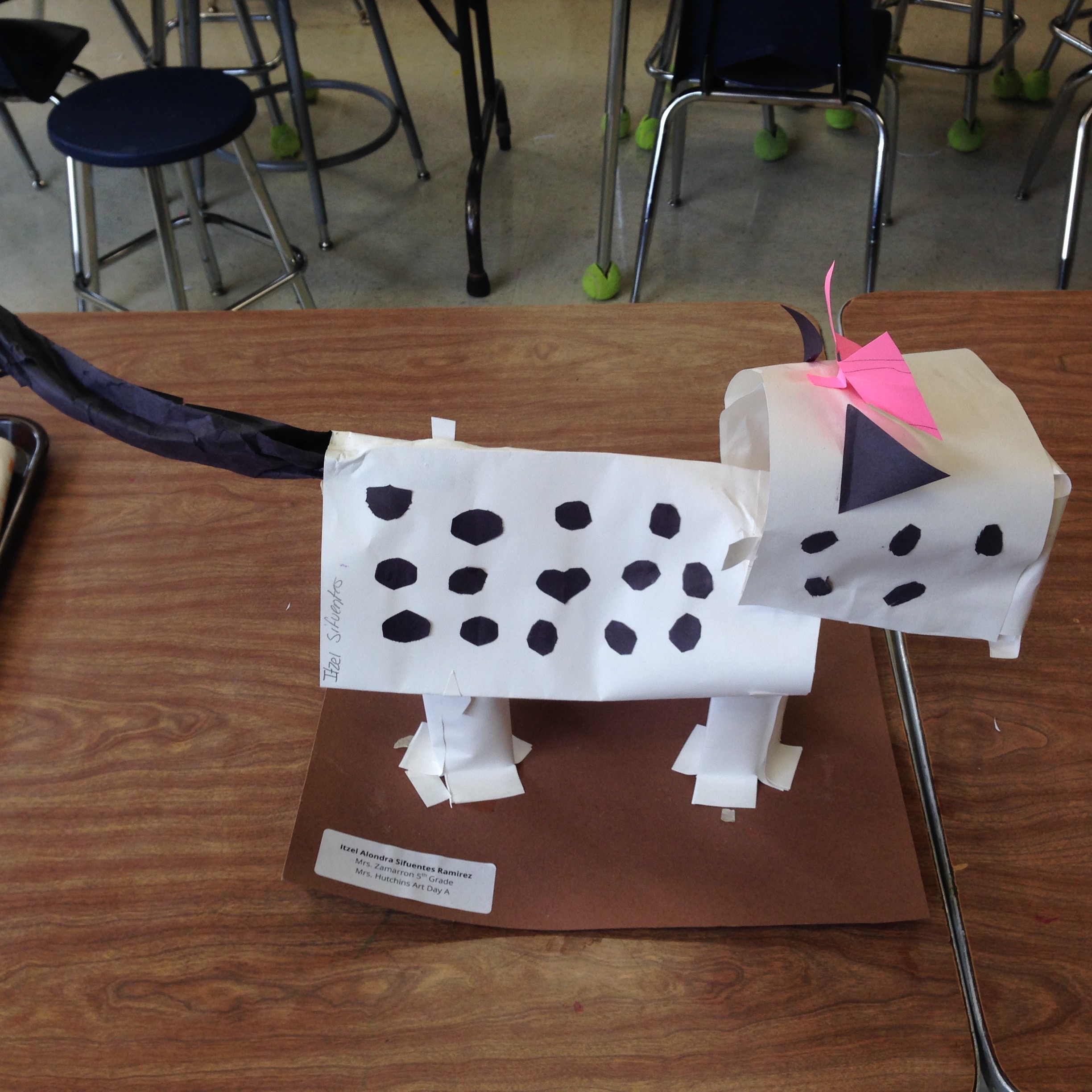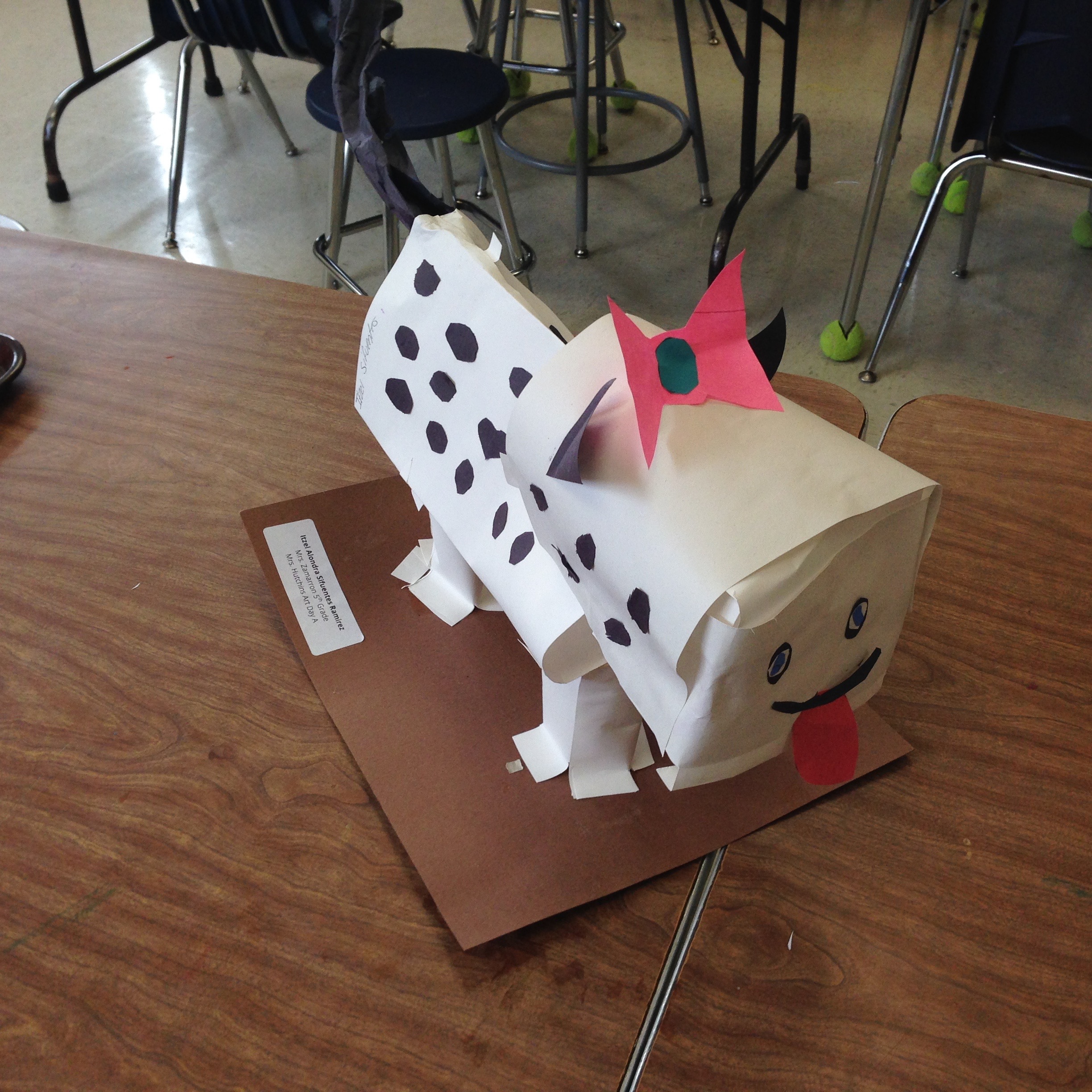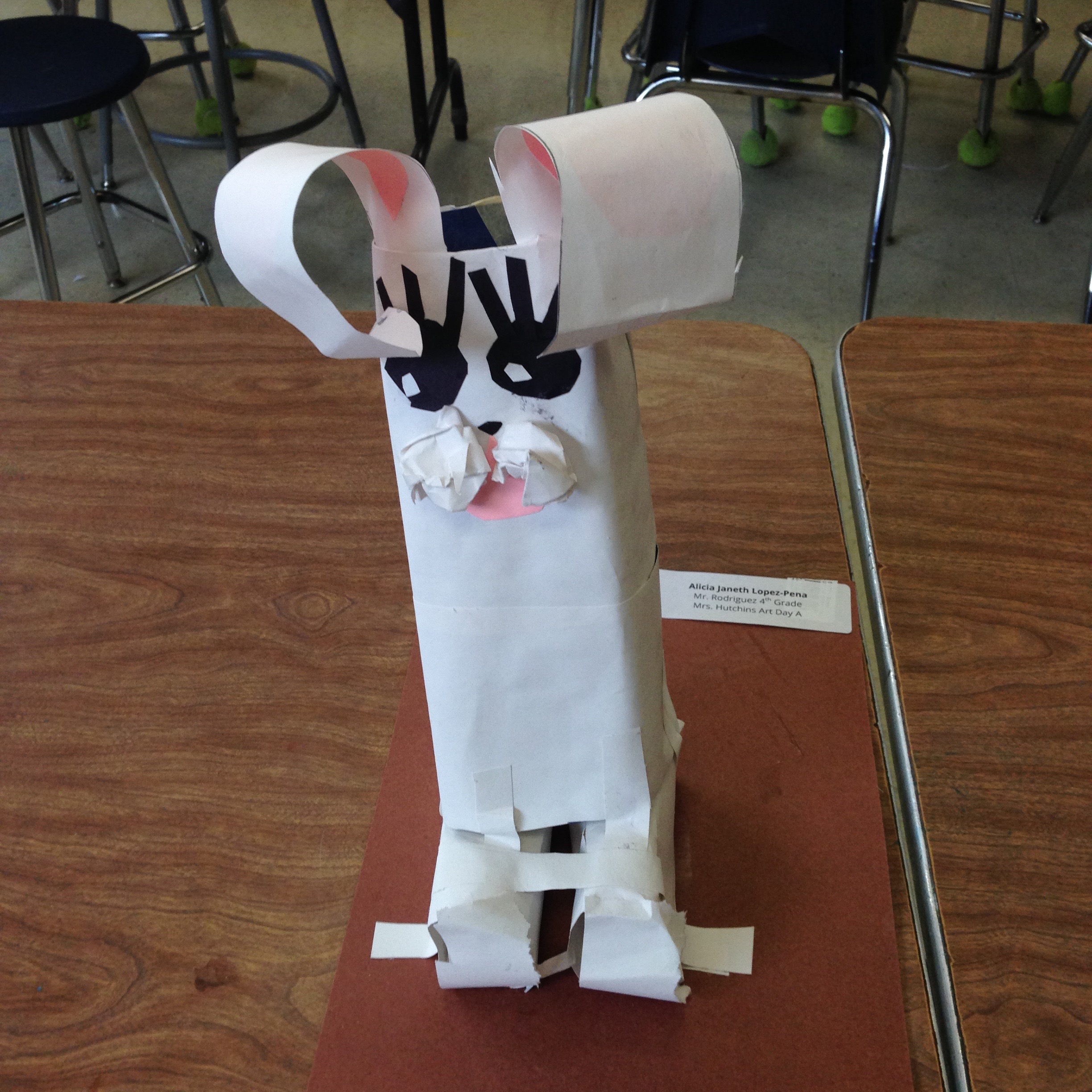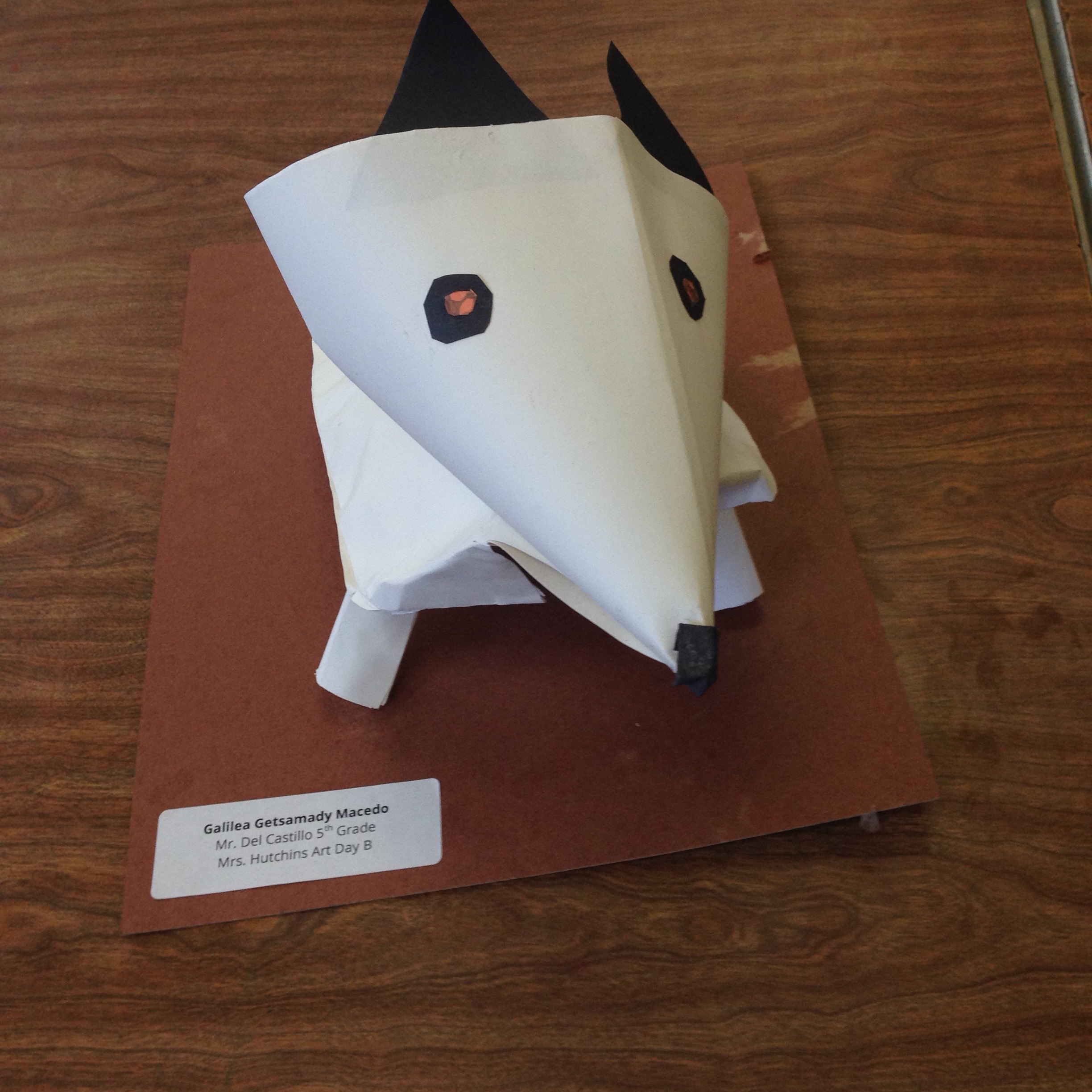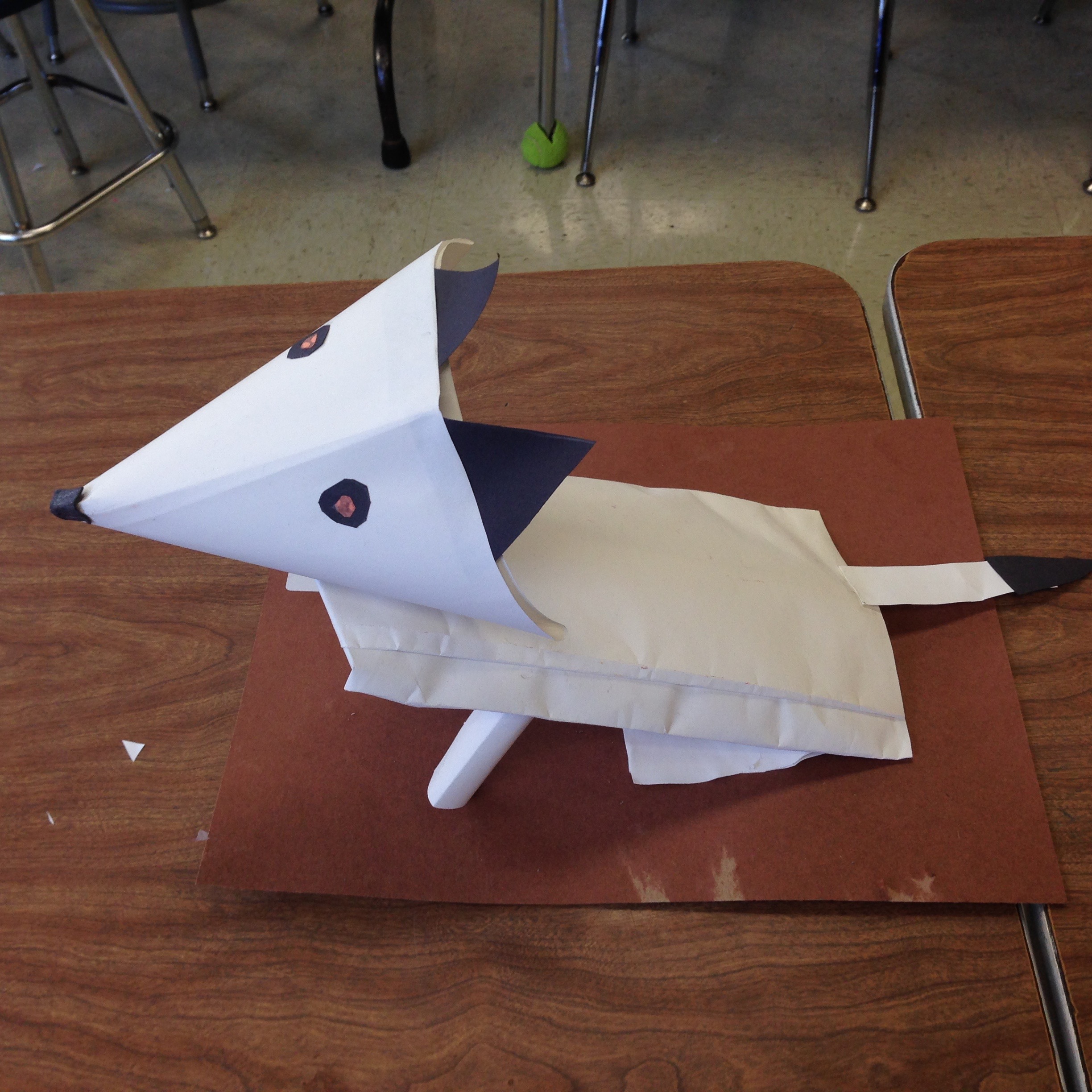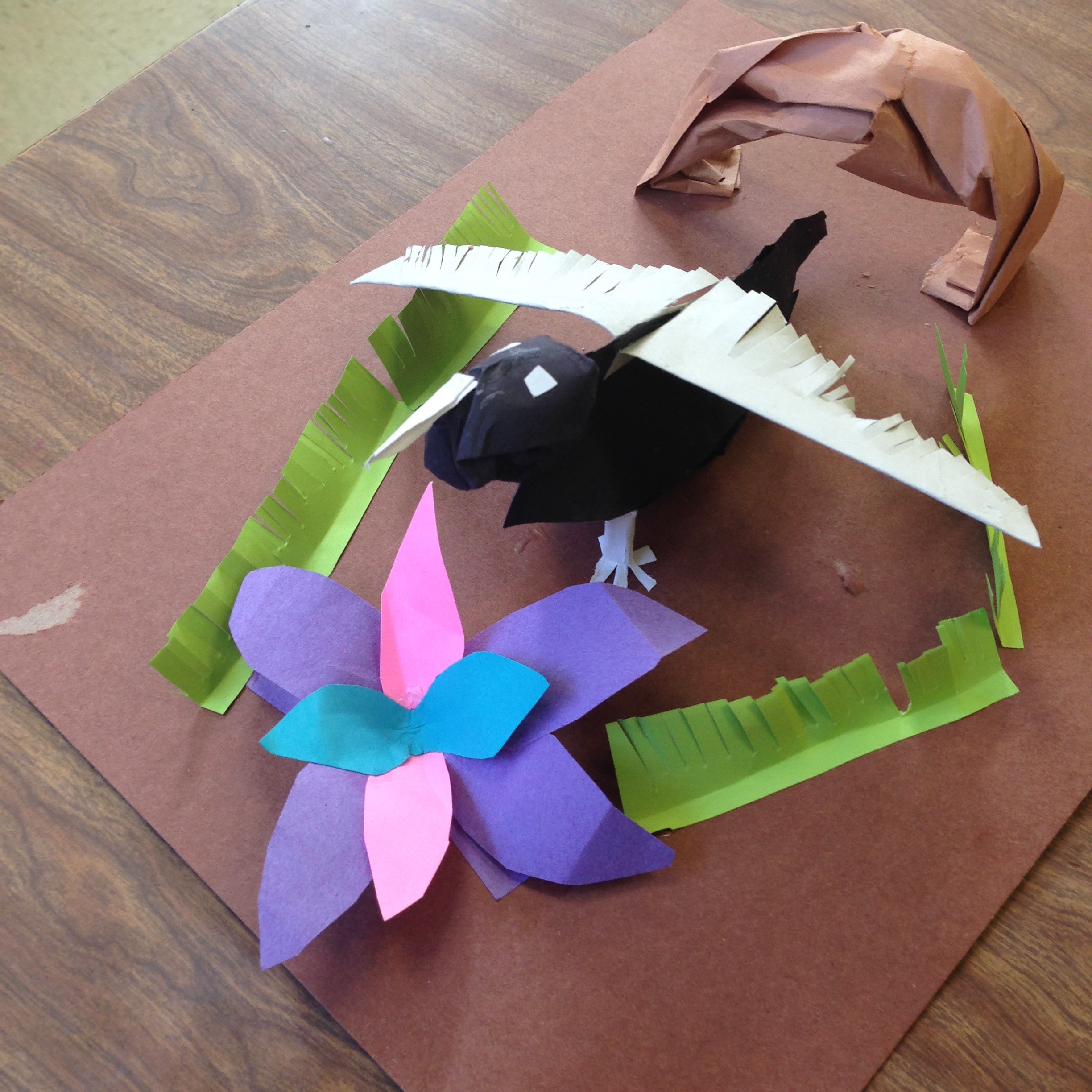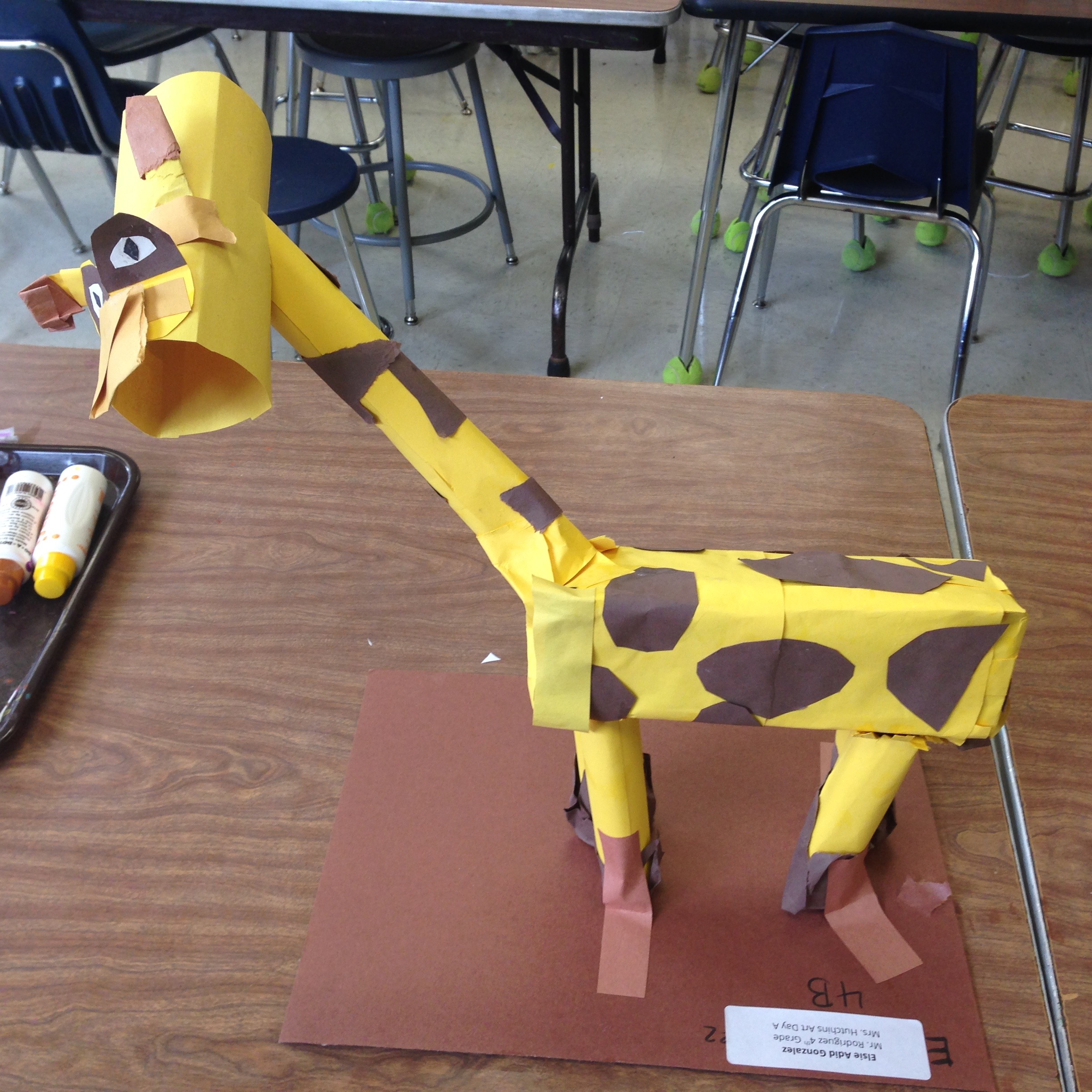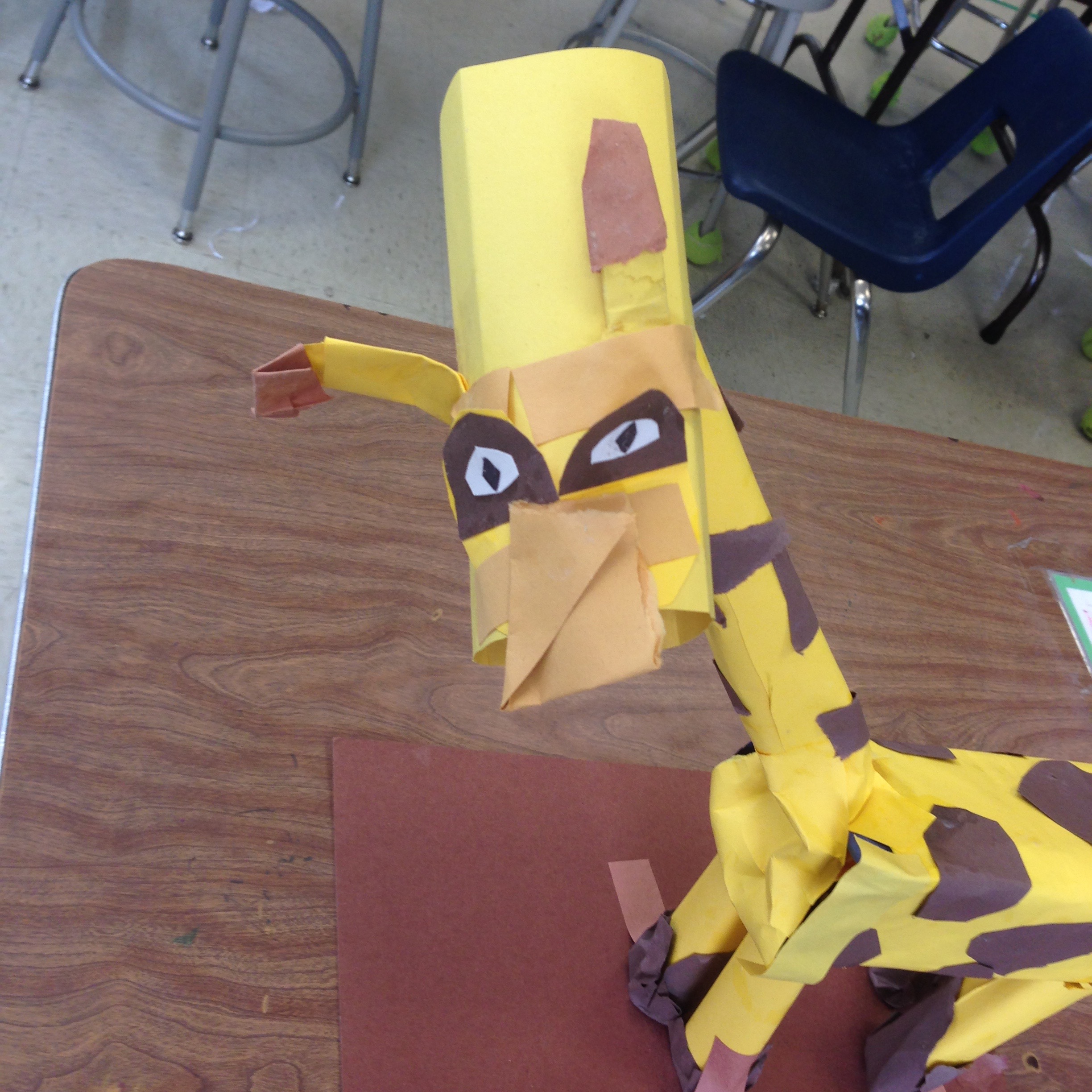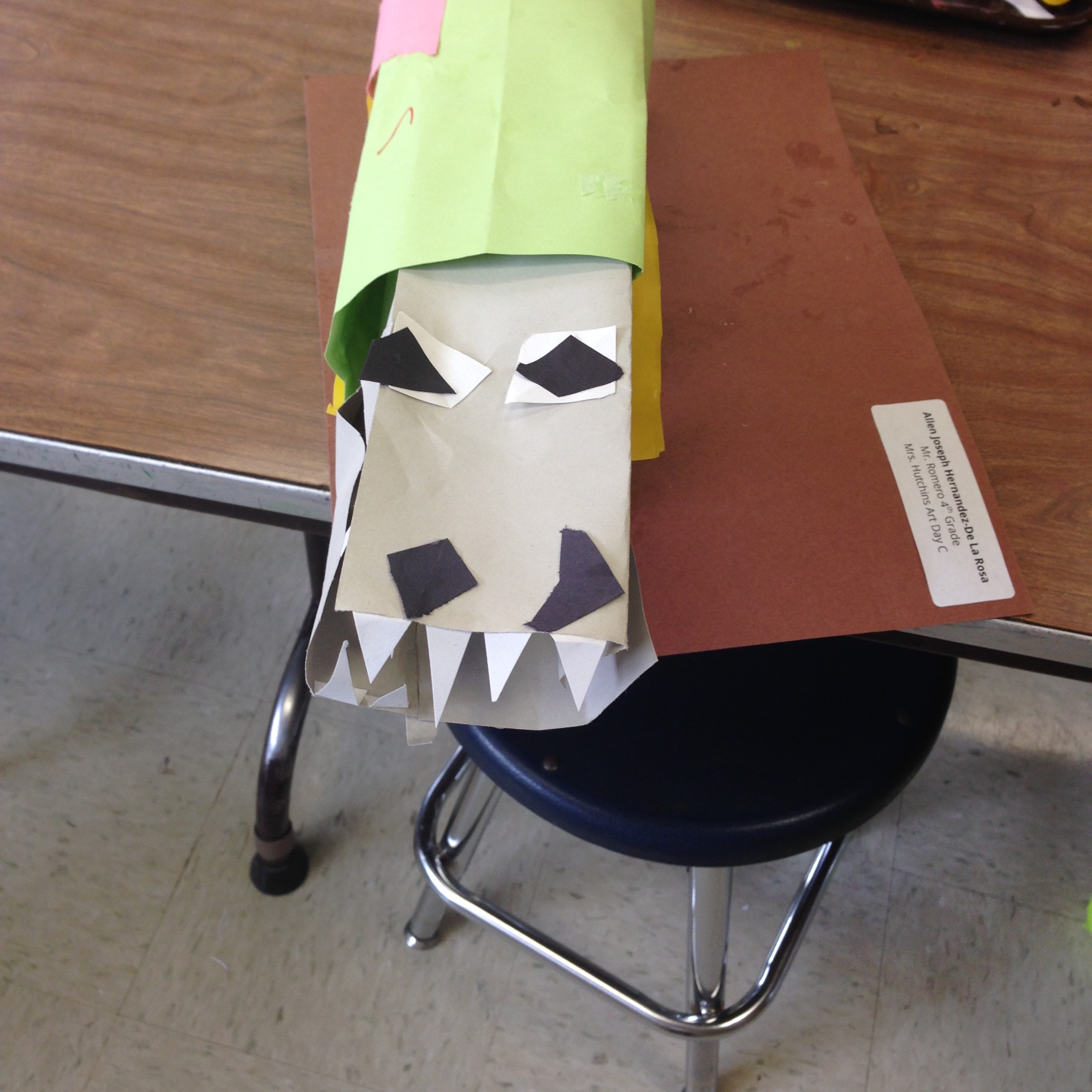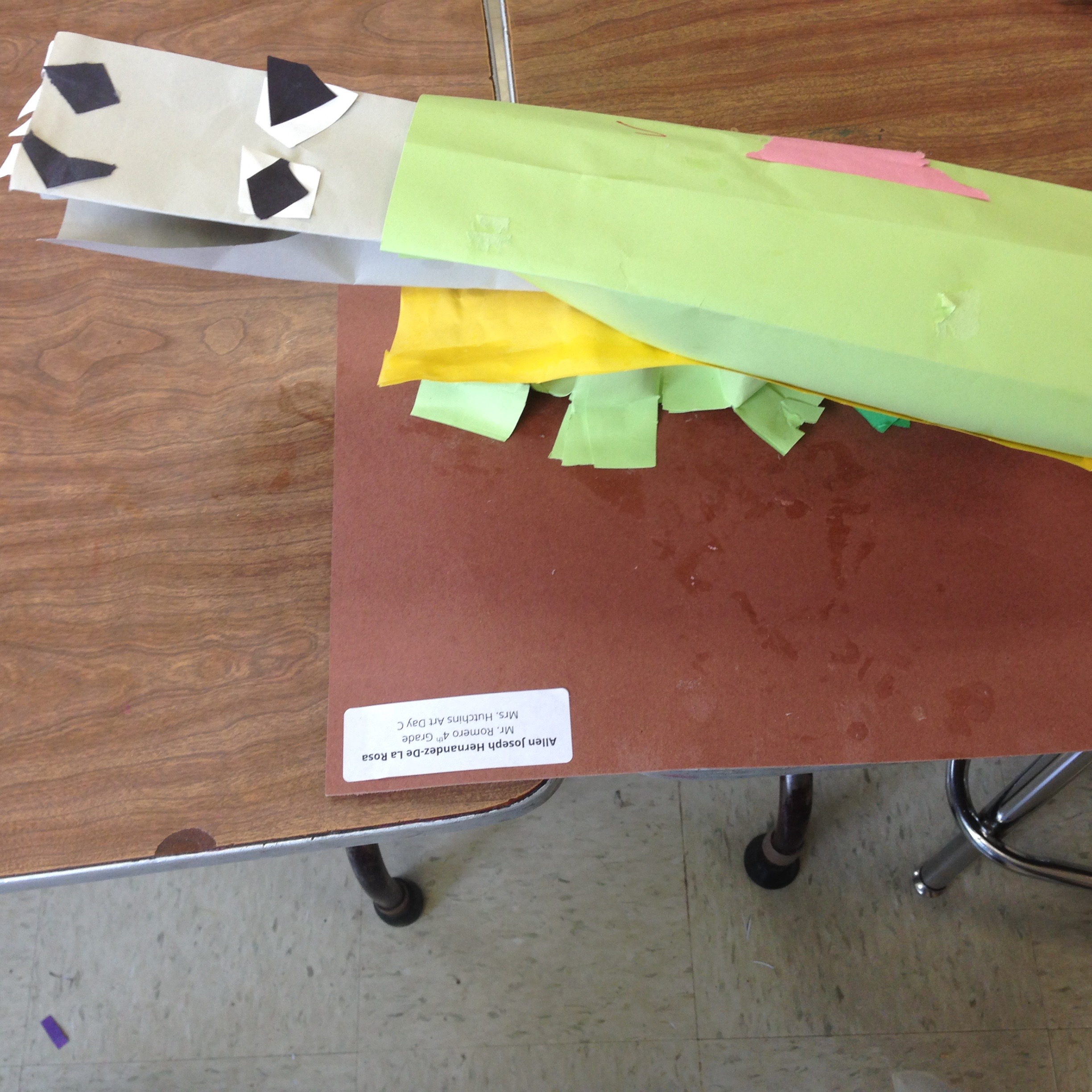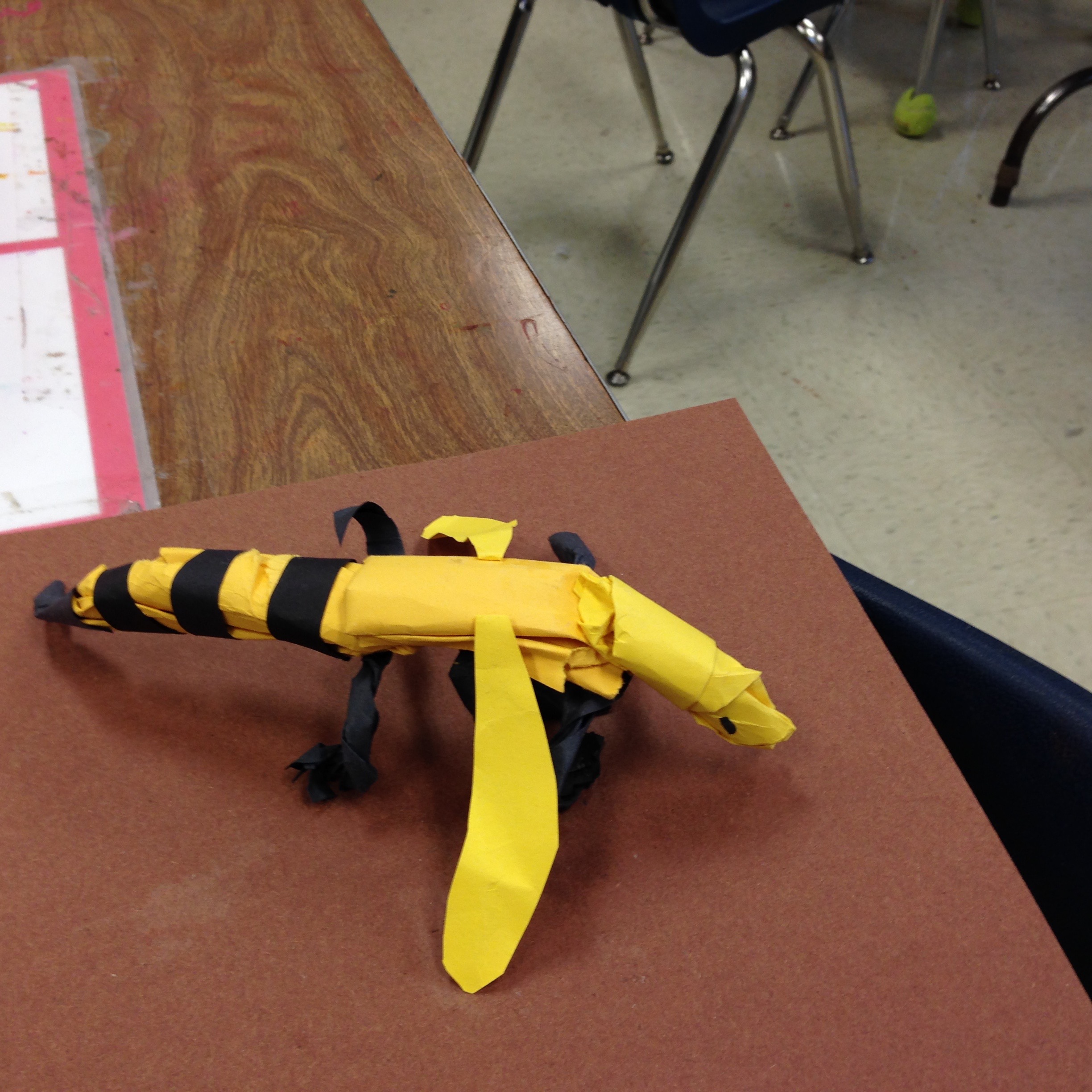Animal Drawings: Part of a District-wide Measure of Artistic Growth
My district started a new initiative last year to measure teacher effectiveness in every subject. I think that it’s important, but complicated, to assess the quality of education that teachers provide in the best interest of students. It’s complex to measure this through any kind of “test” format, considering the diversity of our students (including differences in behavioral and cognitive development within a single class, not to mention differences in socioeconomic and home life situations).
Our district leaders in Visual Arts met with elementary art teachers to discuss the new initiative at the beginning of the academic year. Referred to as SLOs, these tests measure growth based on Student Learning Objectives. I got an impression from our leaders that these SLOs would be a work in progress to be later refined. In terms of measuring teacher effectiveness, it was a fair start to look for growth; it beats trying to measure how each student can match an “ideal” outcome at the end of the year, no matter their starting point. However, I still think this first attempt at SLOs was flawed in a few ways.
The SLO Task & Rubric
Elementary Art teachers had the option to choose one grade level for the SLOs. And, within each grade level, there were maybe a couple of different activities (mostly drawing) to choose from as the measurement for artistic growth. I went with the Kinder Shape Animals activity because the simple nature of the task felt like a good choice to get to know the process in this first run. Here you will find the rubric and prompt for this activity. My kinders were prompted to do the task in the beginning of the year, and then again at the end of the year.
The selection of activities can be problematic. Firstly, the nature of drawing materials on paper makes it manageable for the teacher to grade and compile documentation, compared to bulkier or messier media. But then, the ability to manipulate different artistic materials is key to artistic development, and it can be hard to genuinely measure growth through drawing alone.
Secondly, most of these prompts measured artistic growth based on representational ability. Art is so much more than the representation of the natural world. Of course, representational art is a part of the art world and I cover it in my curriculum among other creative tasks. But, arguably, the best measurement of artistic learning will regard how students give shape to ideas by using different habits of mind.
The third issue I found may only be something that relates to the activity I picked. It came to my mind as I observed my kinders drawing in response to the task in the beginning of the year. Some of the growth, that relates to this rubric, isn’t completely due to my role as their art teacher. Kindergartners grow in some of the skills naturally (e.g. fine motor, comprehension) as well as outside my classroom (identifying shapes). In the case of my students, most of kinders come to us without having gone to preschool or daycare before, and are behaviorally getting used to school. Their homeroom teachers play a huge role in their behavioral growth, including their ability to follow directions. Of course, I still implement activities in my curriculum throughout the year to support growth in these areas, but a lot of it happens for reasons outside of my teaching effectiveness.
That said, it’s important to consider that the SLO is just one part of a greater way that they assess our teaching, which includes classroom visits by administrators. For now, I’ll talk about my experience of this SLO. As per instructions, I read the prompt at the beginning of the year (in English and in Spanish for dual language classes): “Make an animal. Draw a large circle for the body and a smaller circle for the head. Then, use other shapes for the ears, legs, and tail.” Here are some adorable examples of their drawings in response to the prompt at the beginning of the year. They really run the gamut!
Relevant Activities
With kinders, throughout the year, I sometimes do “follow-me” drawing or collage activities that are representational, and these include putting shapes together one step at a time. I also prompt a lot of explorational activities, that incorporate using materials at different stations in response to a prompt. E.g at modeling clay station: “How can you make an animal that stands up by itself?” and the students will discover that they need to add thickly formed legs! In the spring, as we approached the post-assessment for this prompt, I started a small unit geared towards the activity. It started with using pre-made, cut out shapes for an animal collage. I didn’t snap photos because they just made it in a day and took it with them, but it’s a popular activity like this one.
After animal shape collage day, I did a couple of activities that unfortunately felt like I was teaching to the test. And I don’t know if that’s okay; maybe it was just a review of things we’ve already learned, or maybe it was too close to the testing prompt. We practiced those fine motor skills, and reviewed tricks I’ve showed them before that help them to draw shapes. For example, place “fingers-together” hand on a paper, draw a “mitten” with pencil around that hand, and then close the mitten at the bottom to make an oval. Last, I did a look and respond at some animal drawings (see slides below). I started by showing a red circle and oval at different parts of the paper. Then I showed some complete animal drawings that included the circle and oval in the same spot. “What do we add to theses shapes to turn it into the animal?” Students then went on to draw some animals on their own. They put all their animal drawings together in a folder to make an “animal book.”
The next class was “Post-Assessment” SLO day. I gave the test the same exact way I did when I gave the “Pre-Assessment” version at the beginning of the year. No review at the start, students went straight to their desks, I read the prompt, and then they drew their animal. Here’s examples of before and afters from one of my classes (and I can’t help but point the amazing lion and tiger by in the last slide, by a student who adored drawing animals with his parents before ever setting foot in my class):
Once the SLO tests were all done, I figured we’d have some printmaking fun with these animal drawings! So the next class, I showed them how to draw onto a styrofoam sheet, and then use that like a stamp. At their tables, I passed back their “animal books.” They chose one animal to draw again on the styrofoam sheet. While they waited for their turn at the printmaking station, they would color their existing drawings or make more animal drawings for their book.
I’m still not sure about how I feel about the way I taught leading up to the SLO, but here’s what was nice at the end: the students enjoyed making animal art, felt proud of their drawings from the start of the year to the end, and had lots of fun with the prints!




































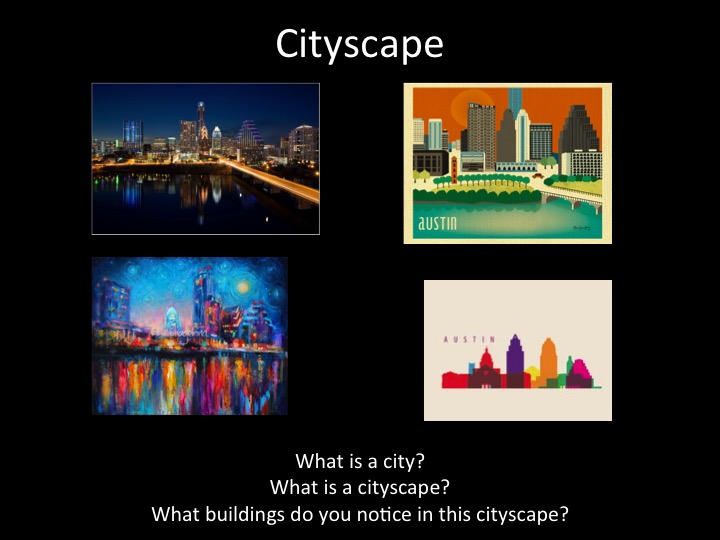
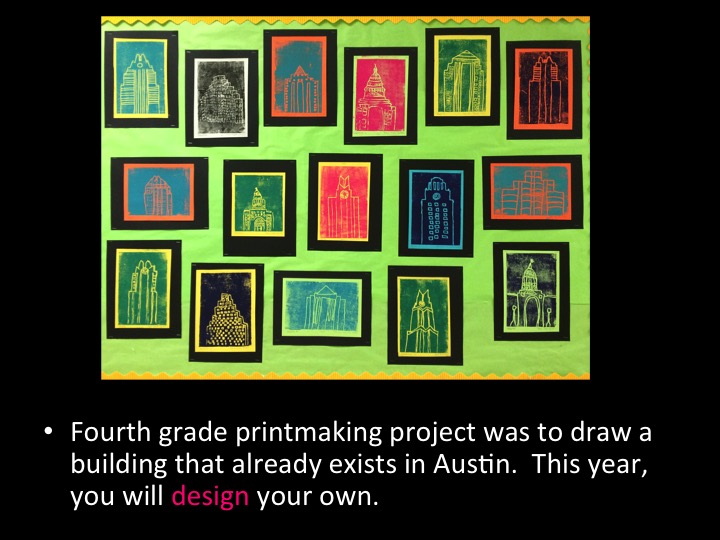

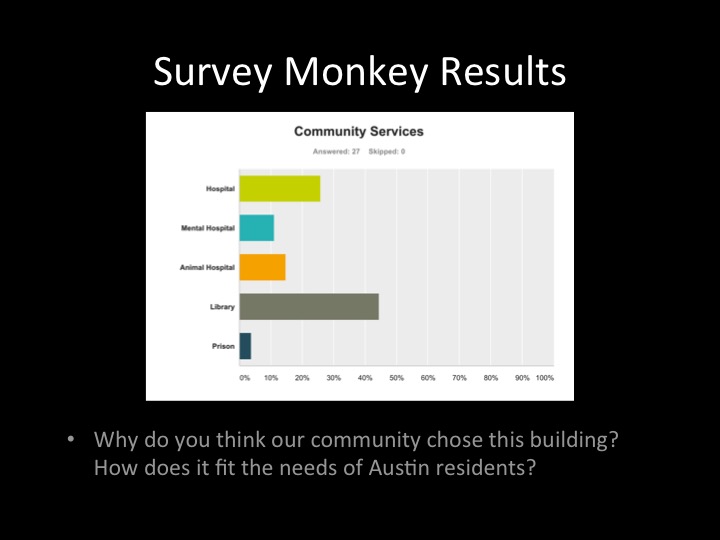
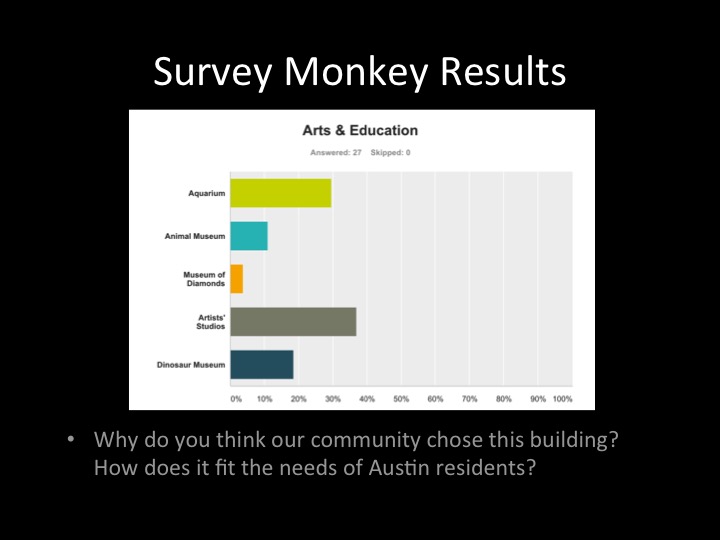
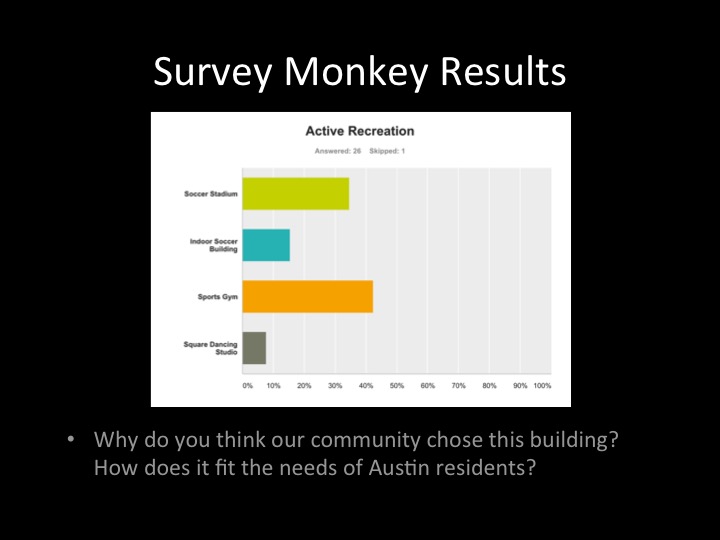


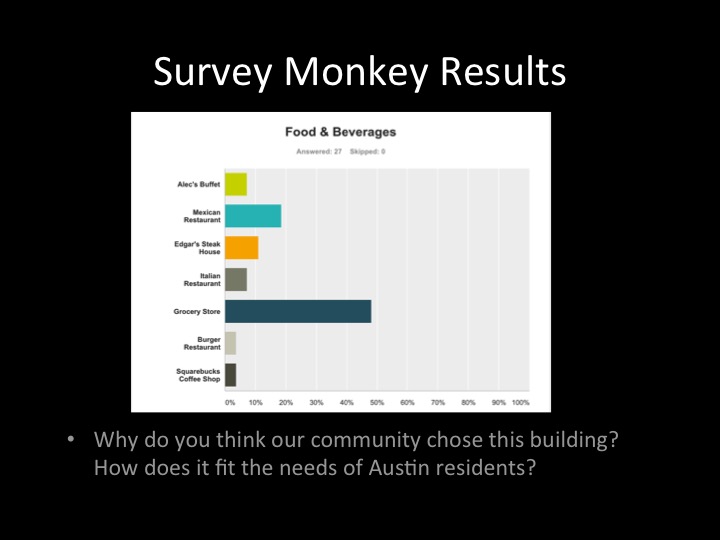






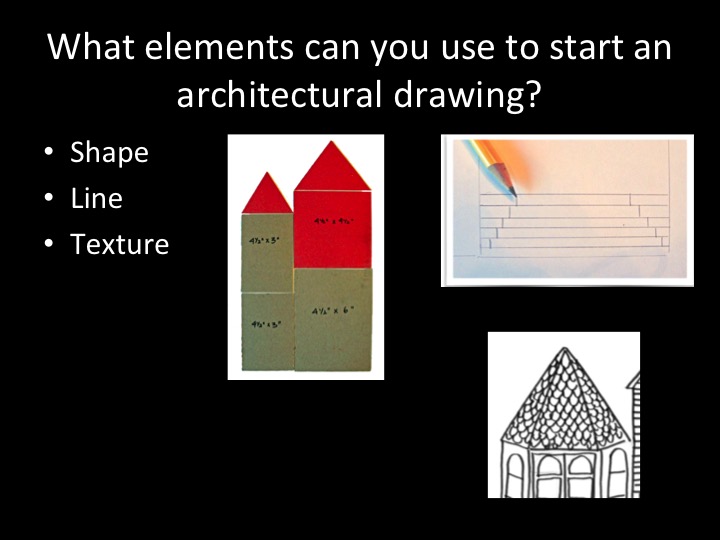
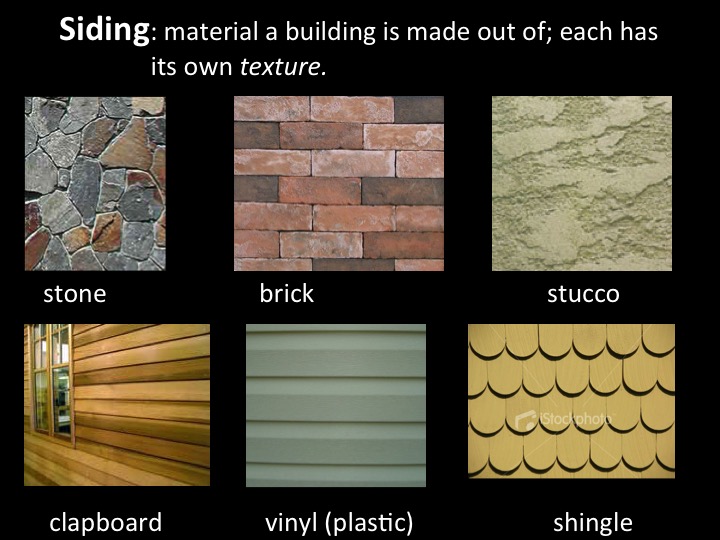
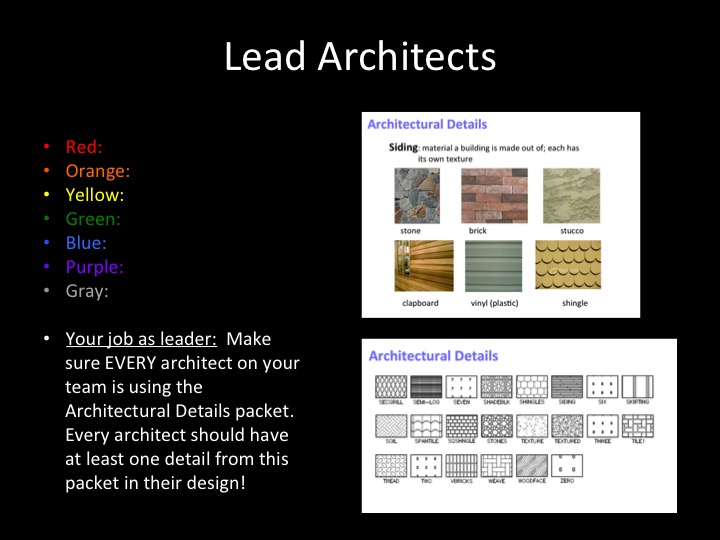
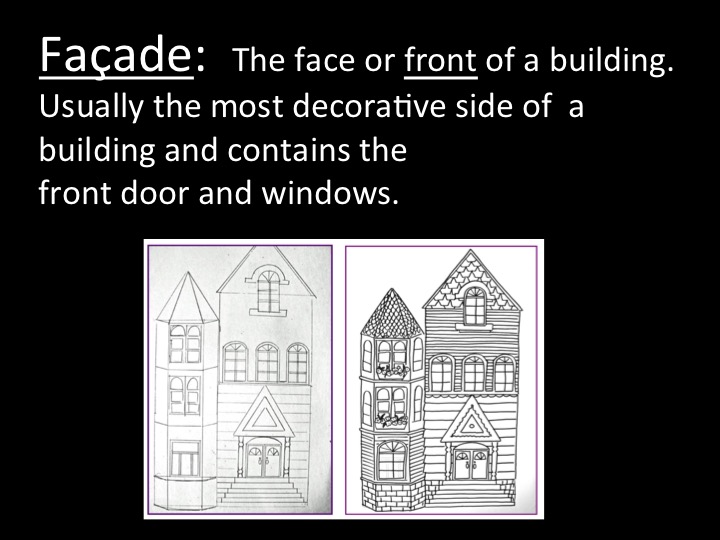


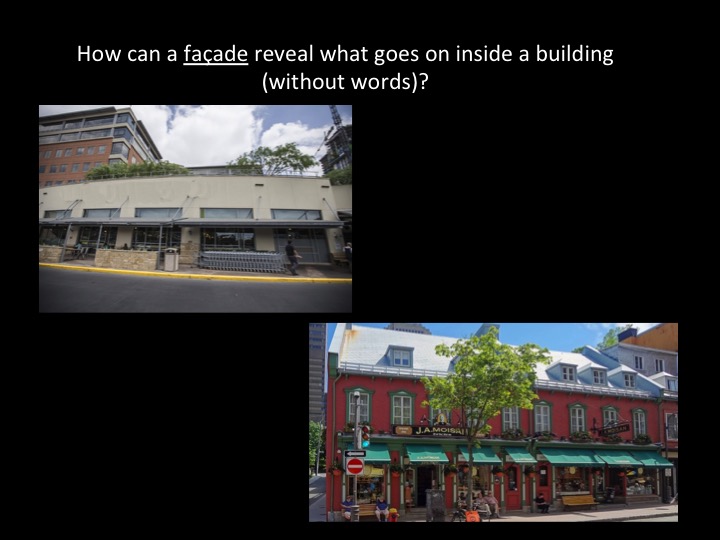

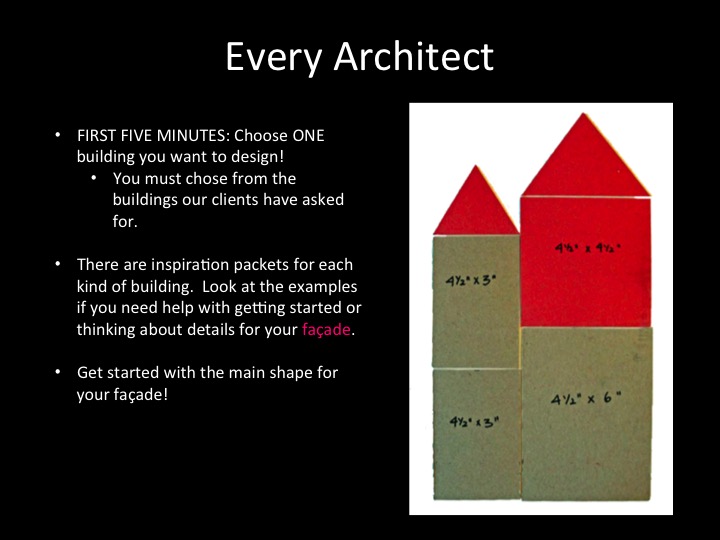
























































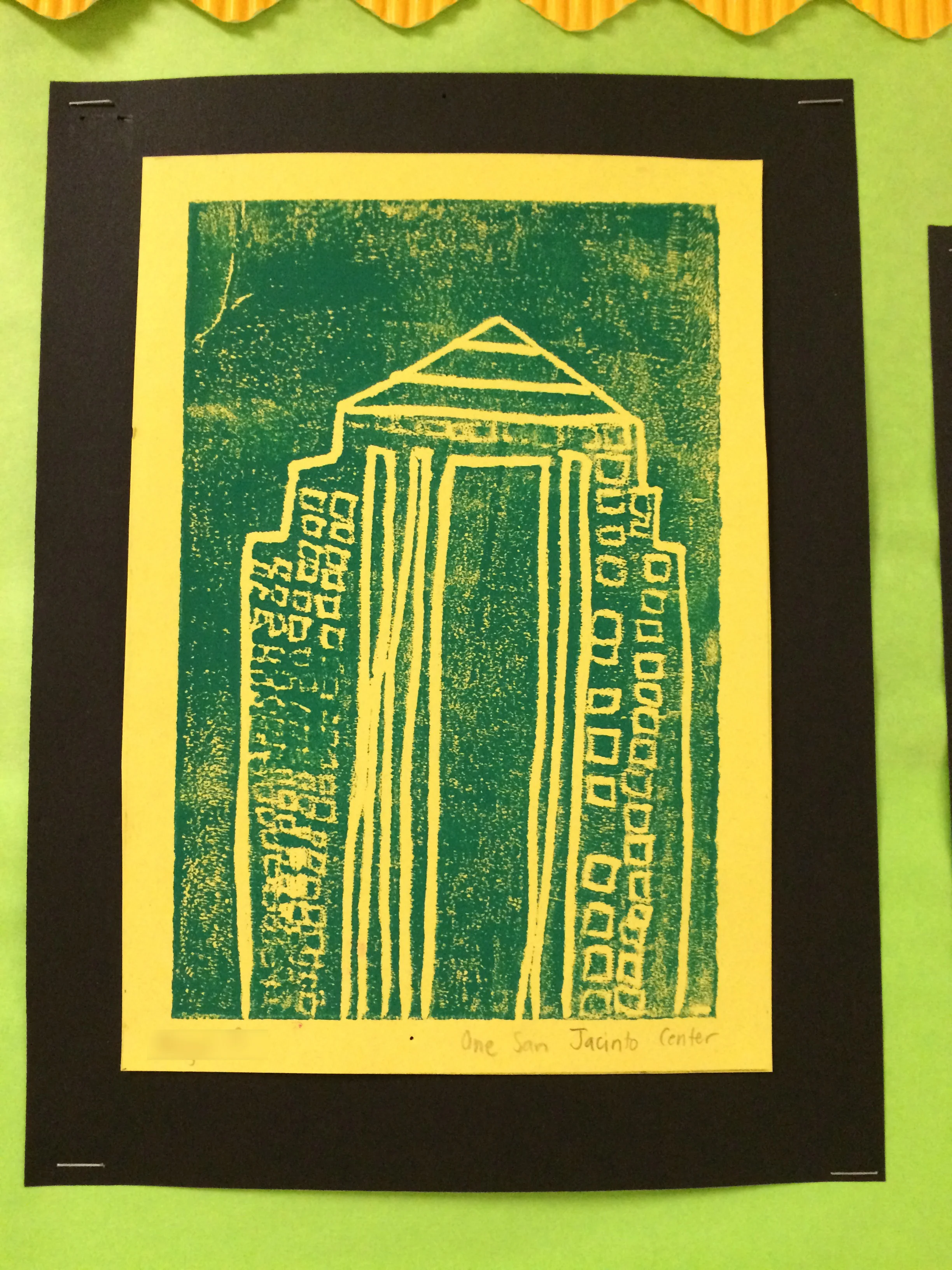
























































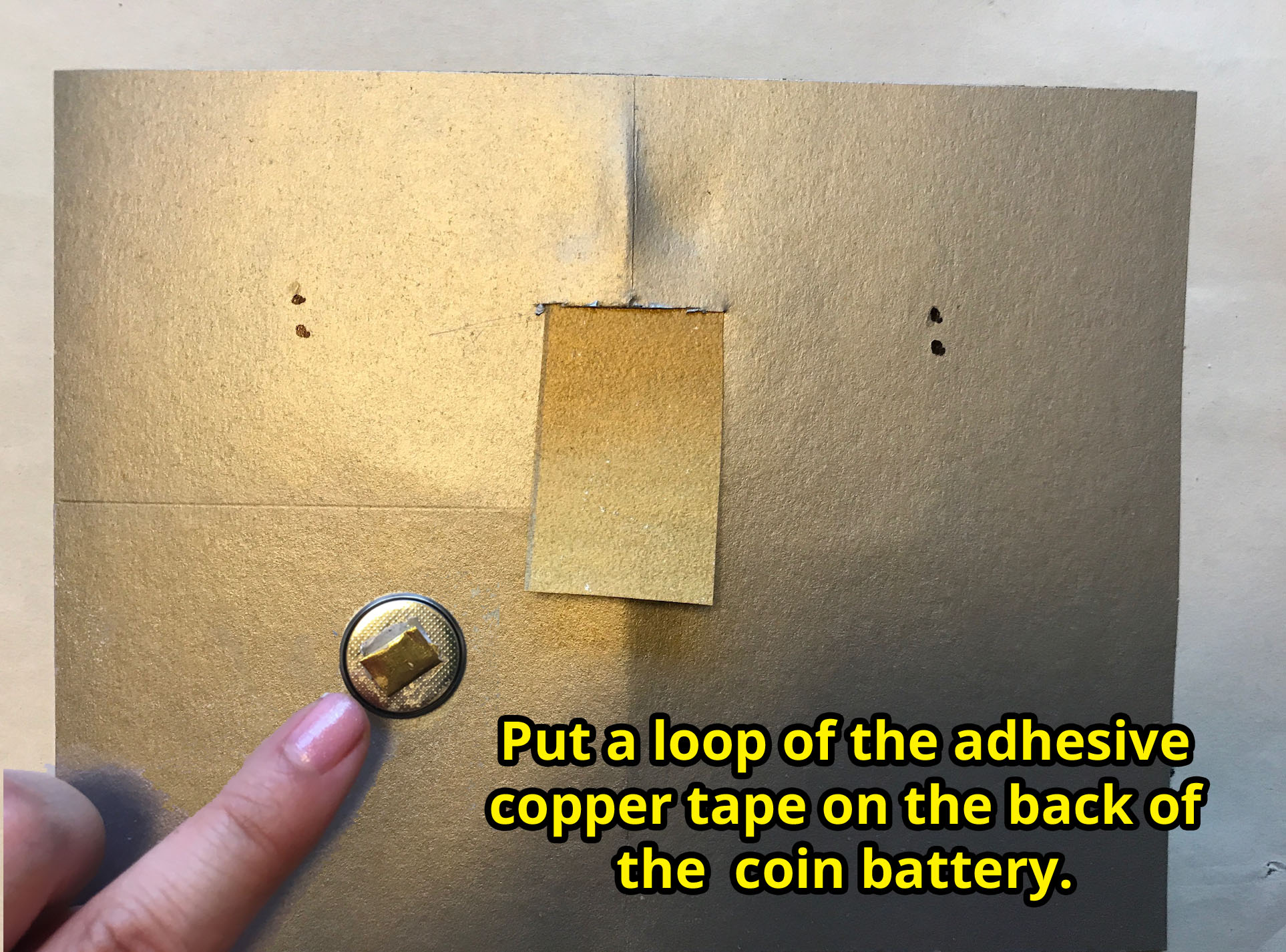
























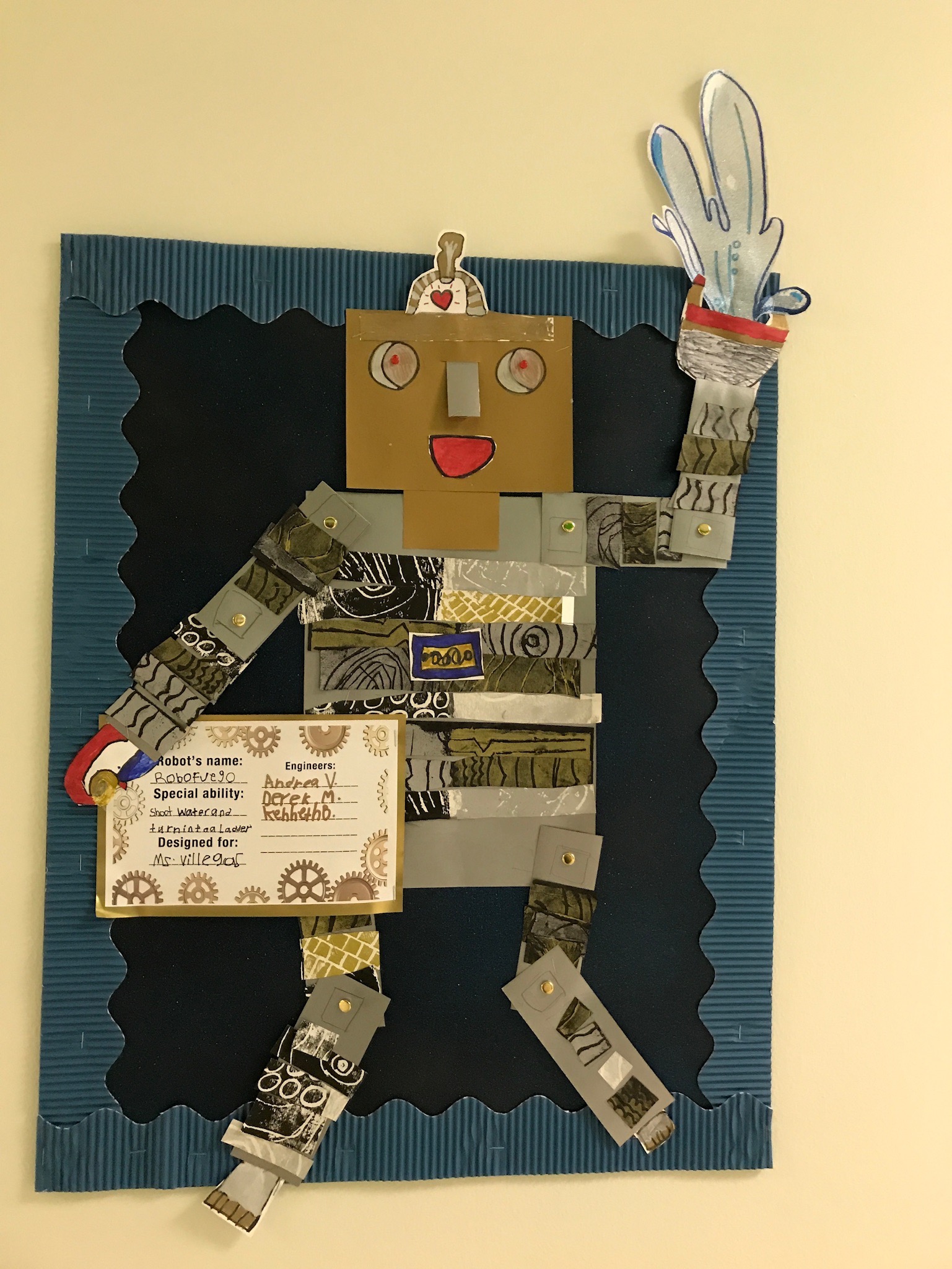

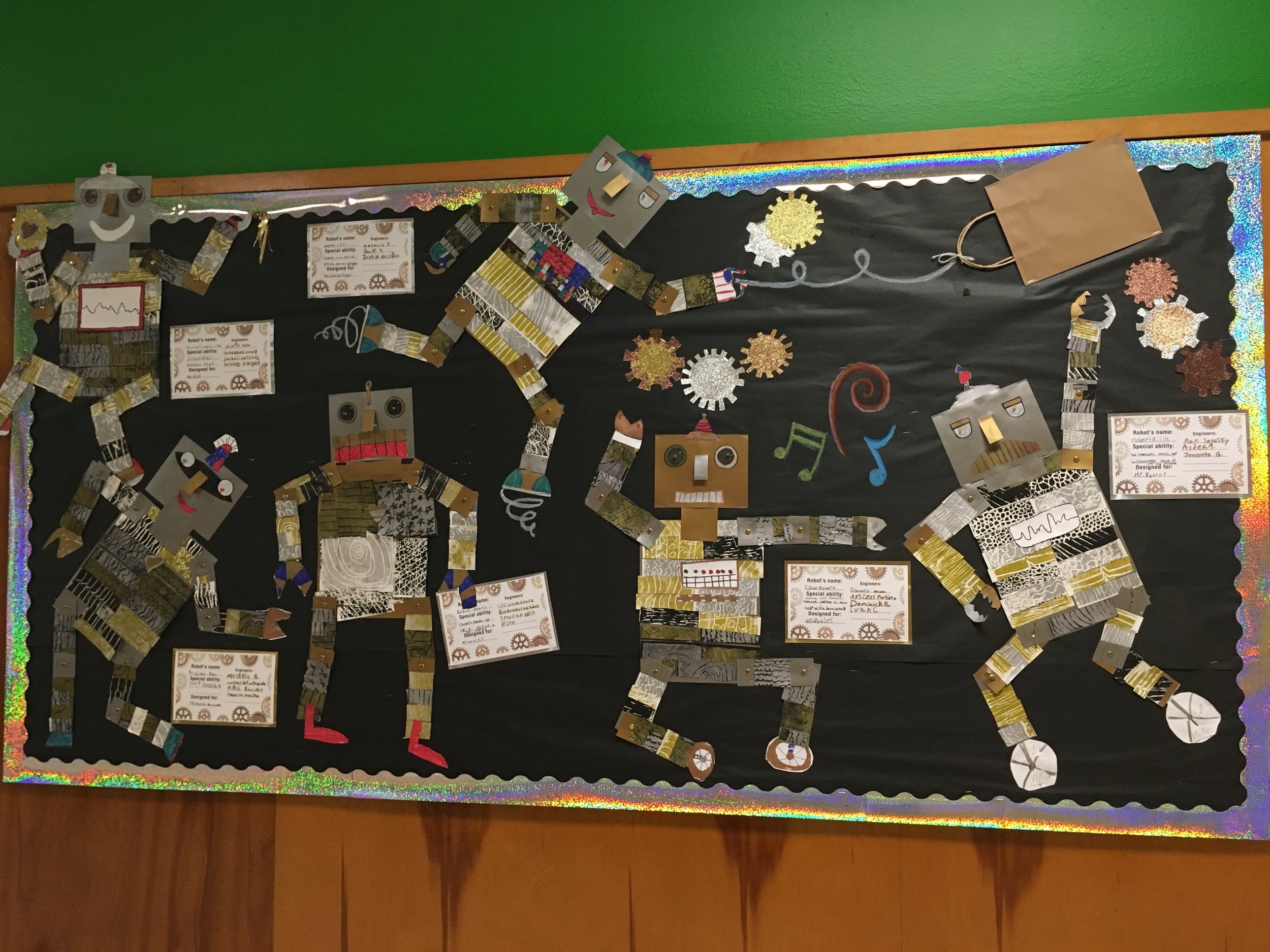
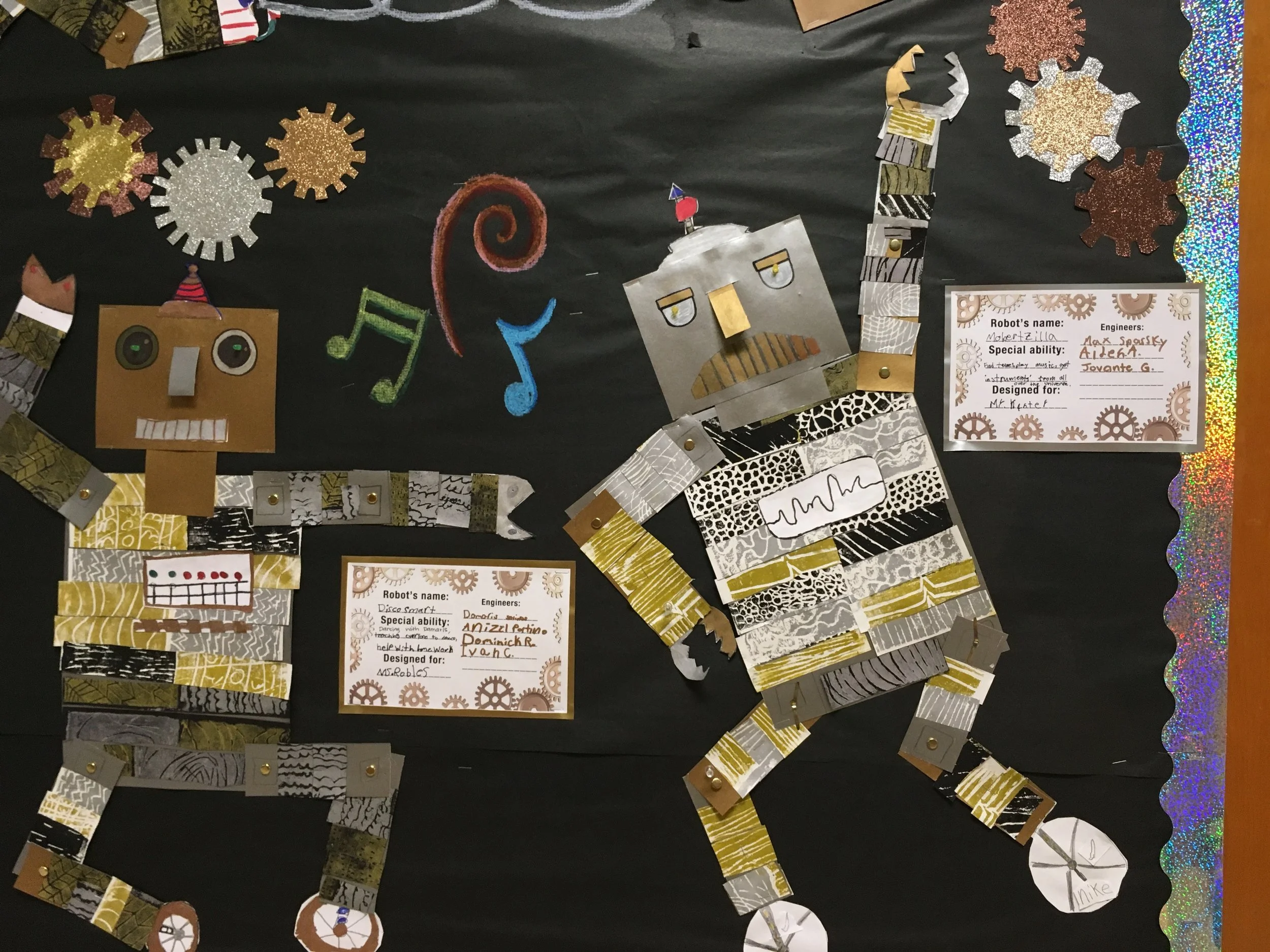
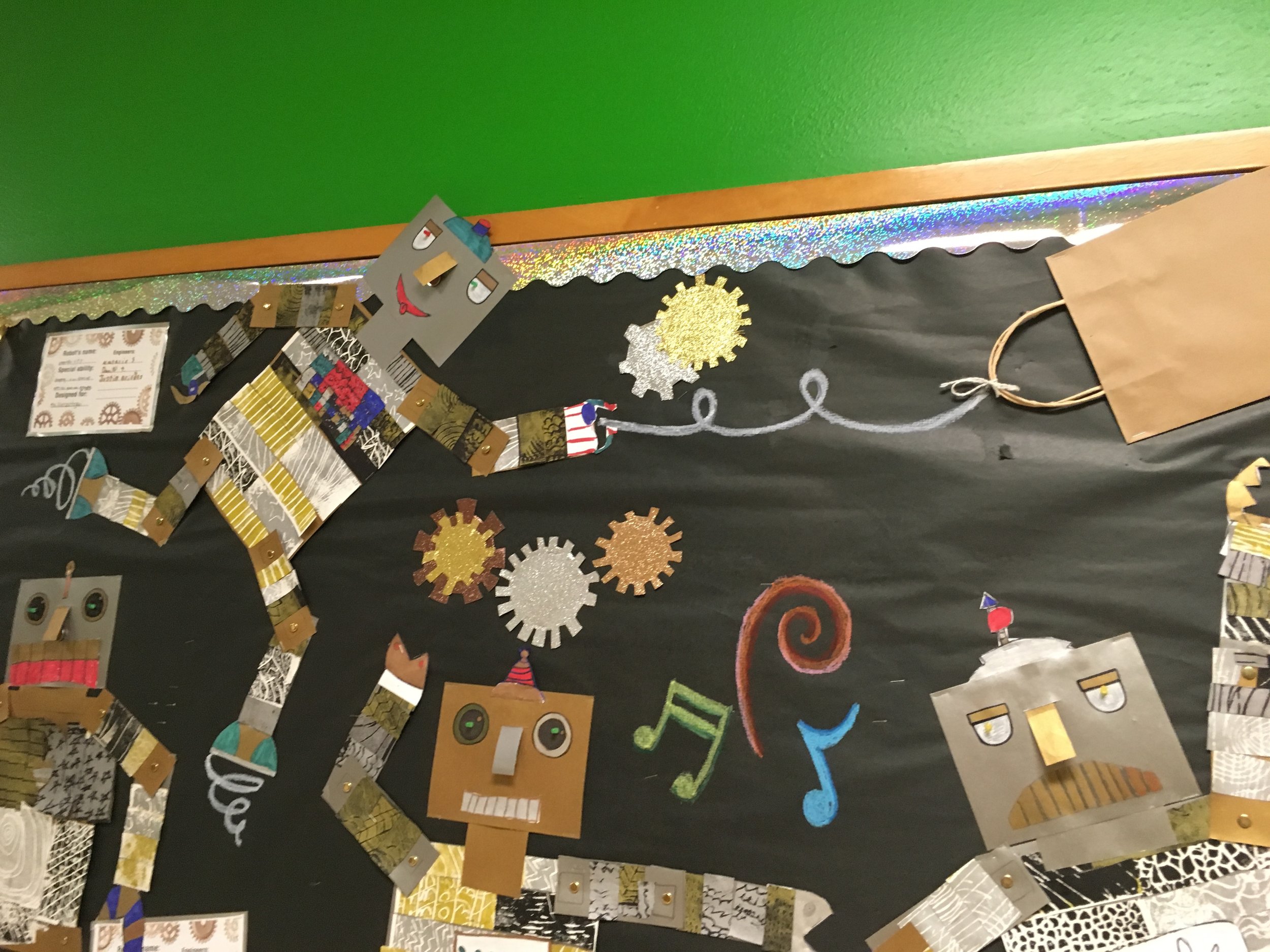




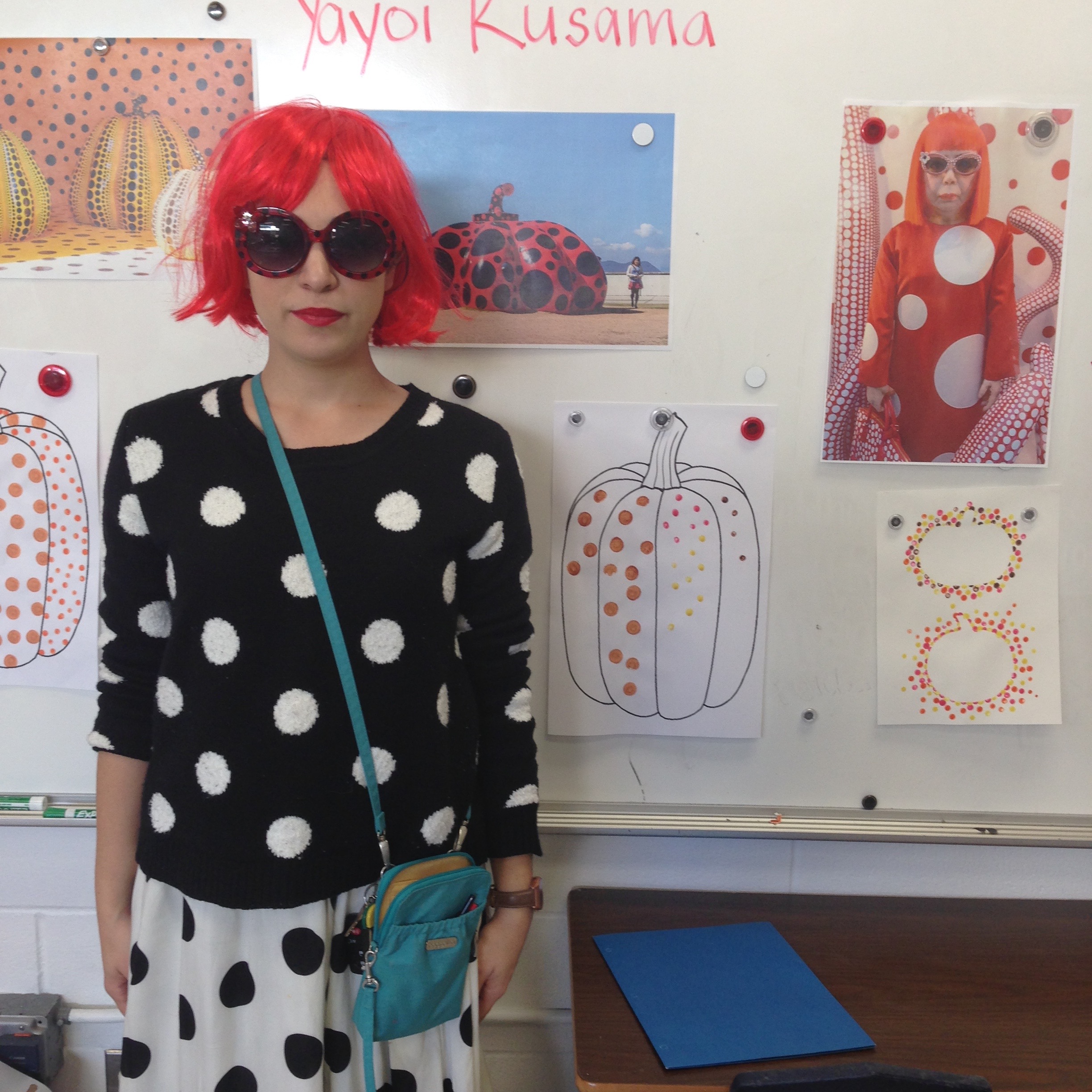









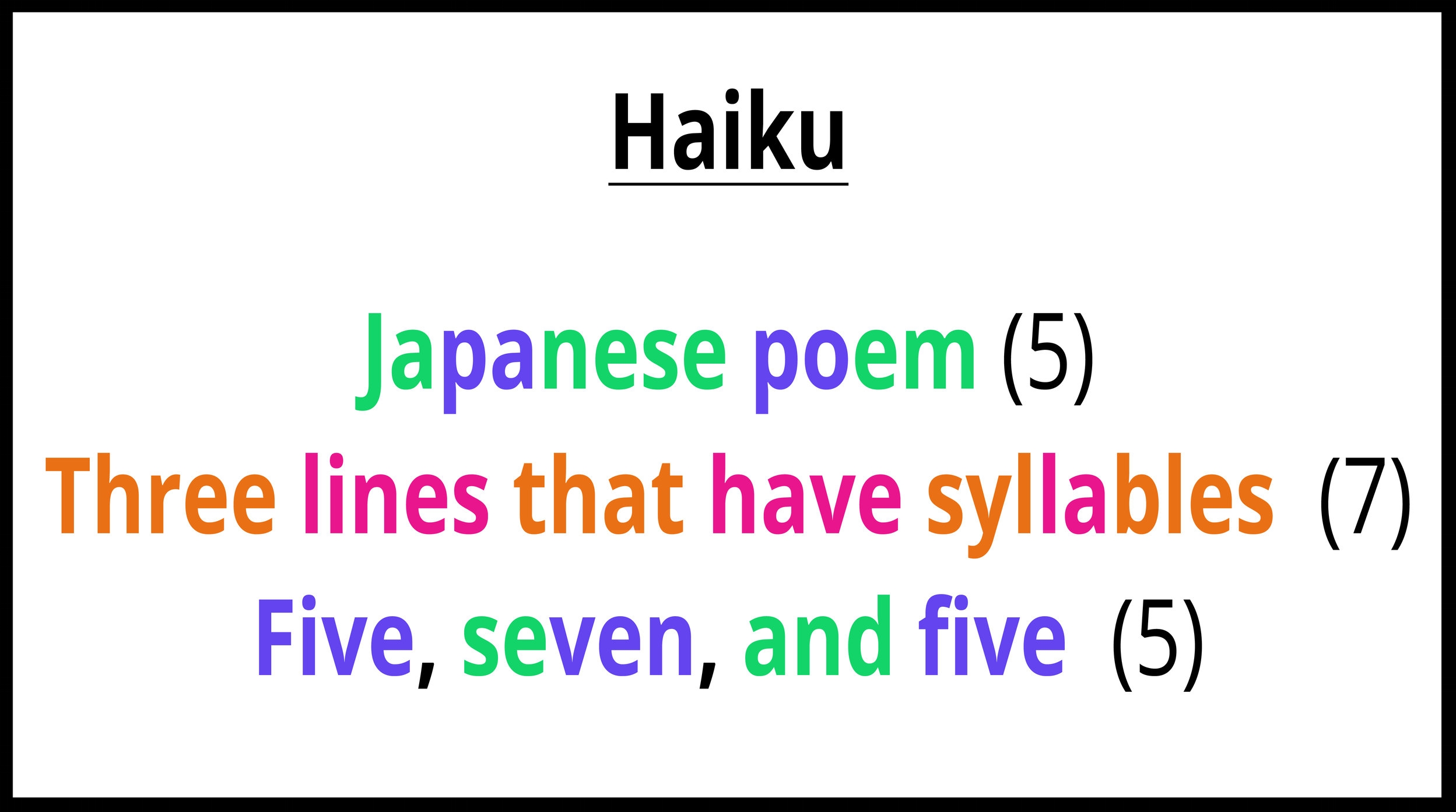
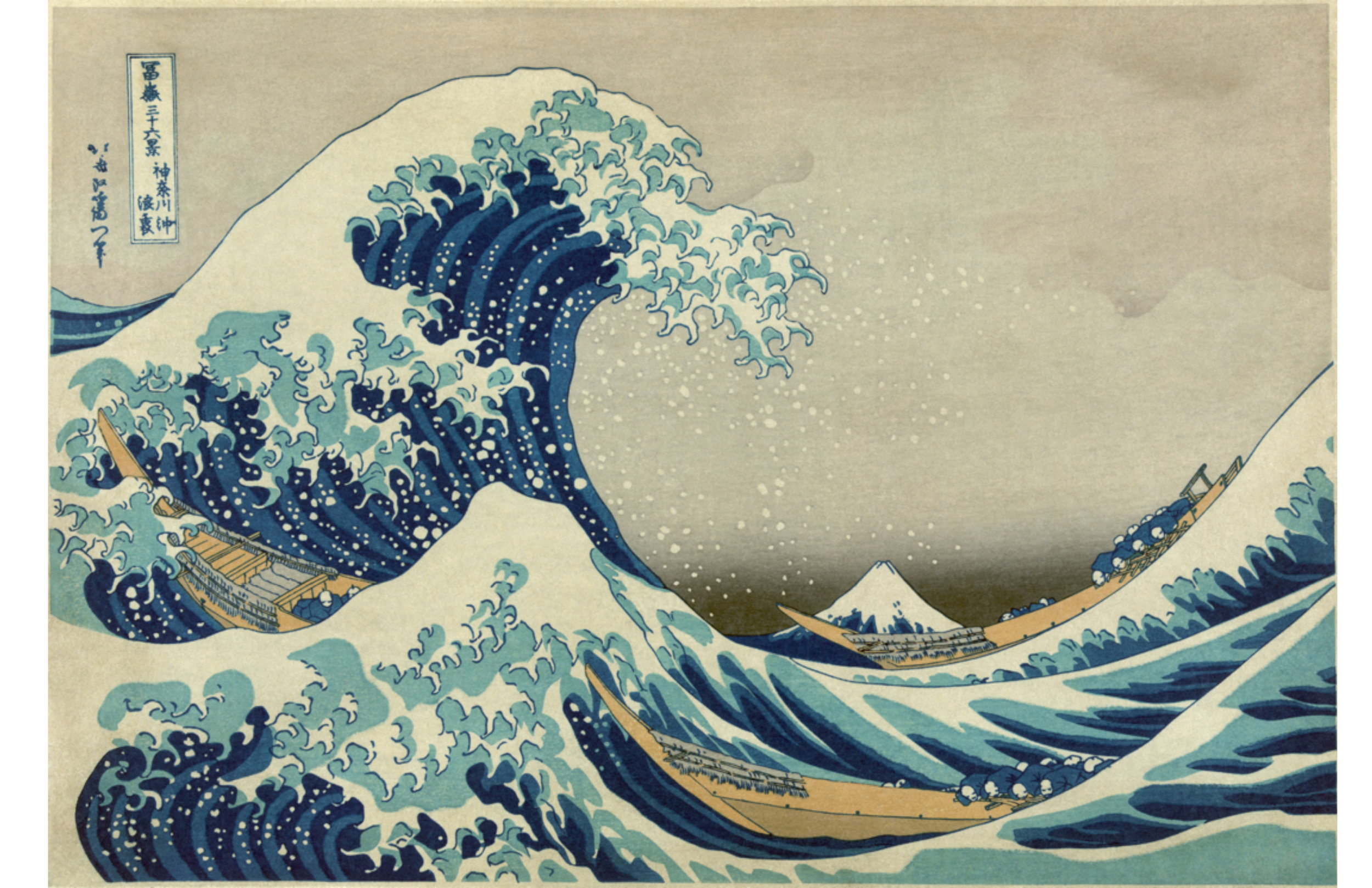
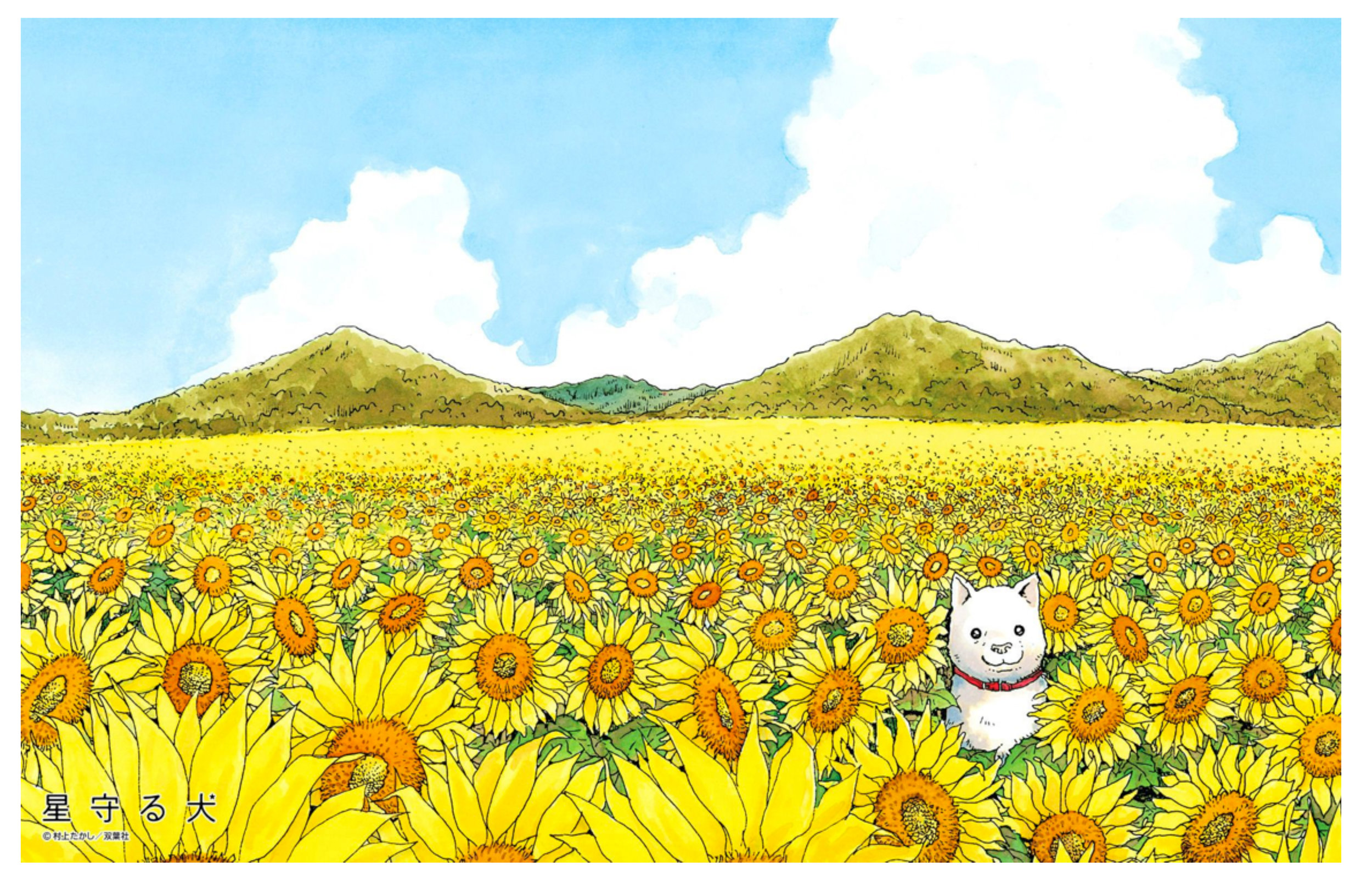
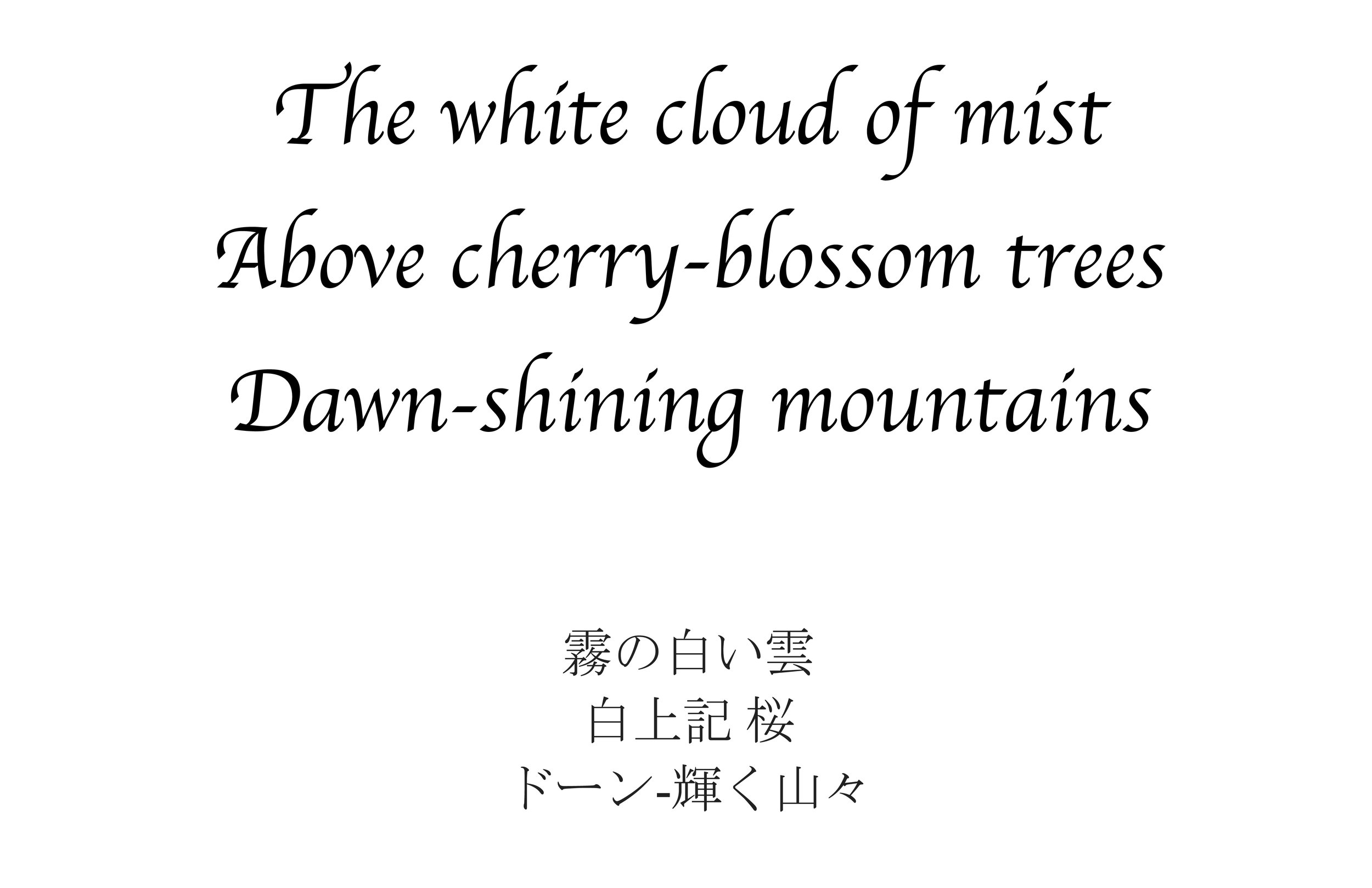
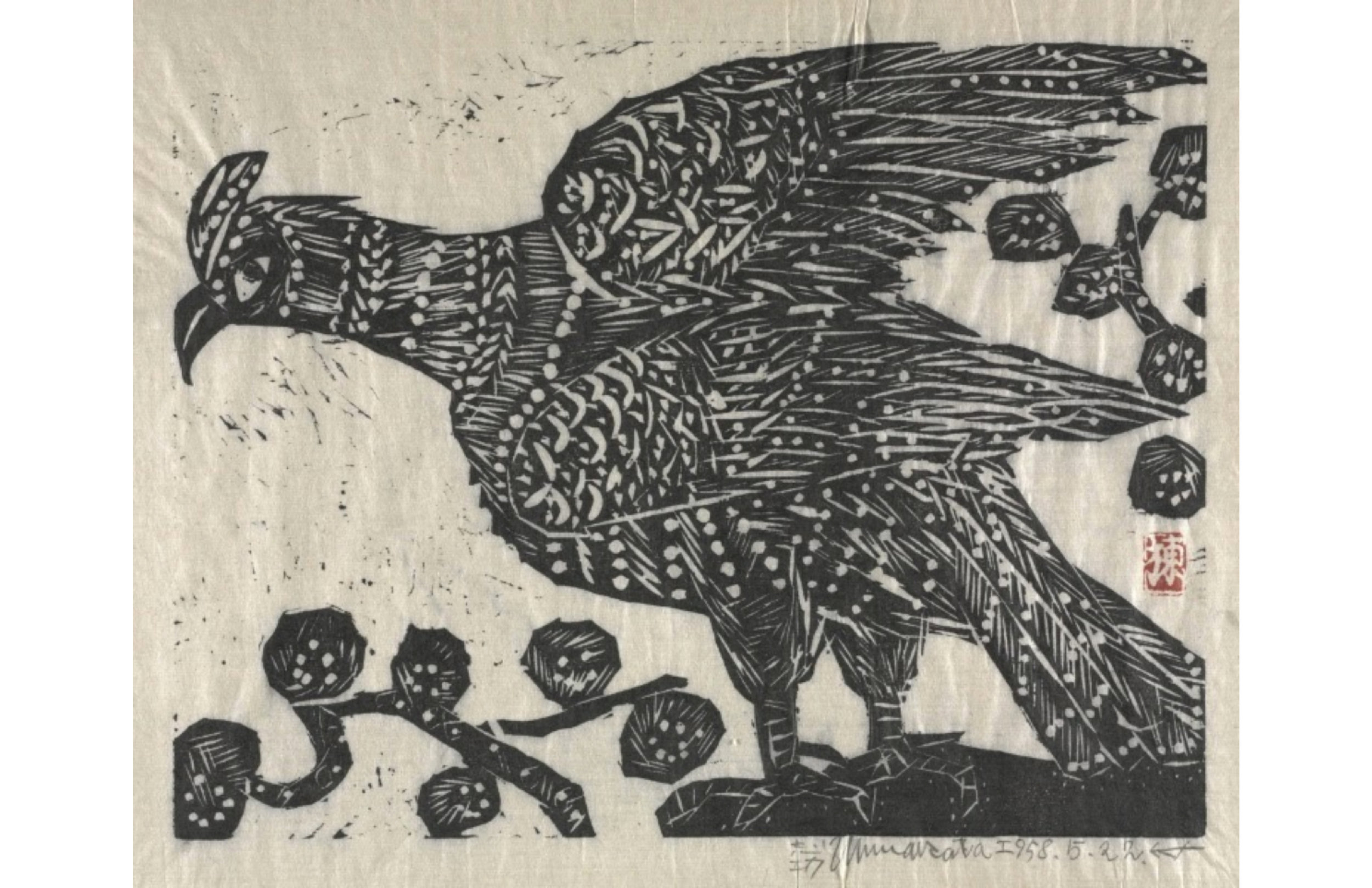






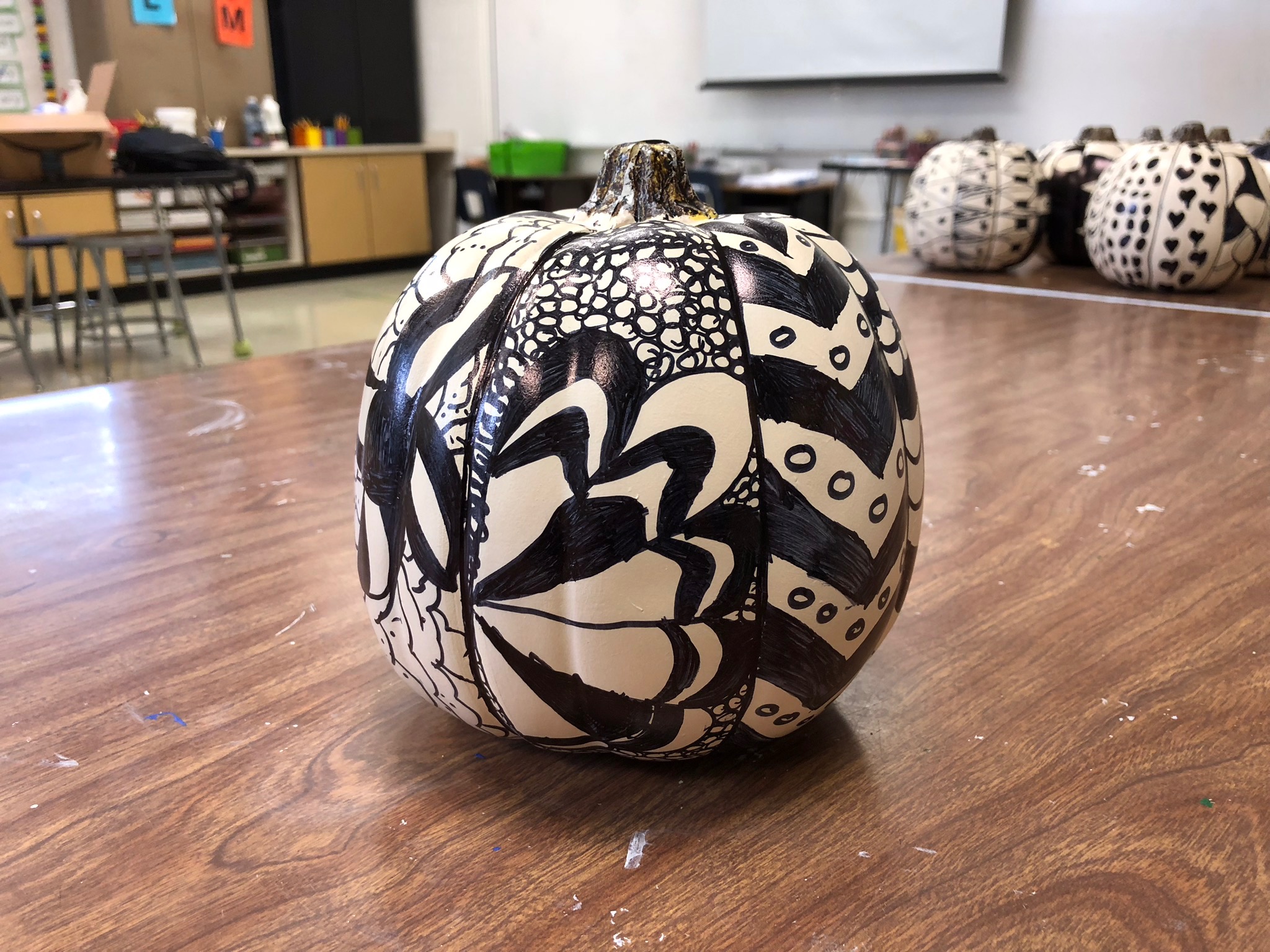
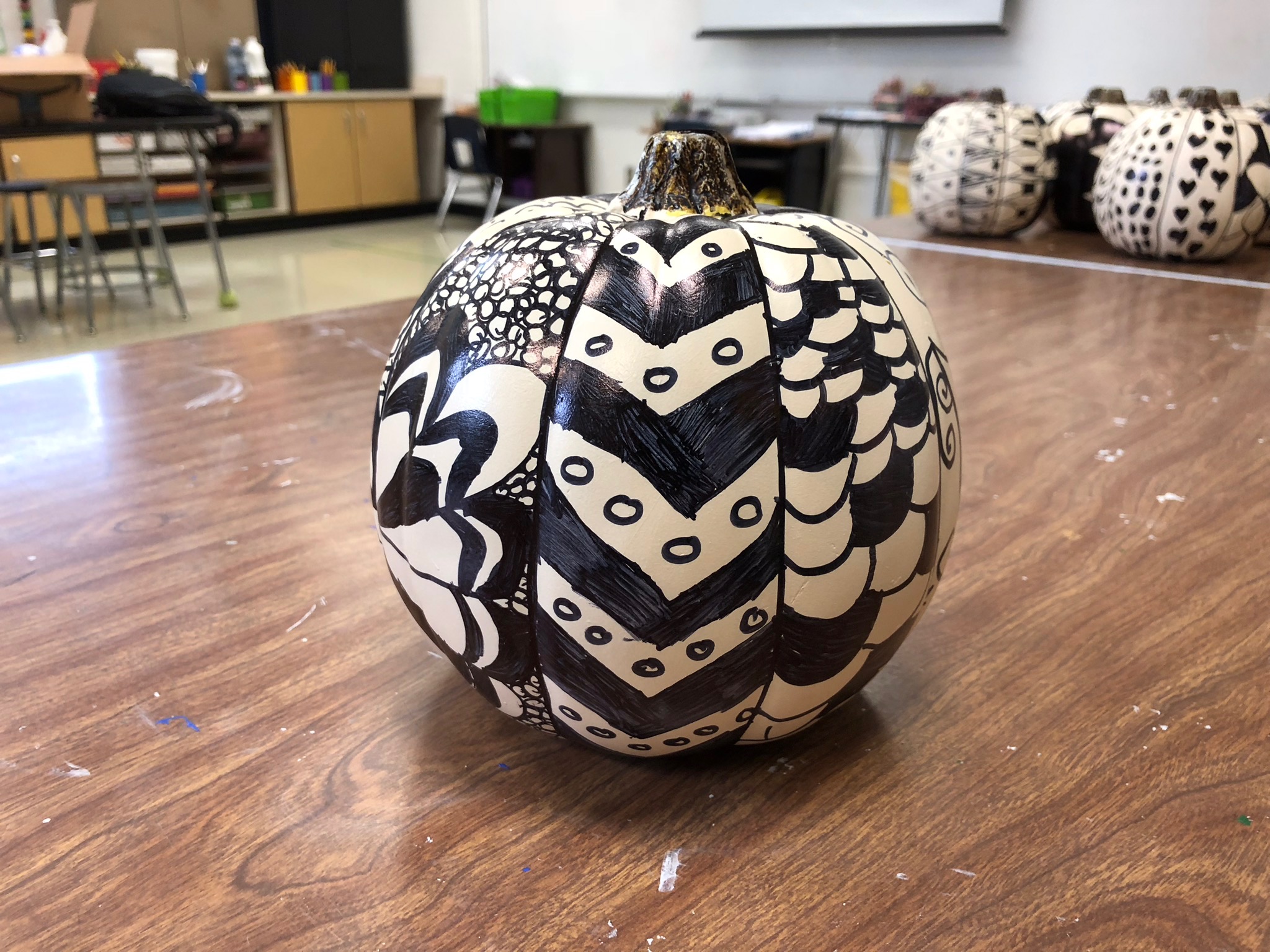
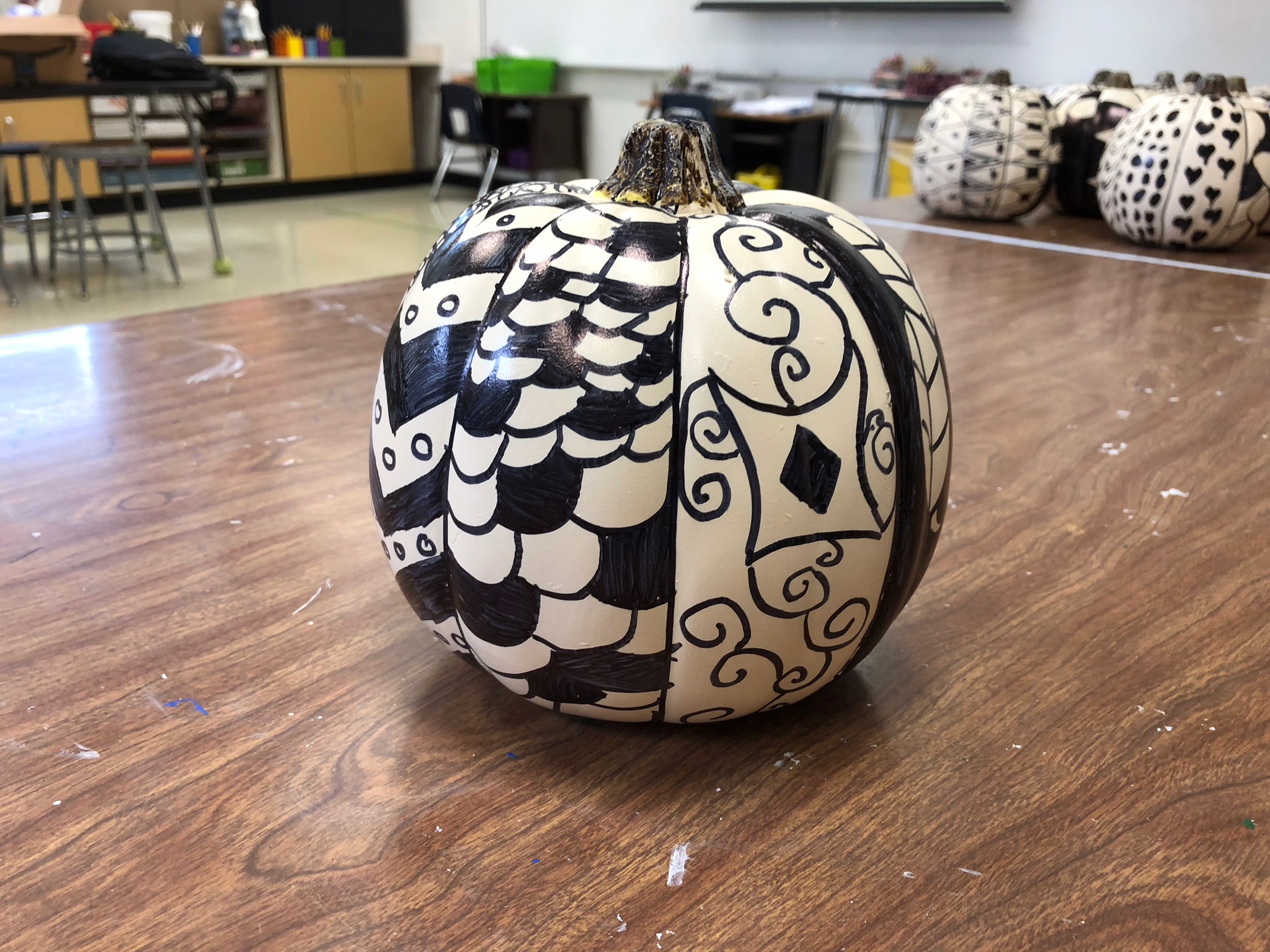
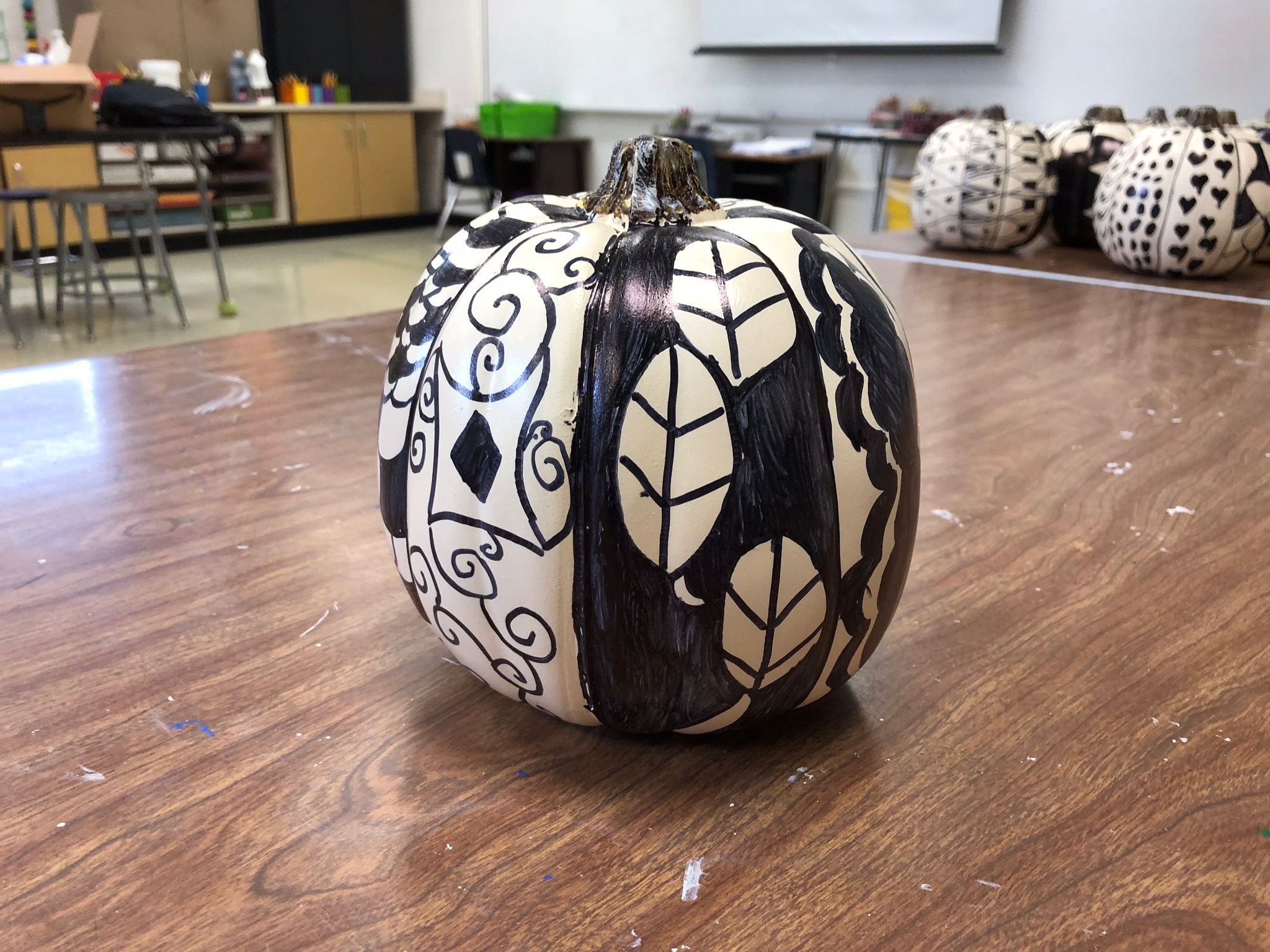
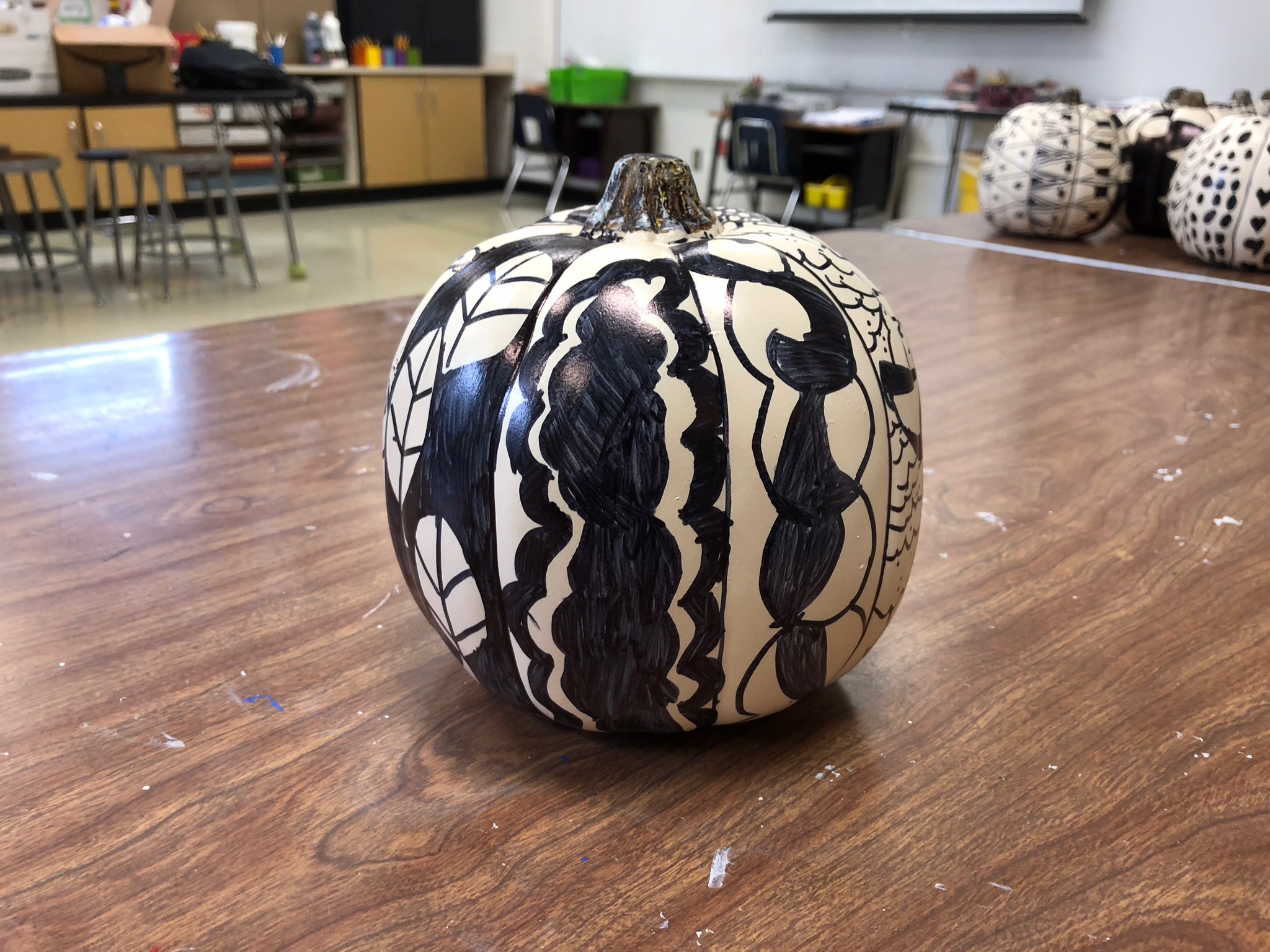

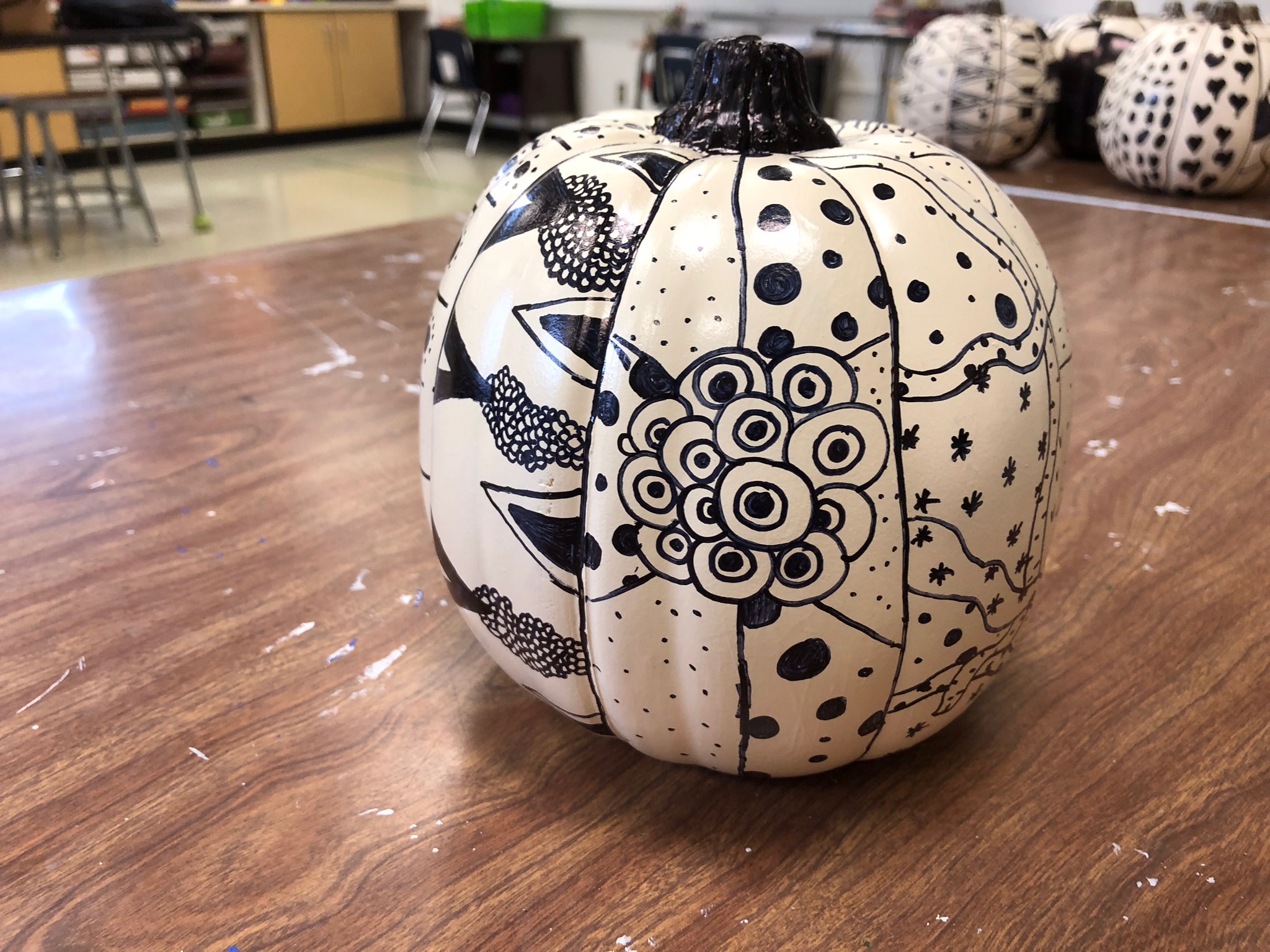

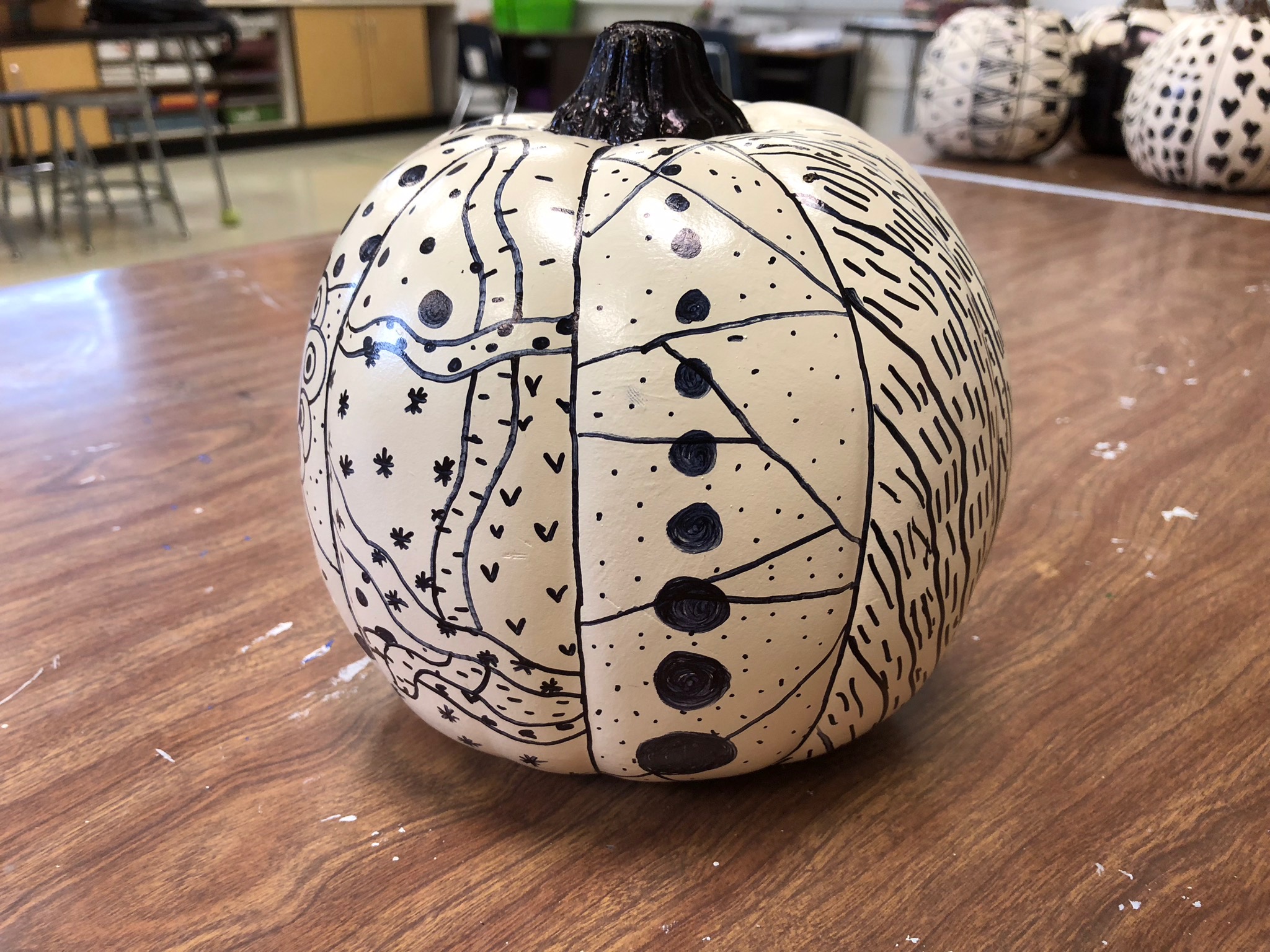
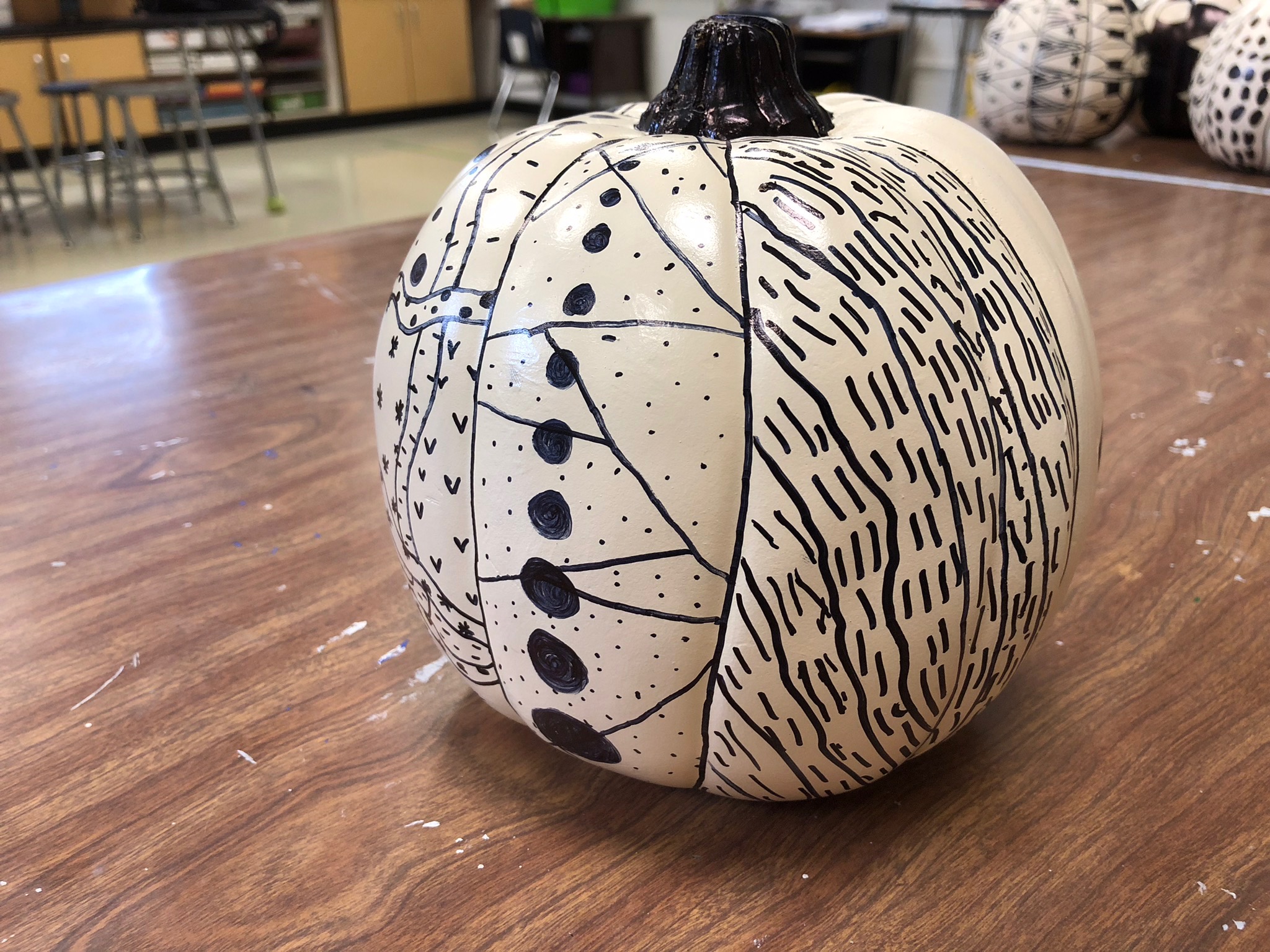
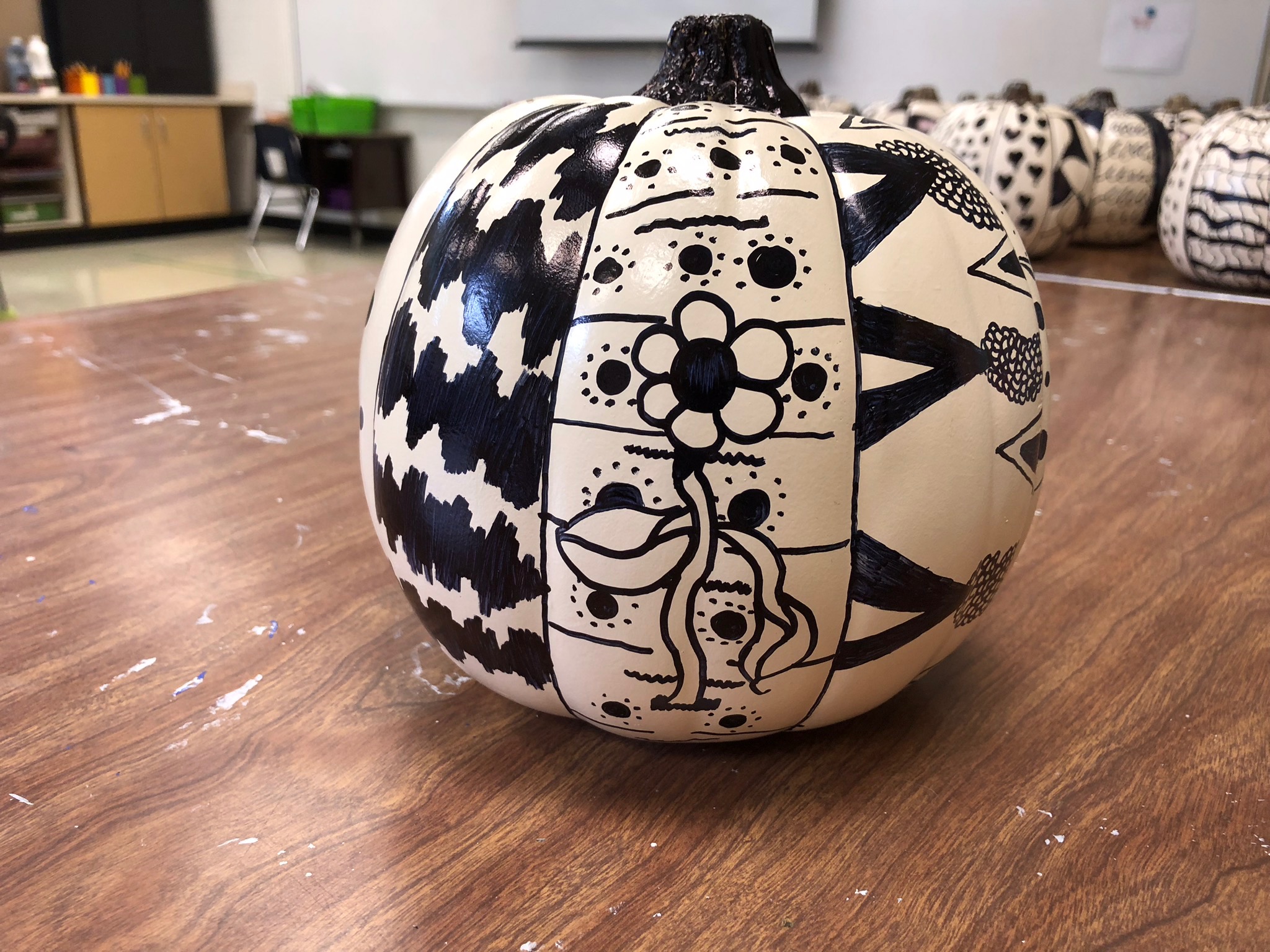
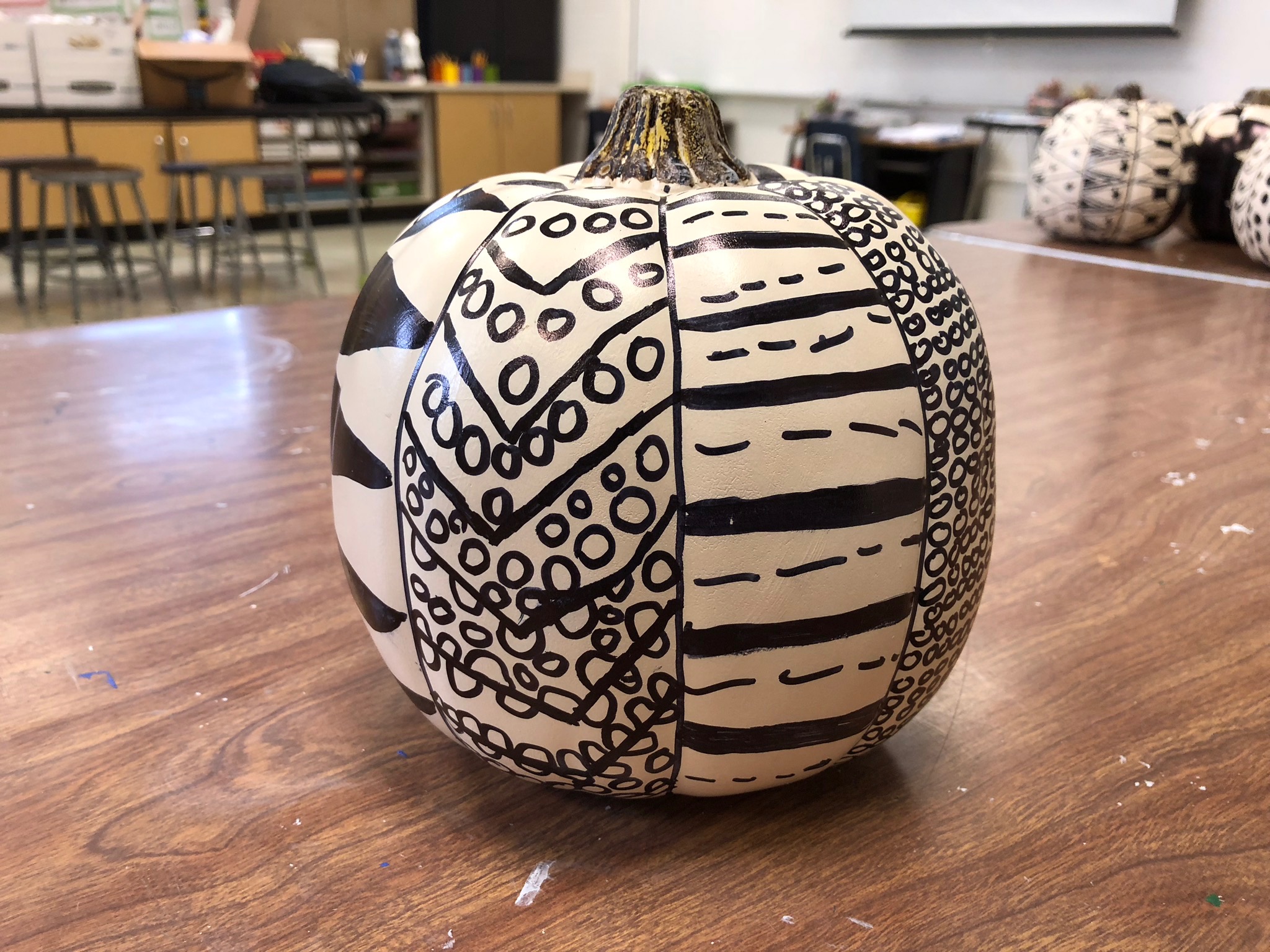
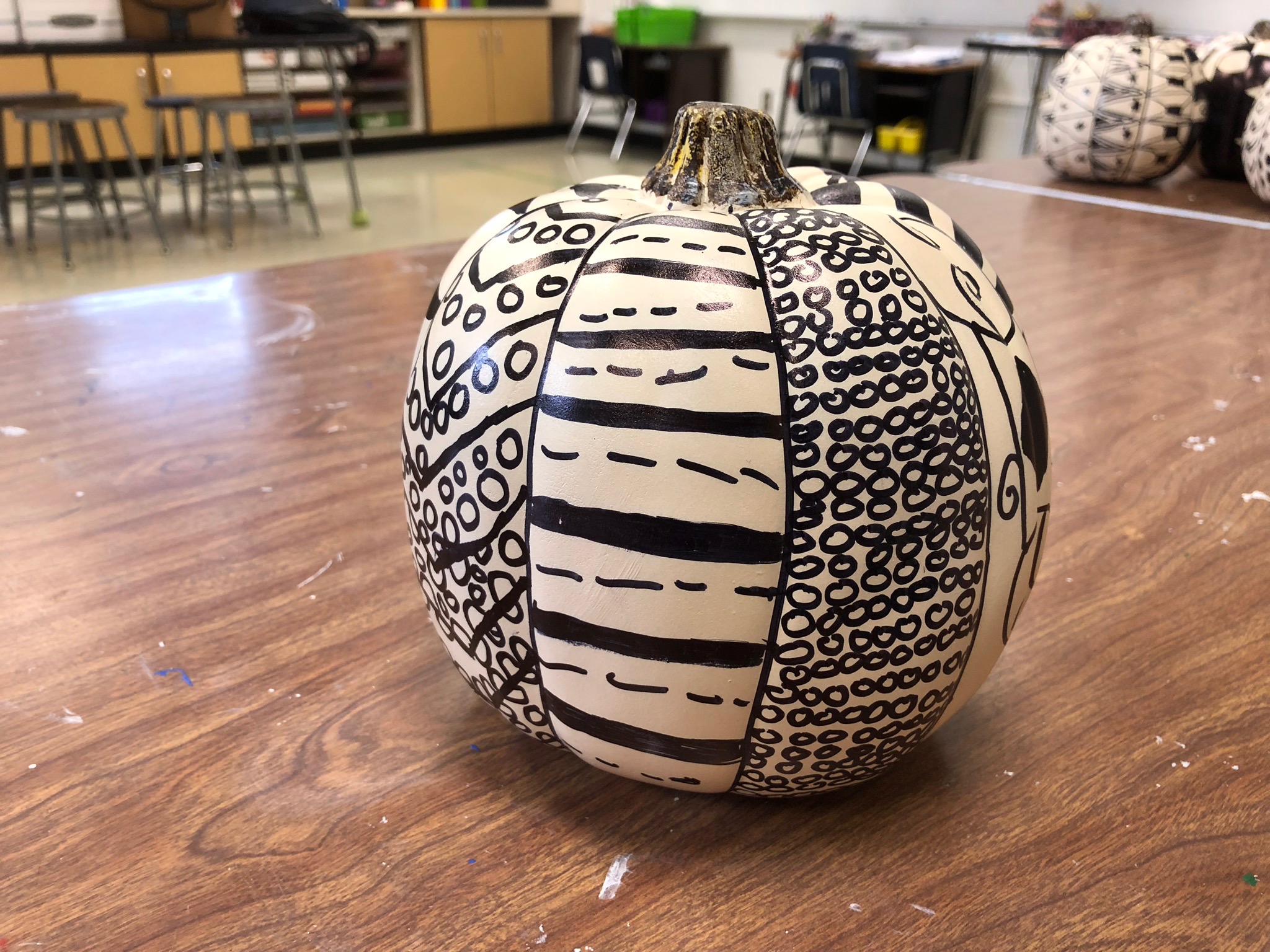
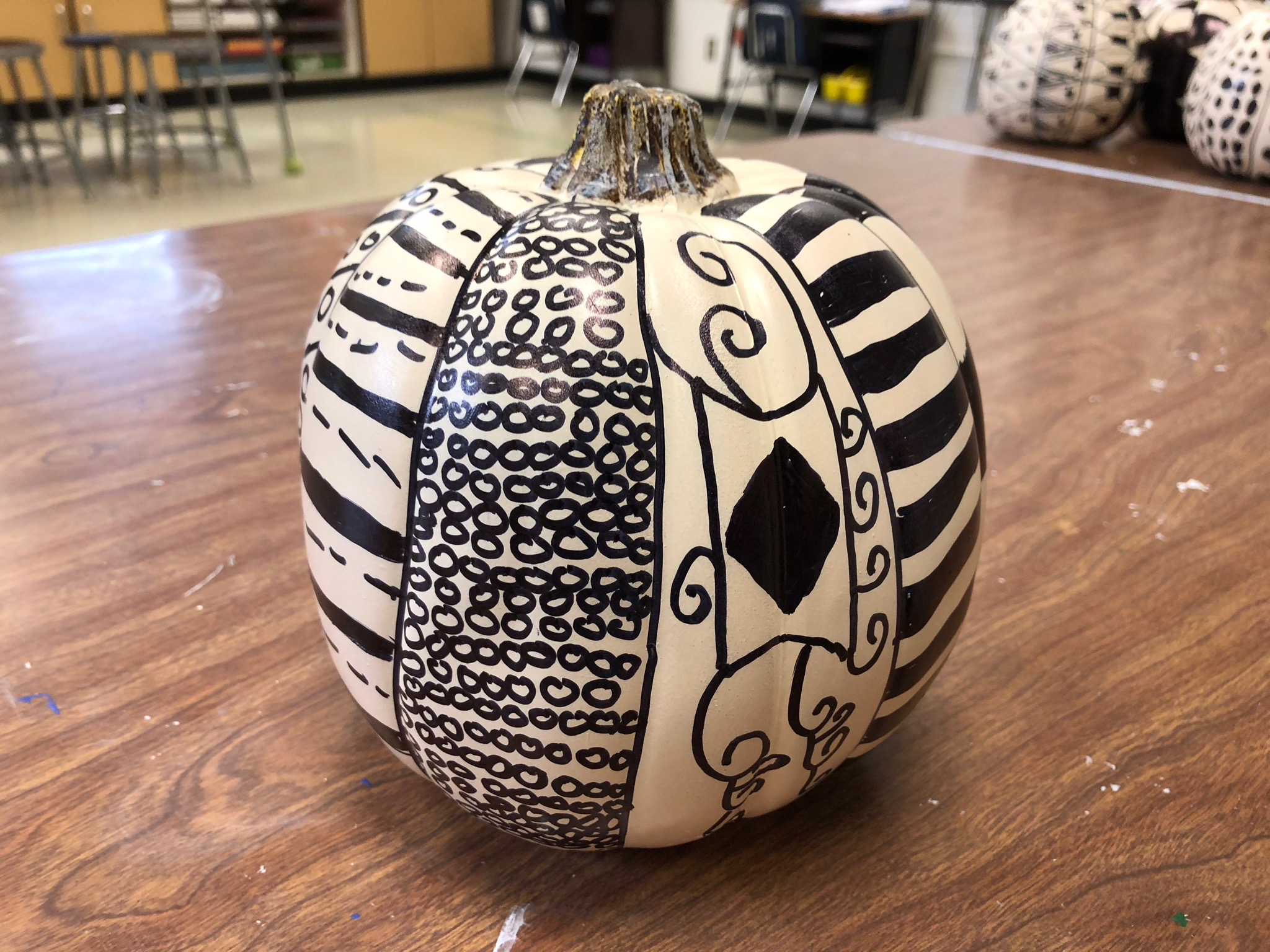
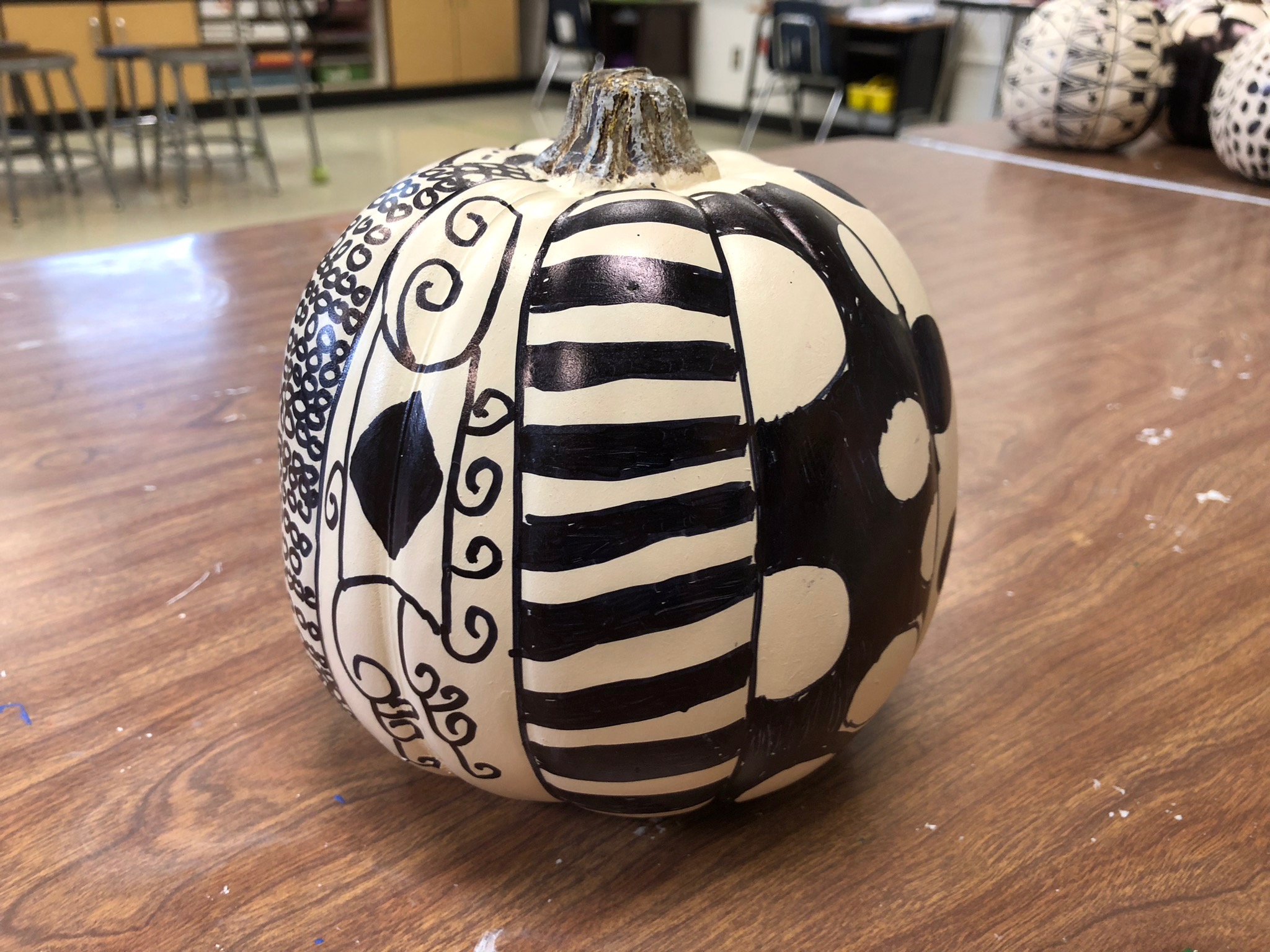
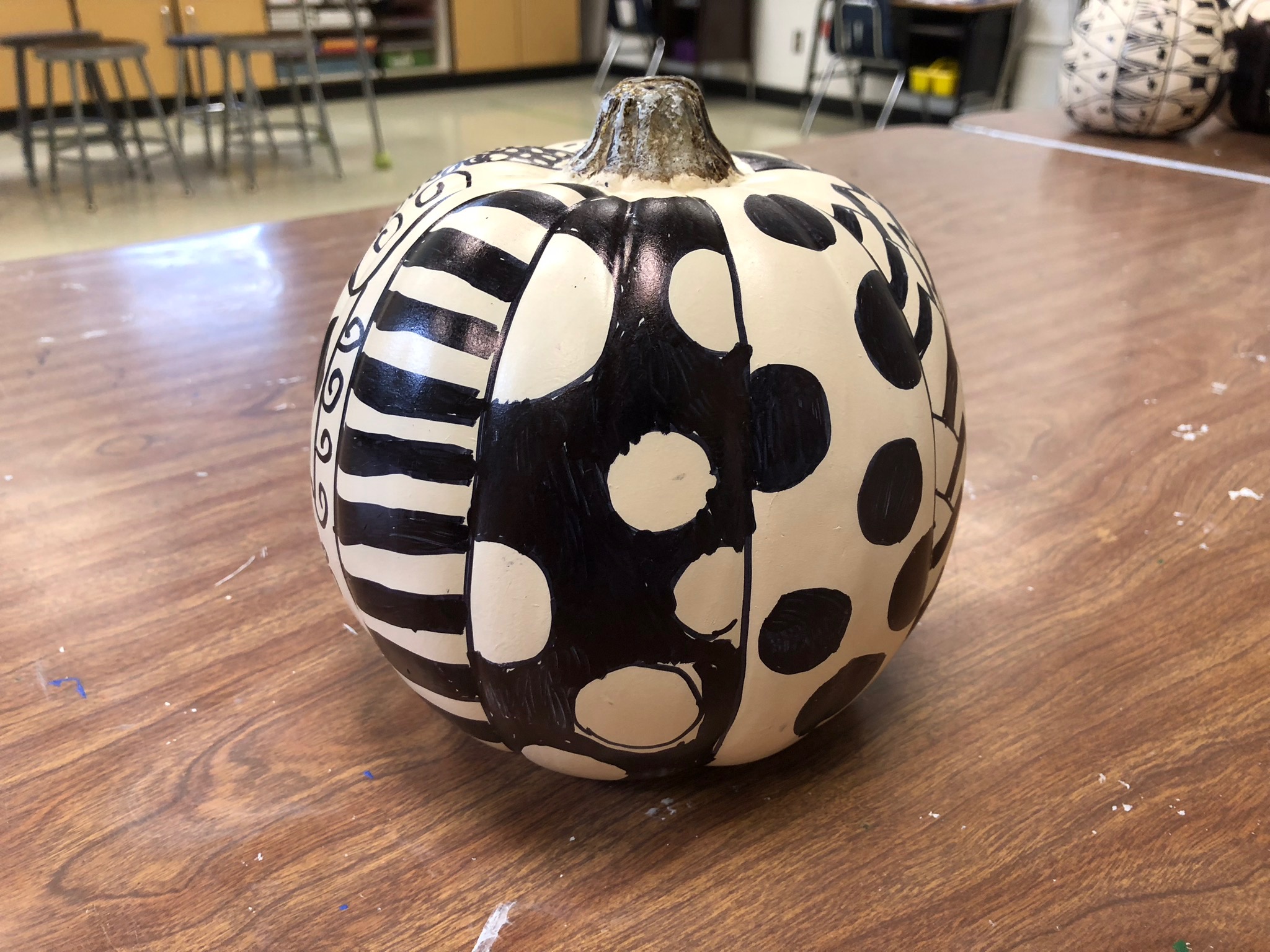
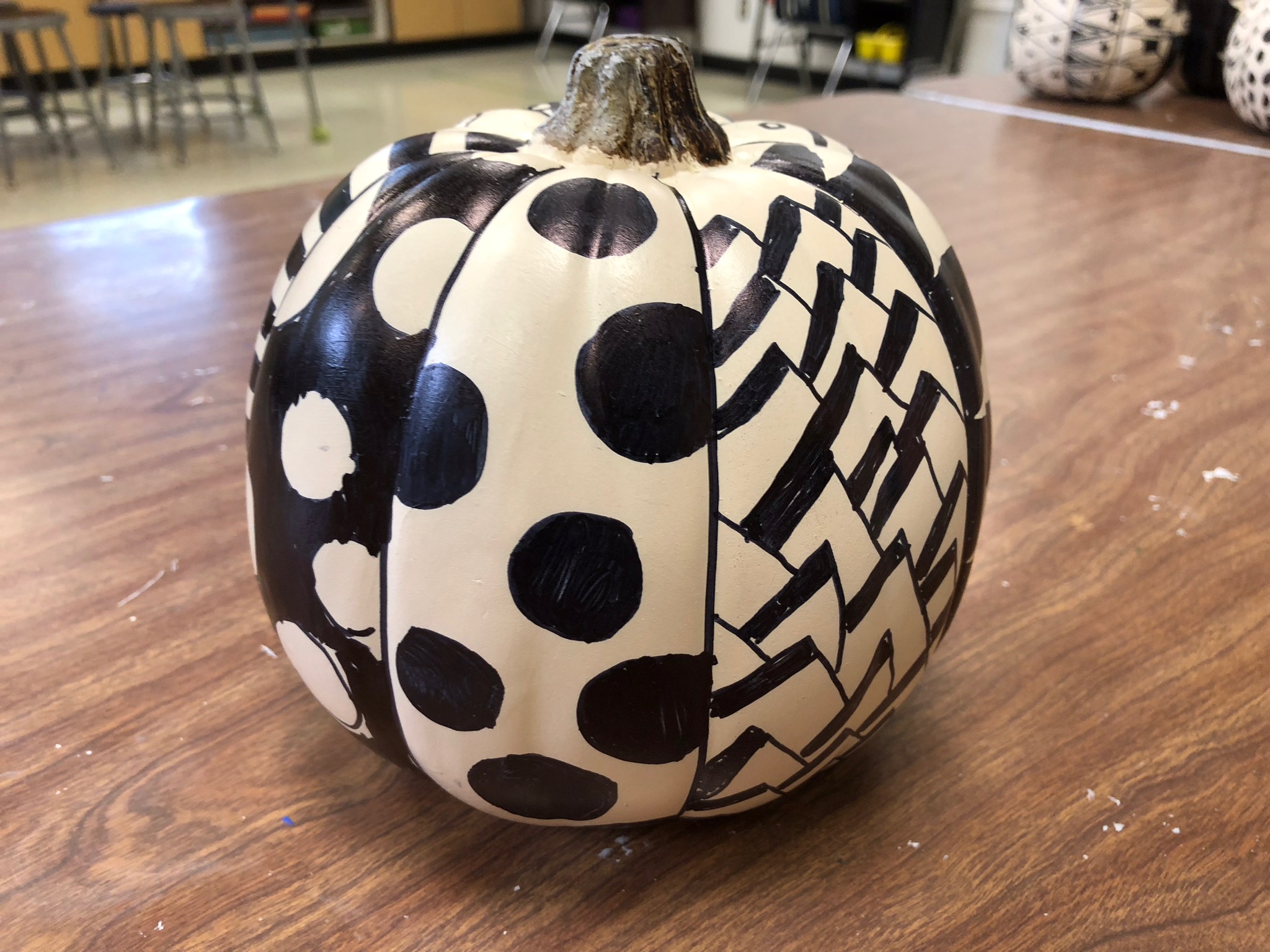
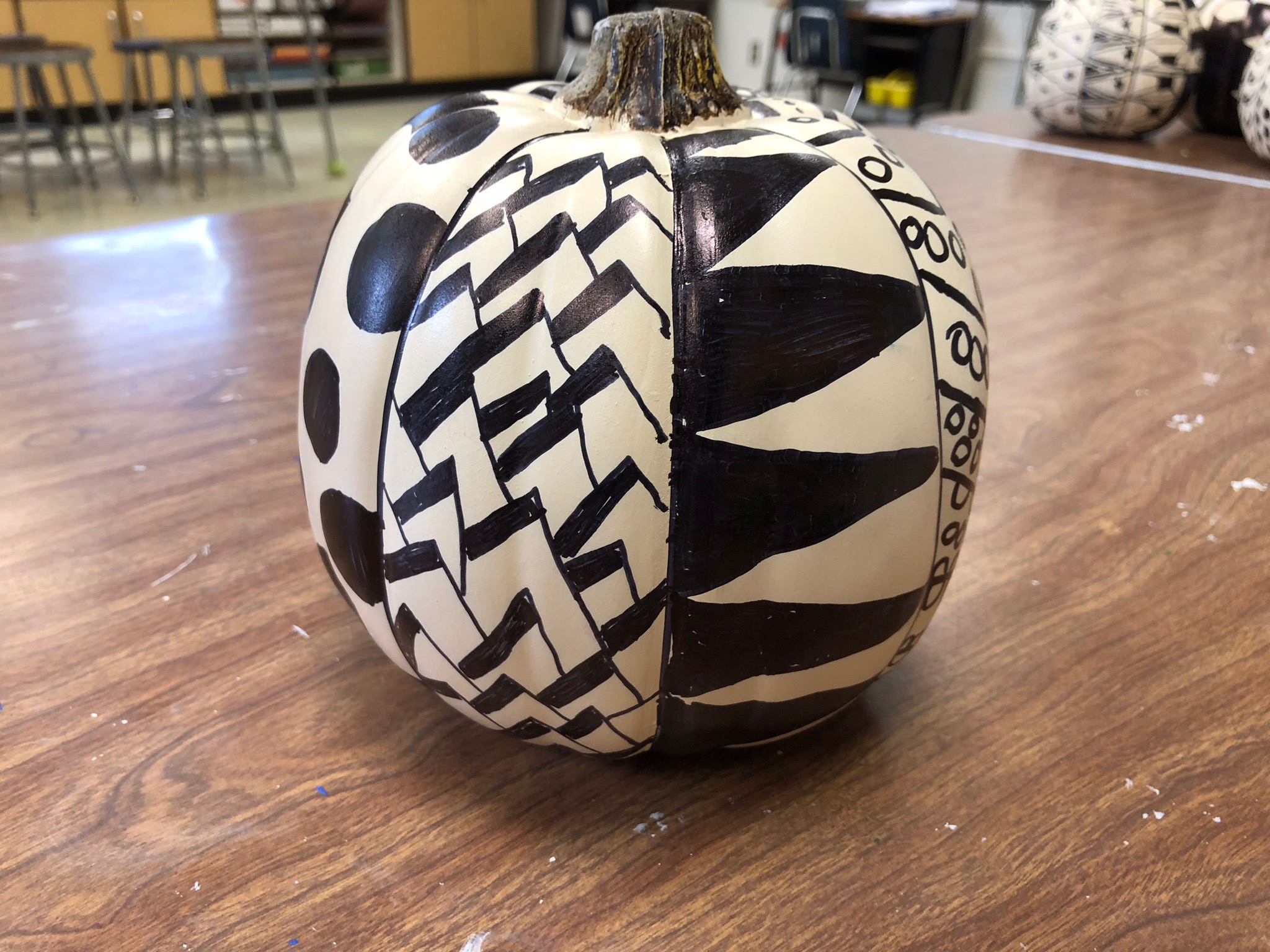
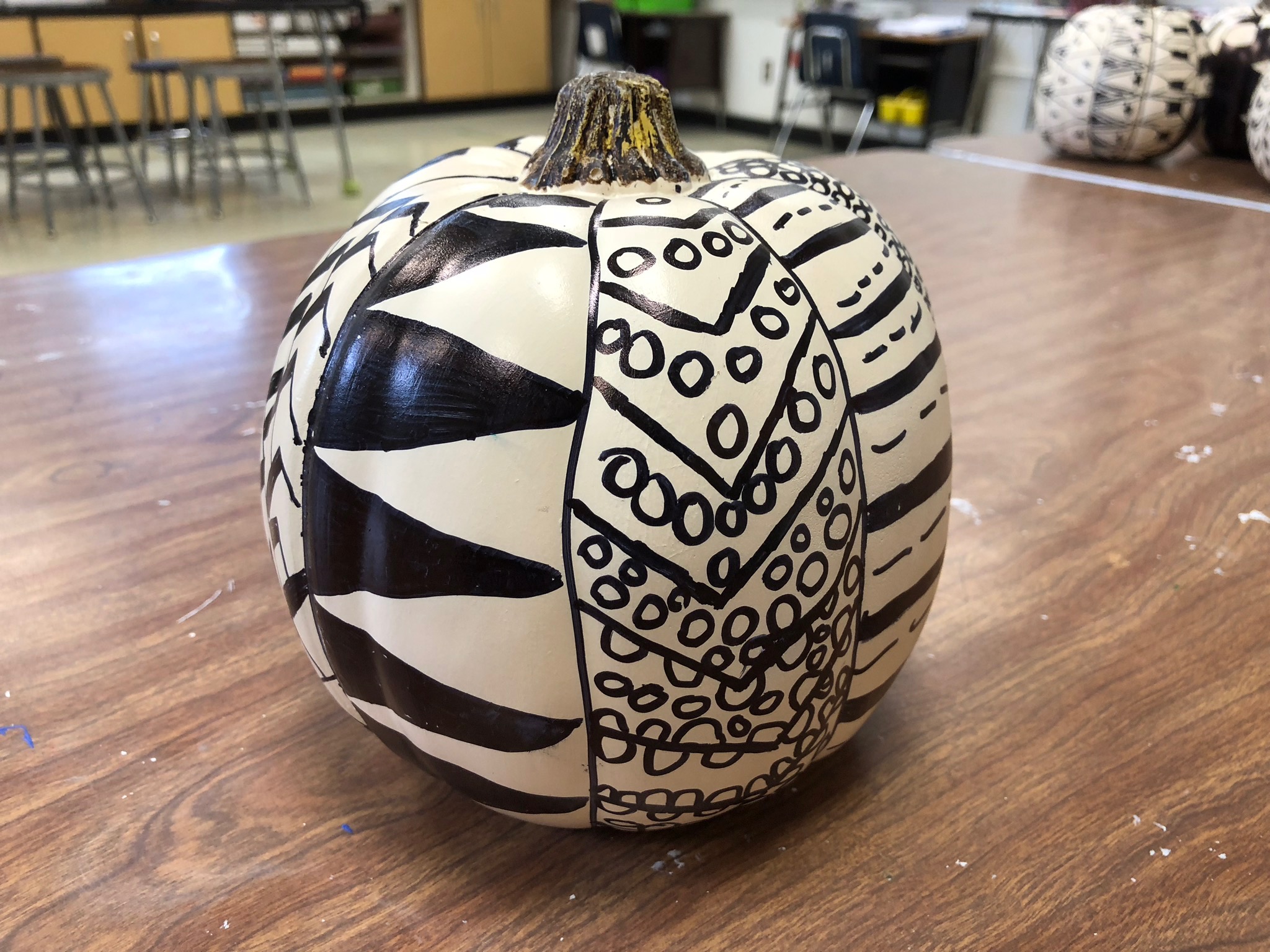
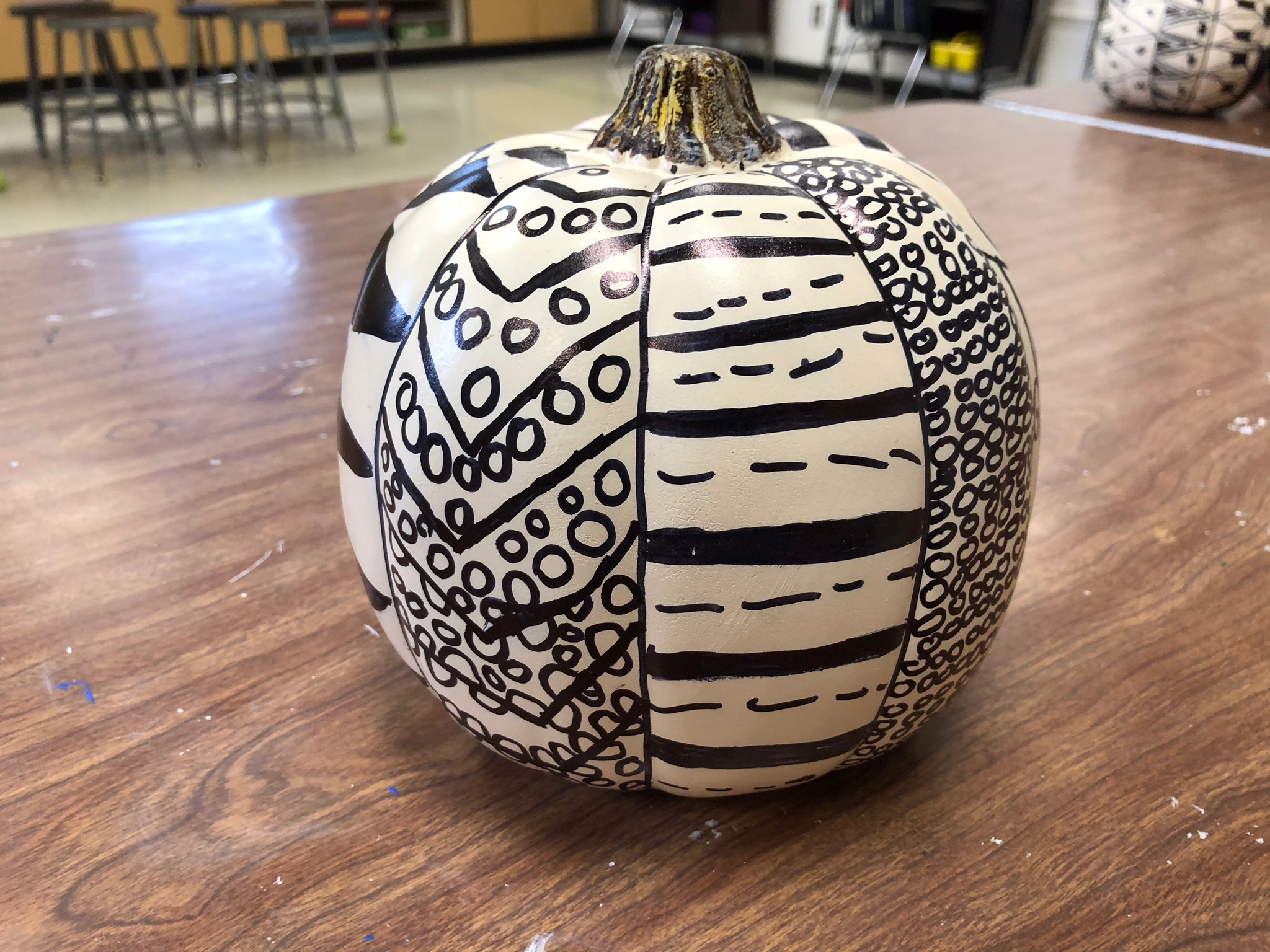
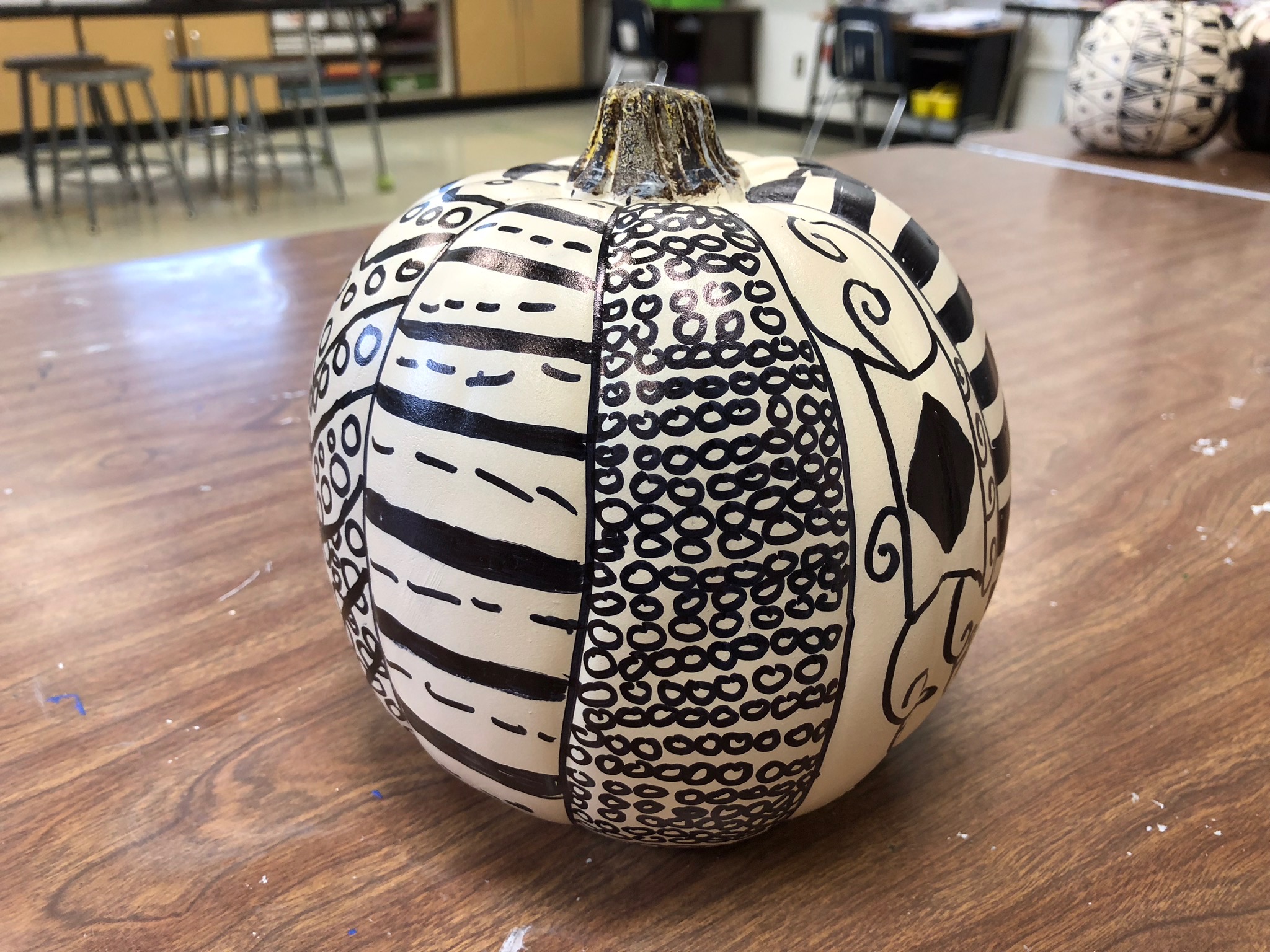
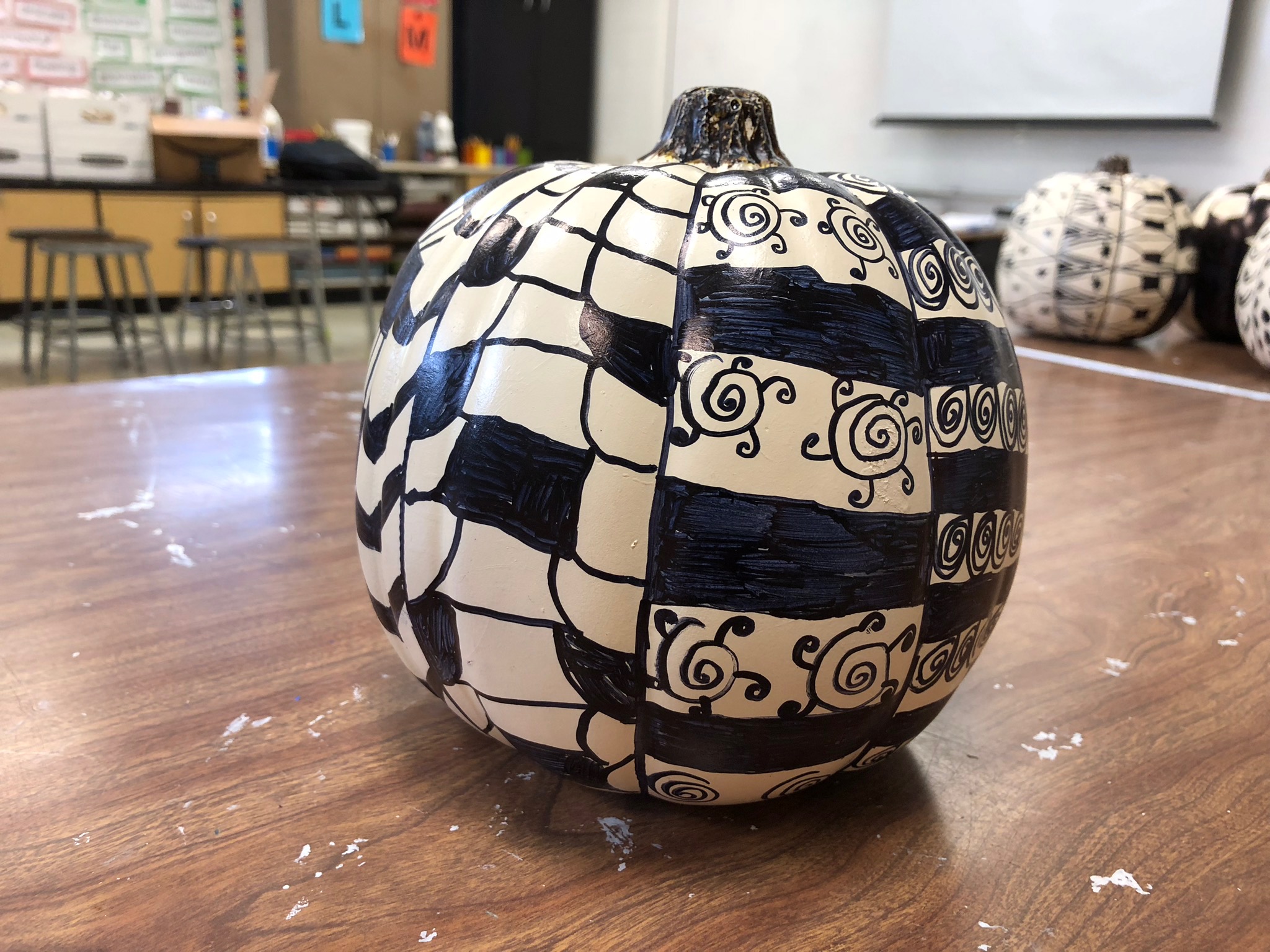
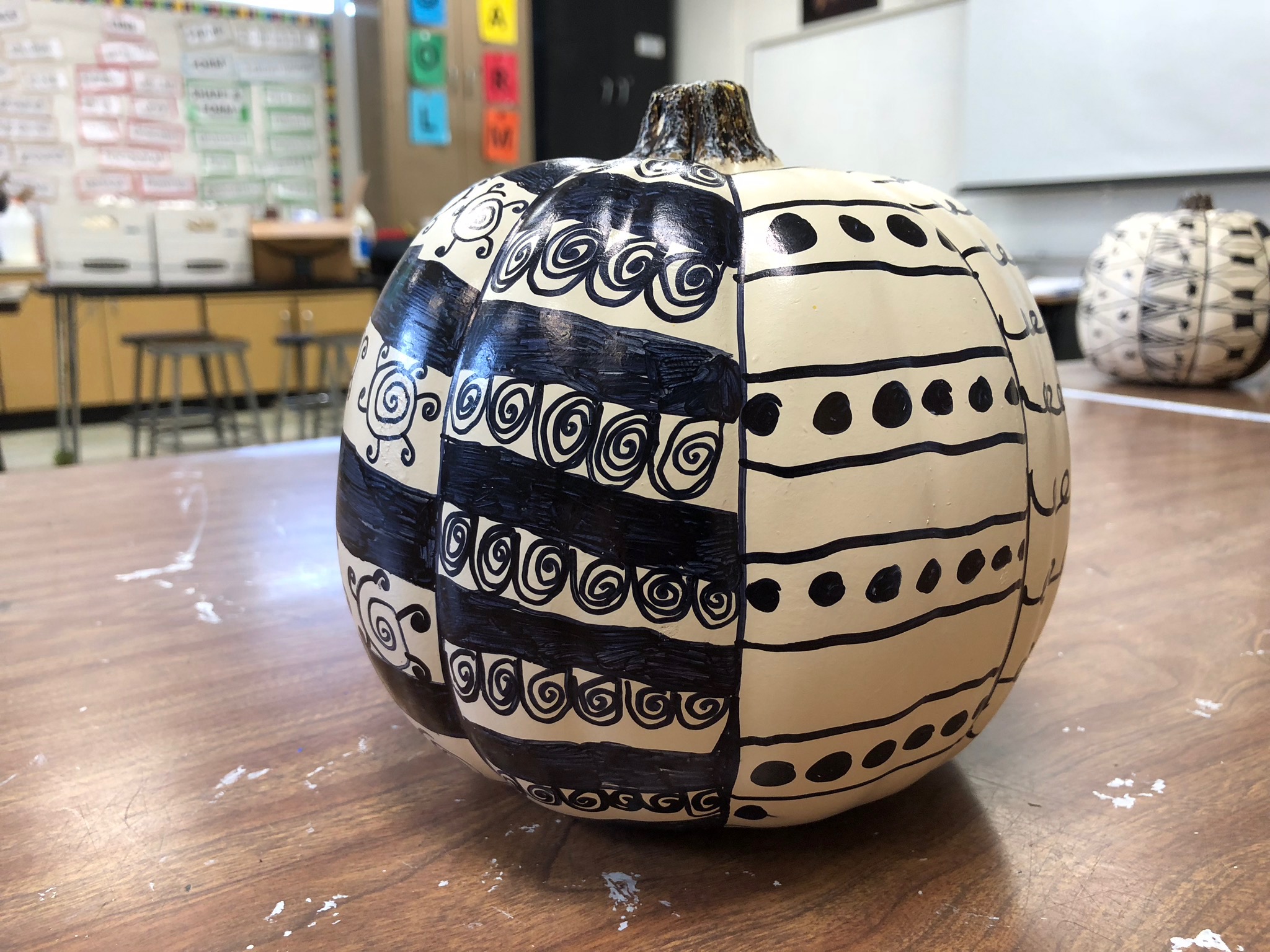
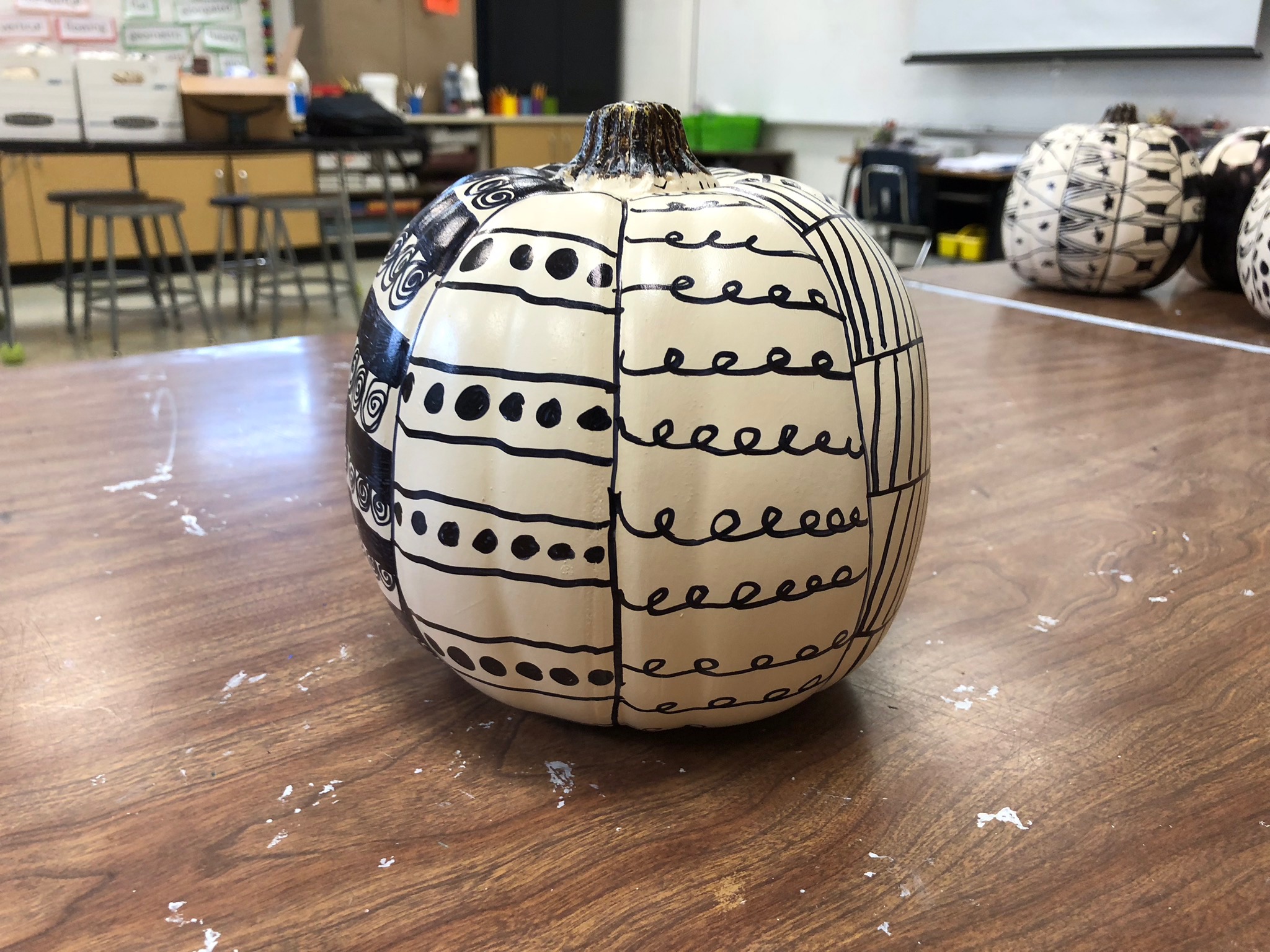
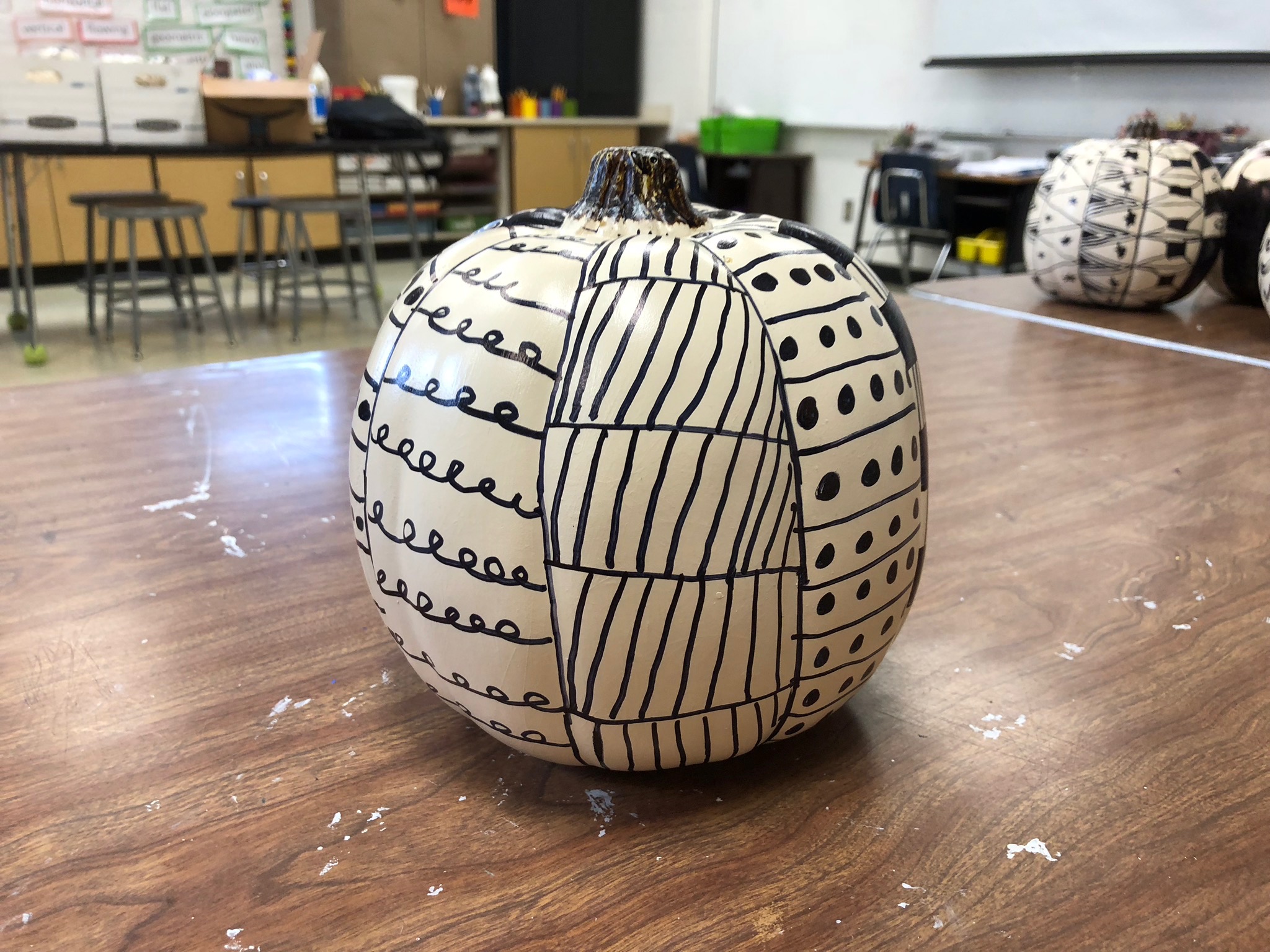
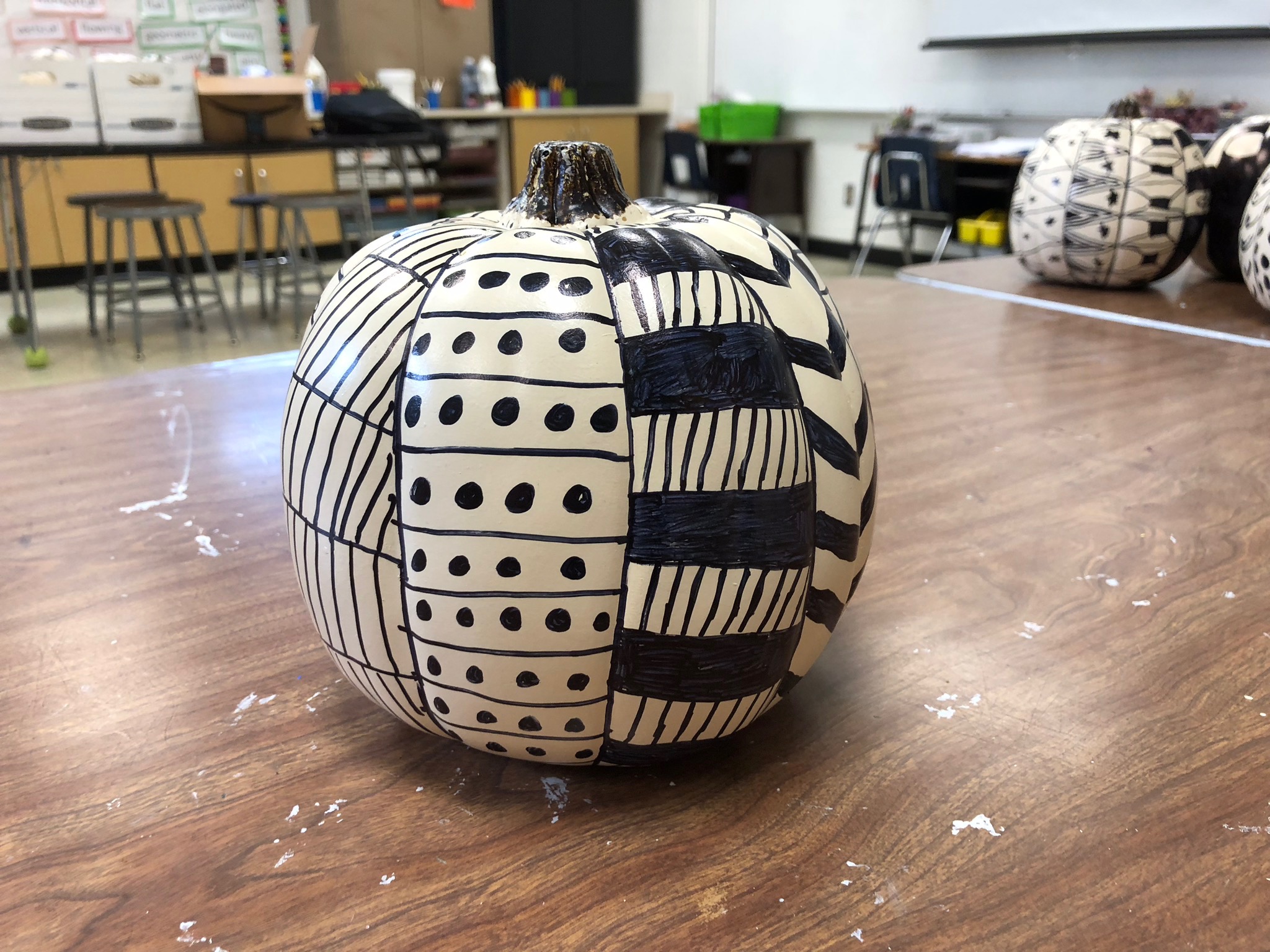
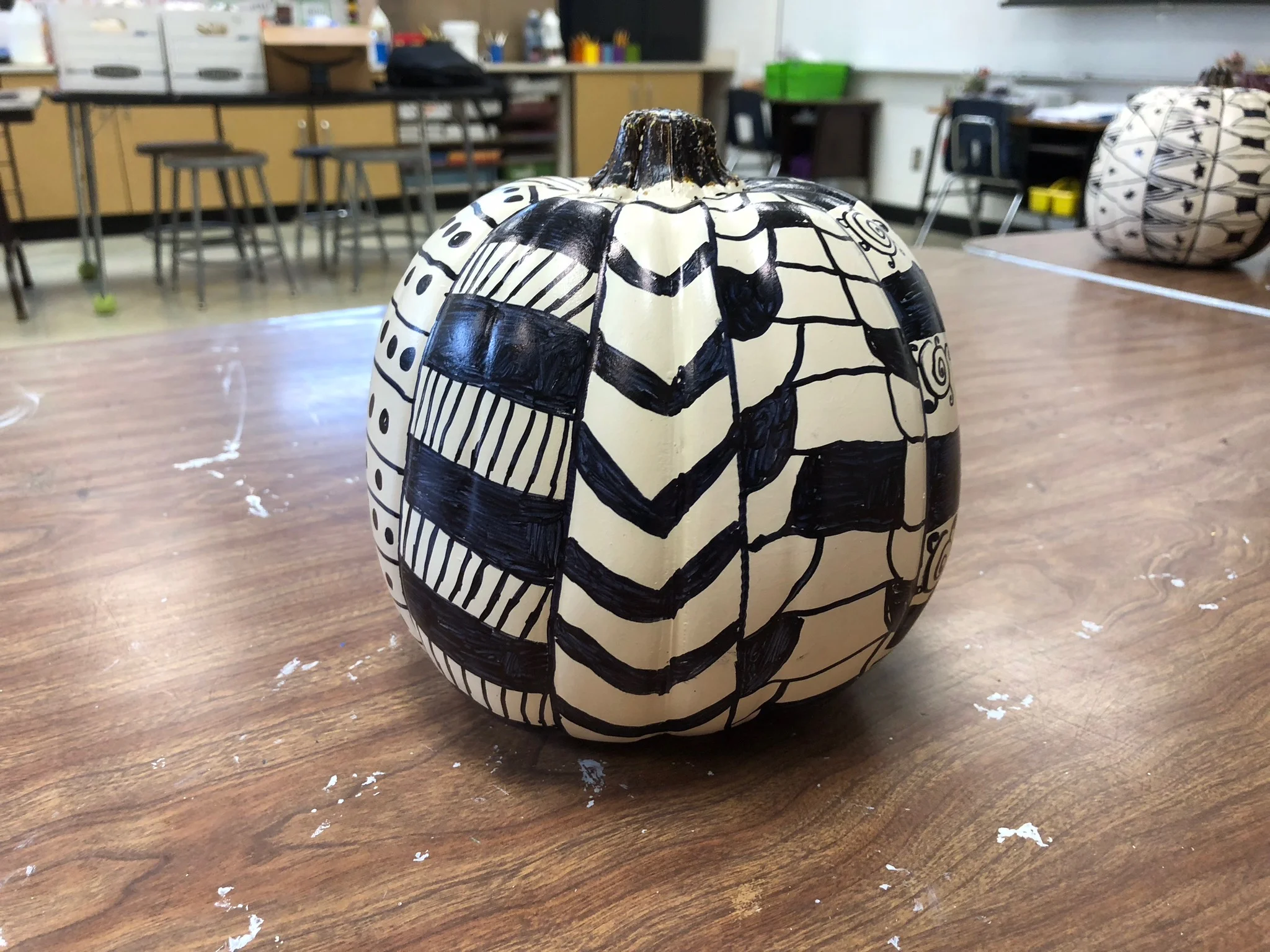
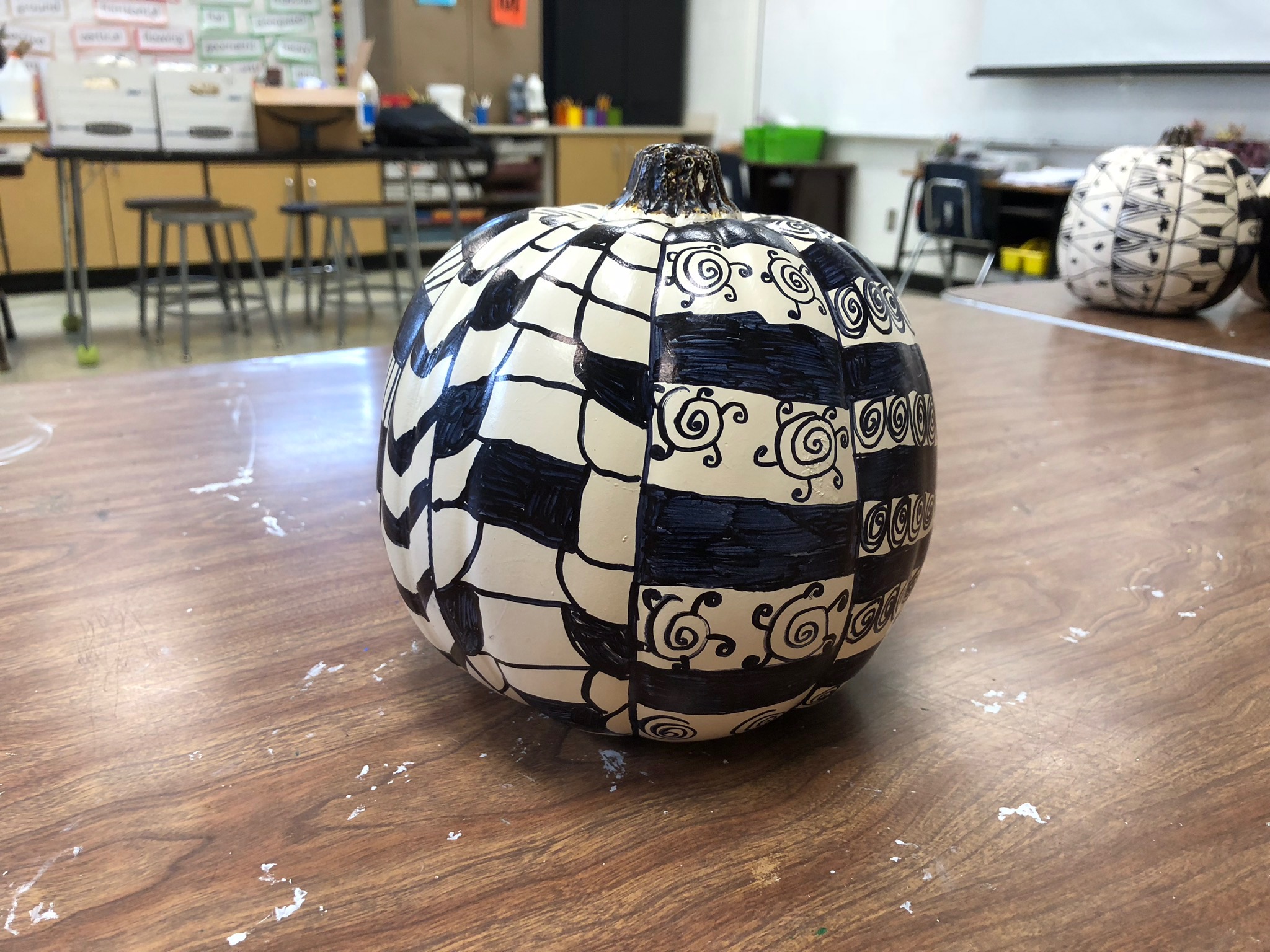
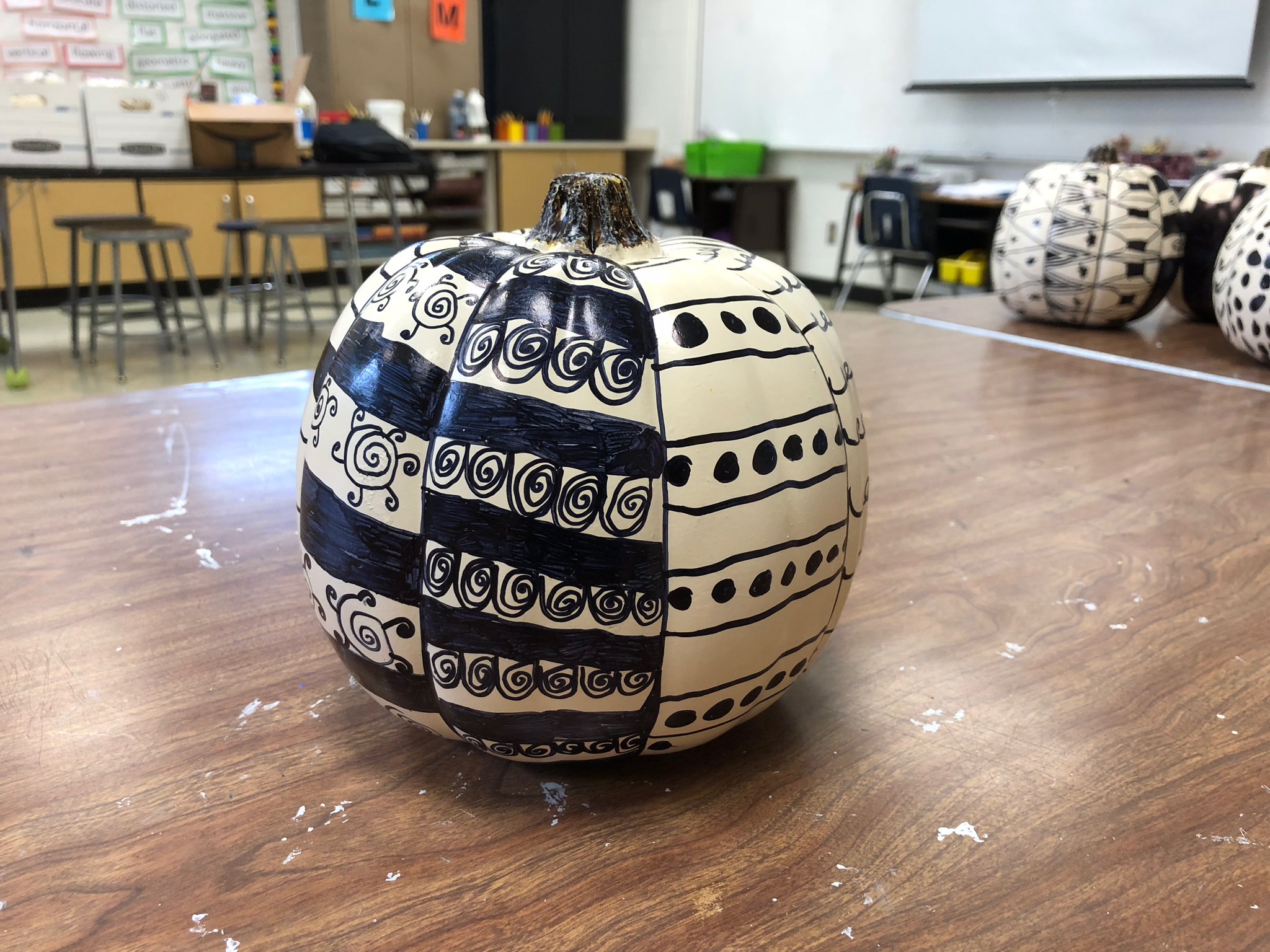
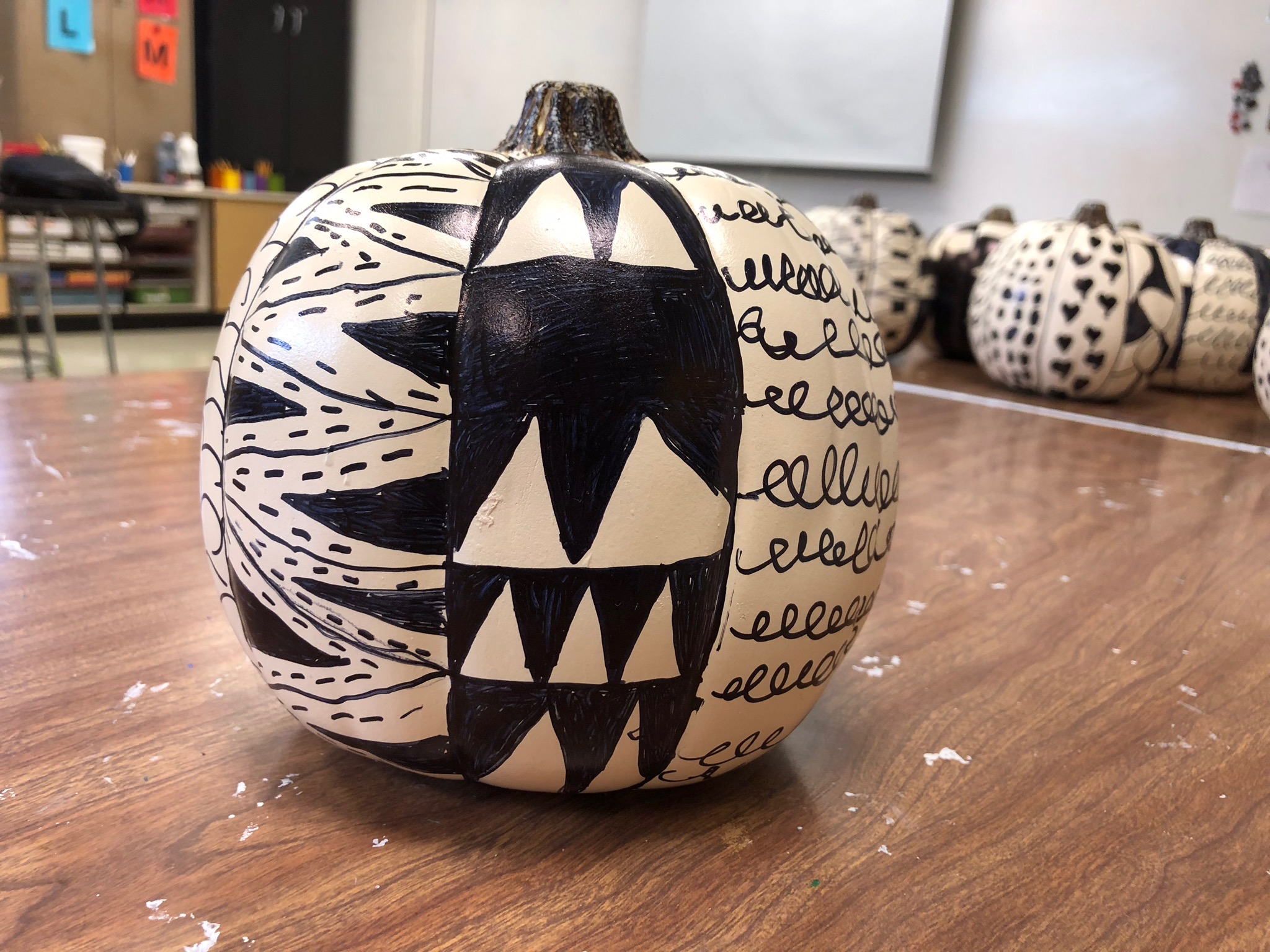
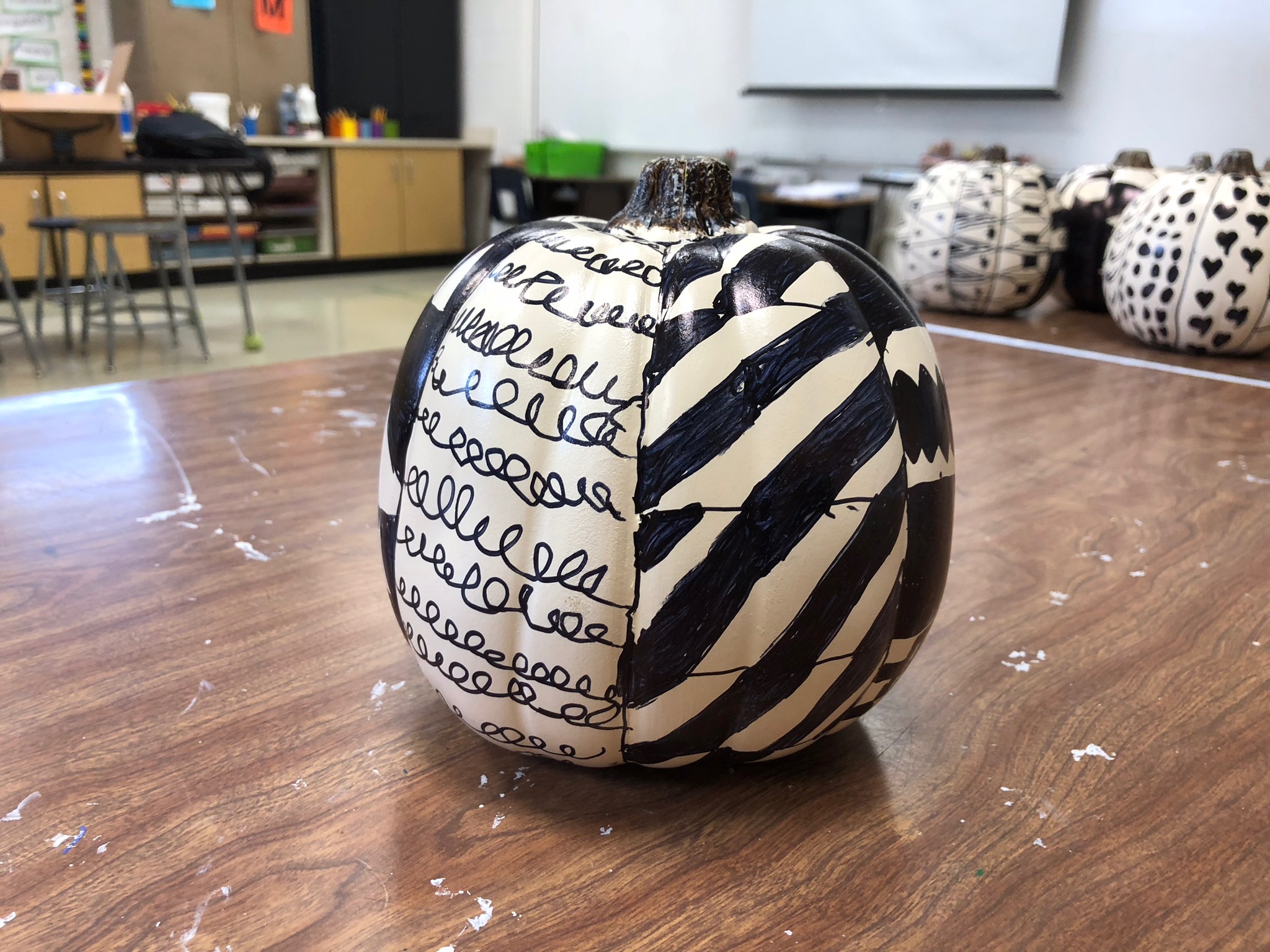
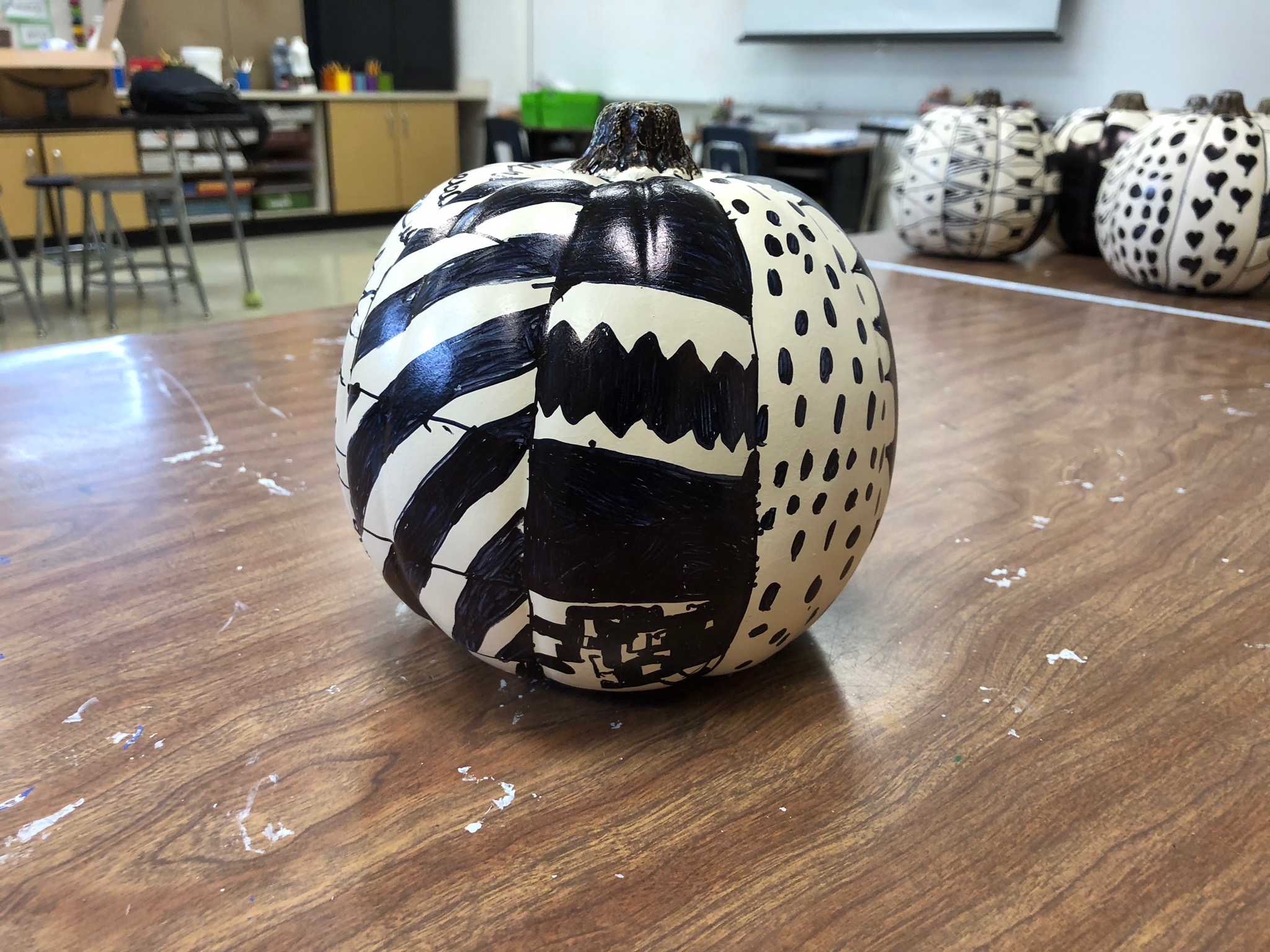

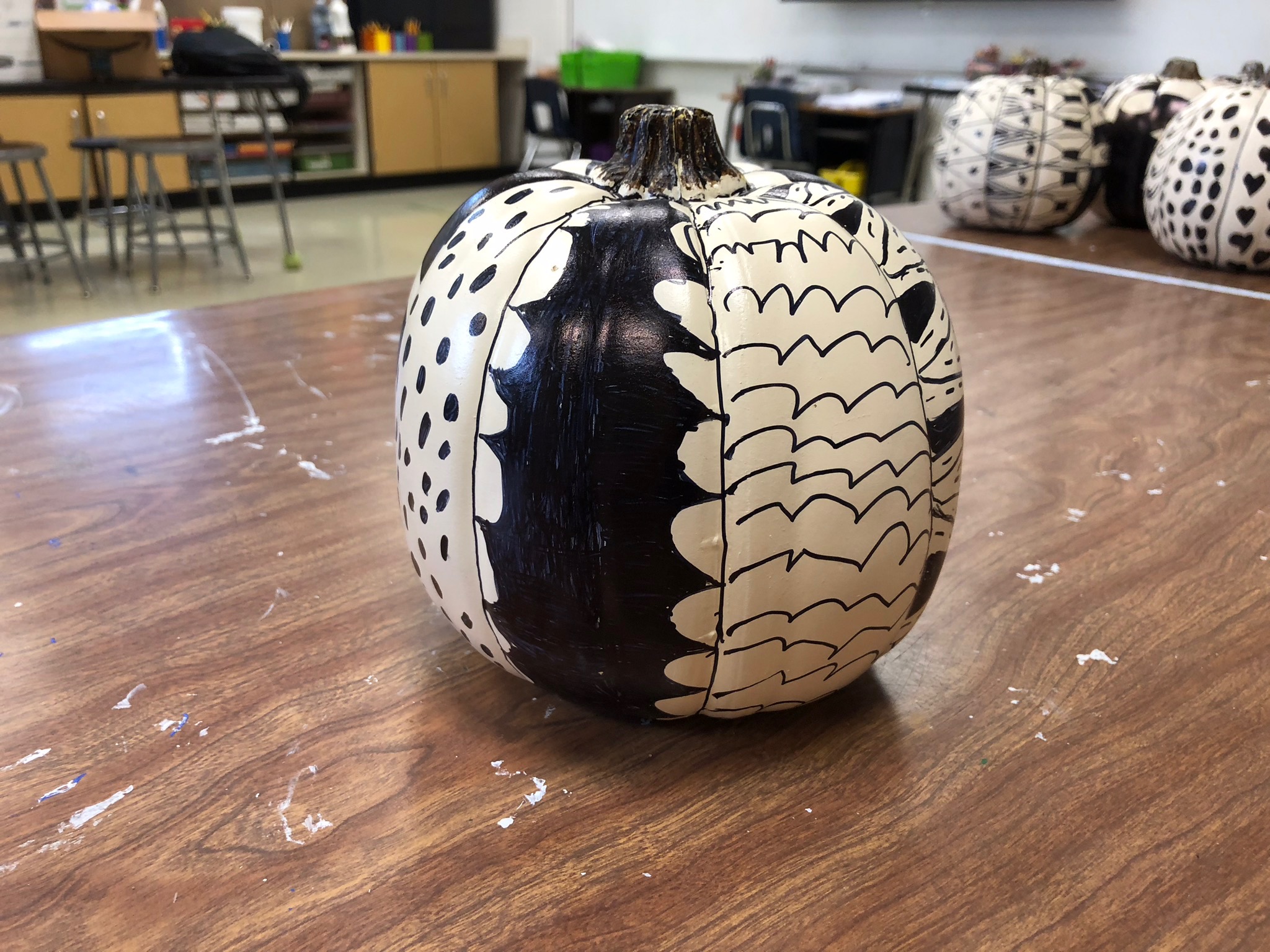
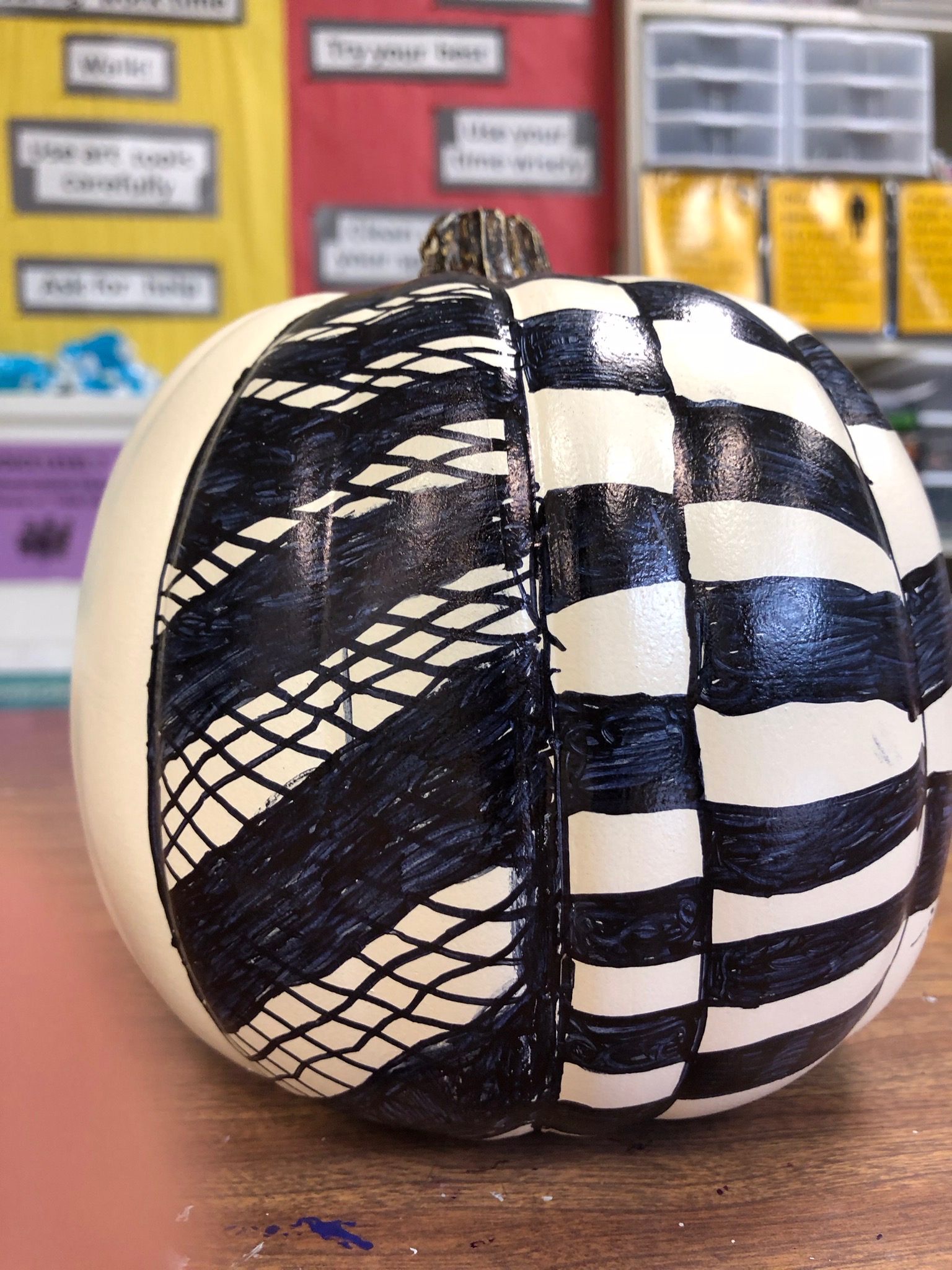
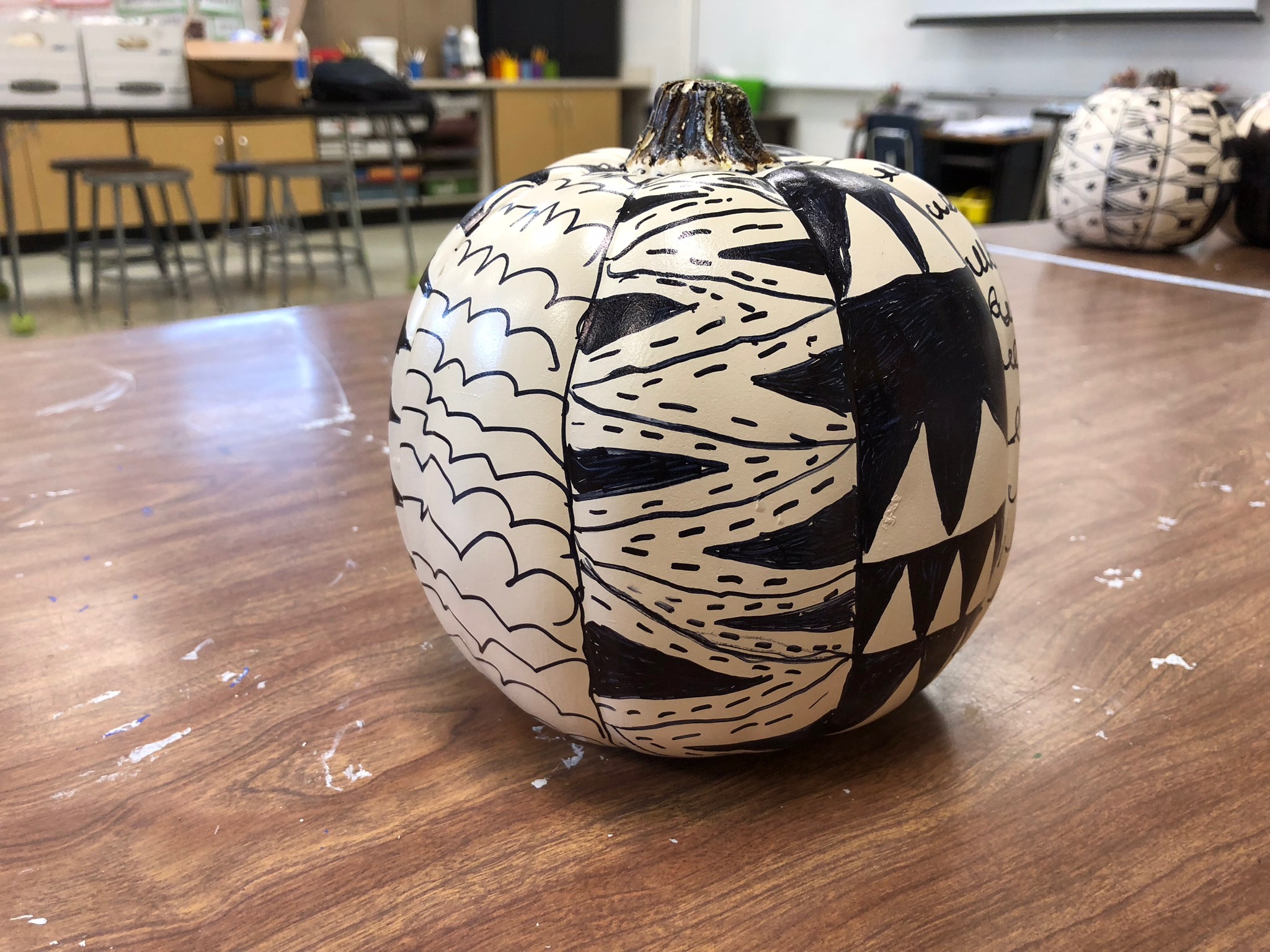
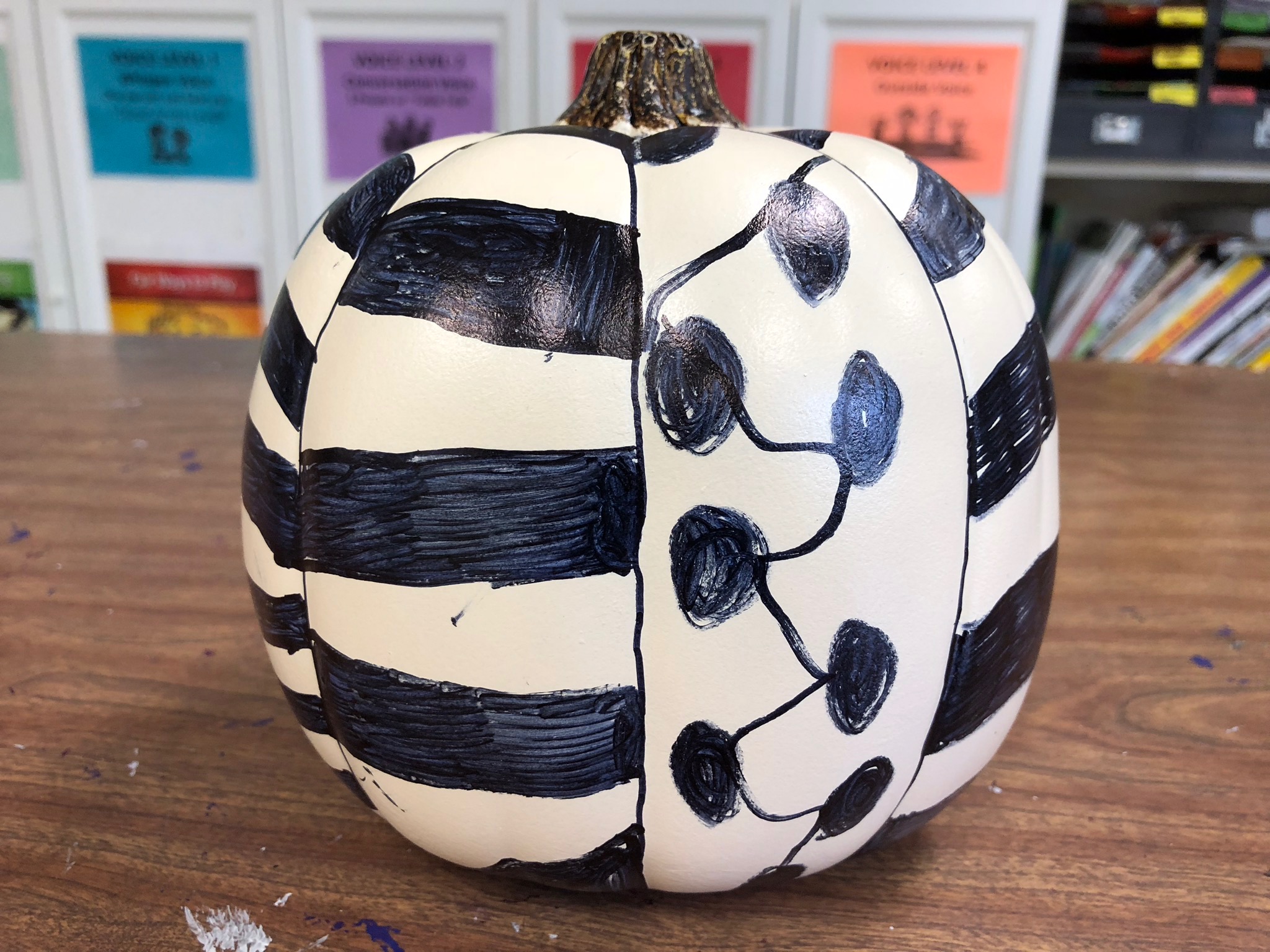

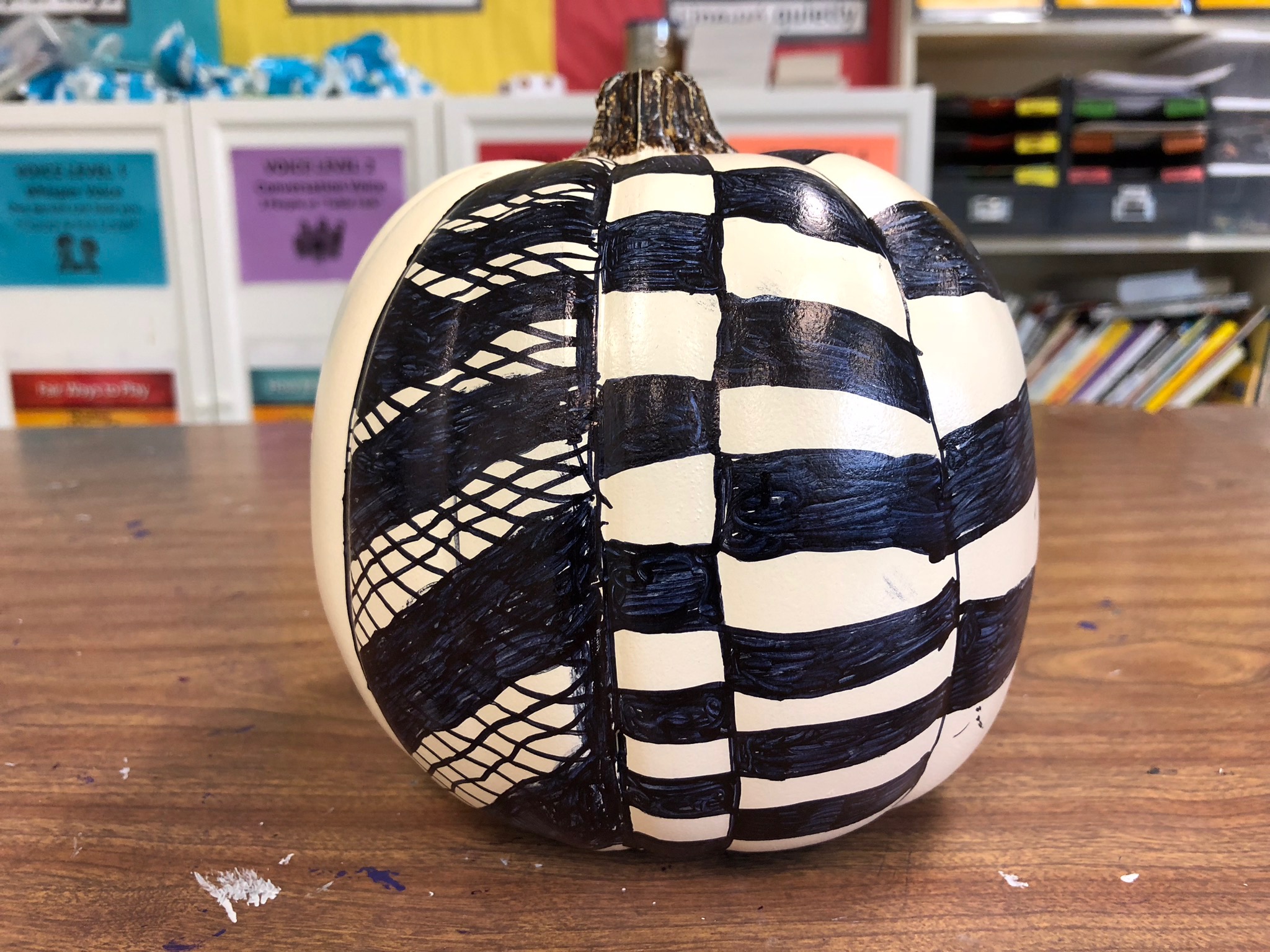
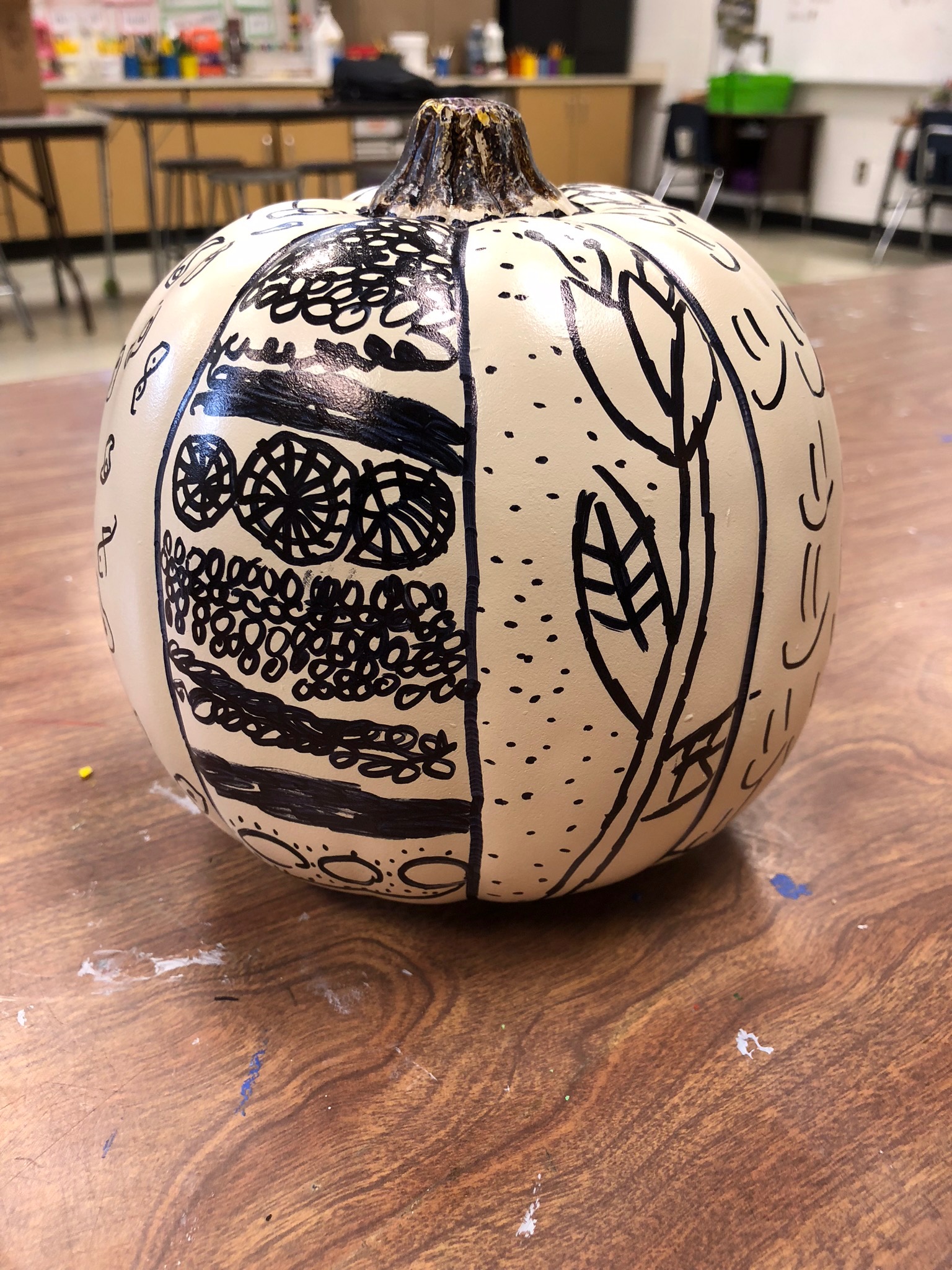
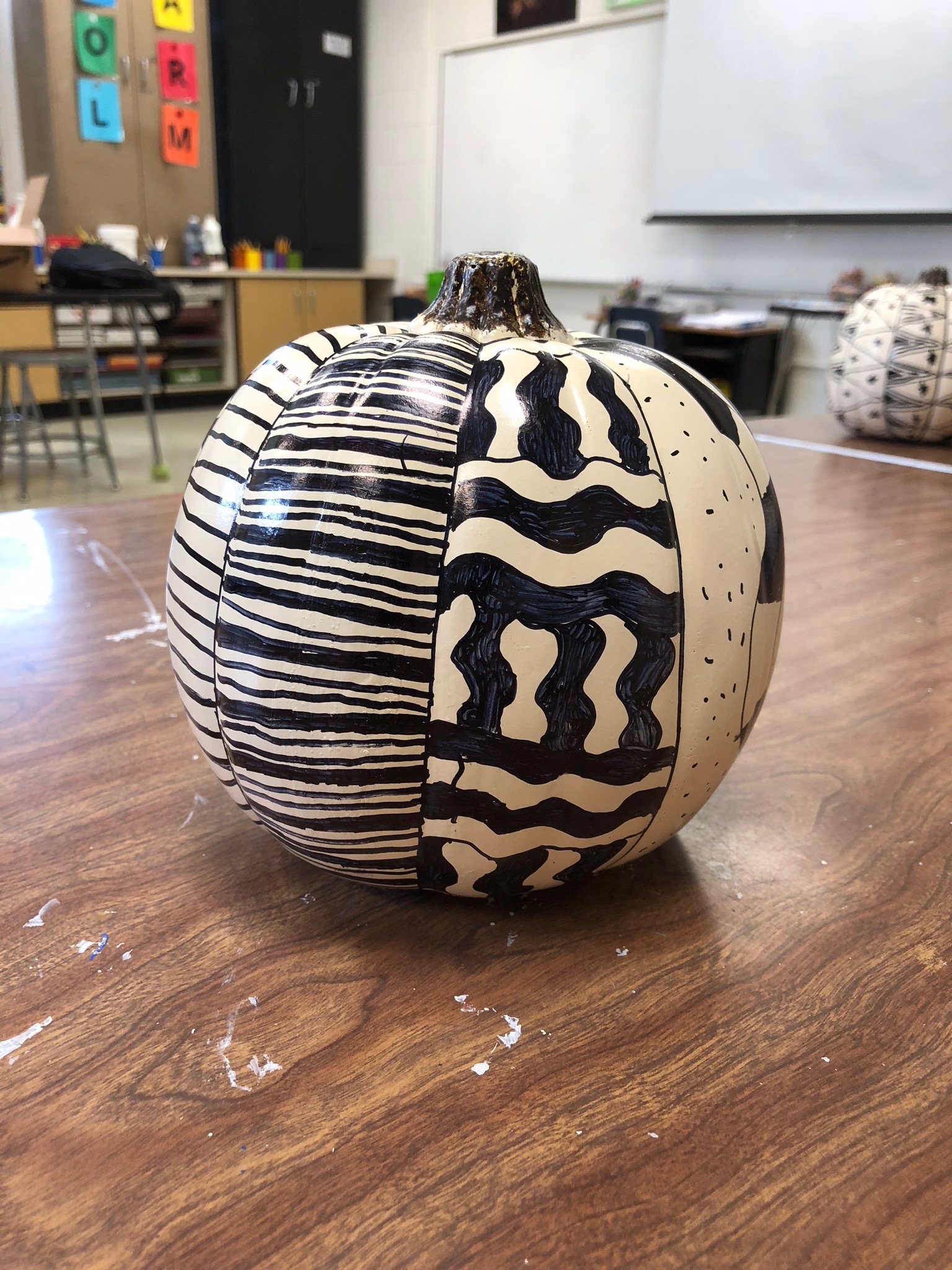
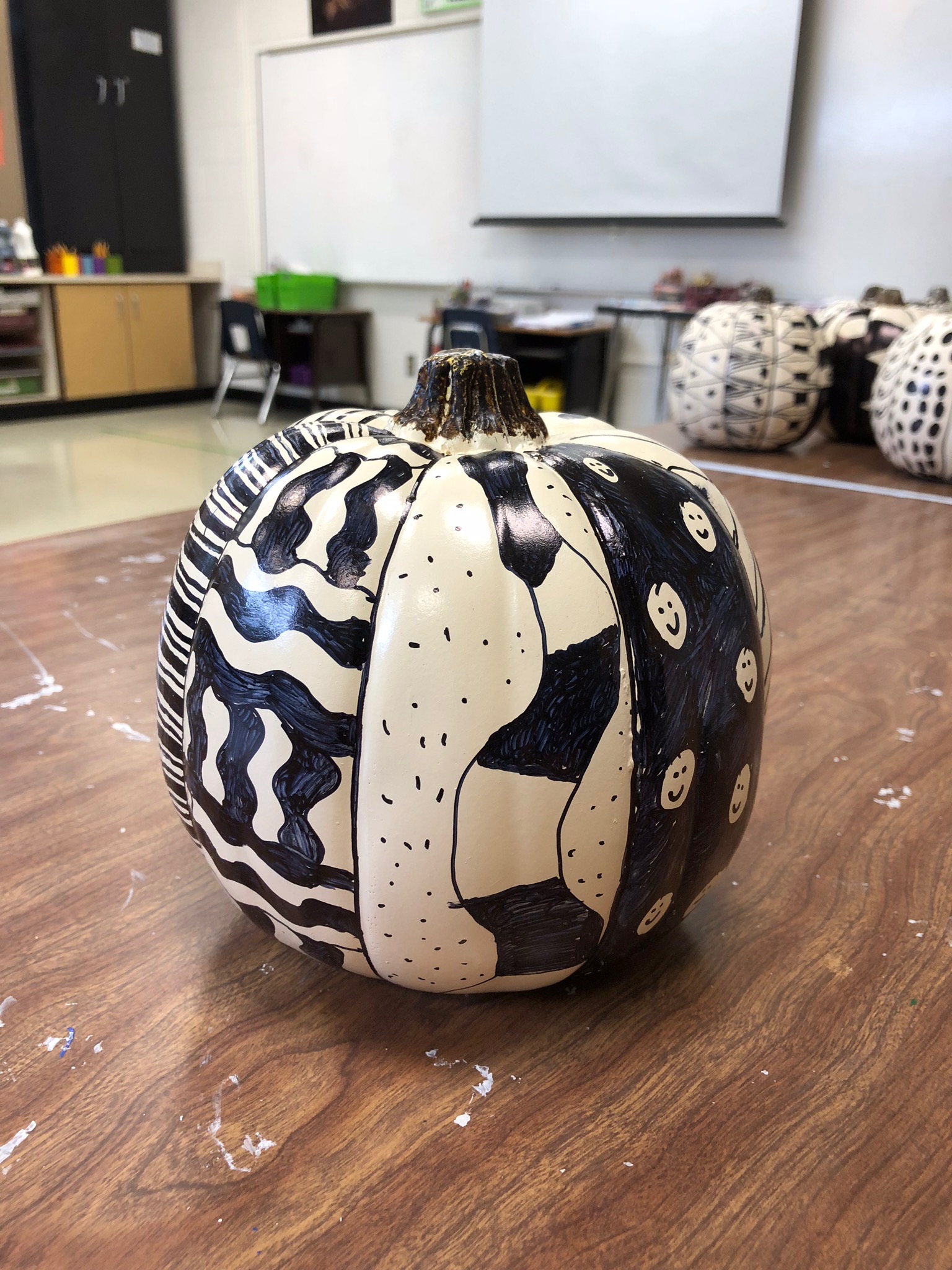
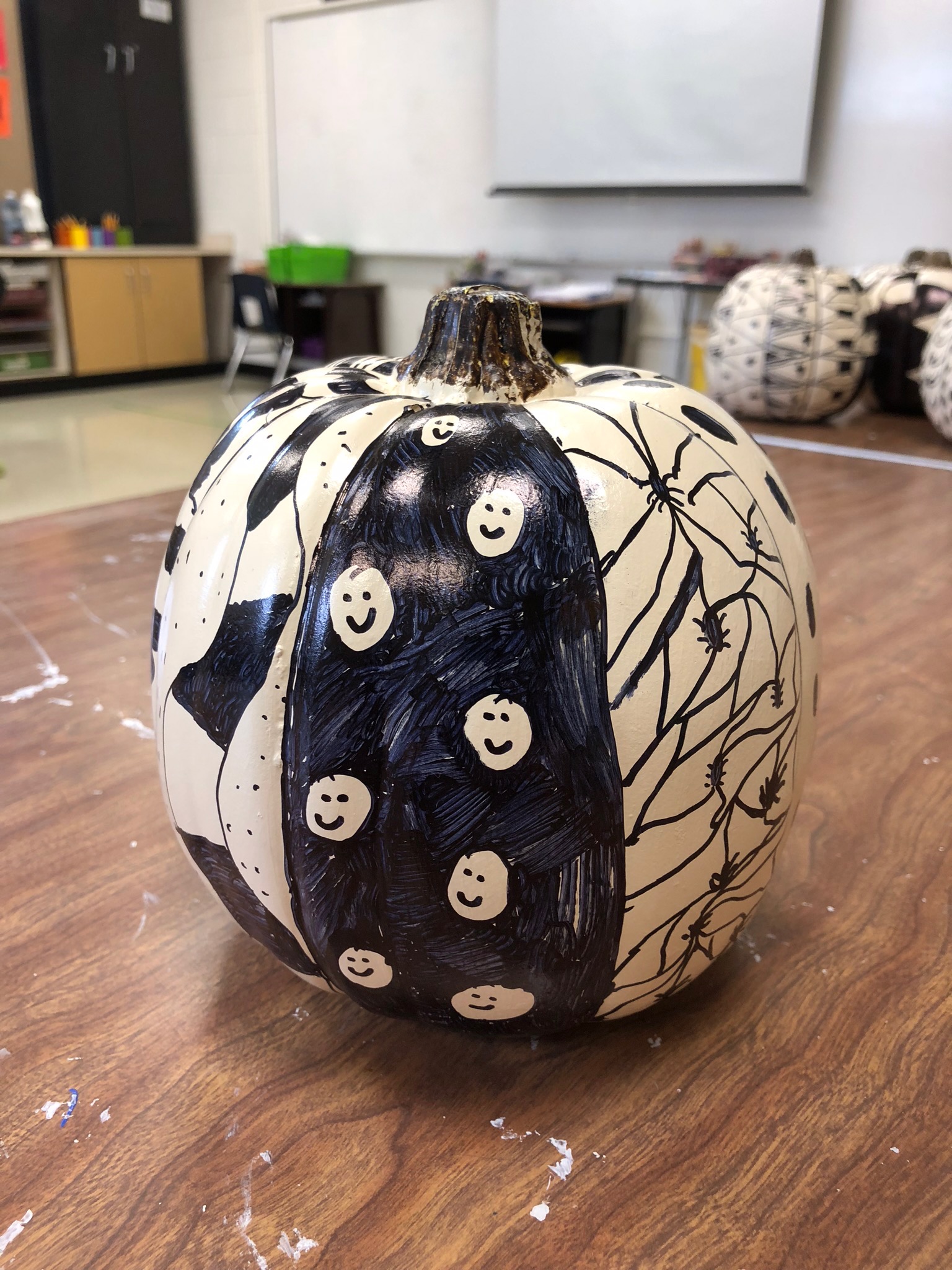
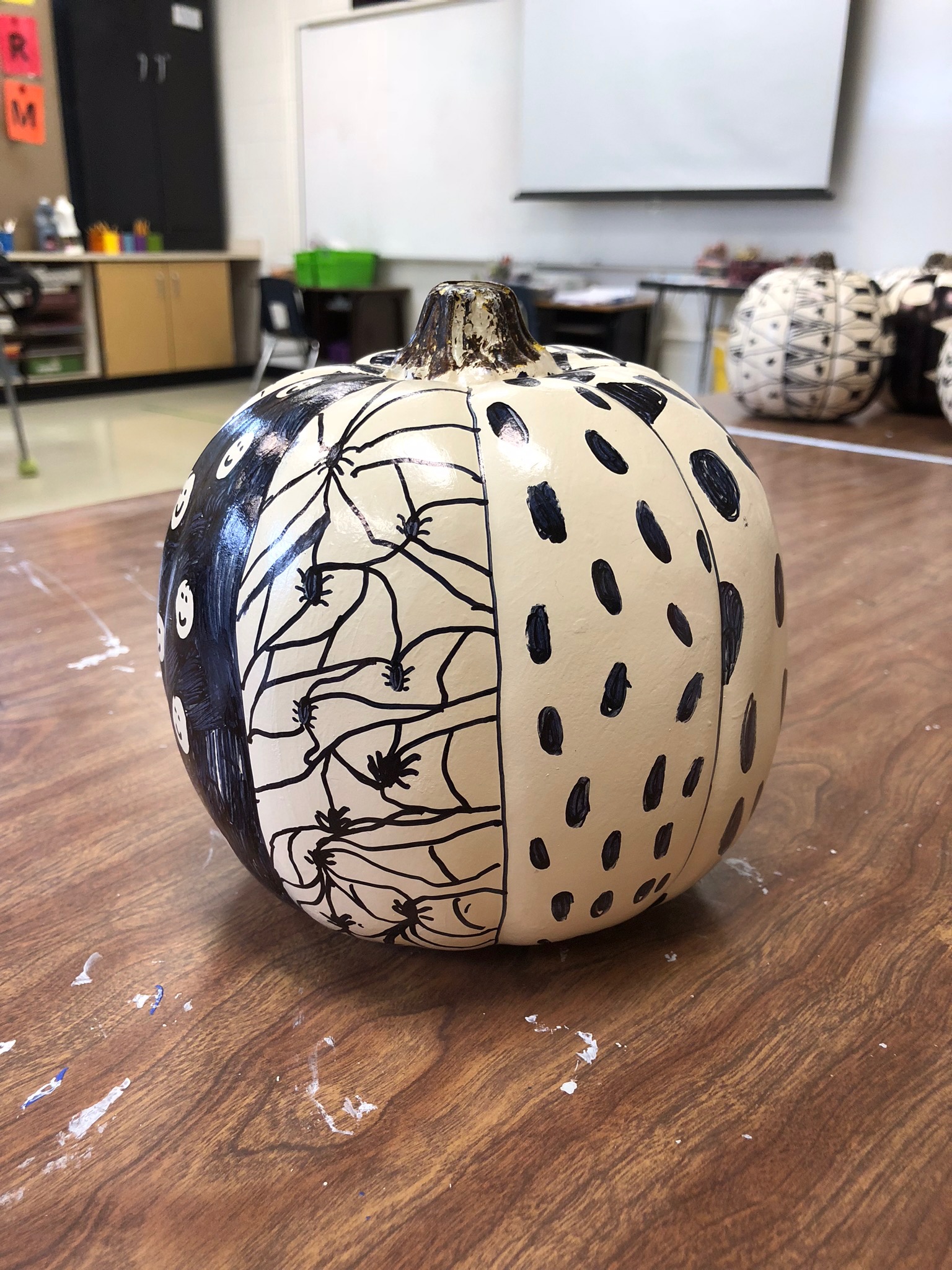
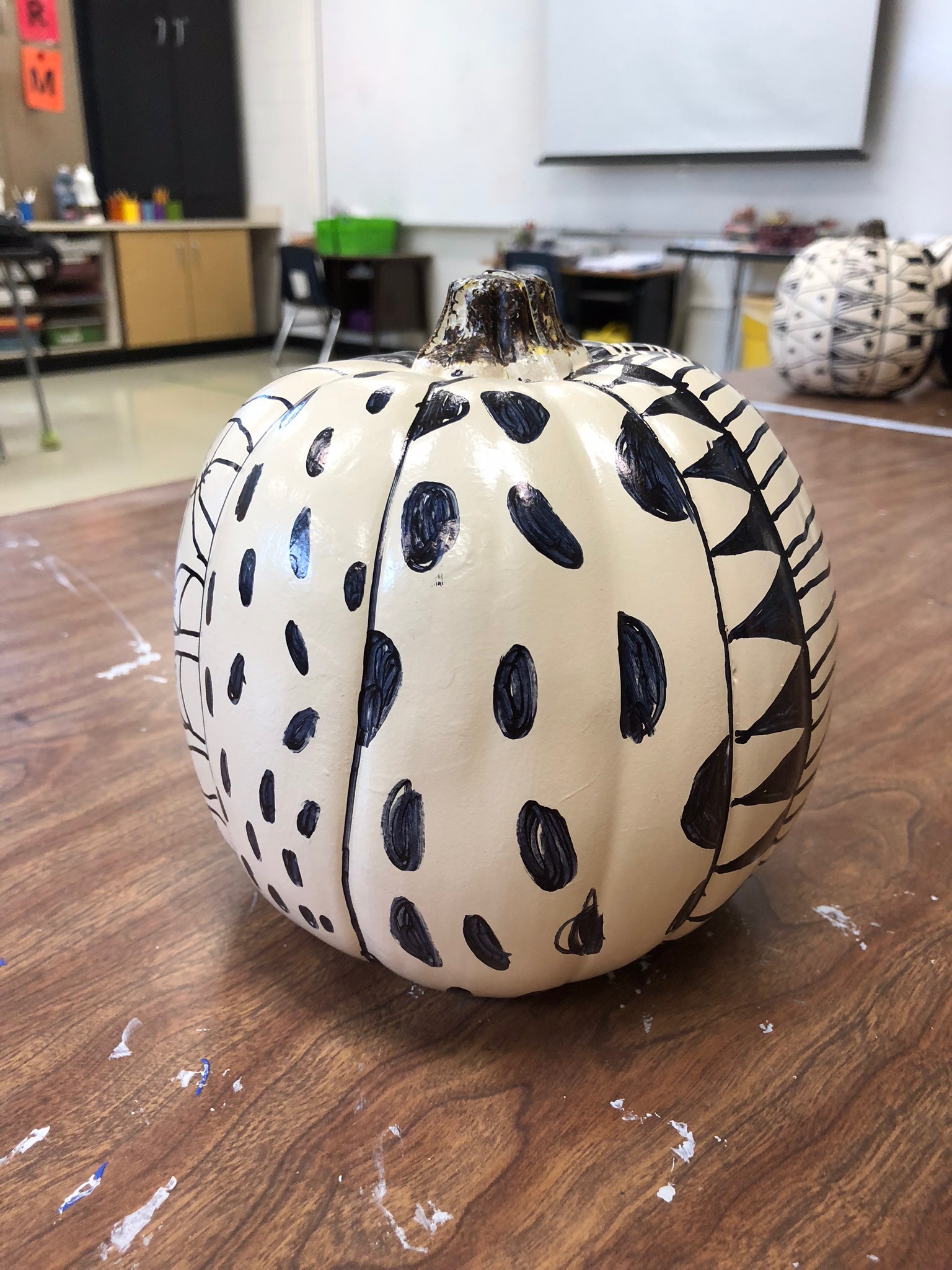
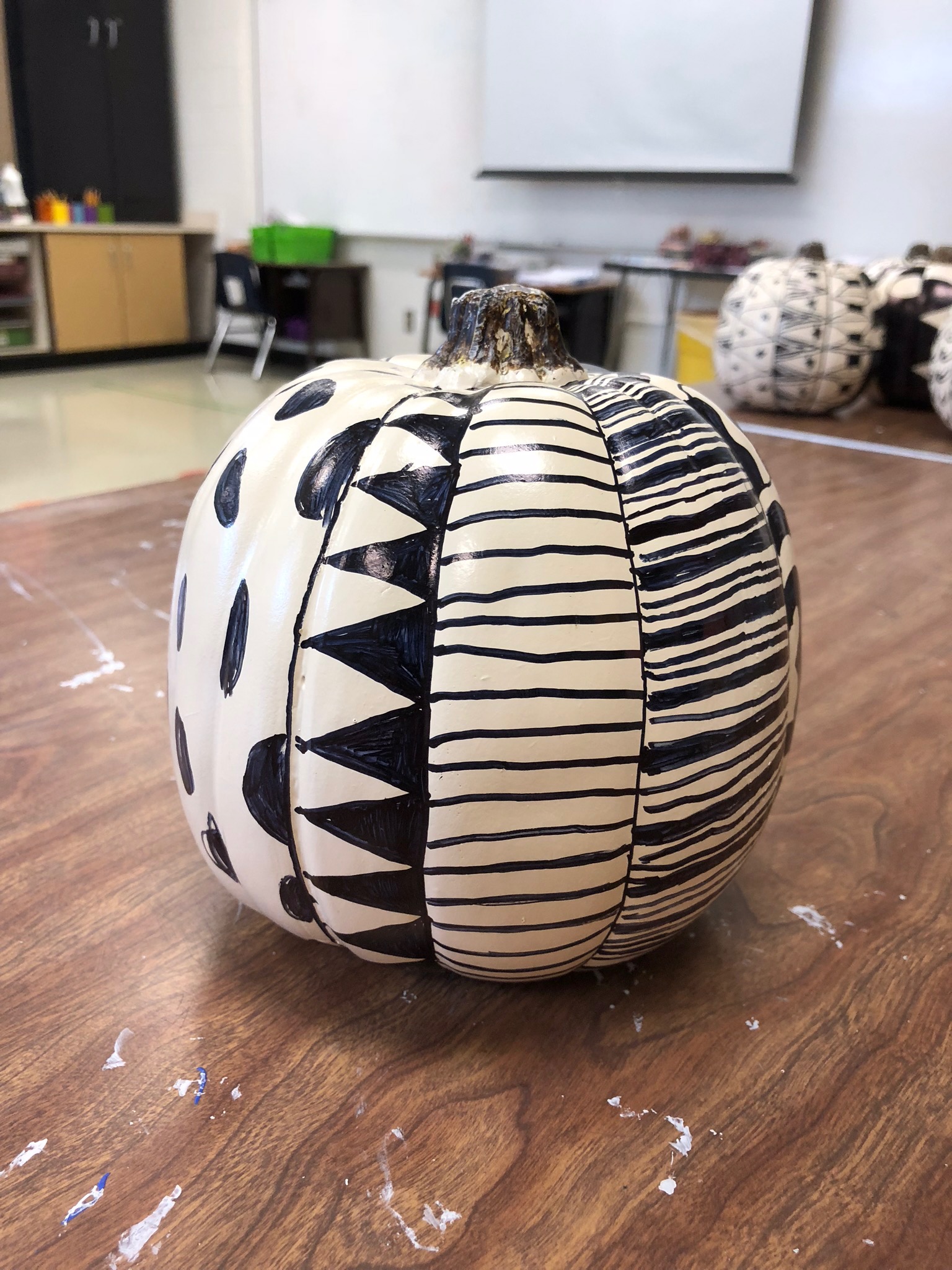
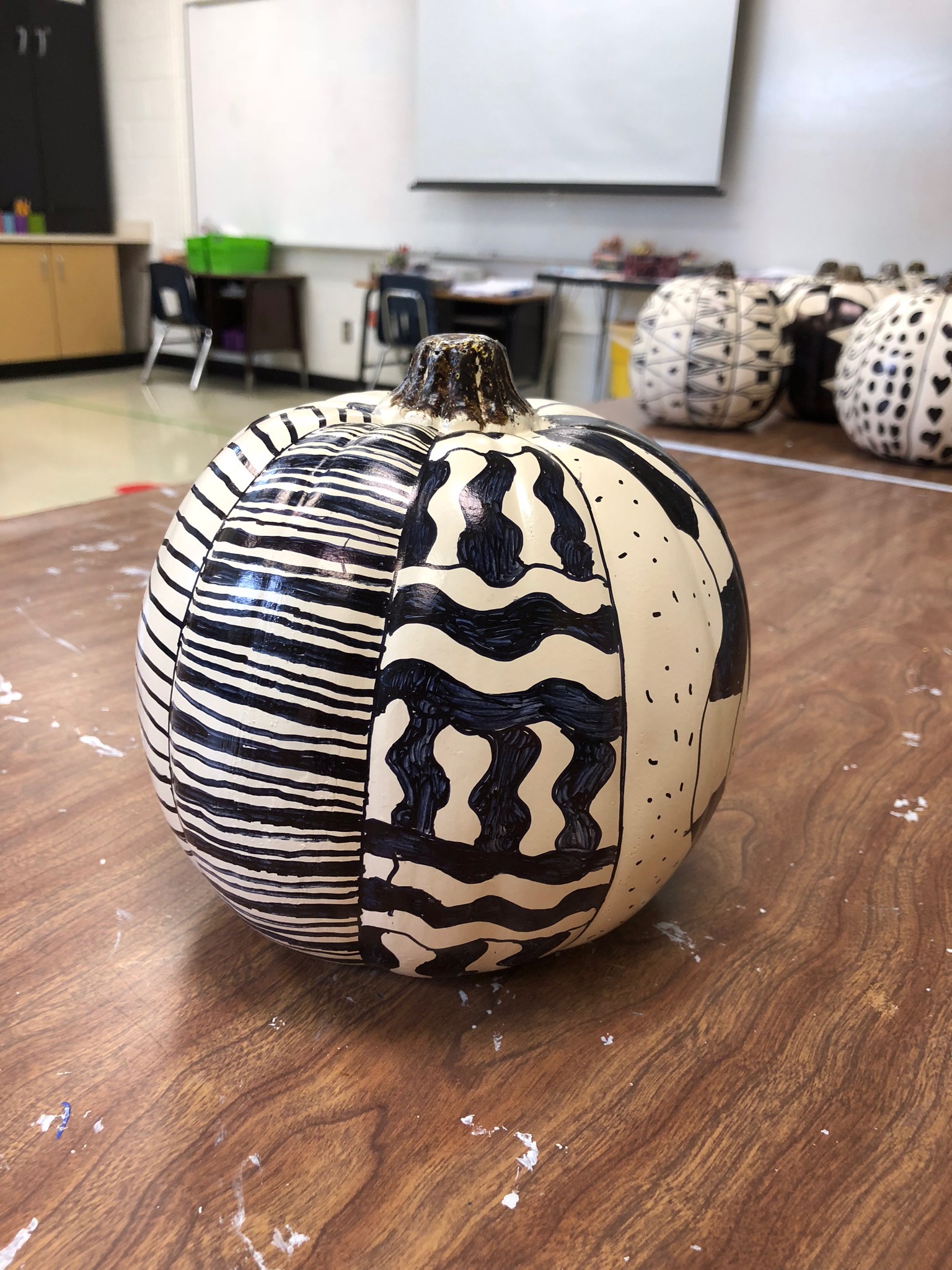
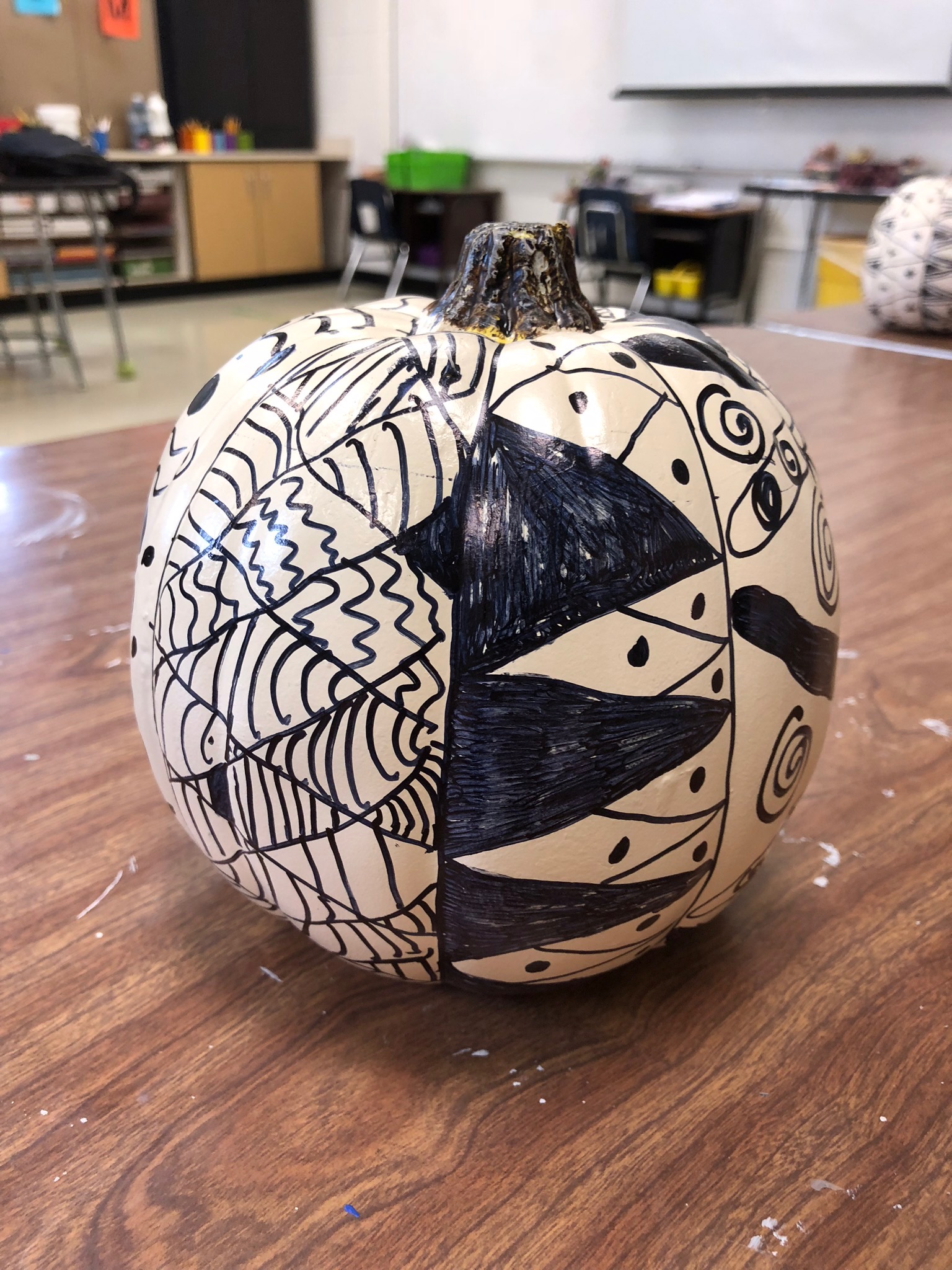
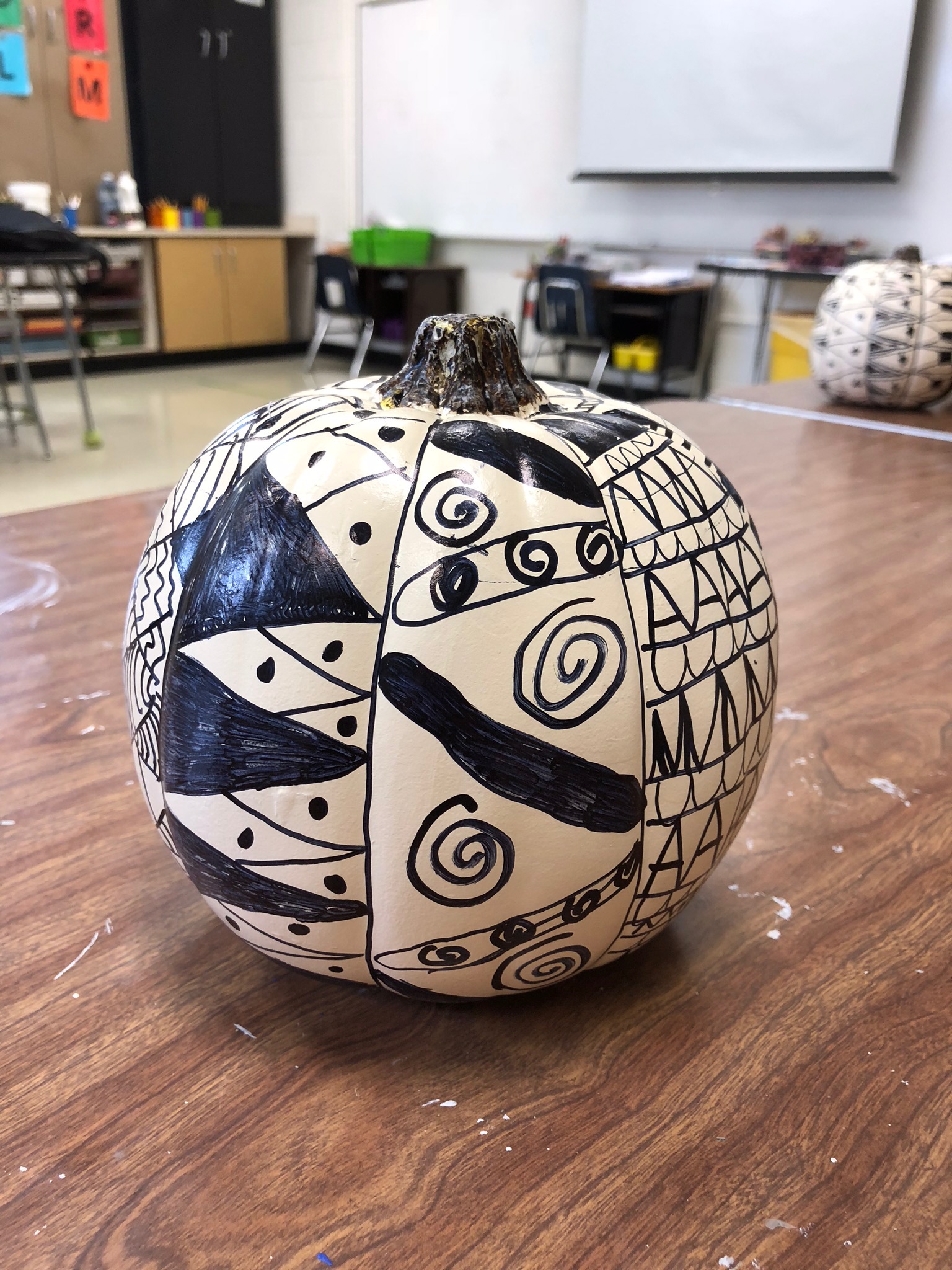
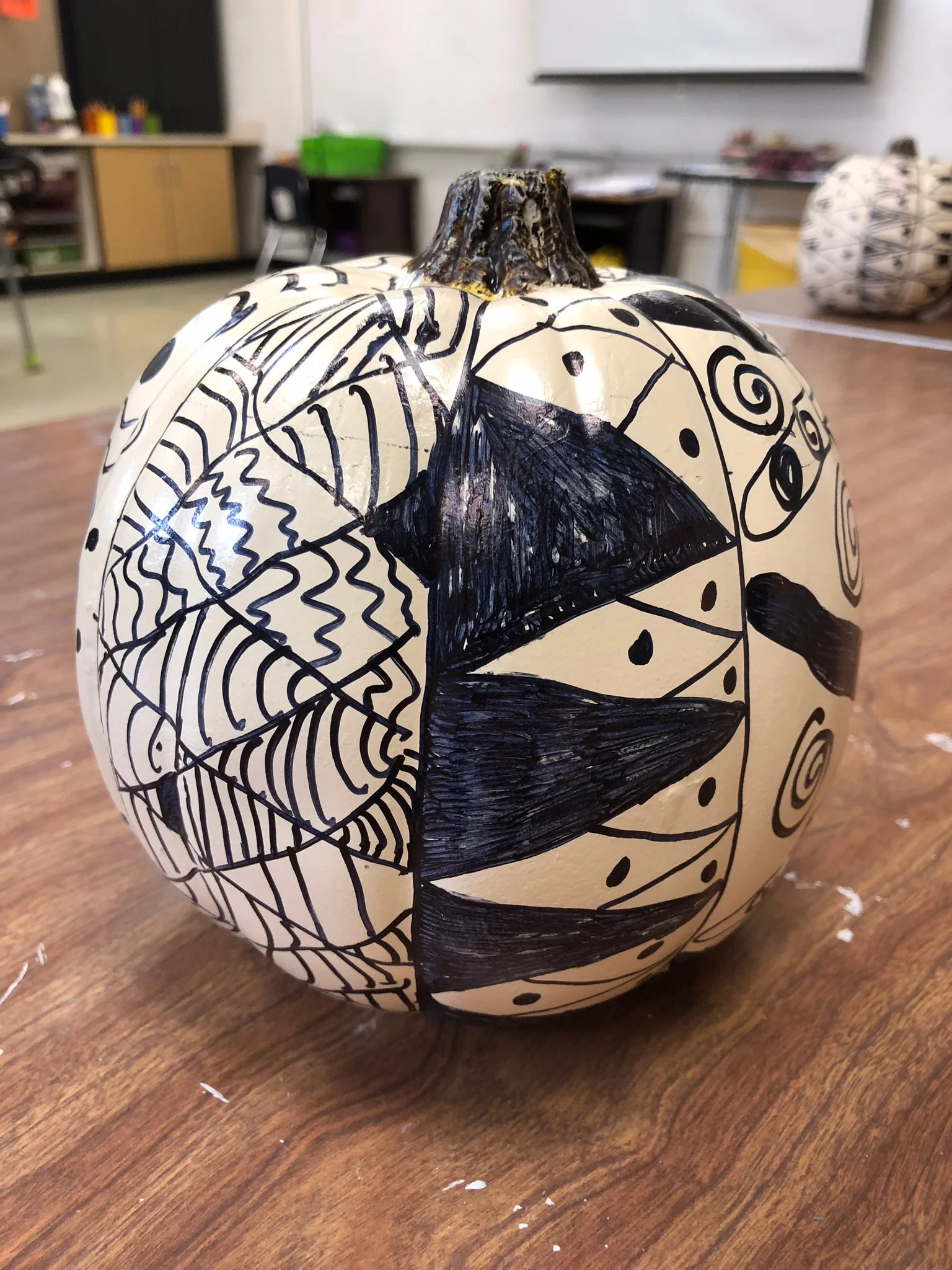
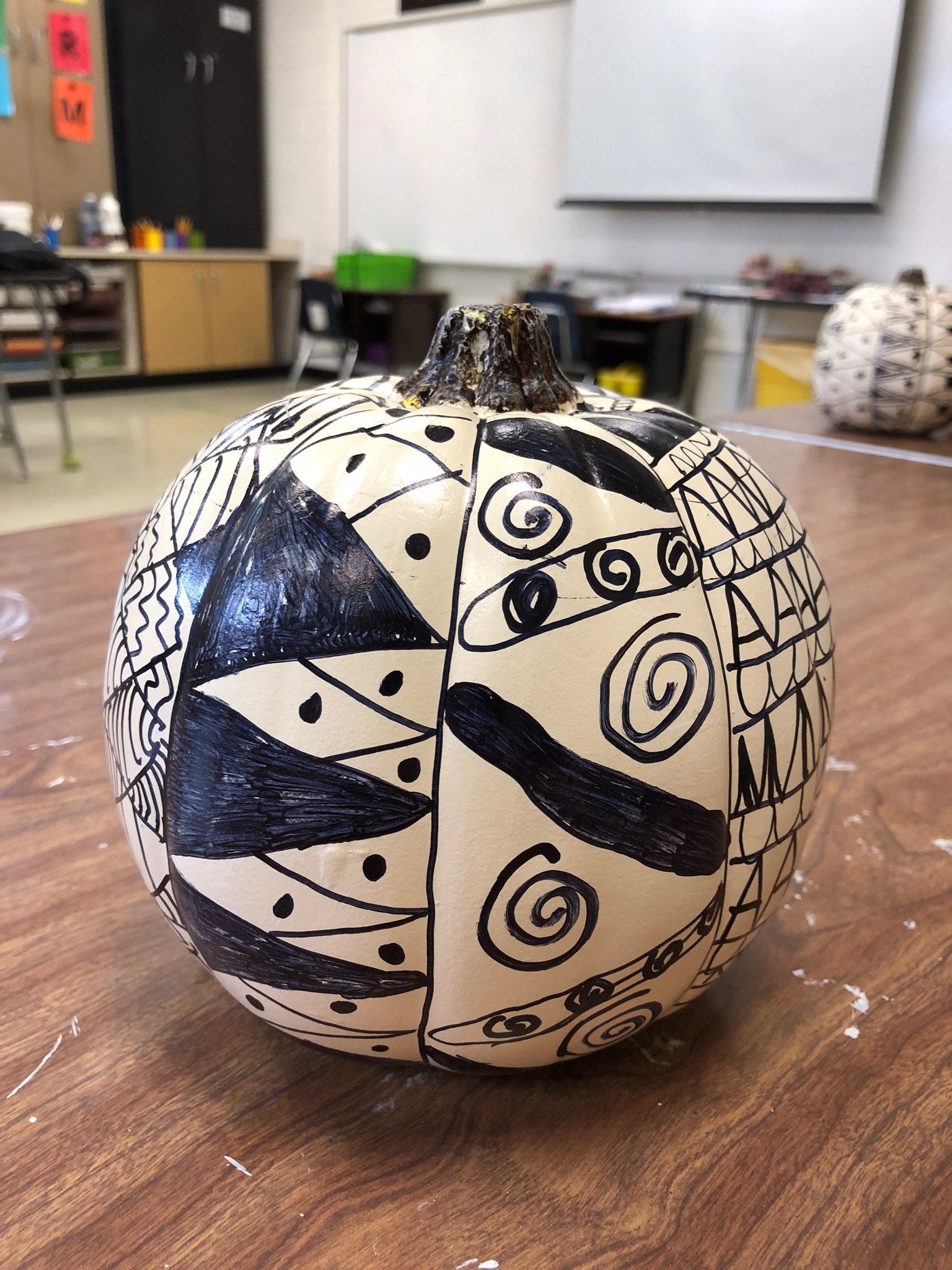
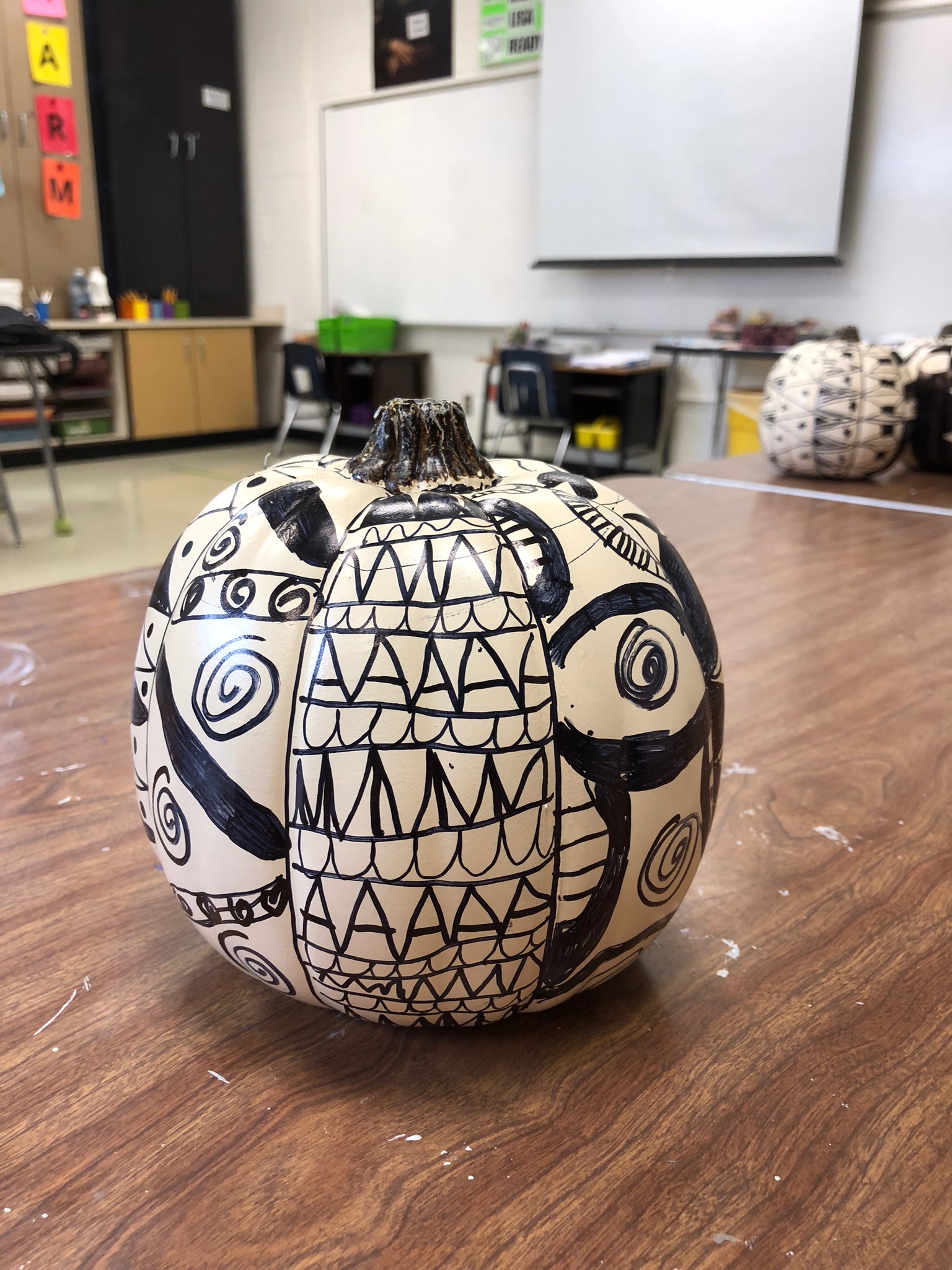
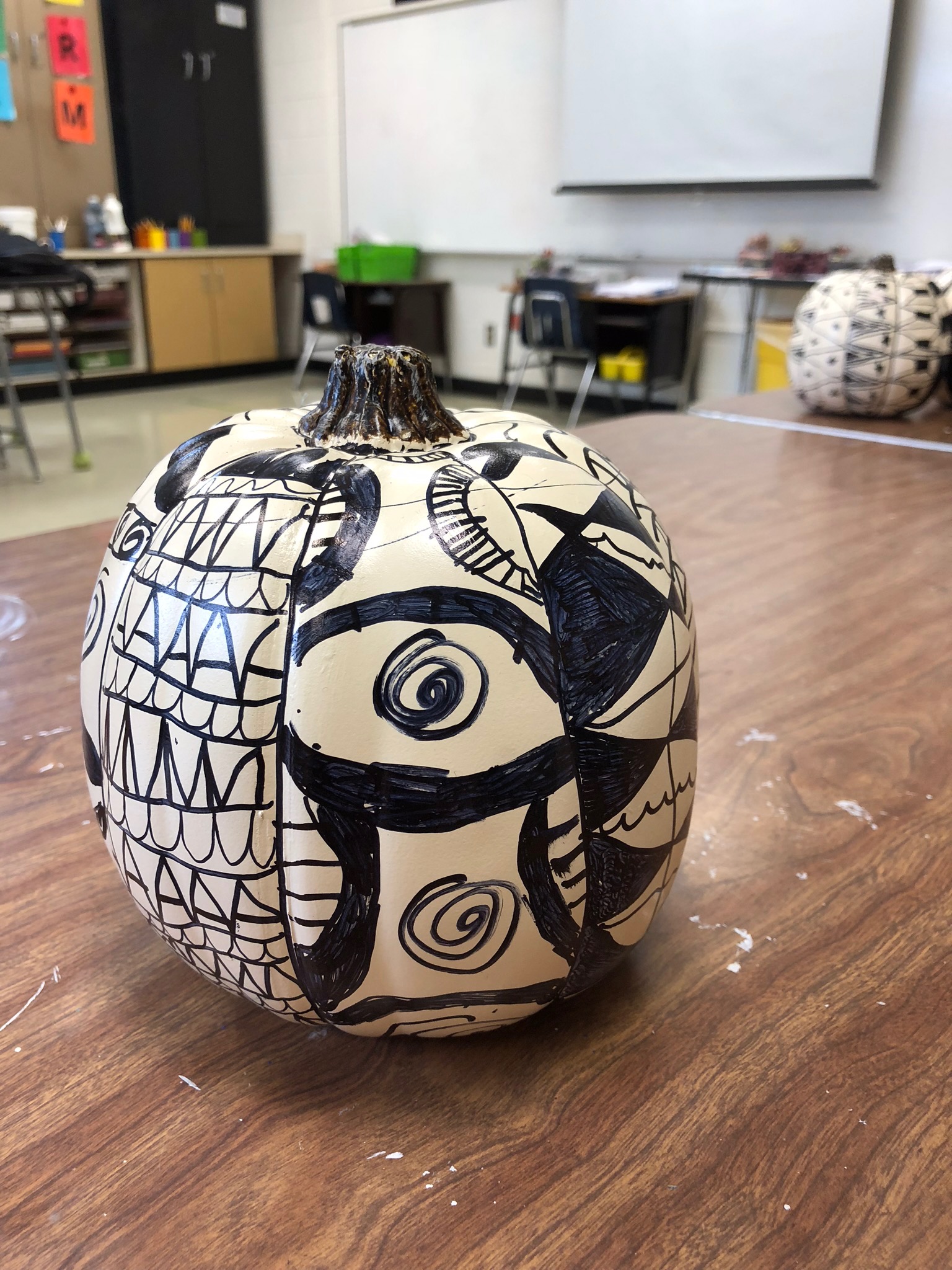
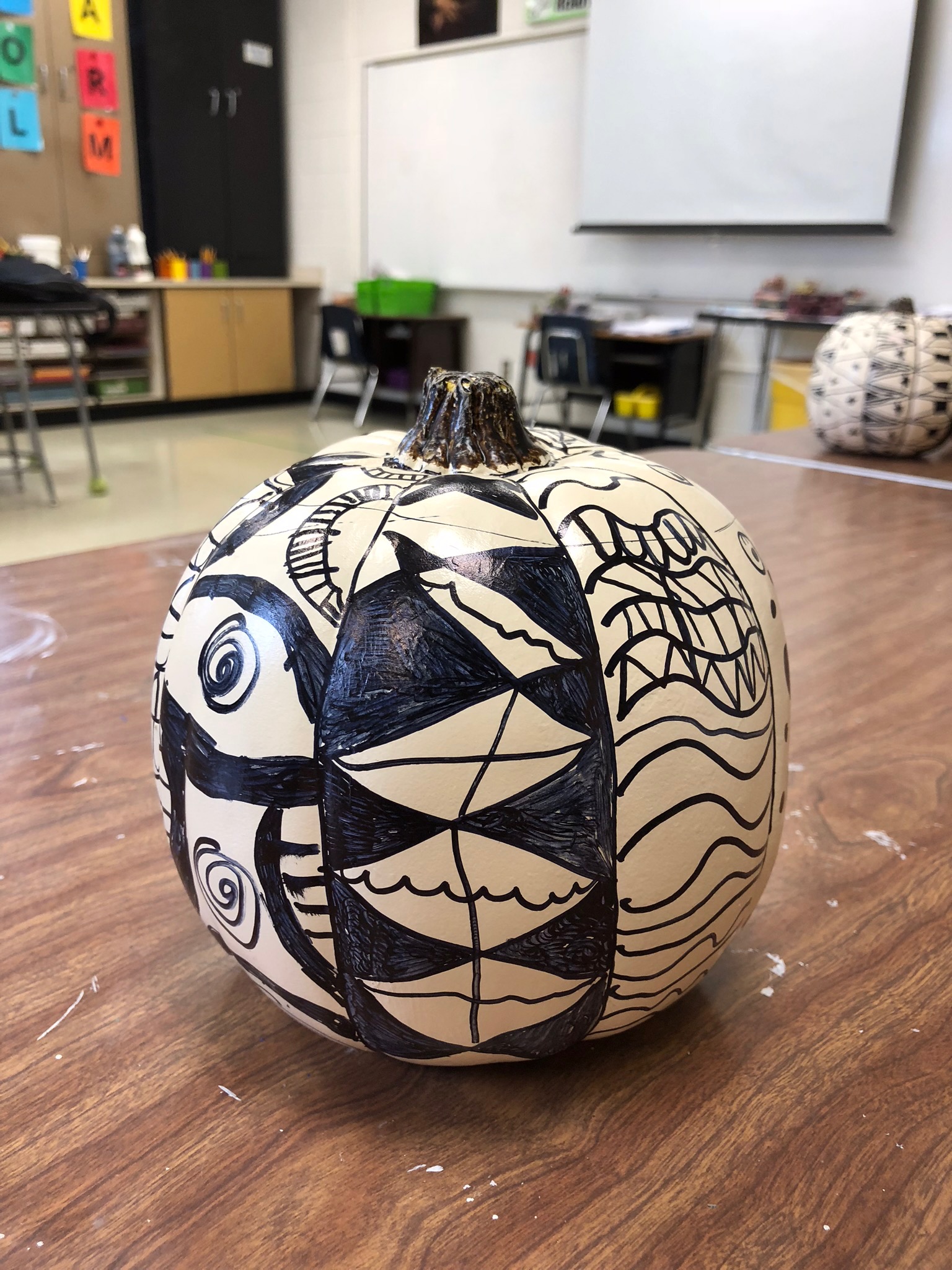
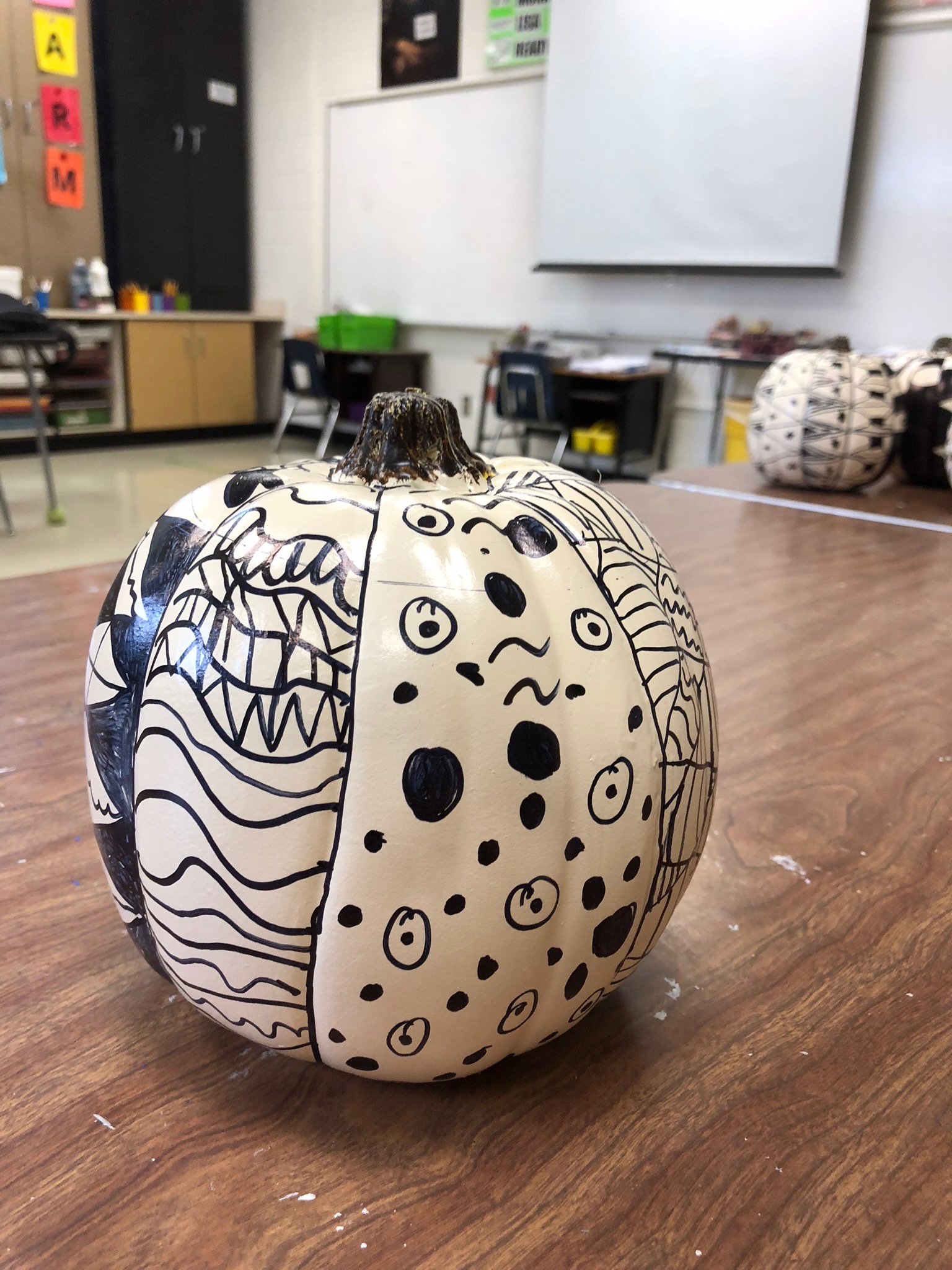
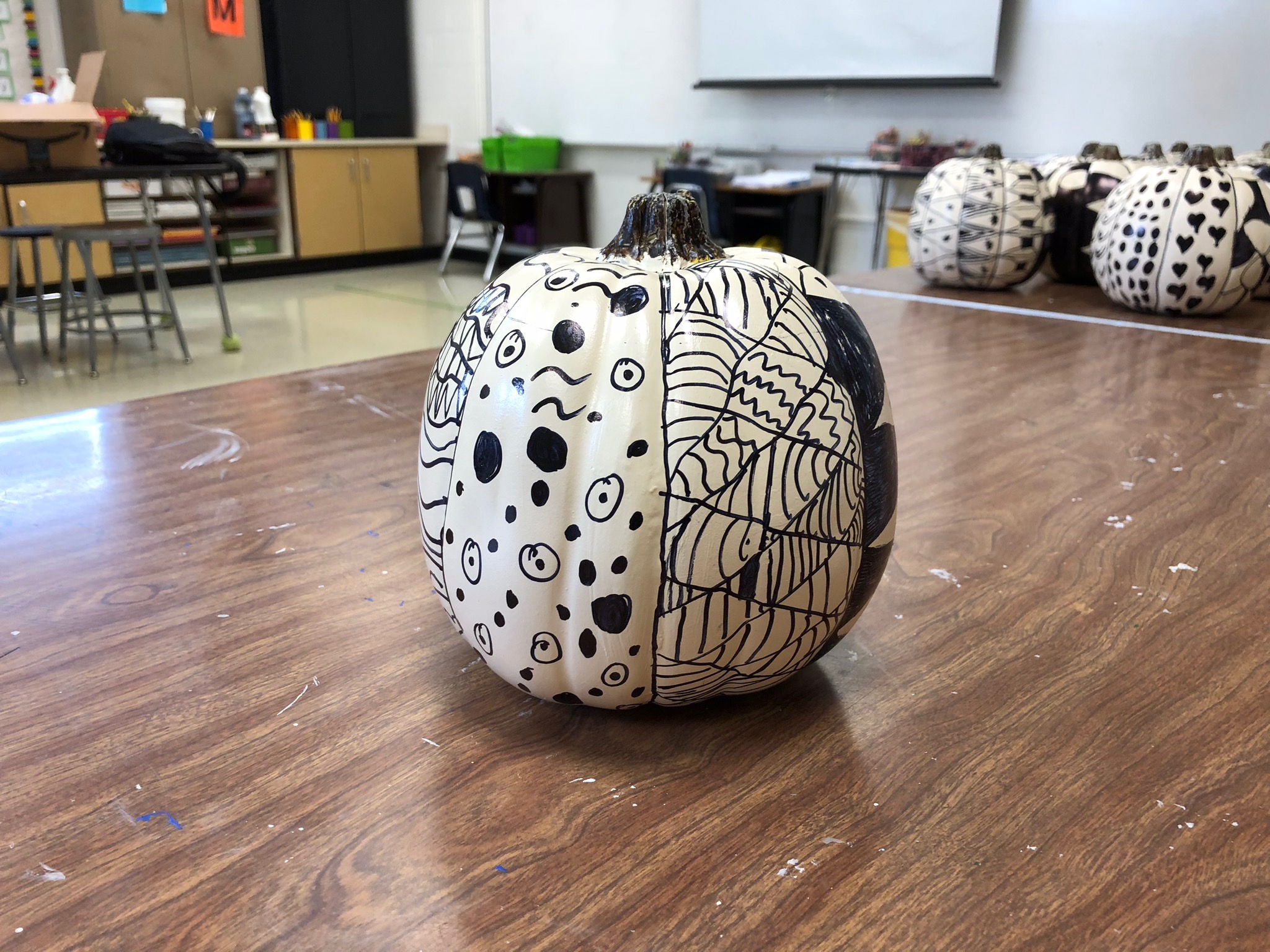
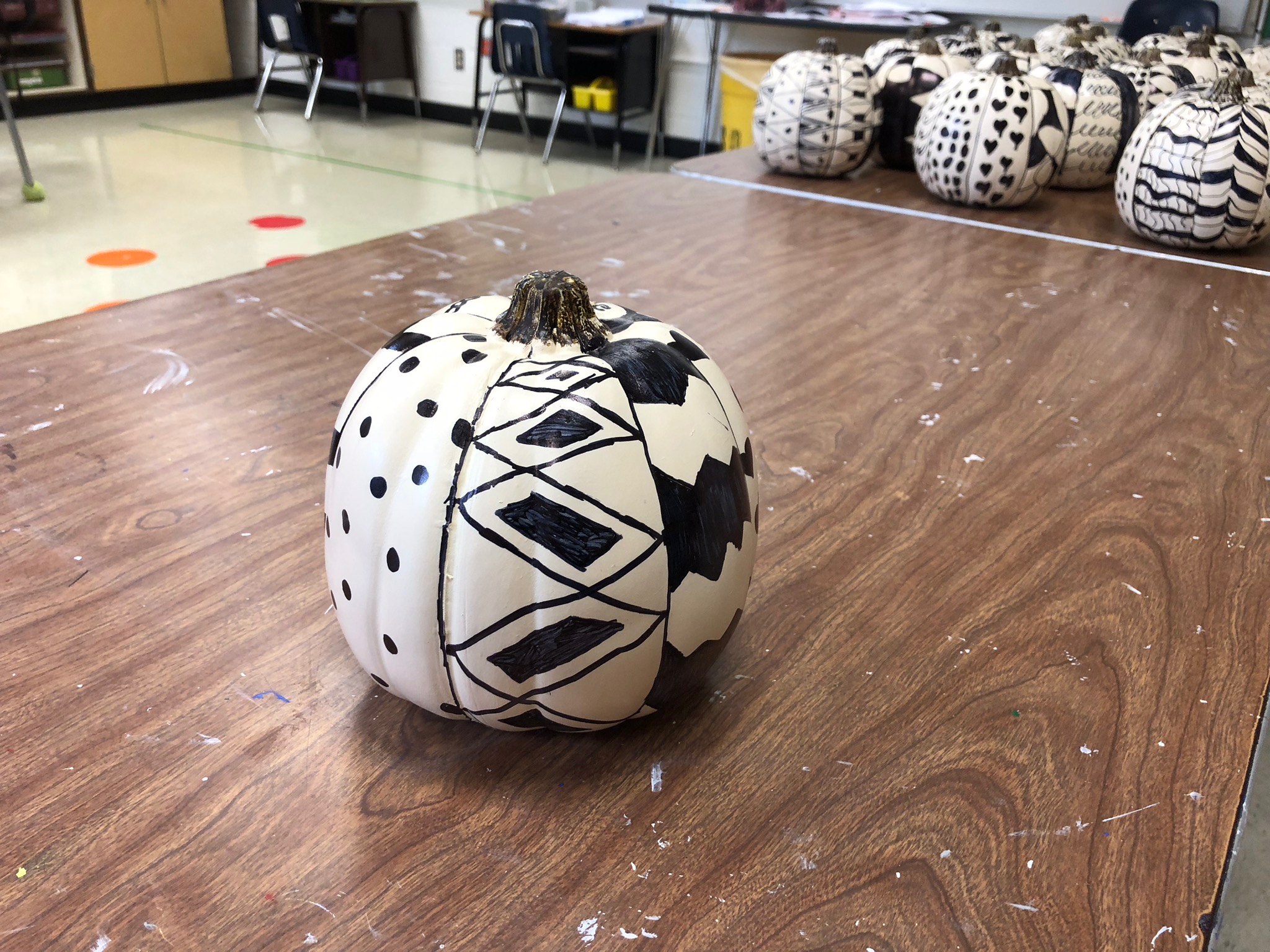
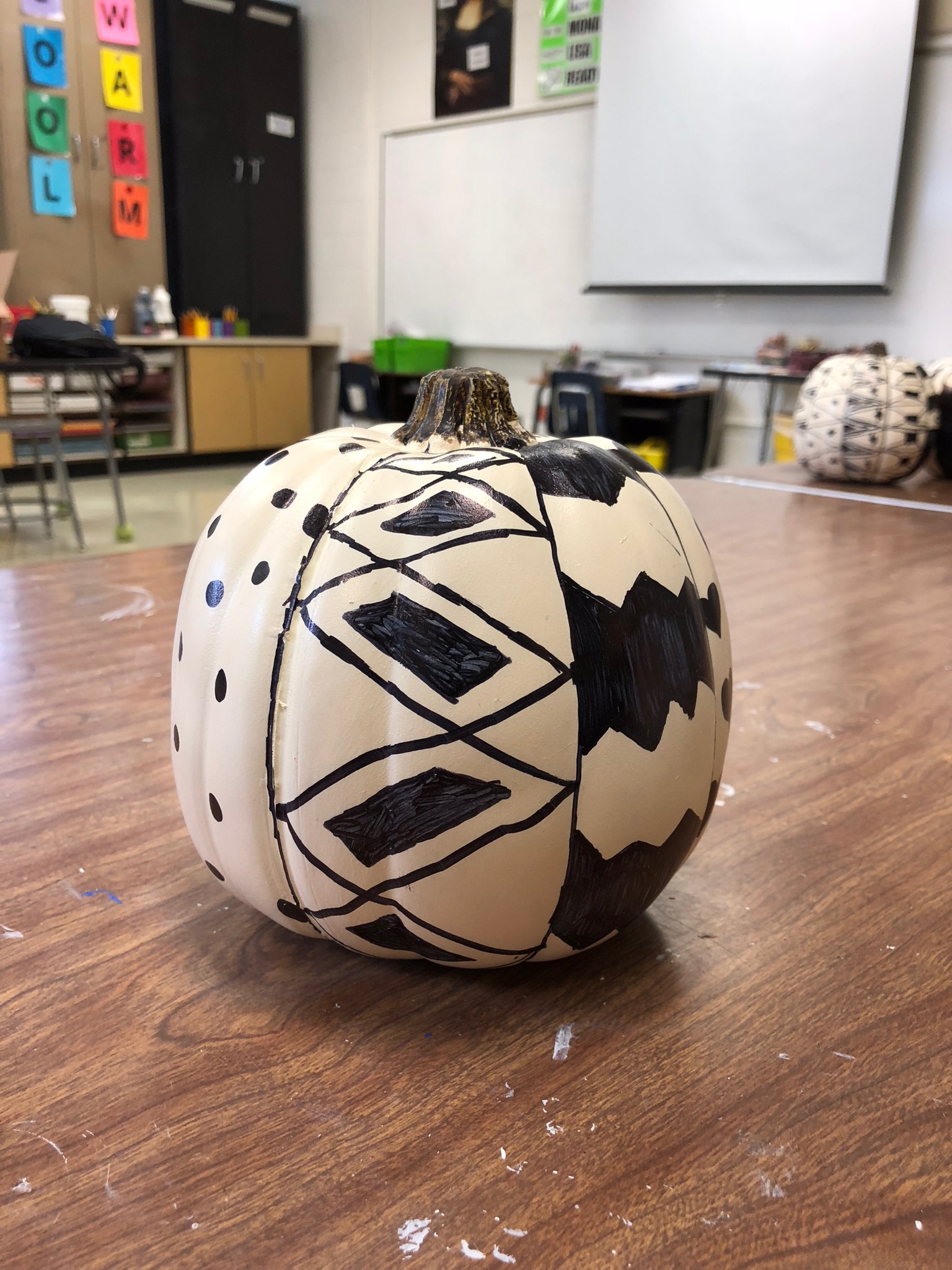
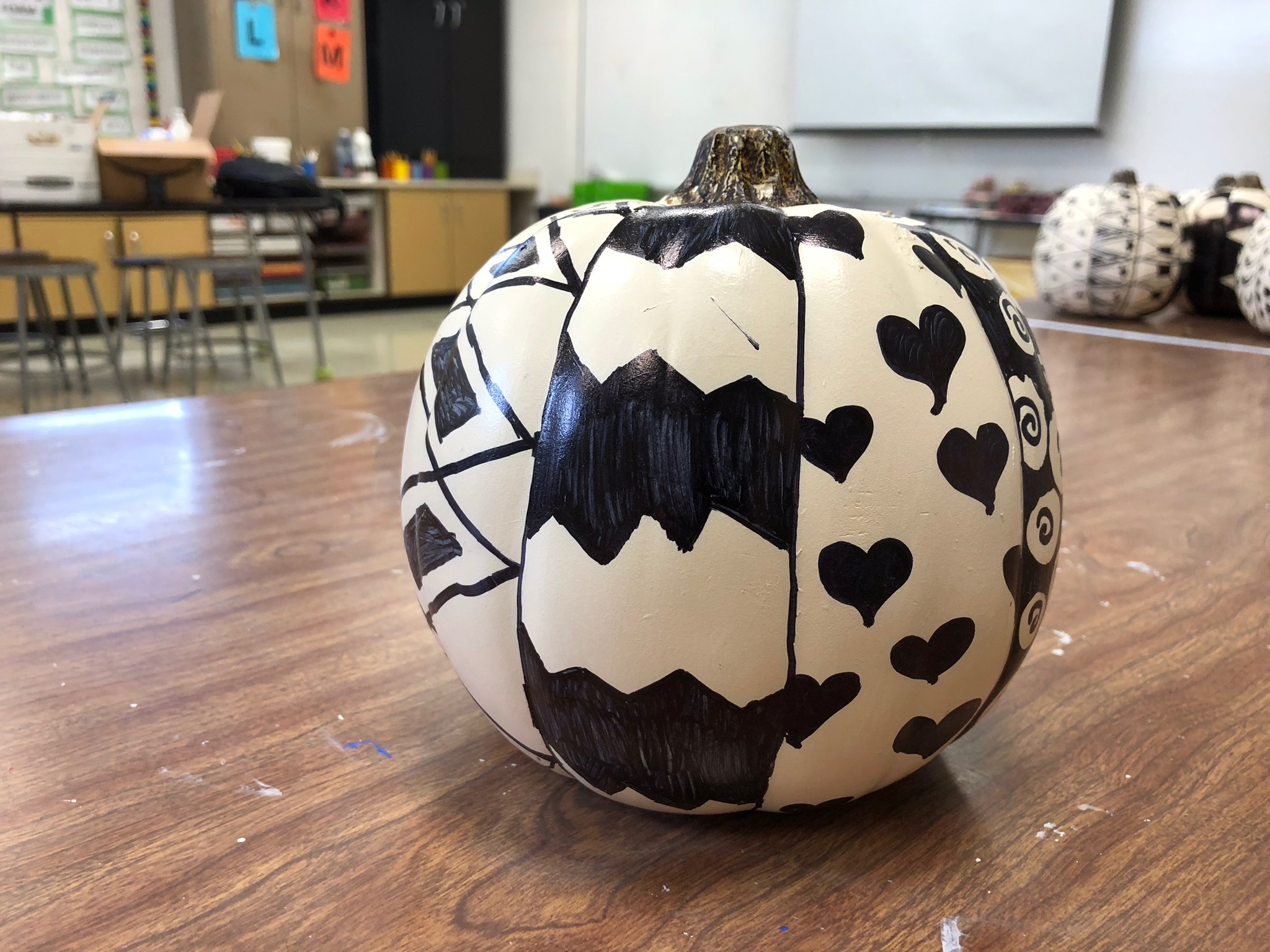
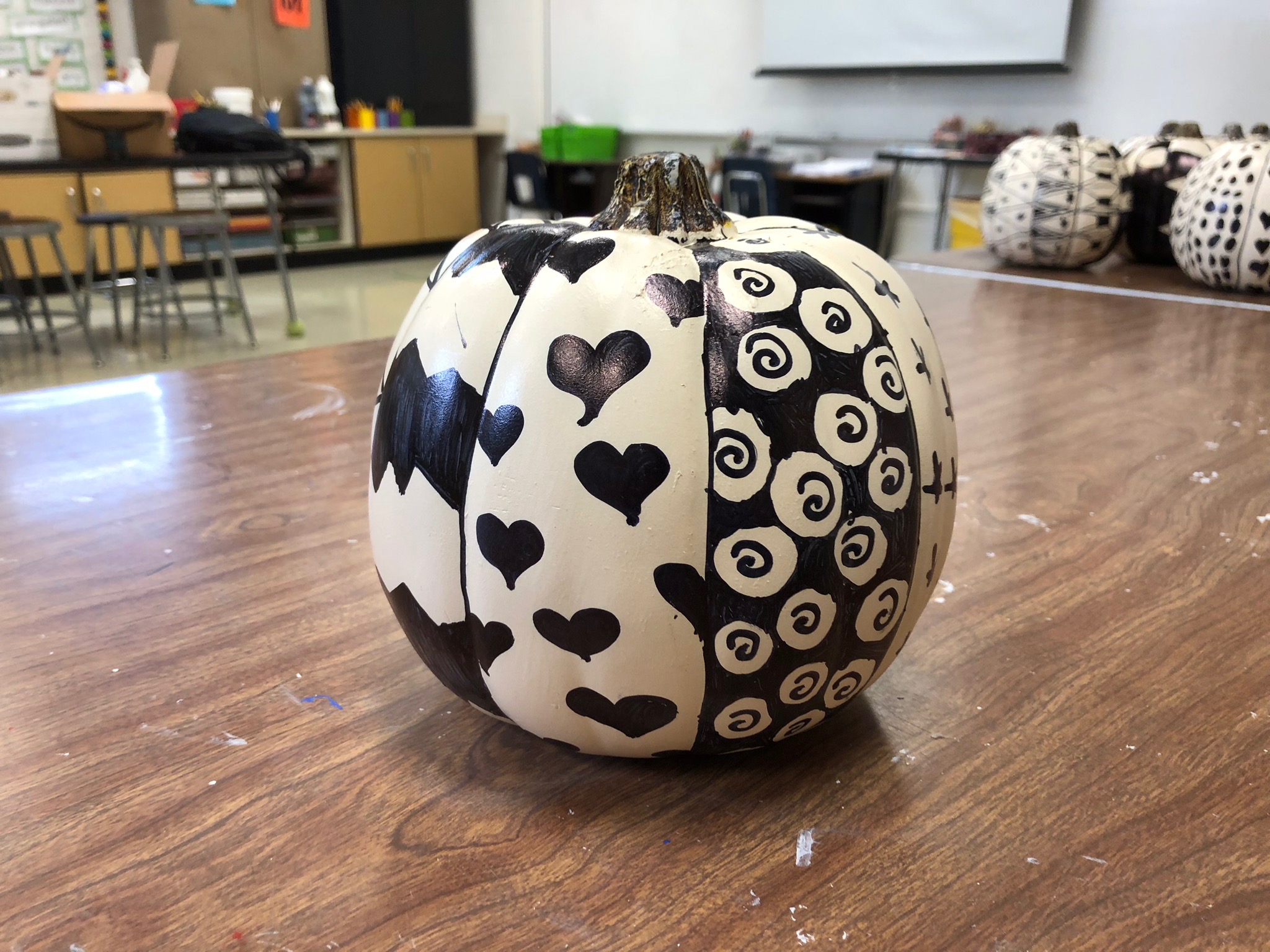
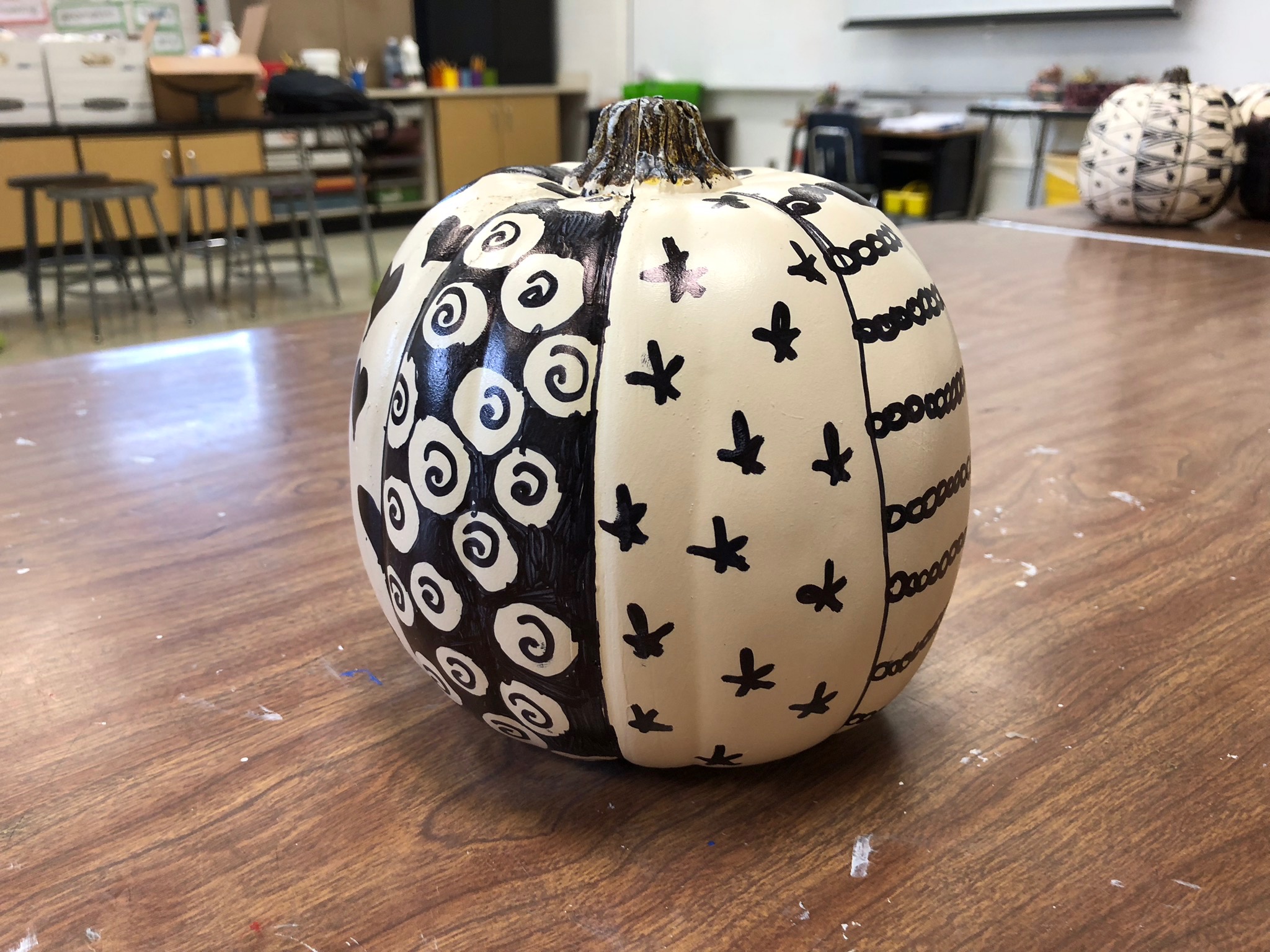
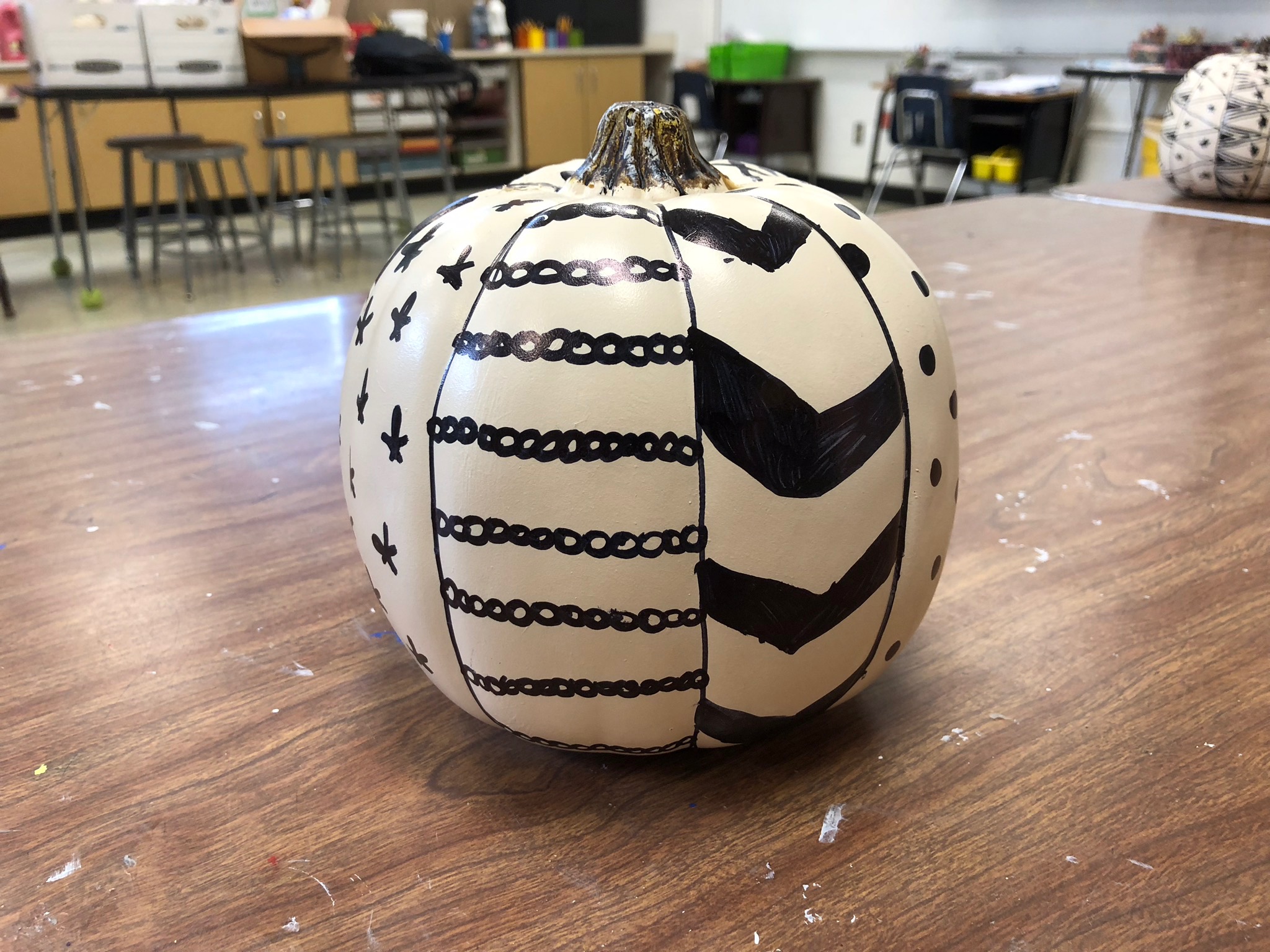
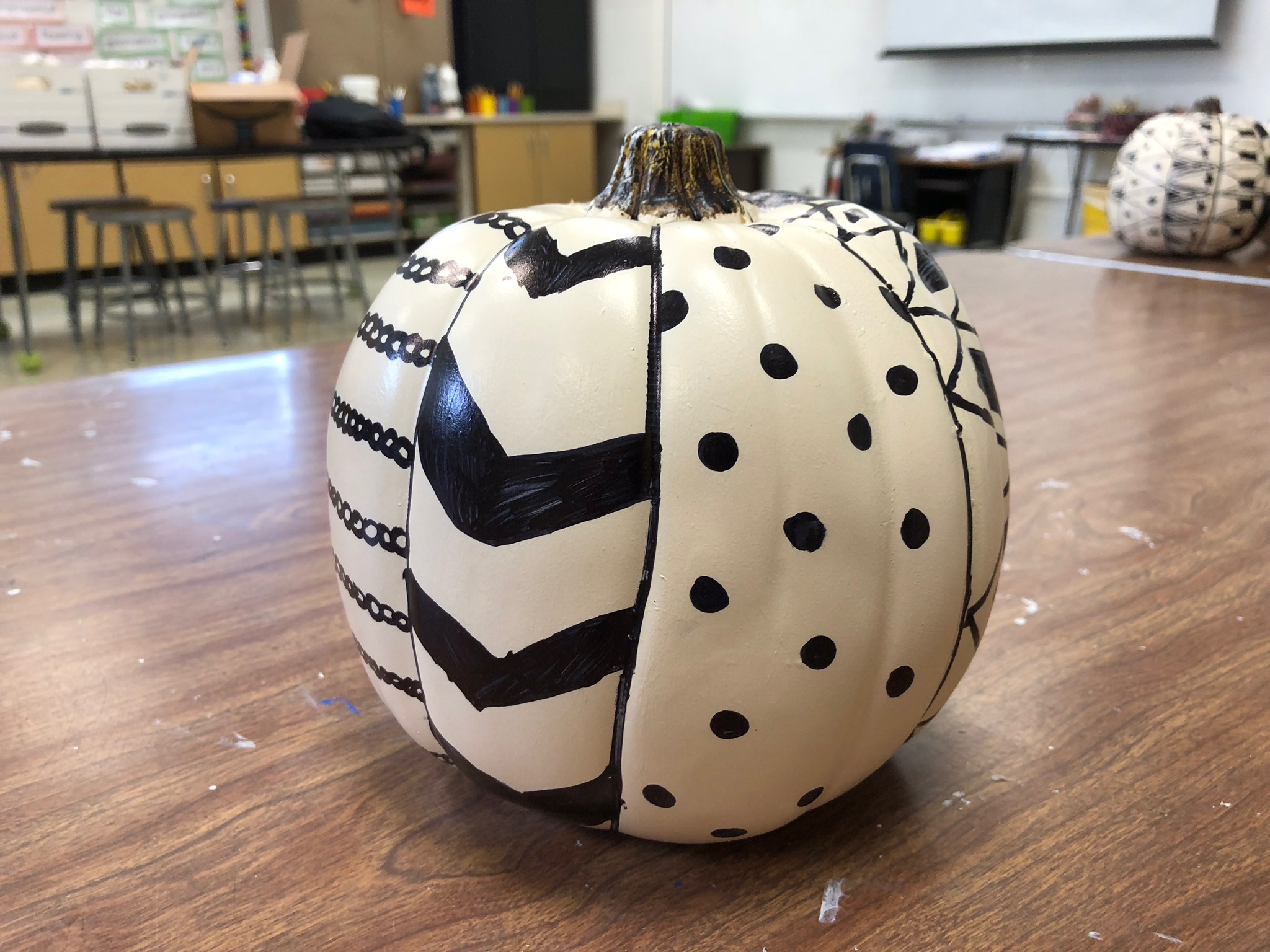
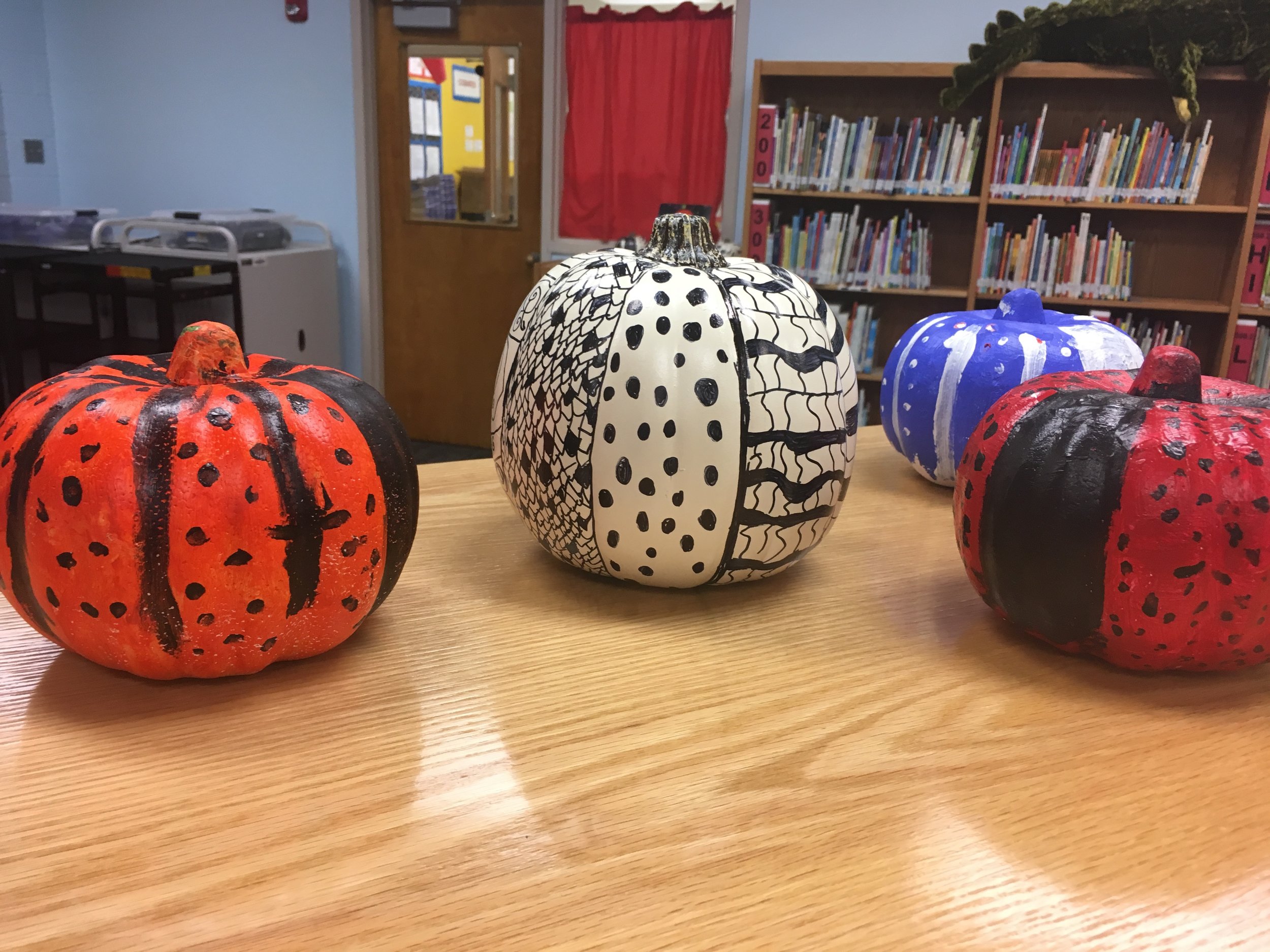
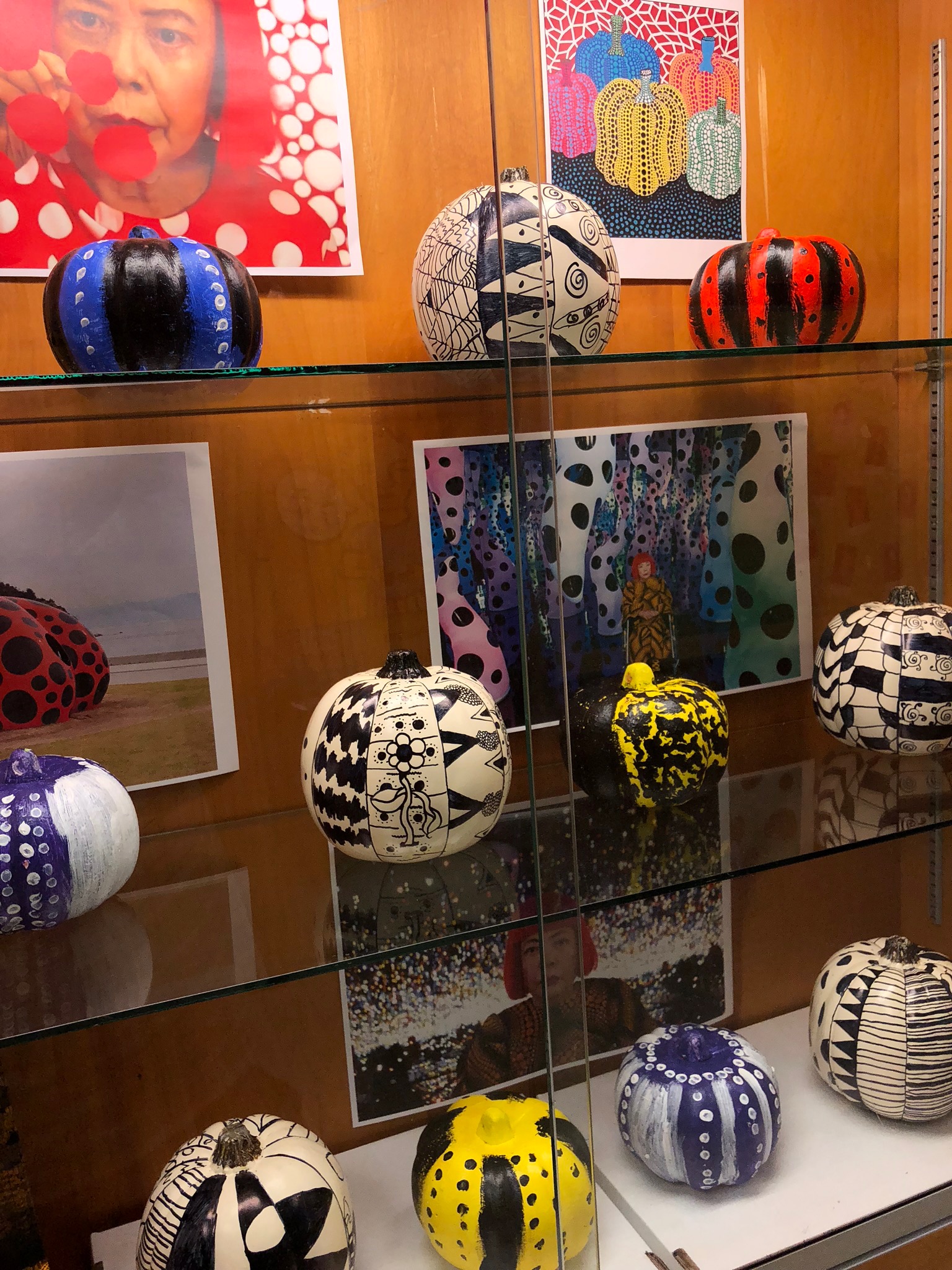
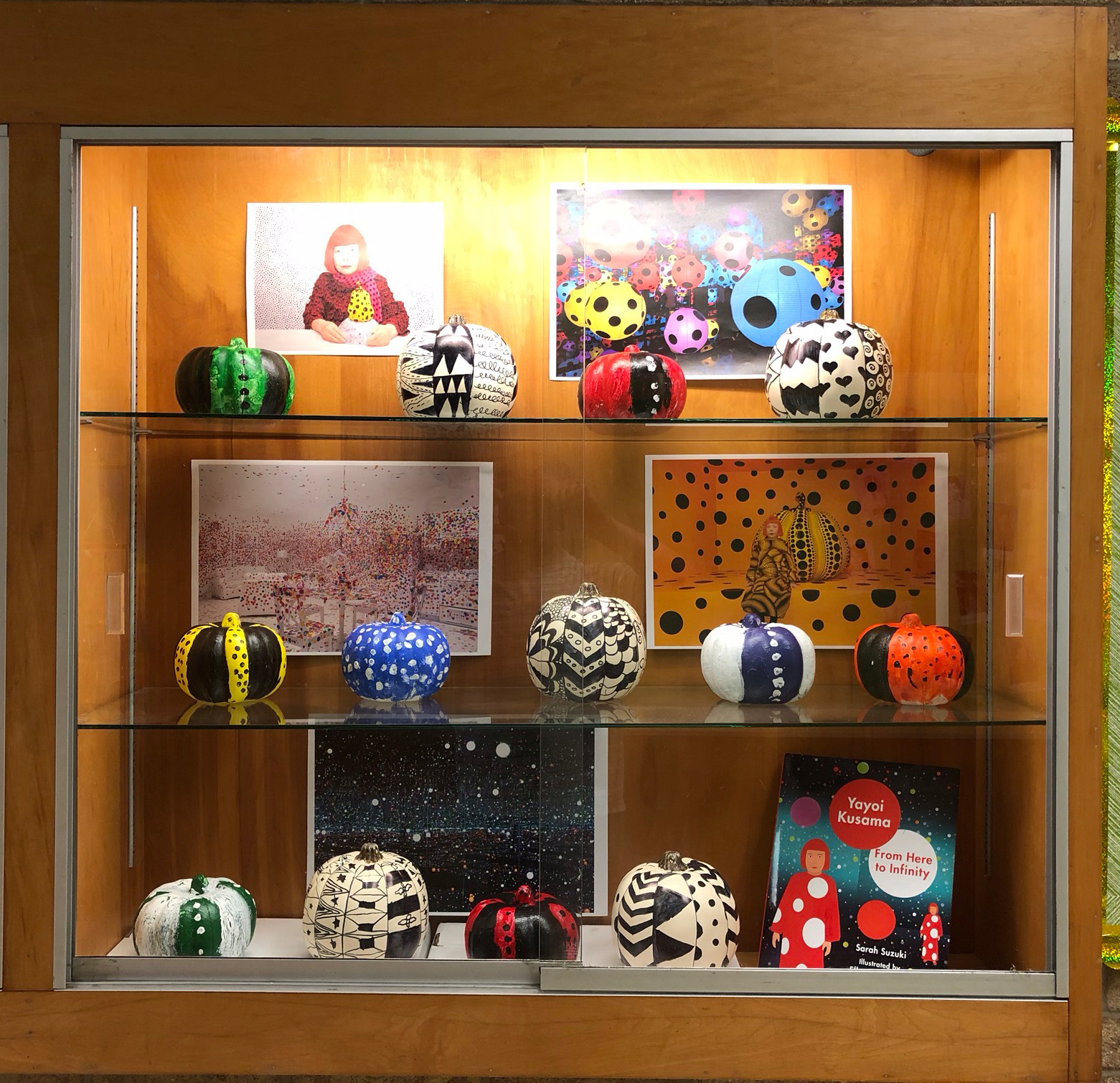
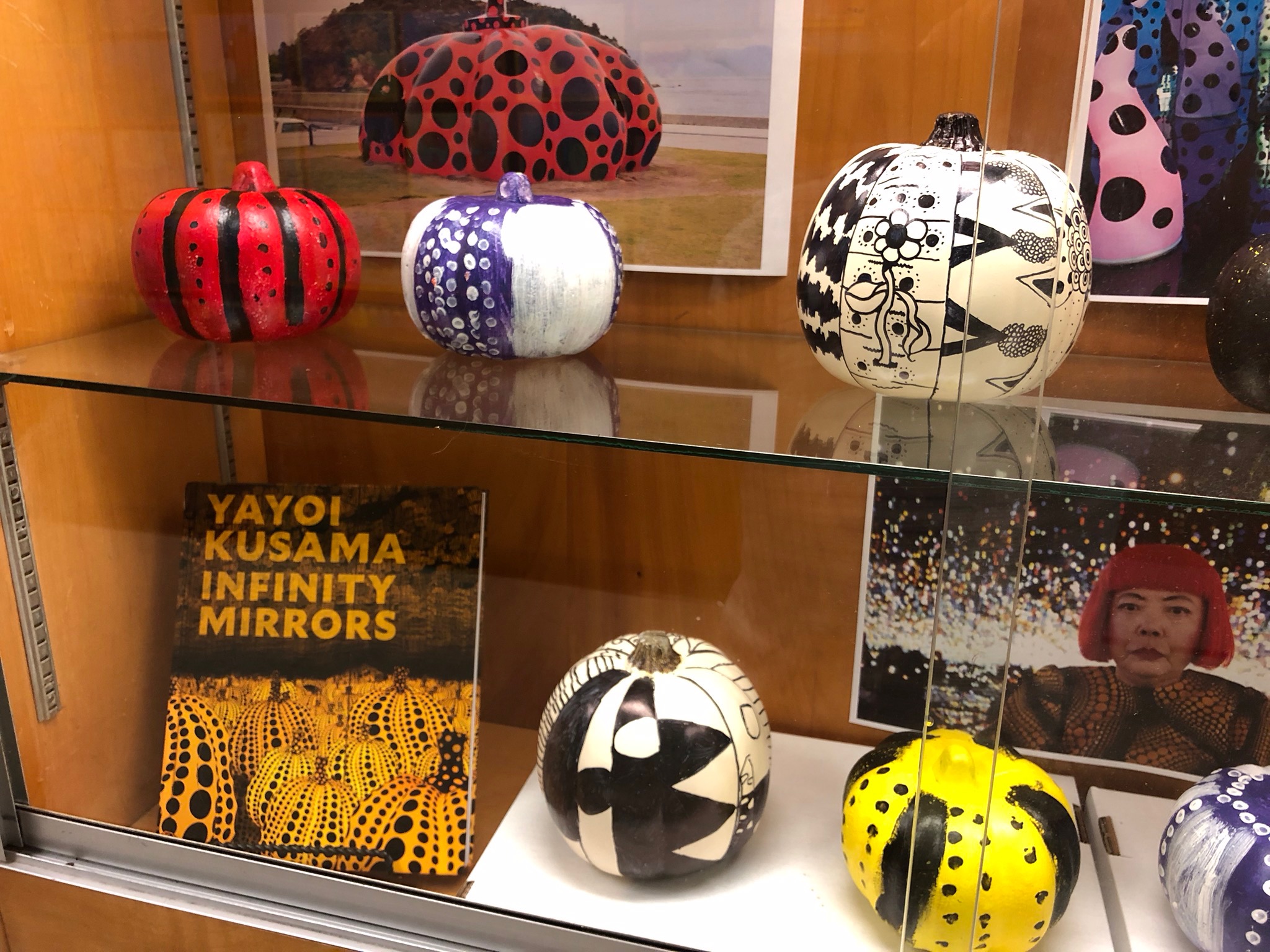
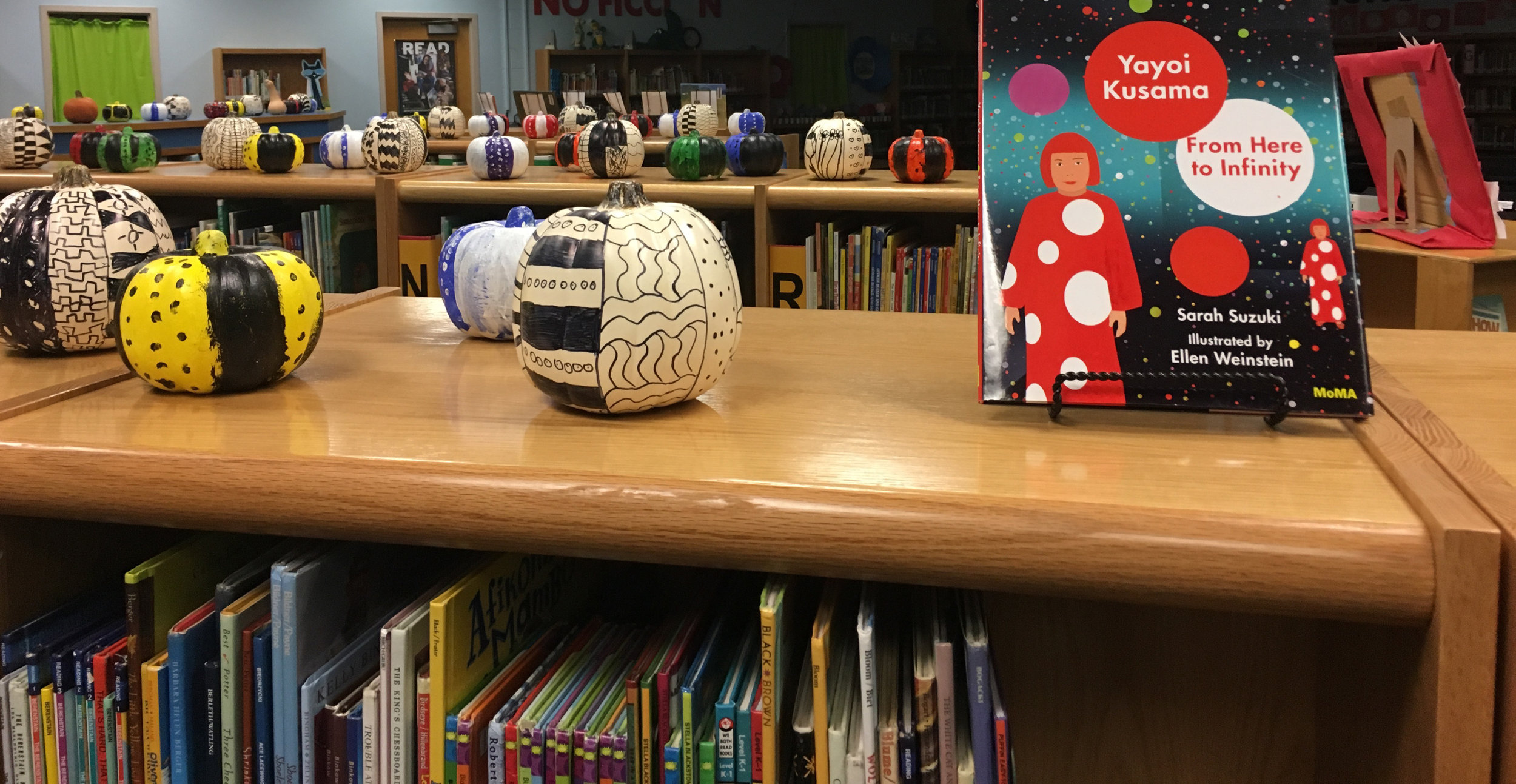
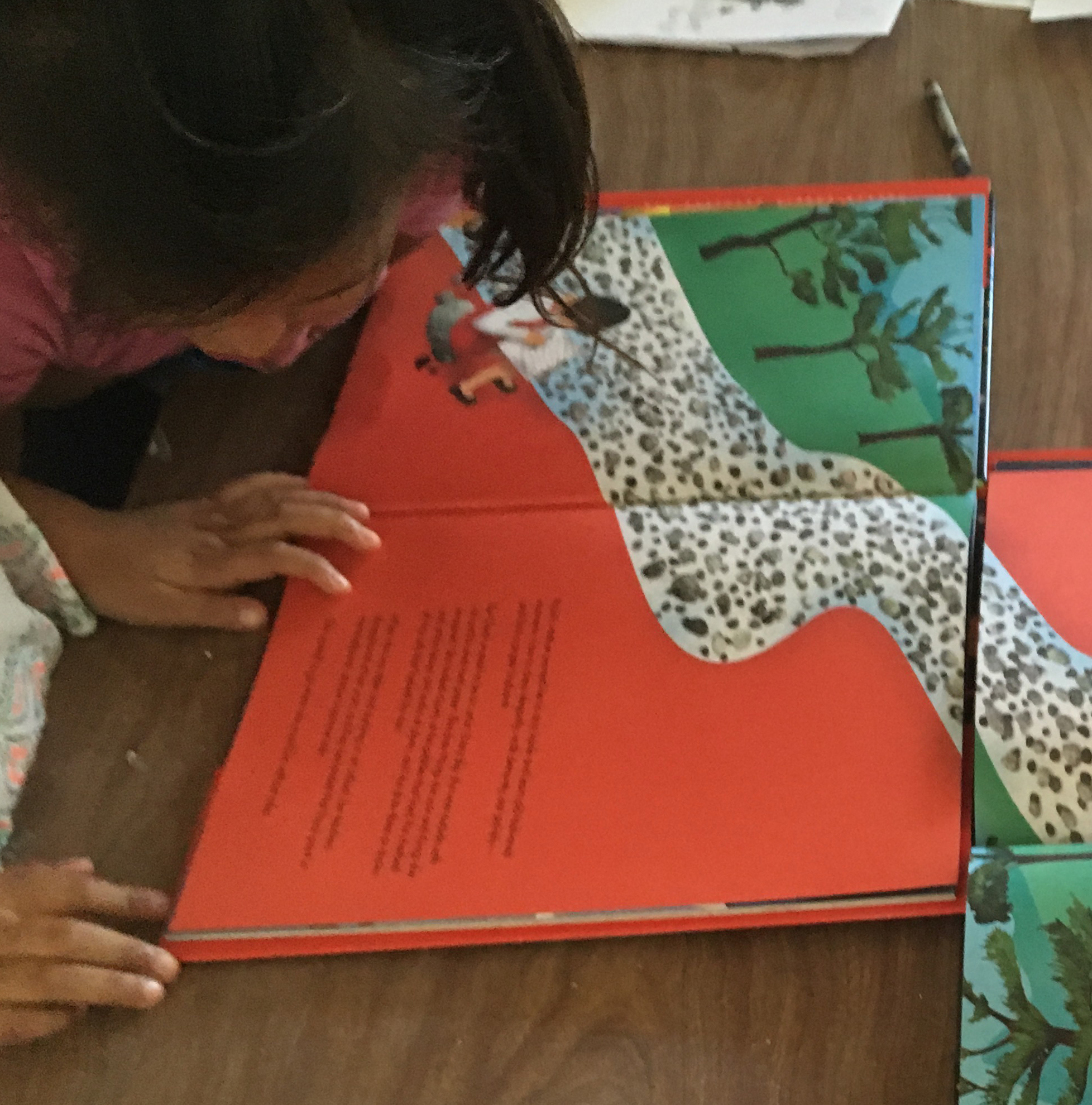
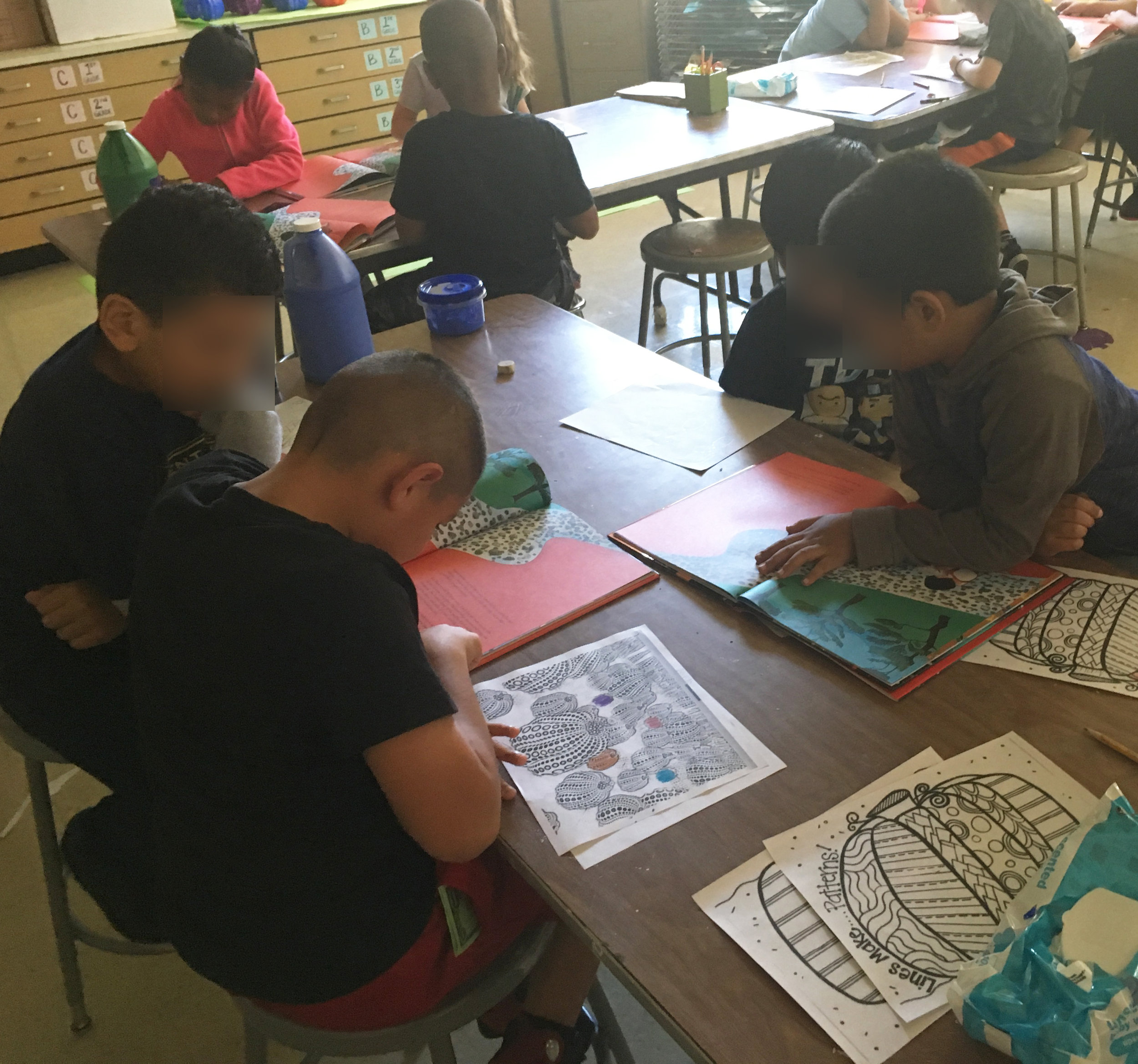
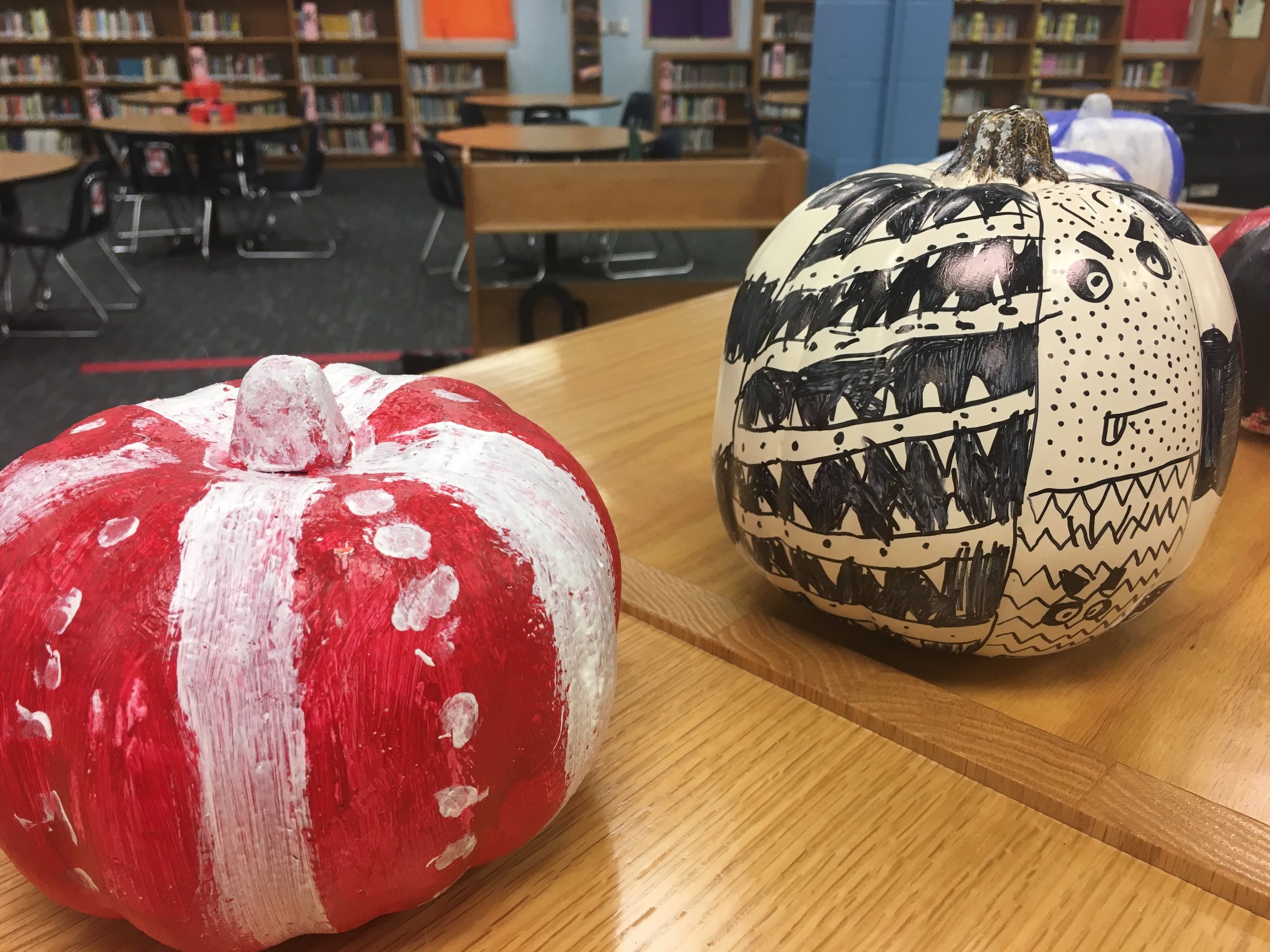
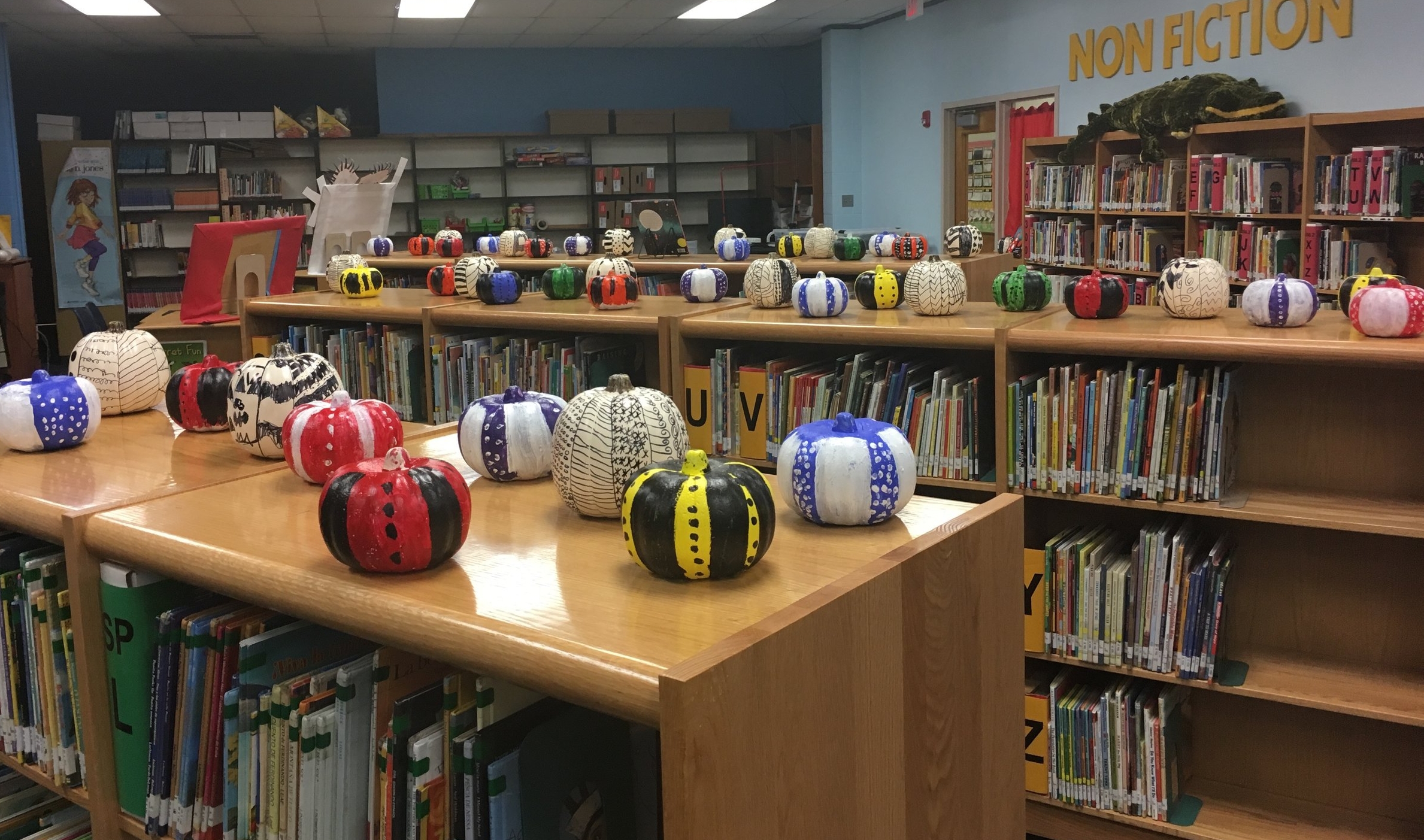


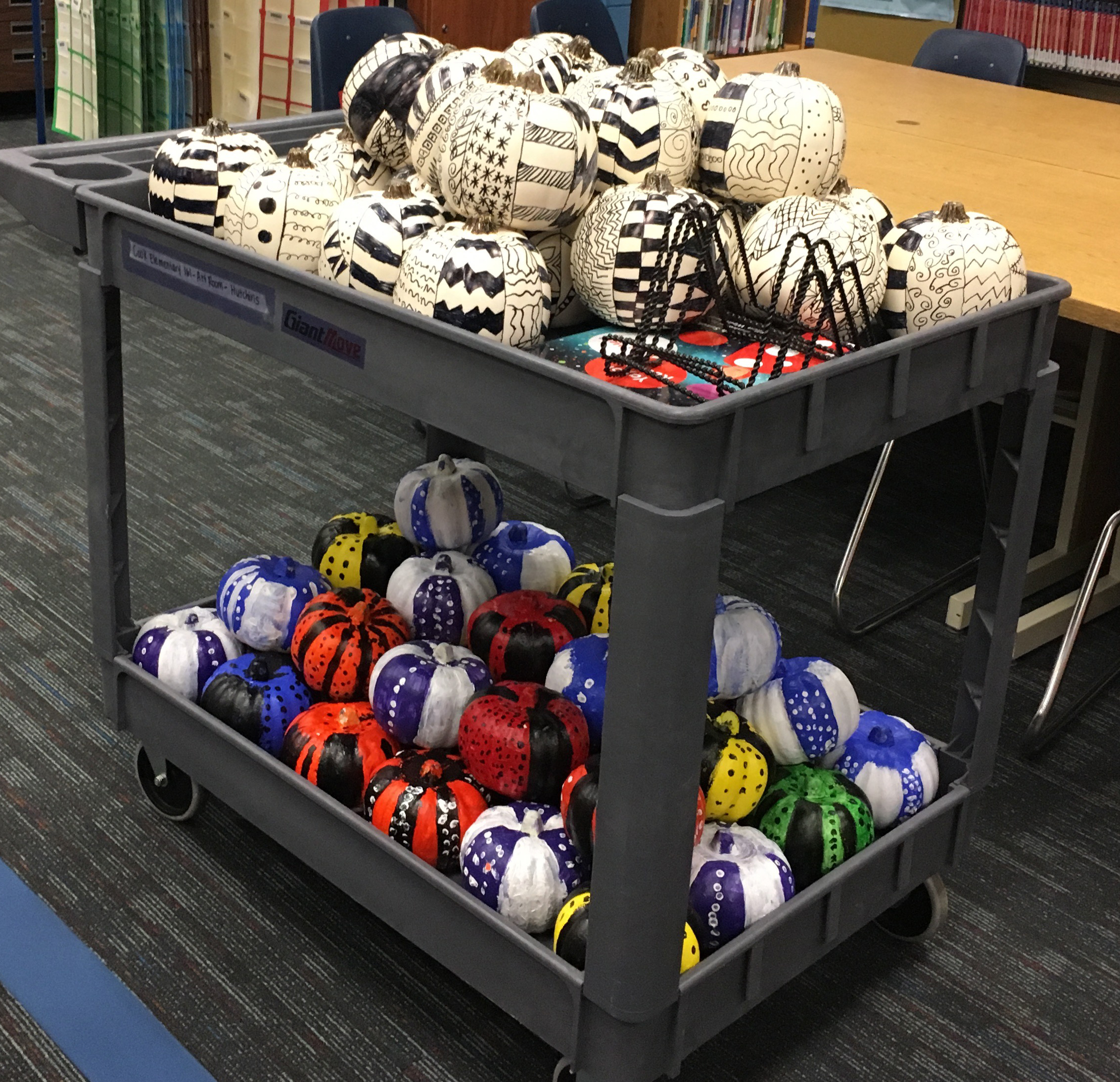























![Amelia Peláez, Bandeja con frutas (Sandía) (Tray with Fruits [Watermelon]), 1941. Private Collection, Coconut Grove © Amelia Pelaez Foundation. Photo credit: Sid Hoeltzell.](https://images.squarespace-cdn.com/content/v1/54a17b2ee4b05ce481f7e437/1501868471937-TH7YKFFYQ6DWPGAB2O2R/image-asset.jpeg)



































































































































